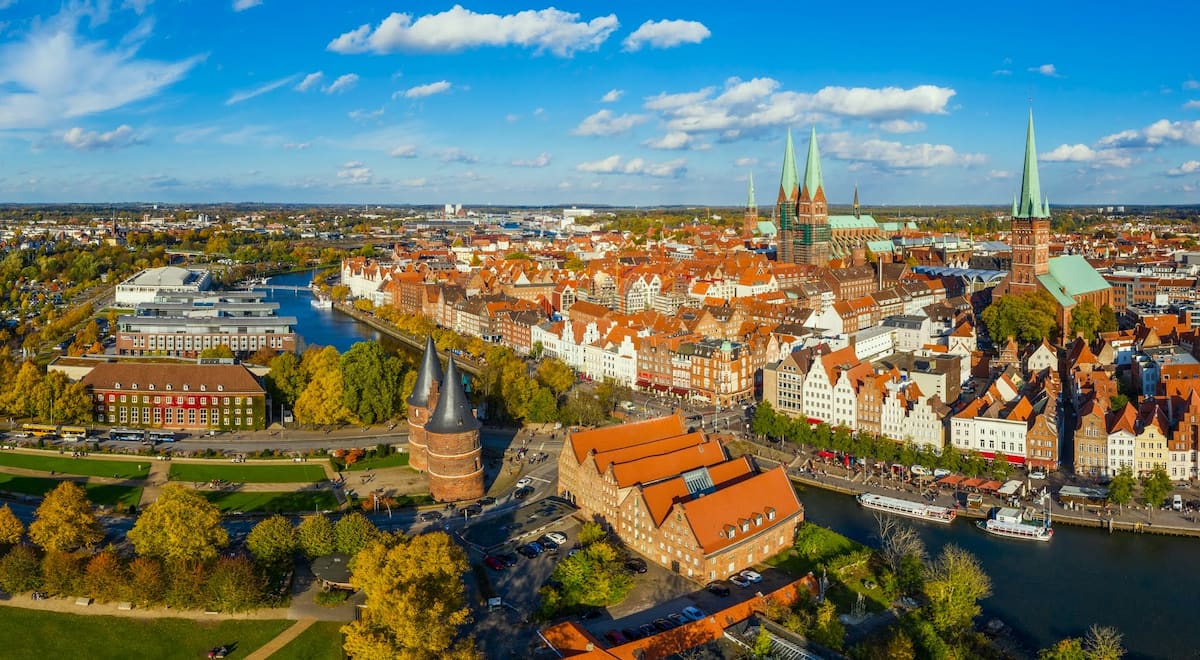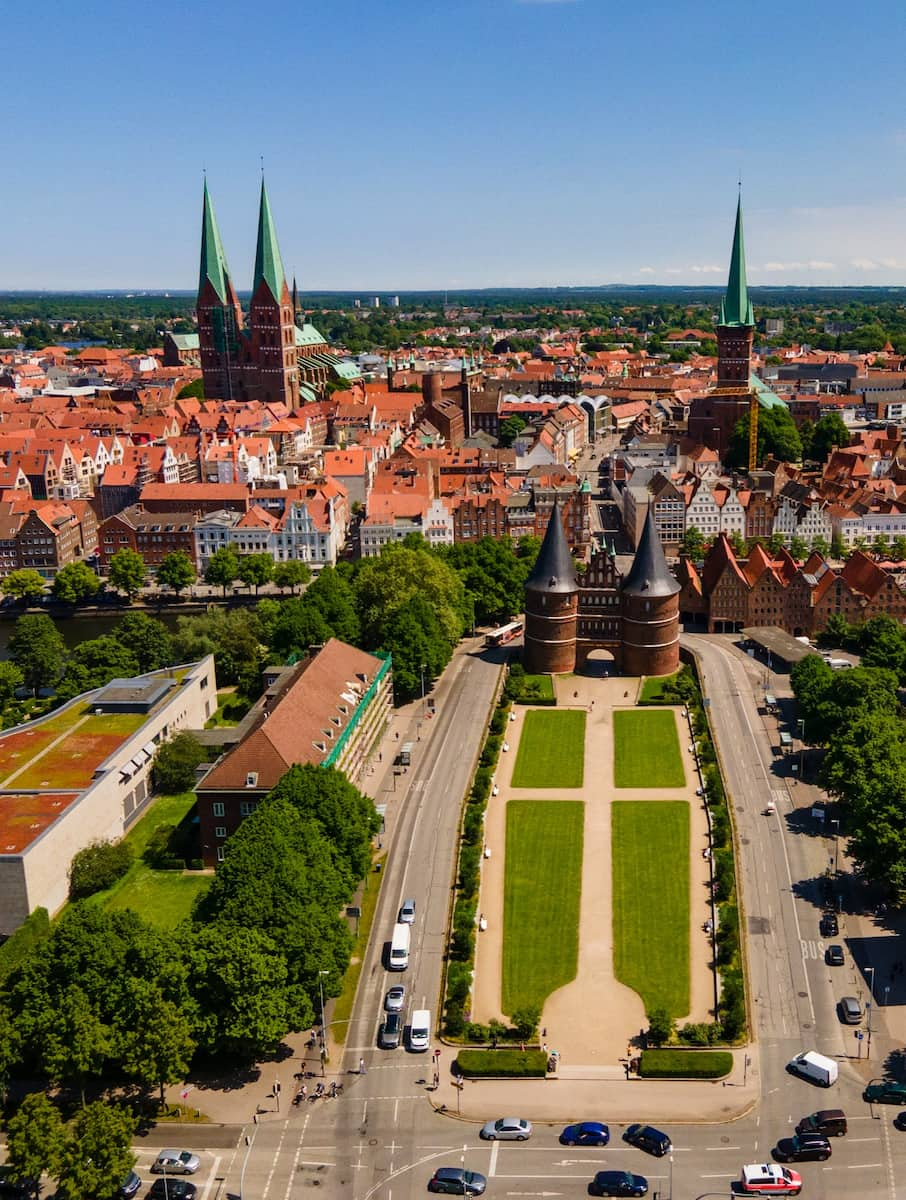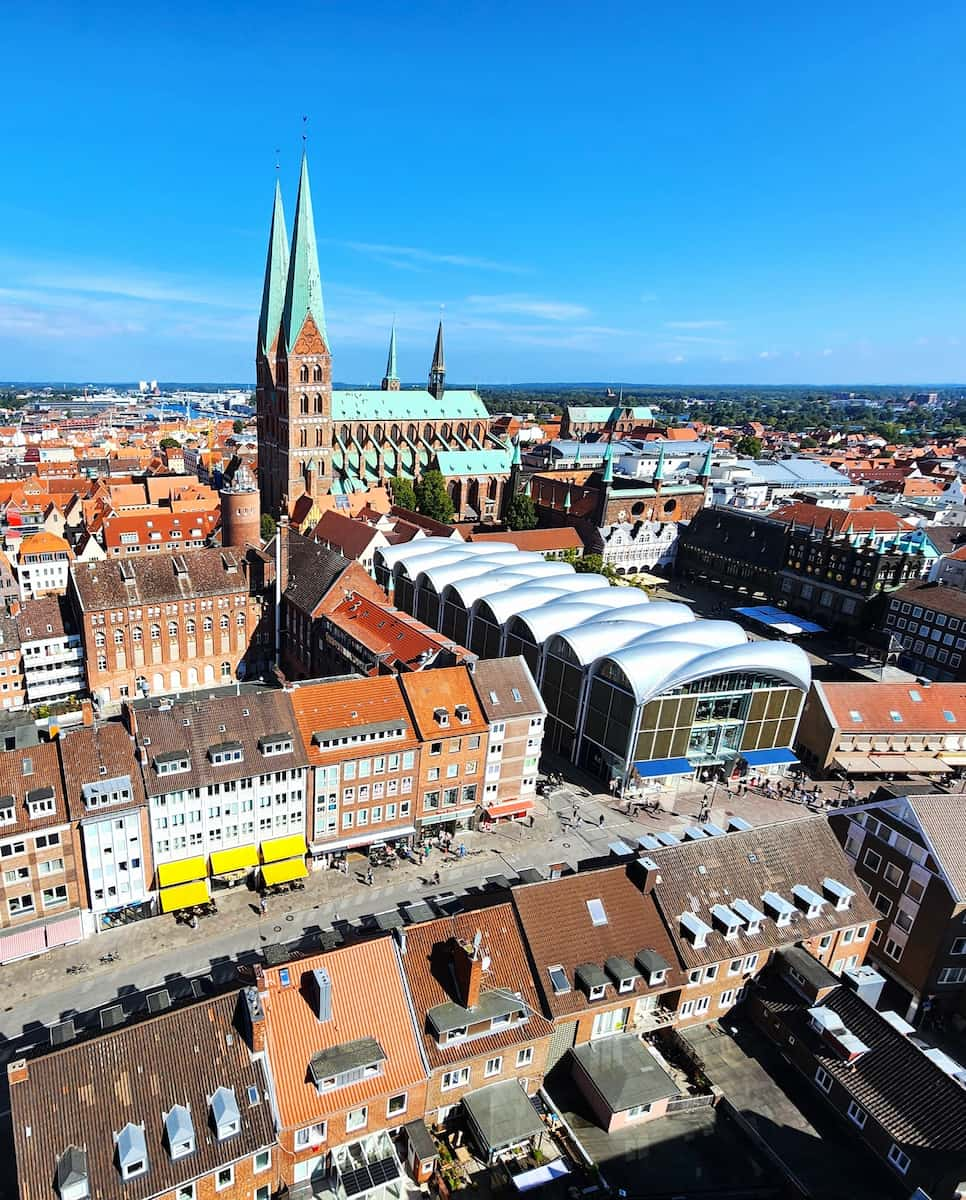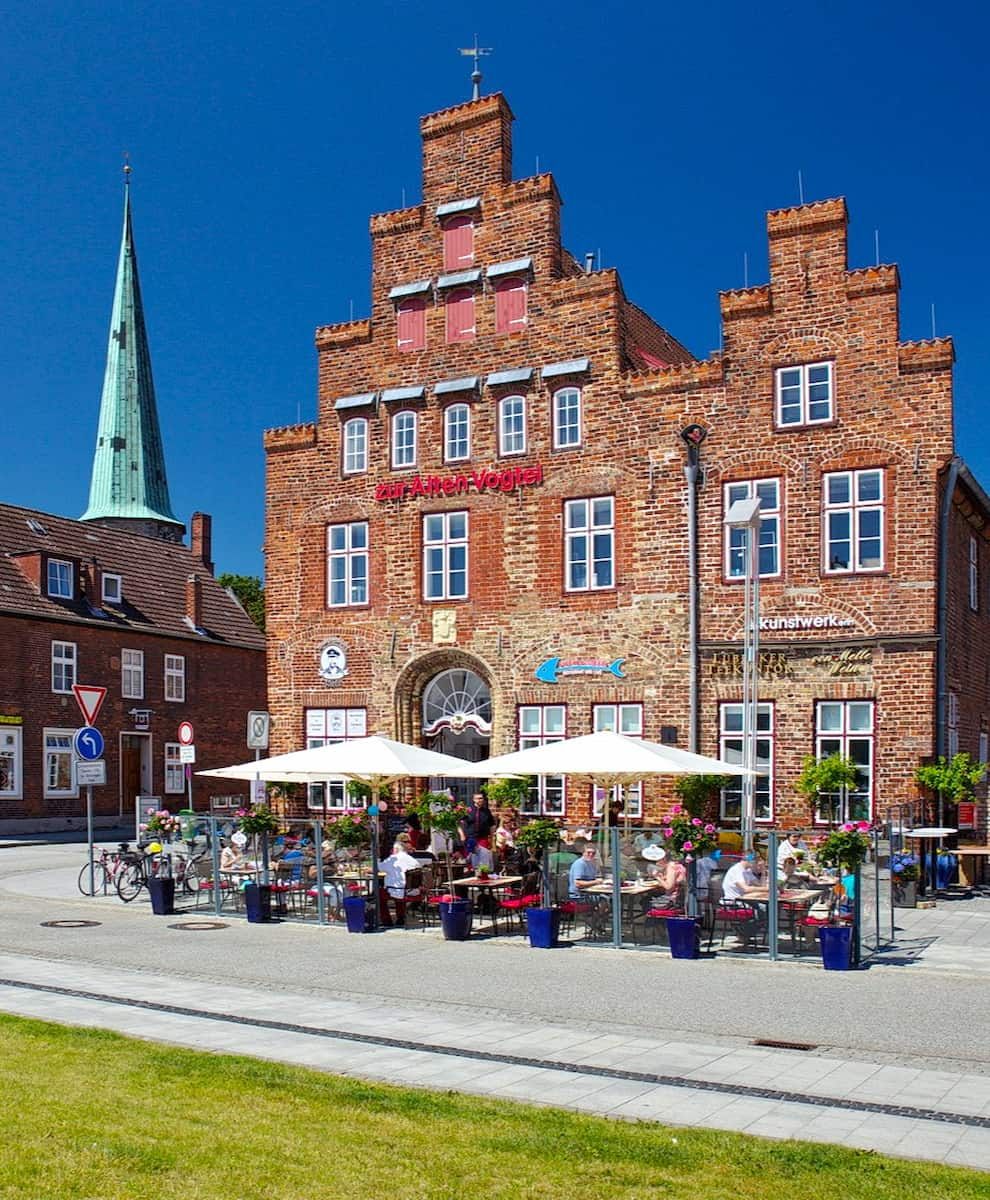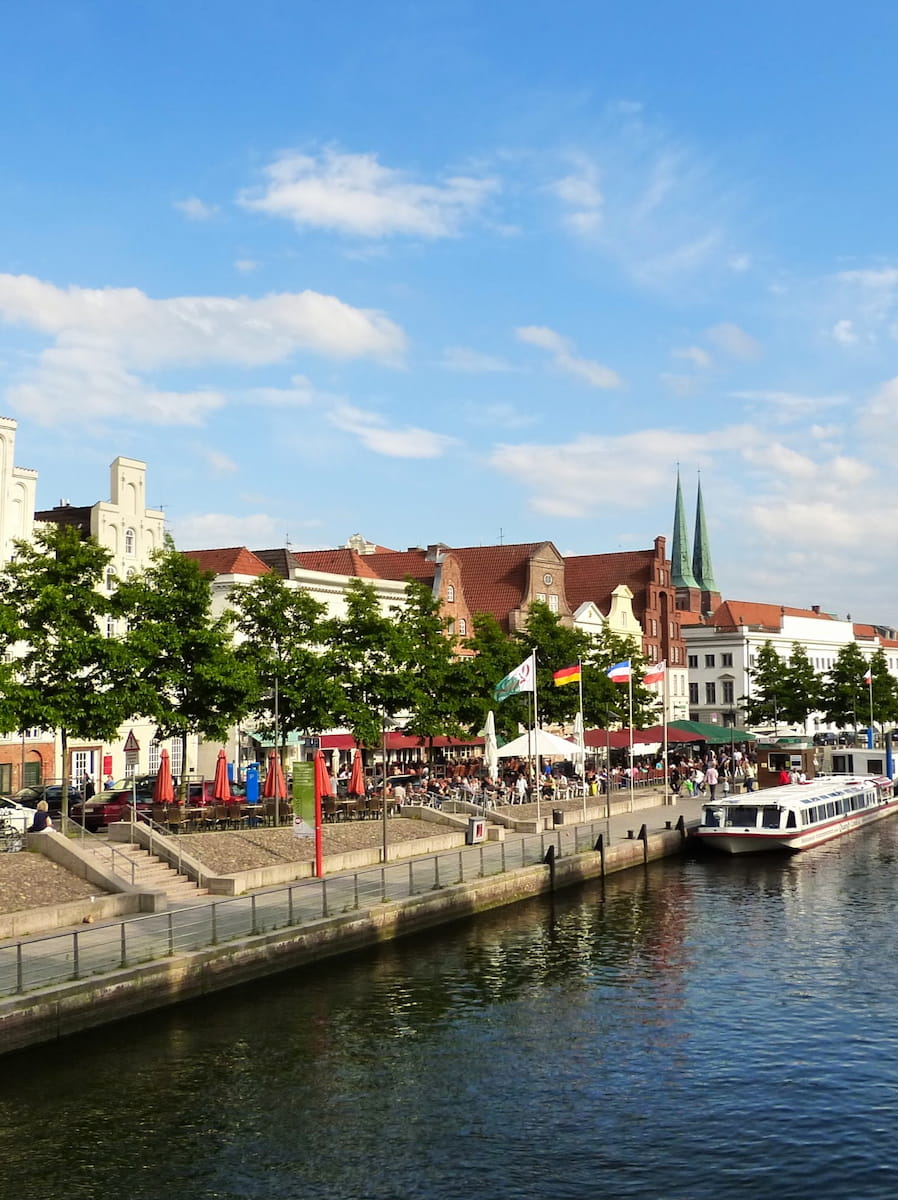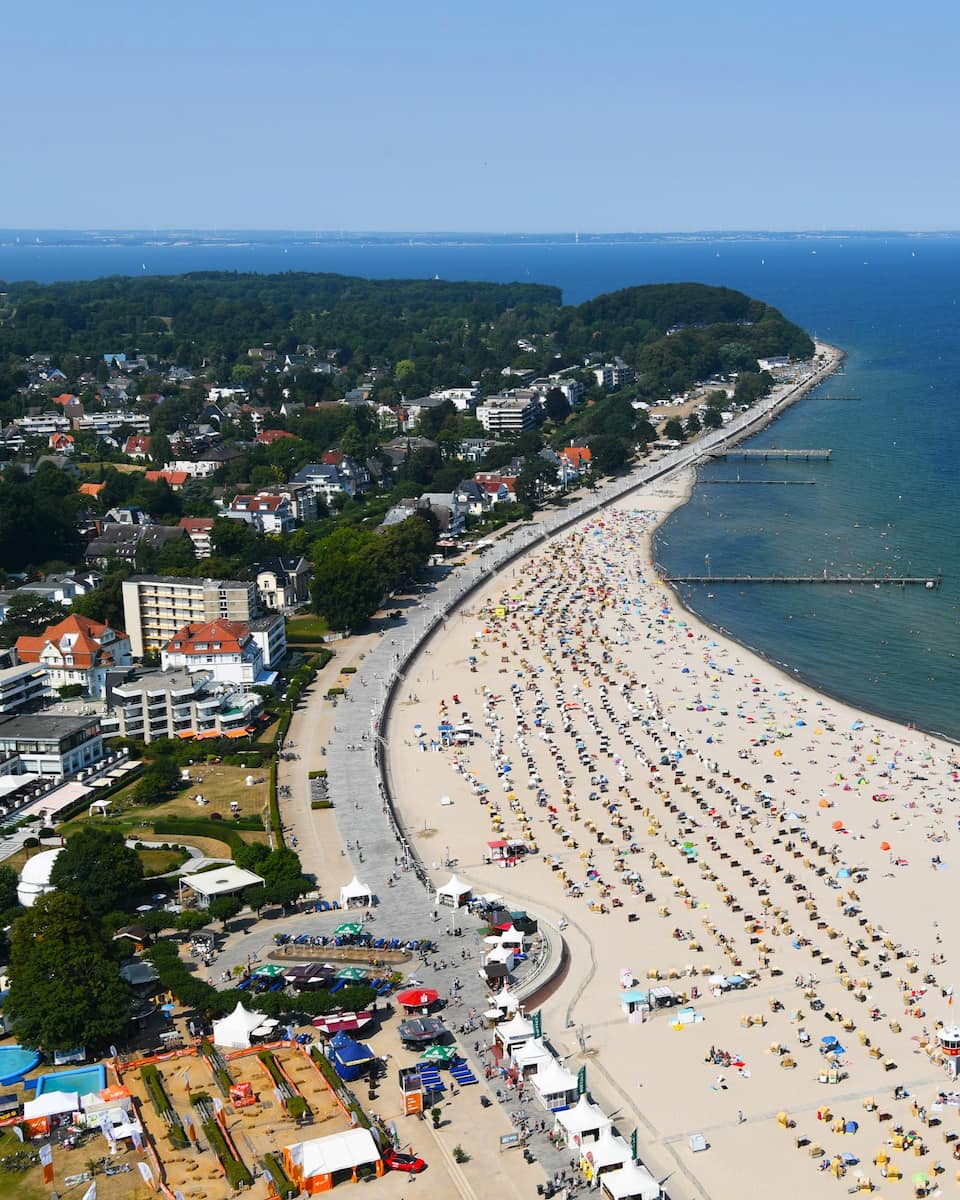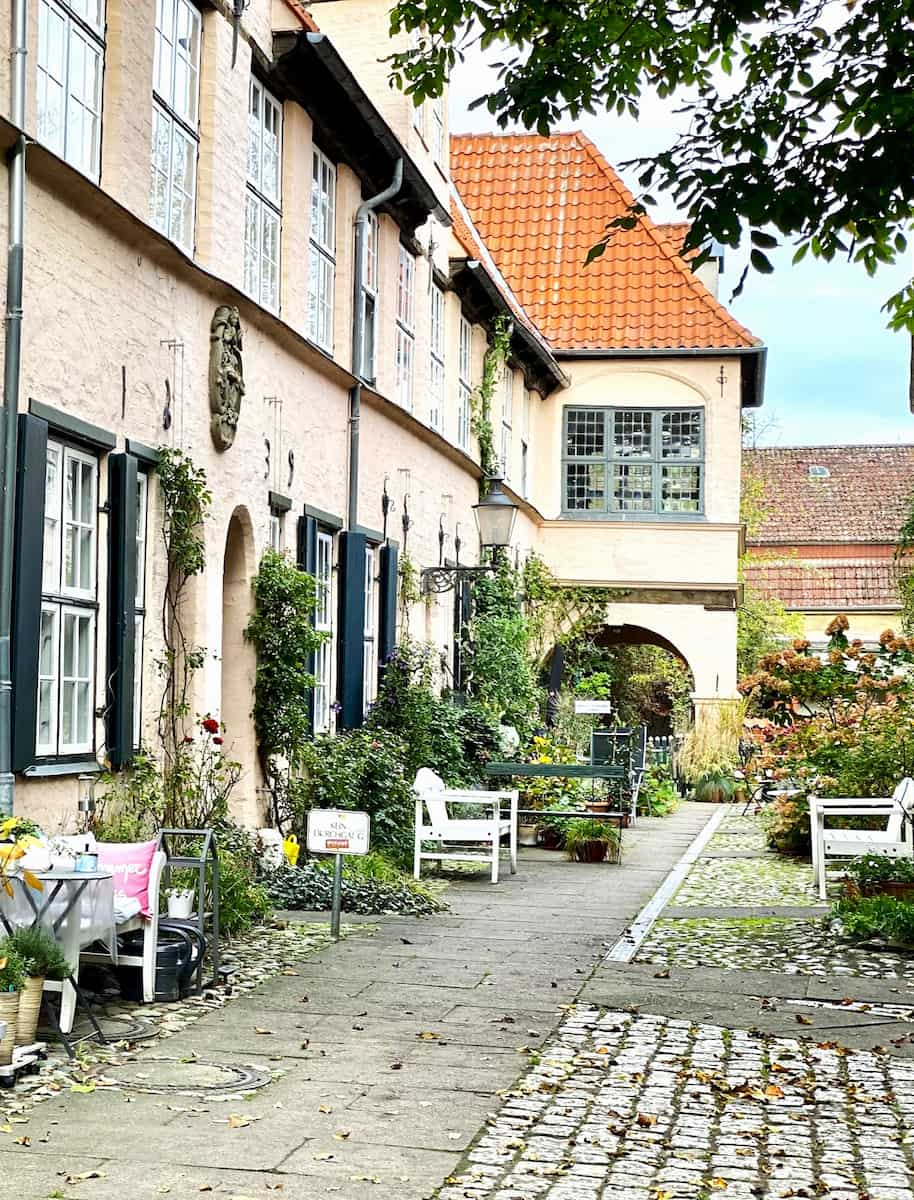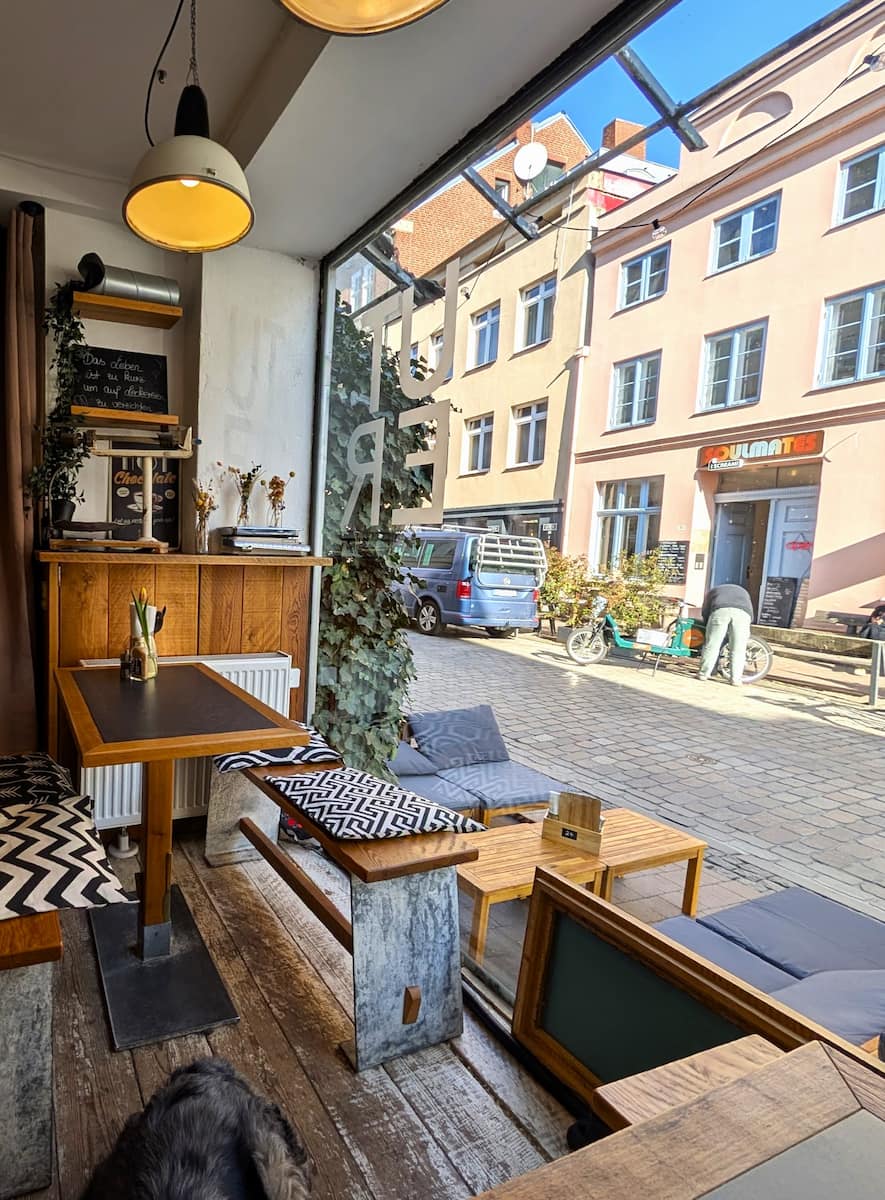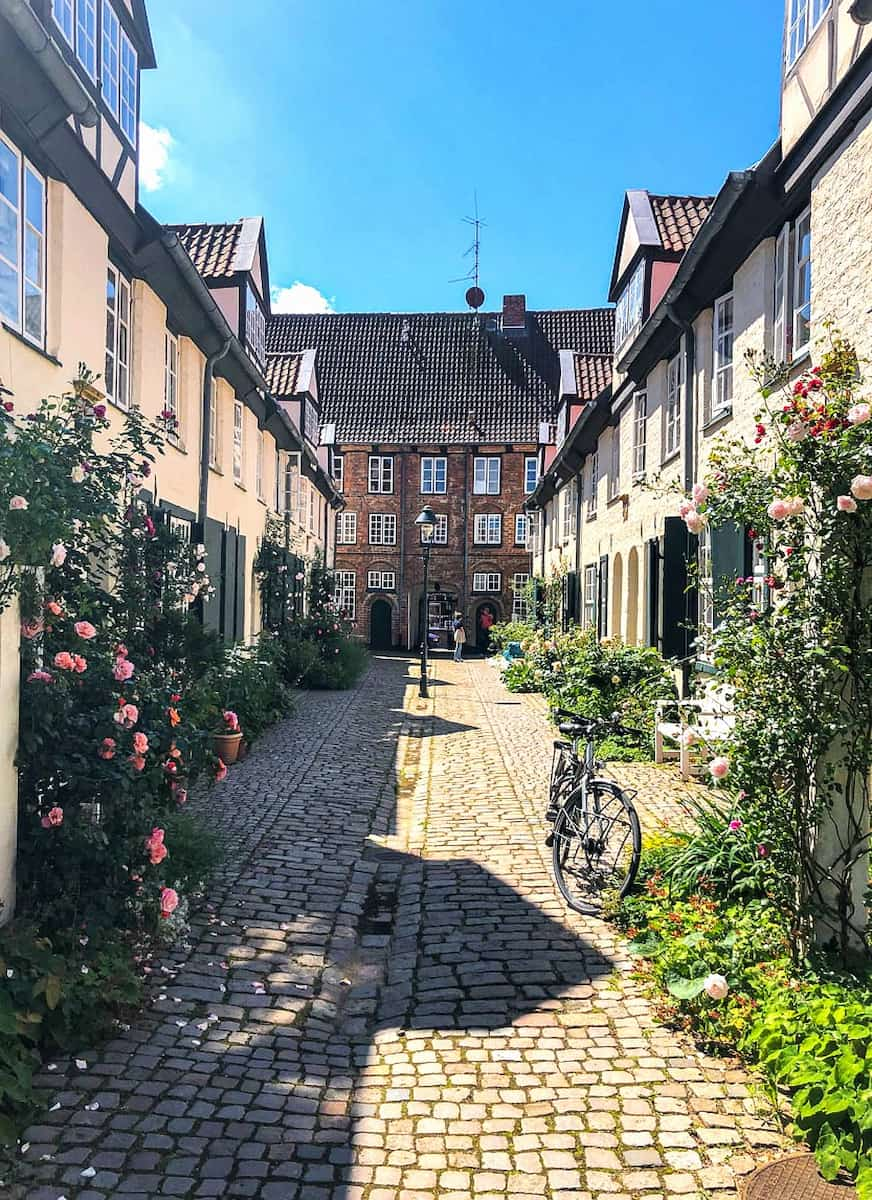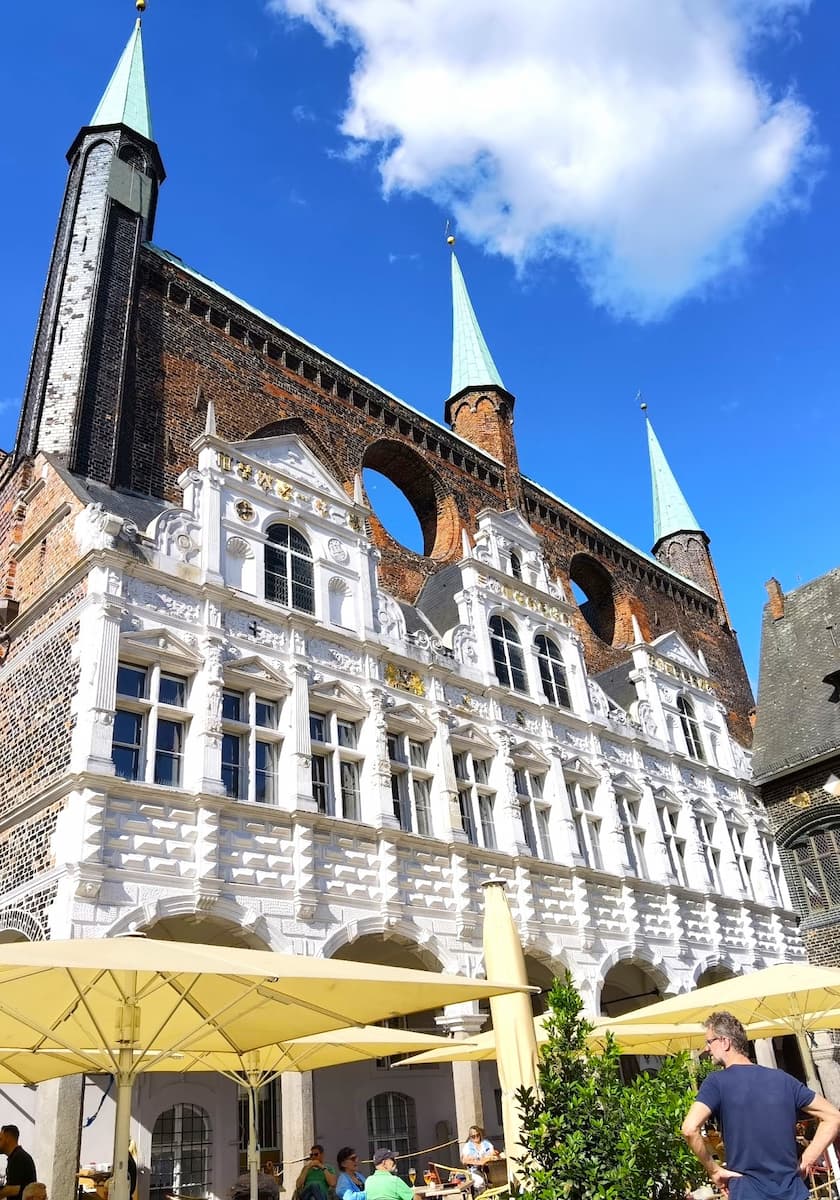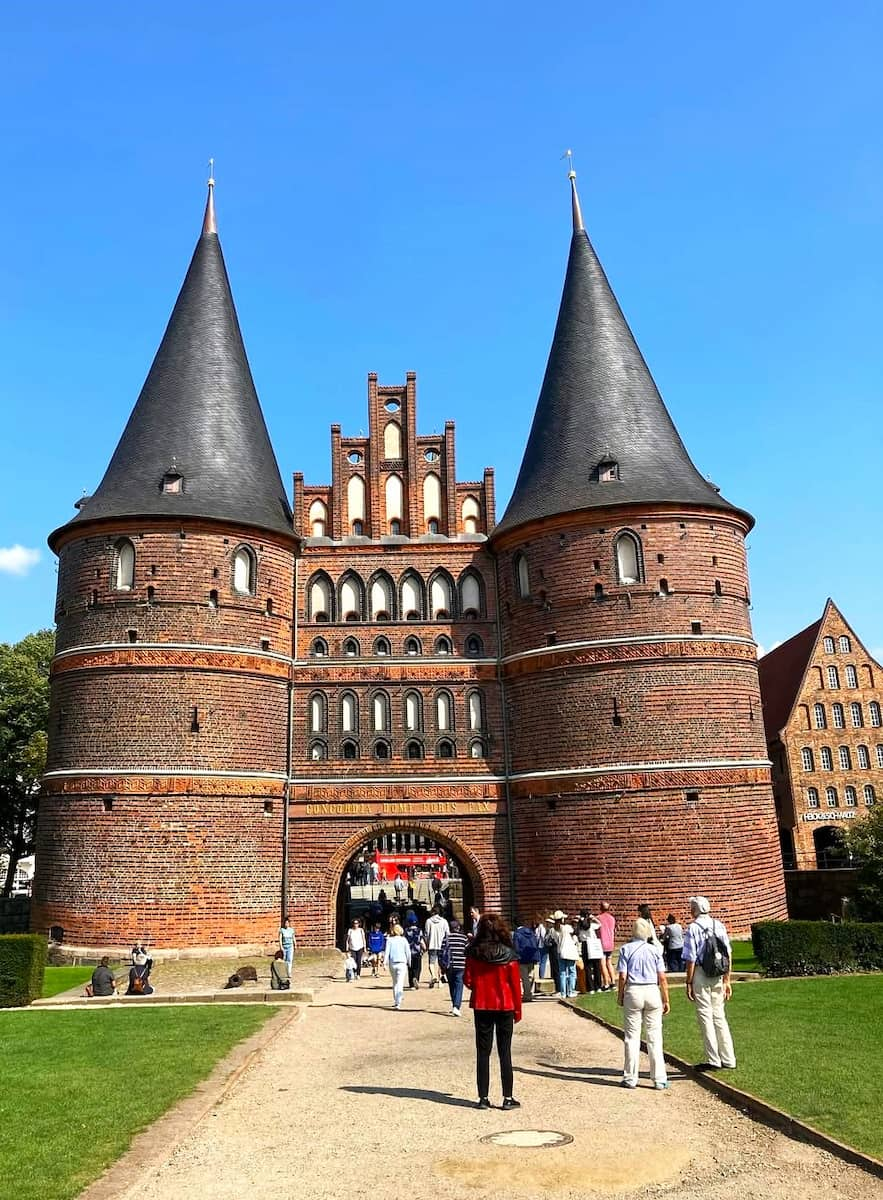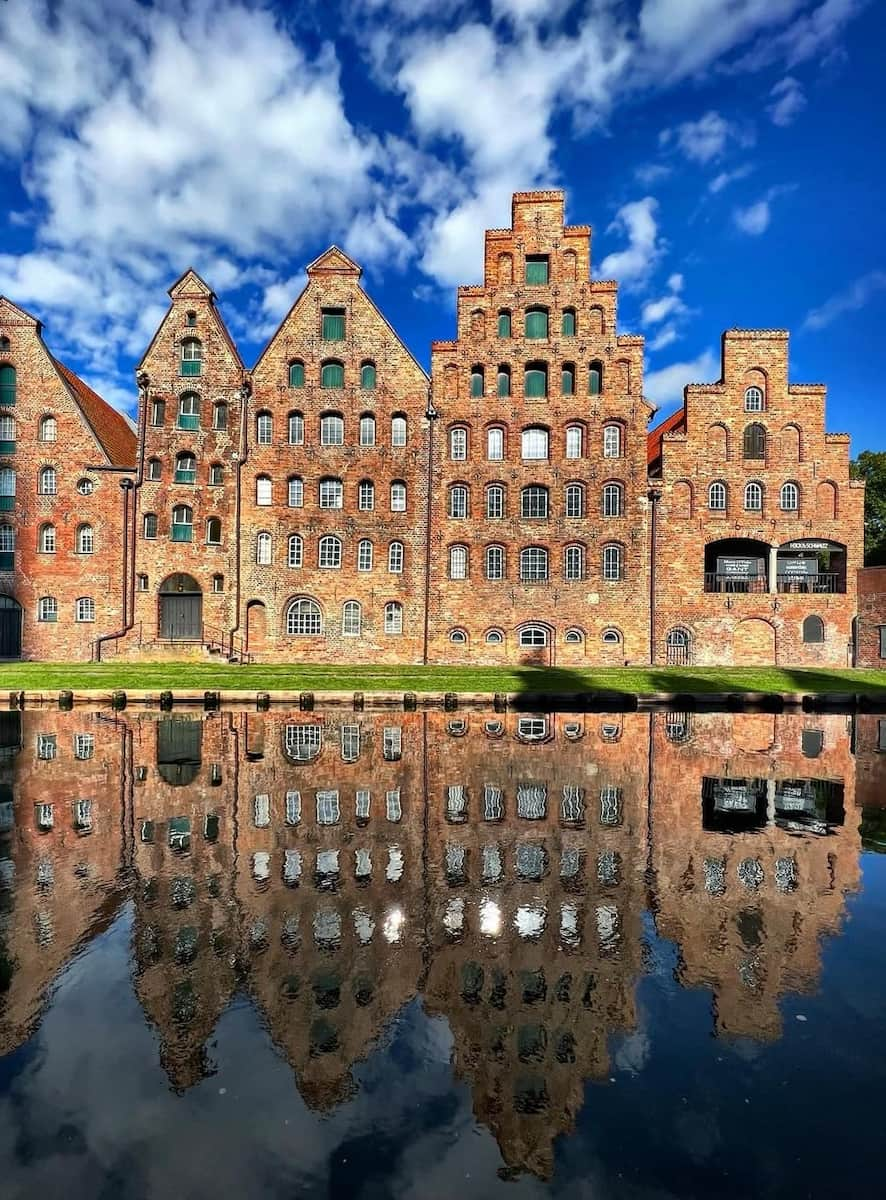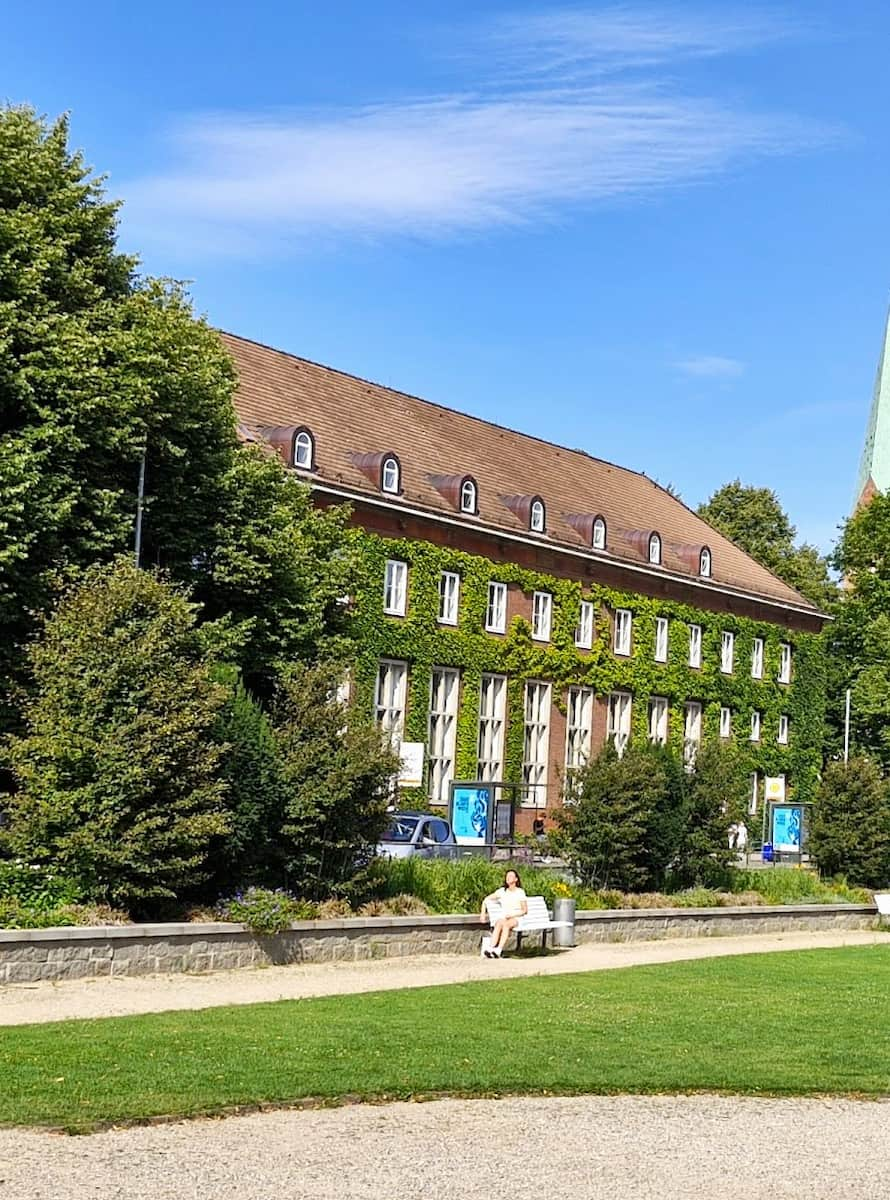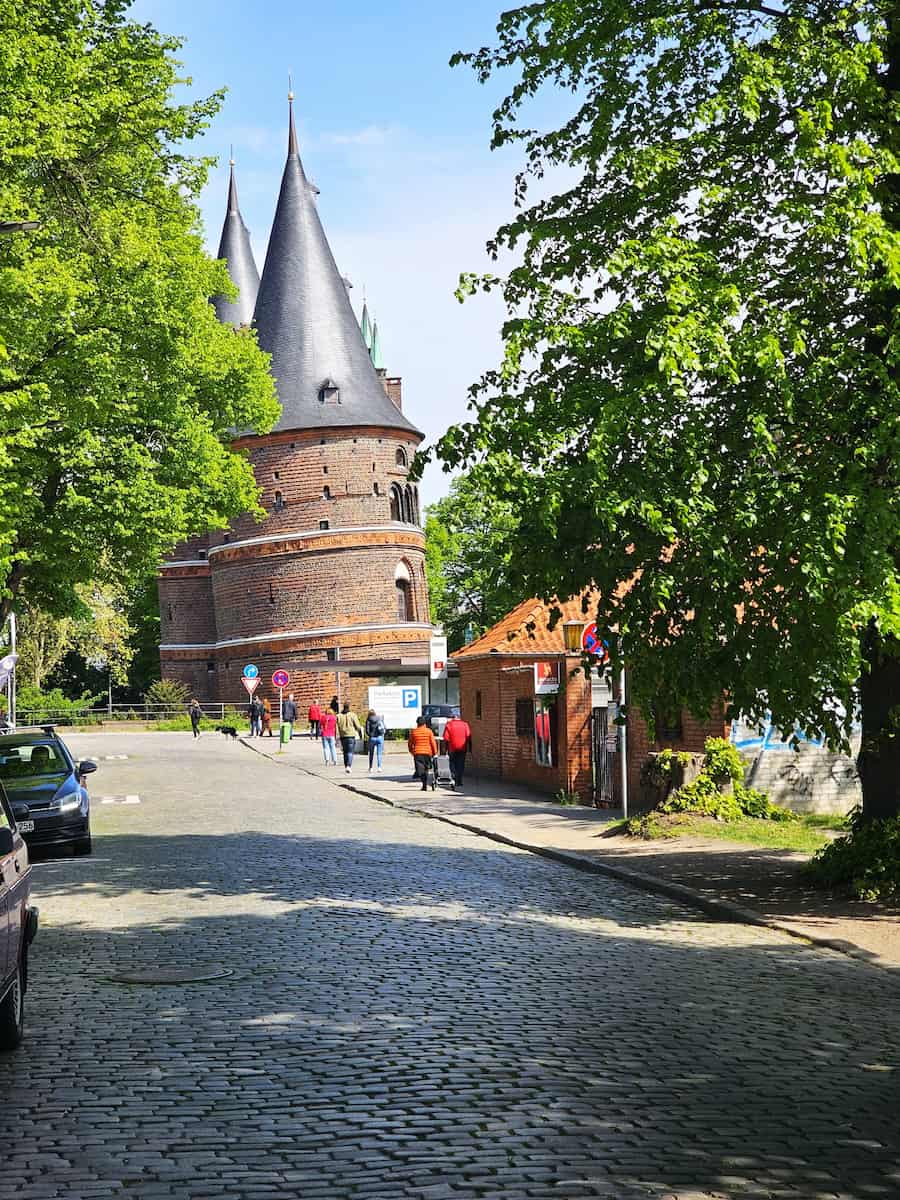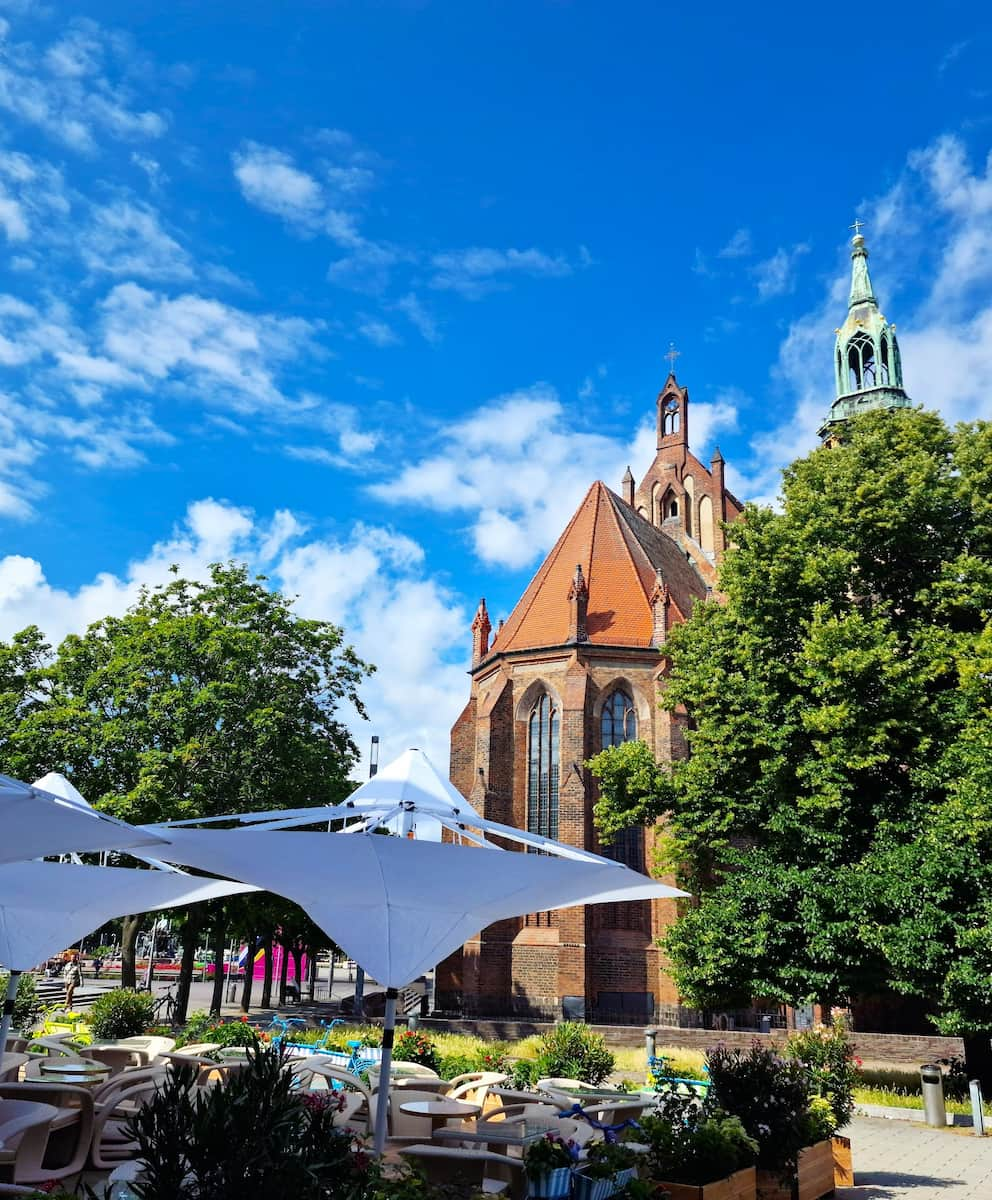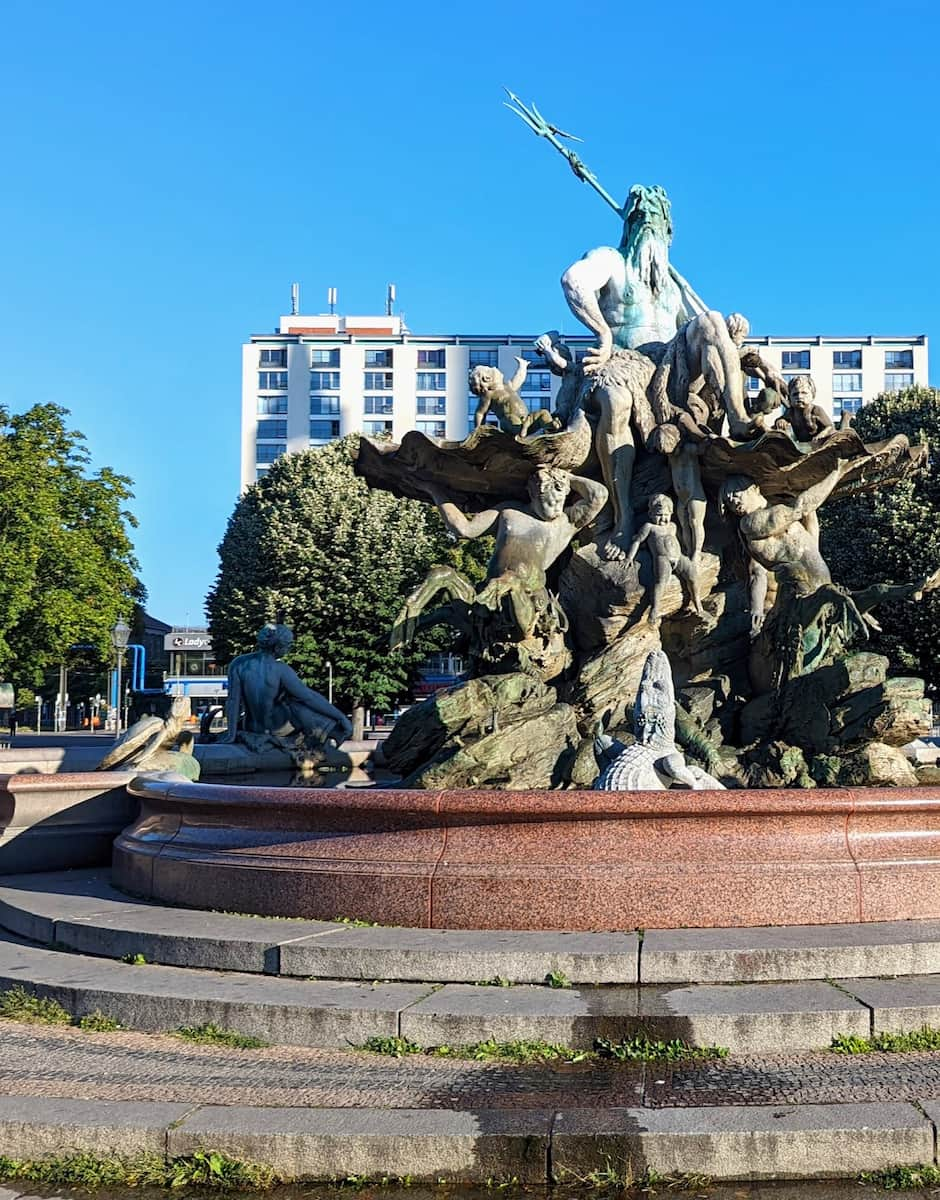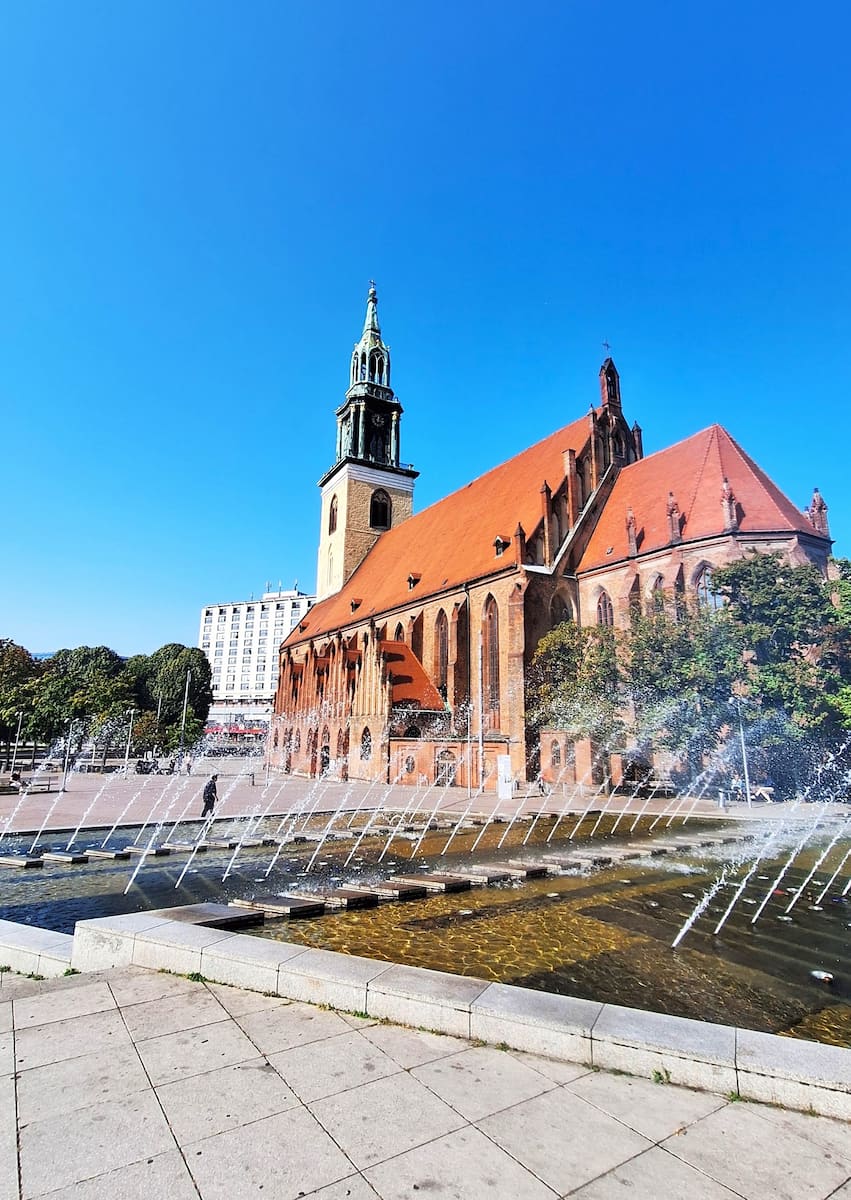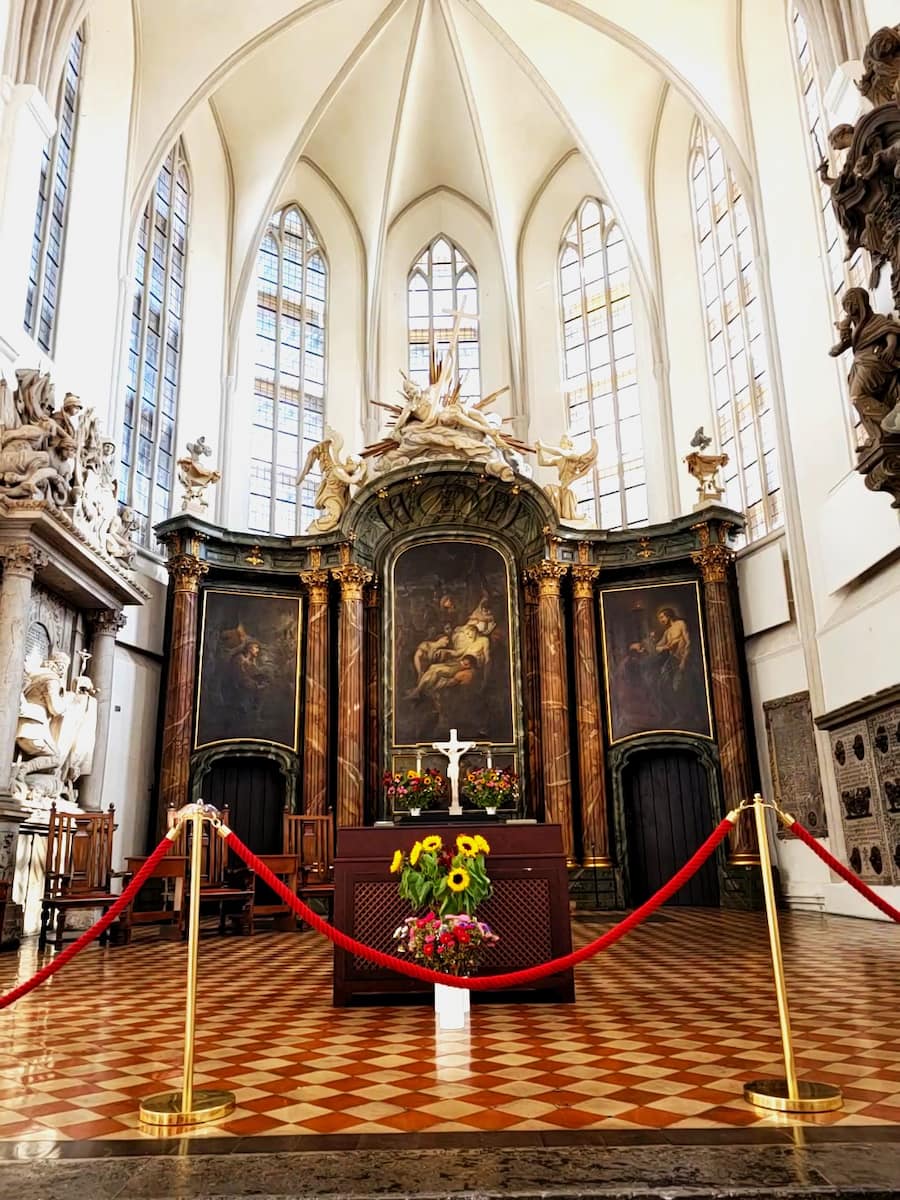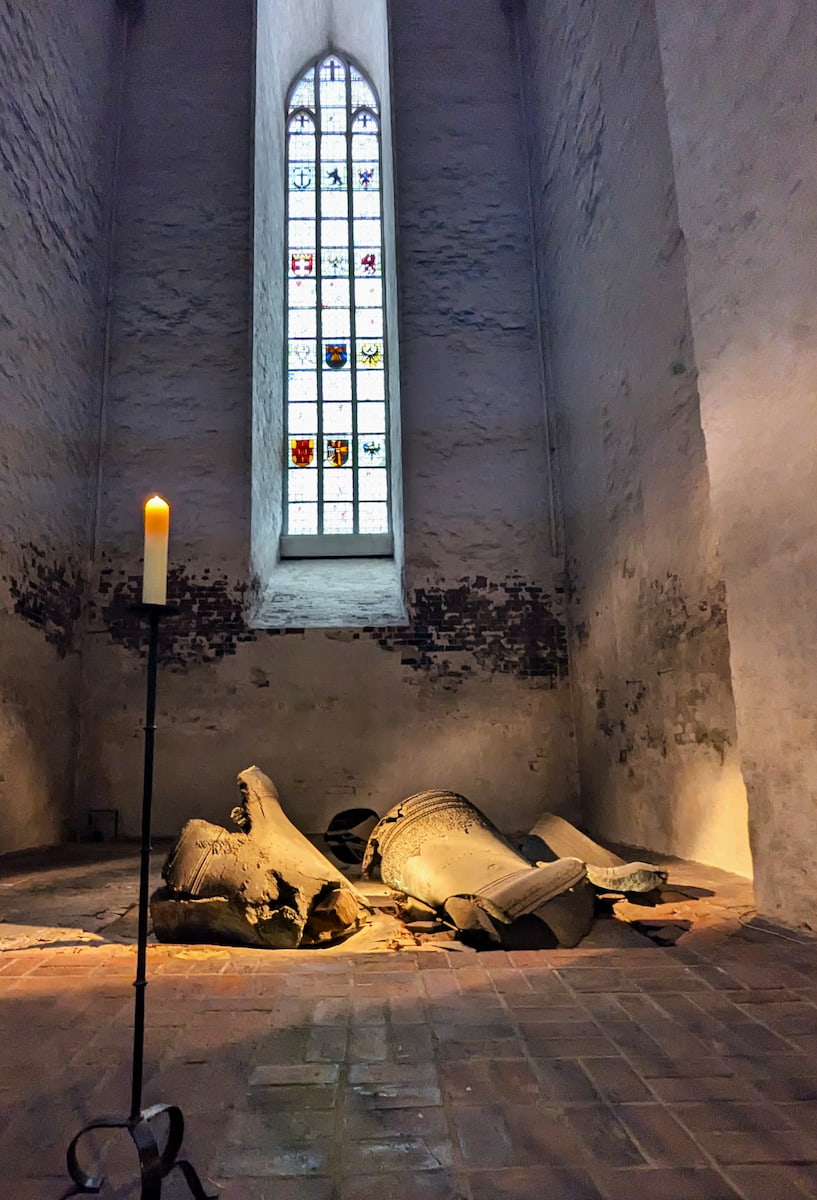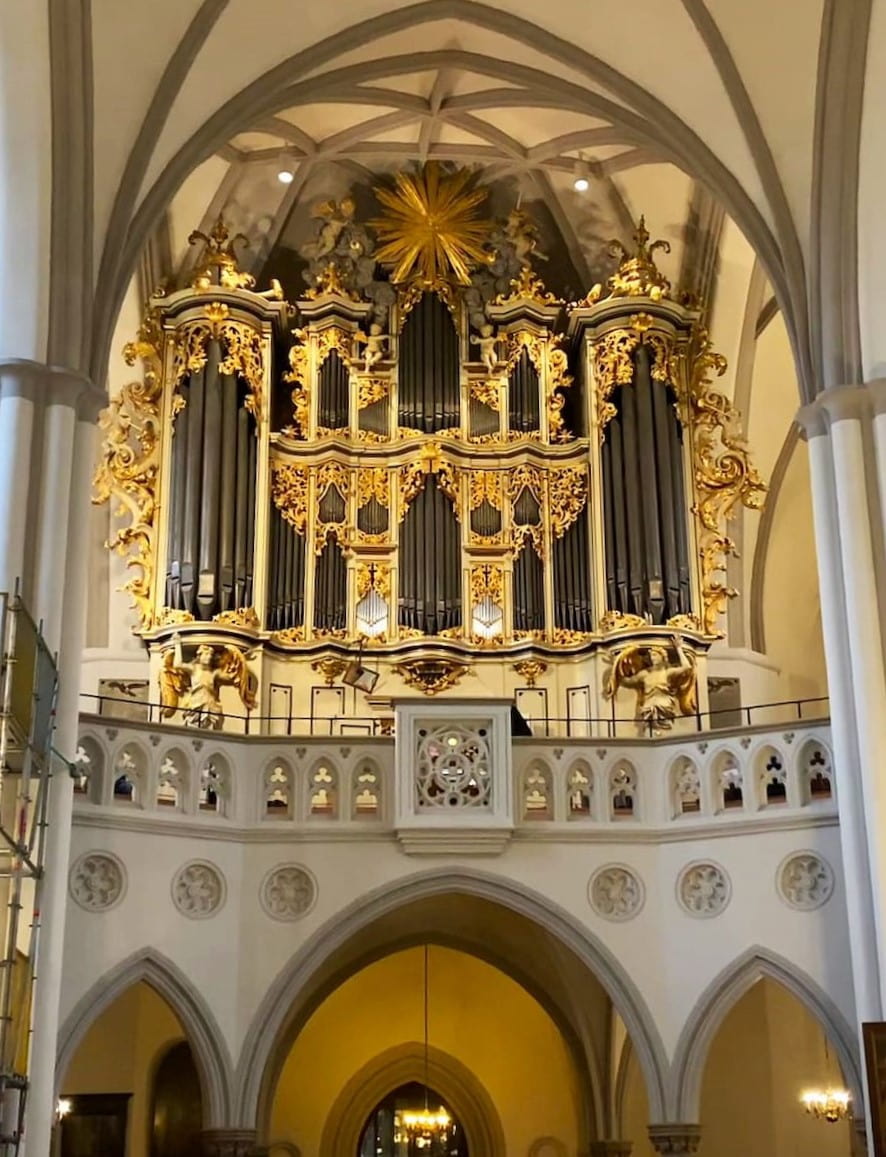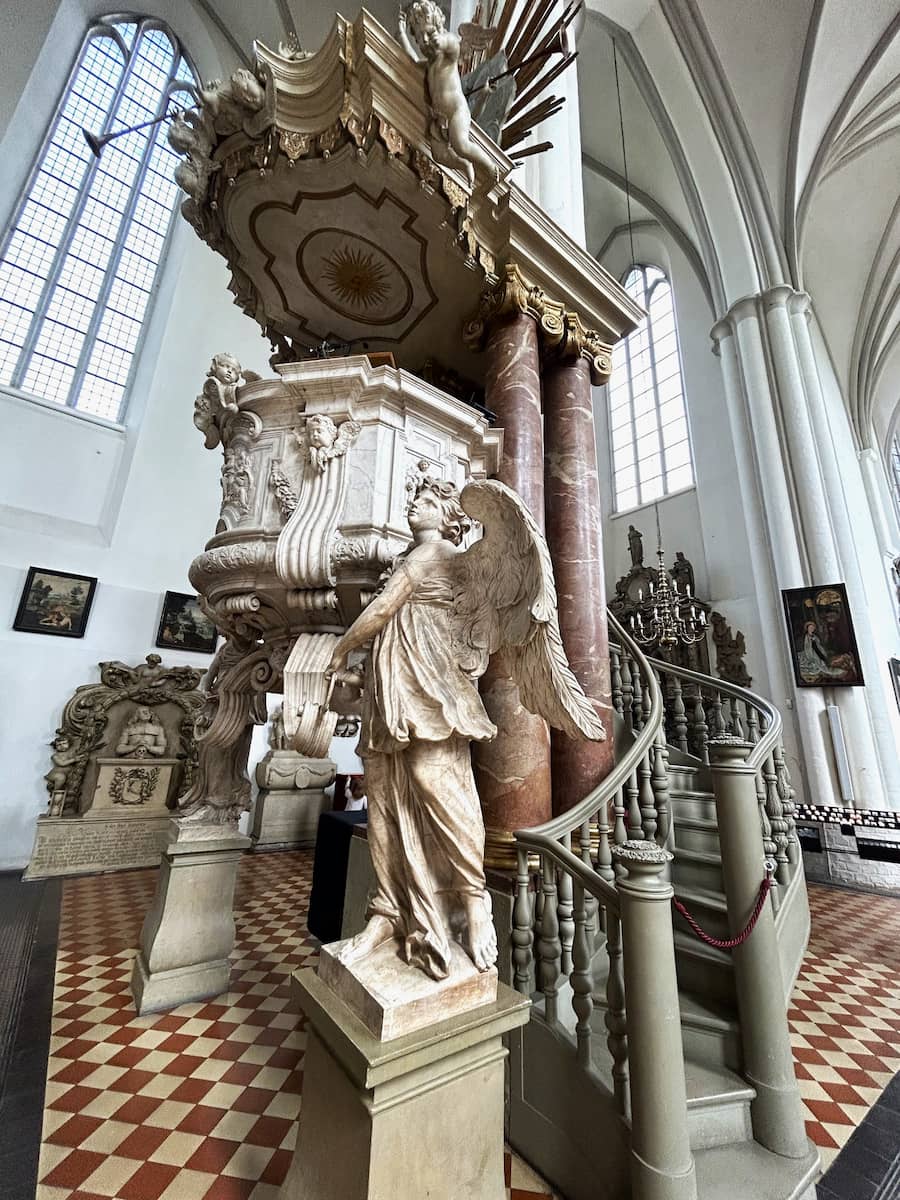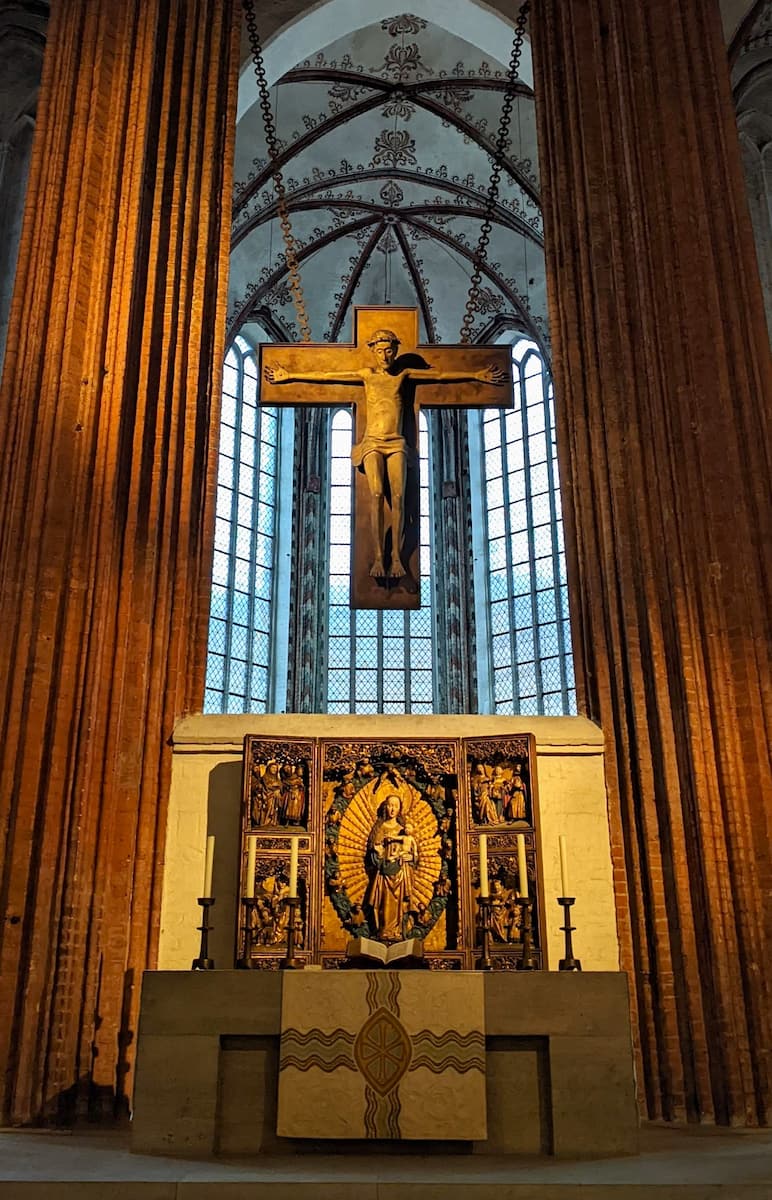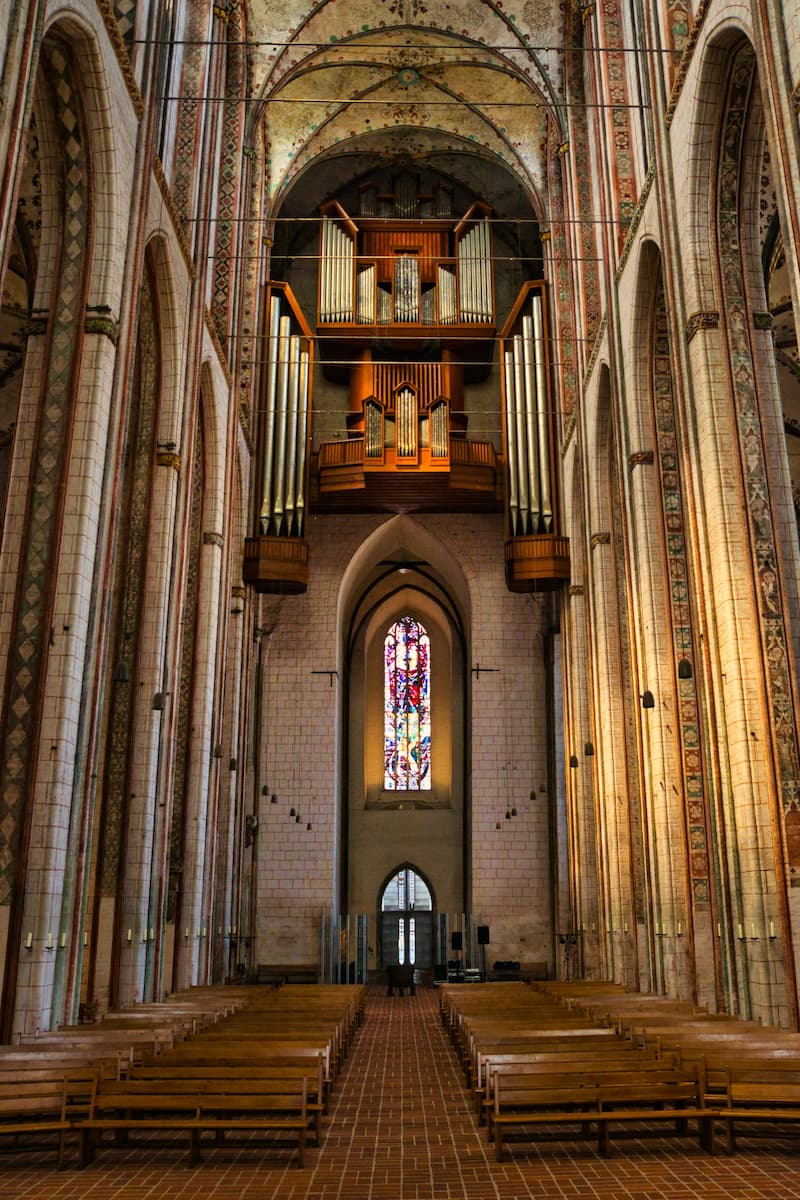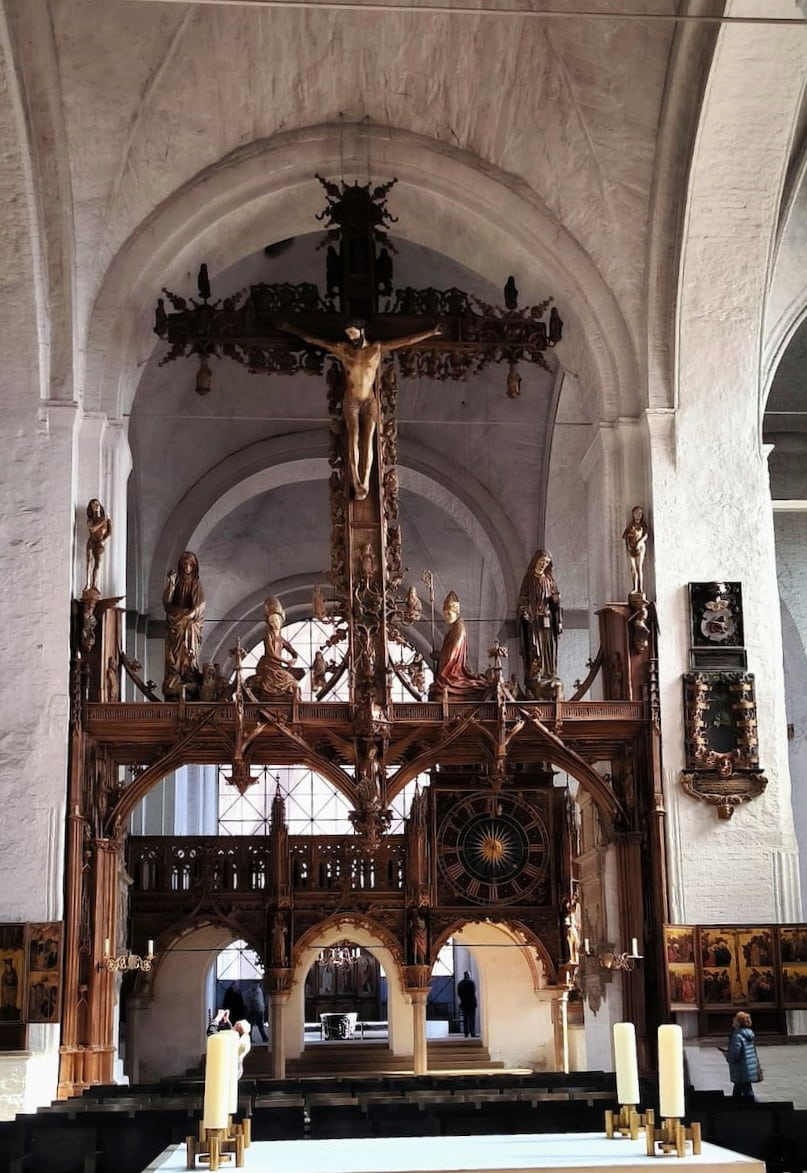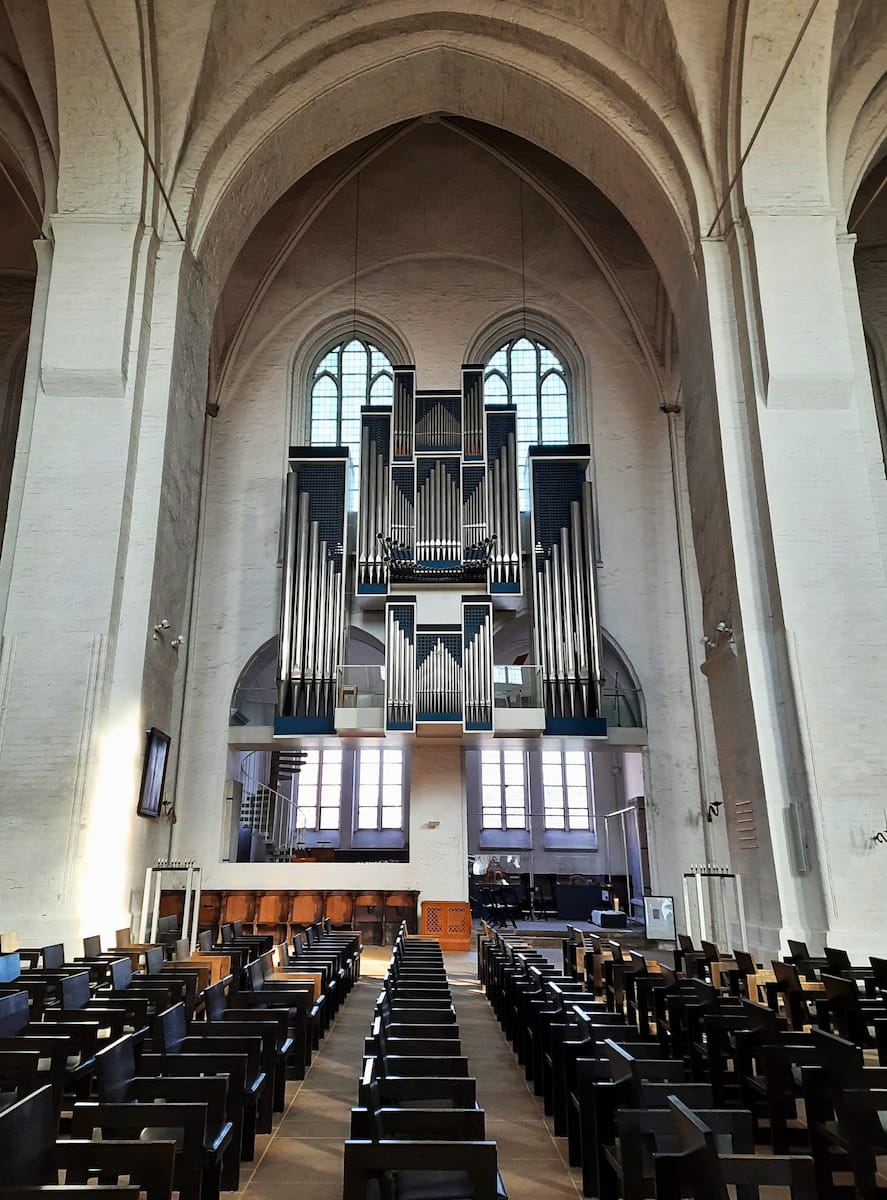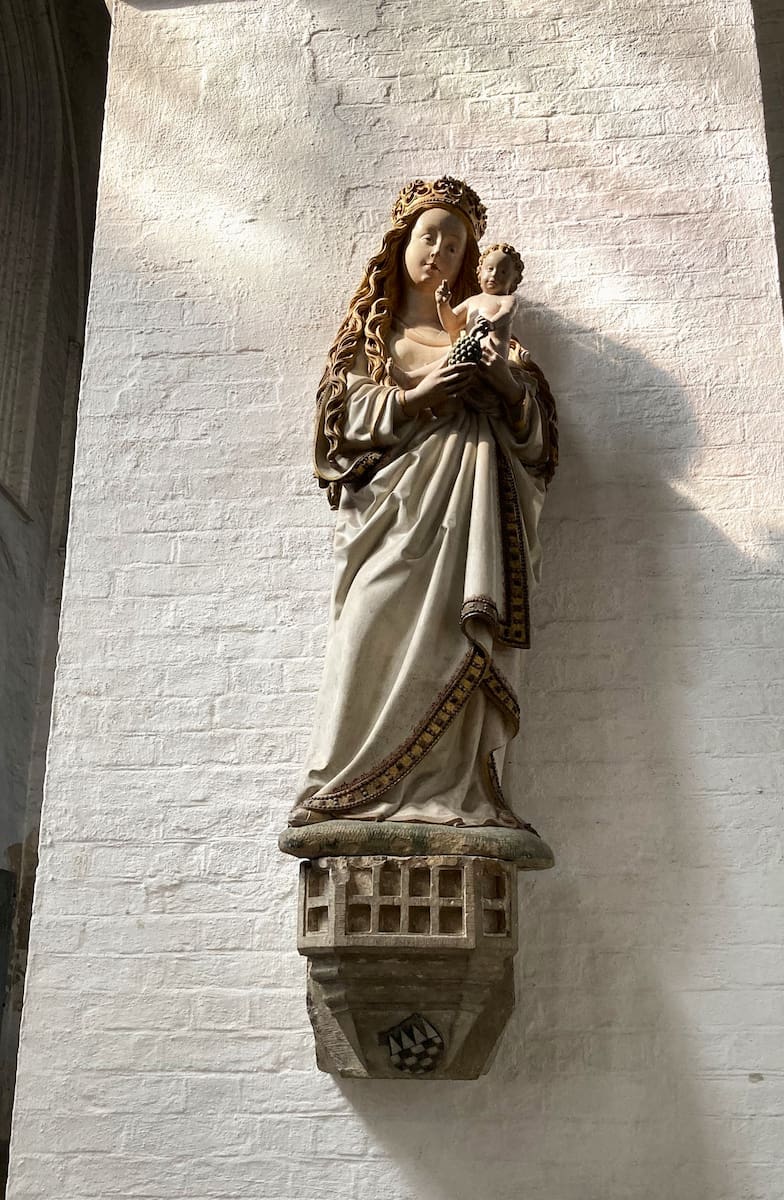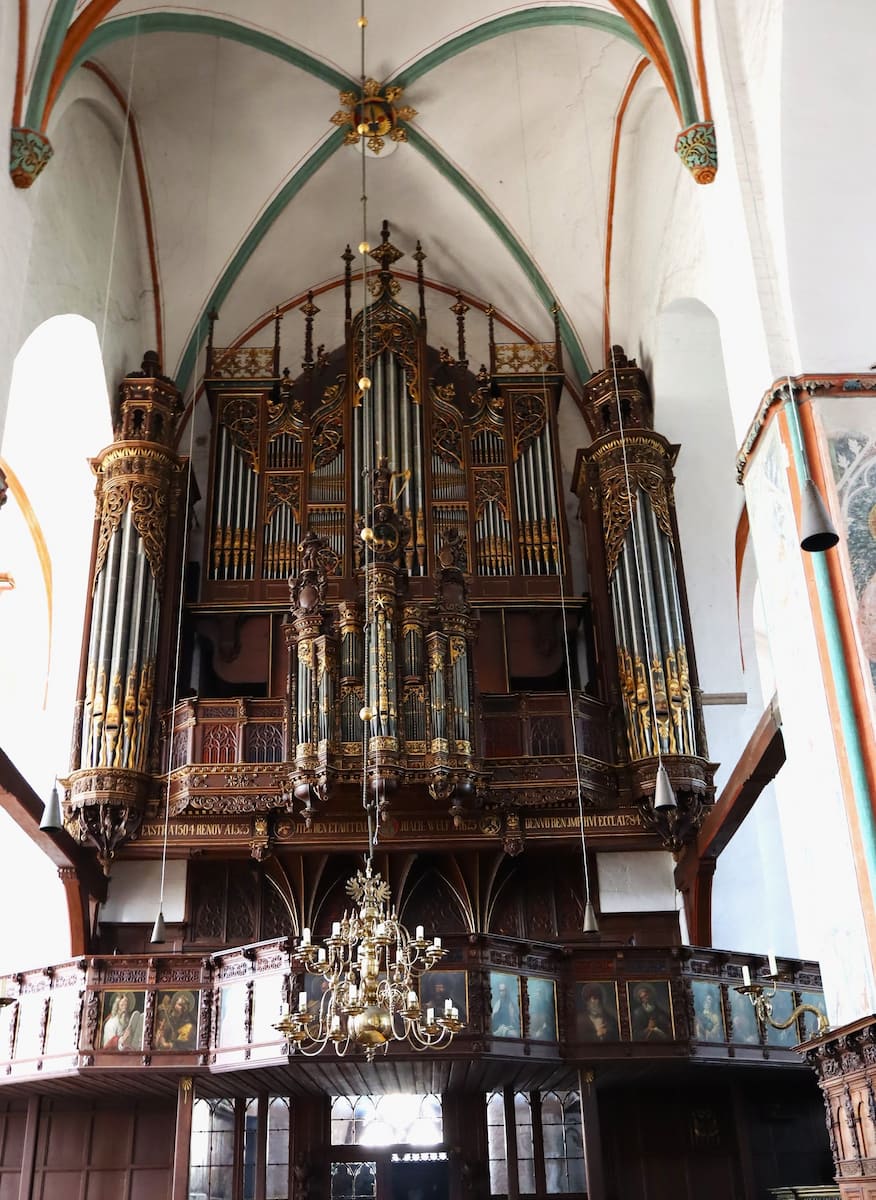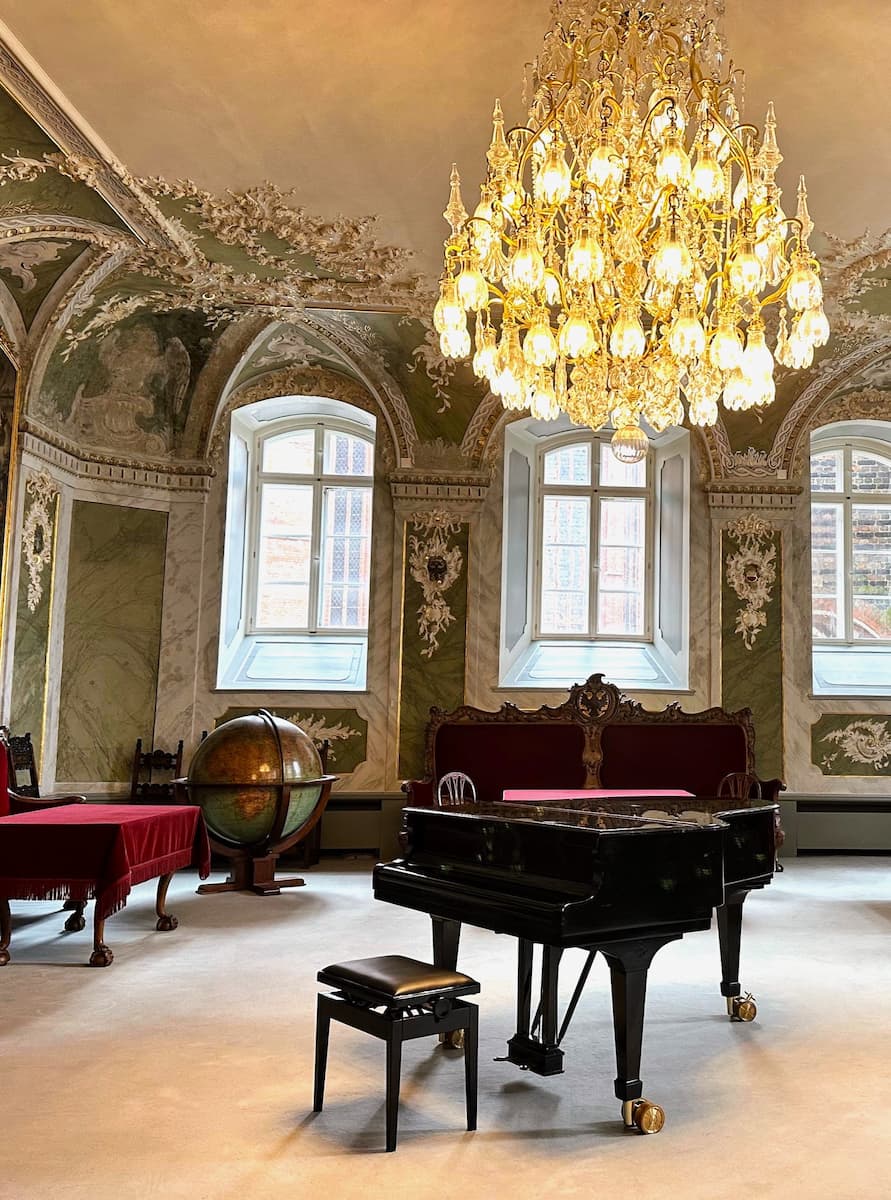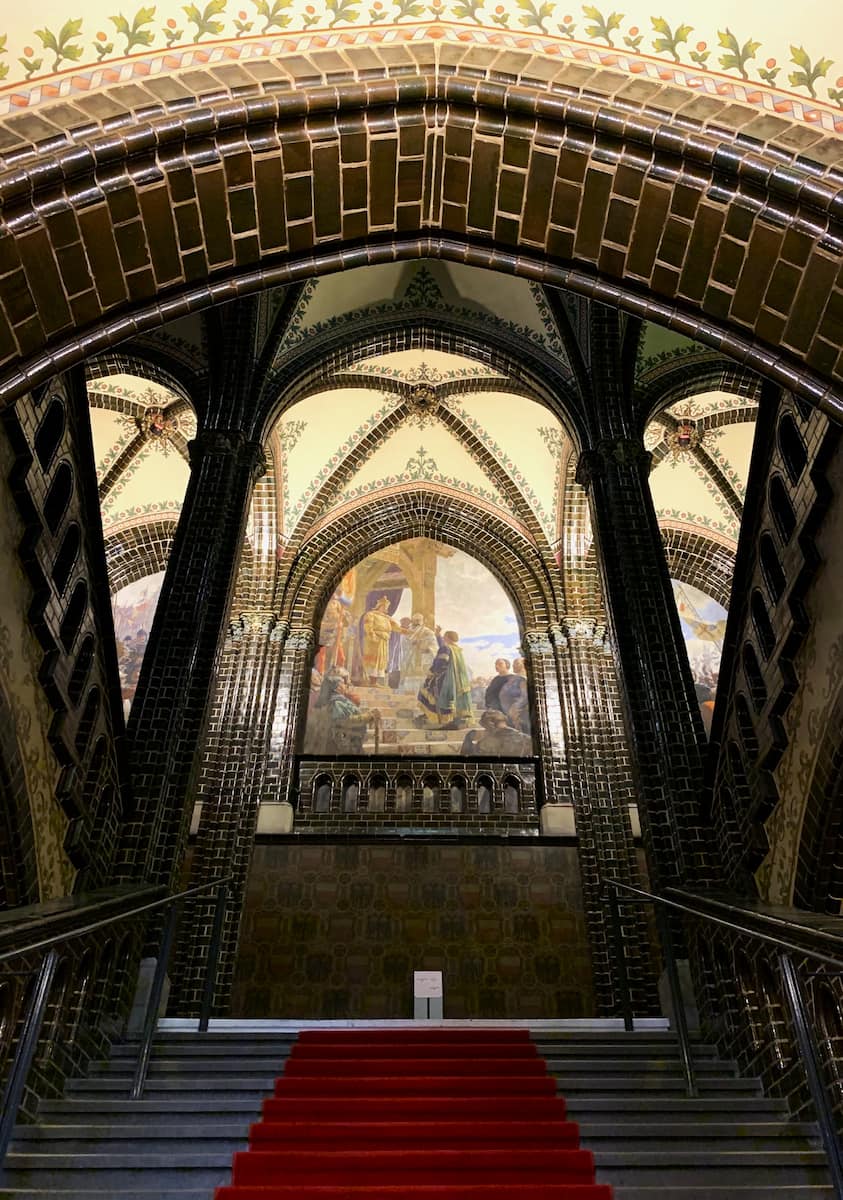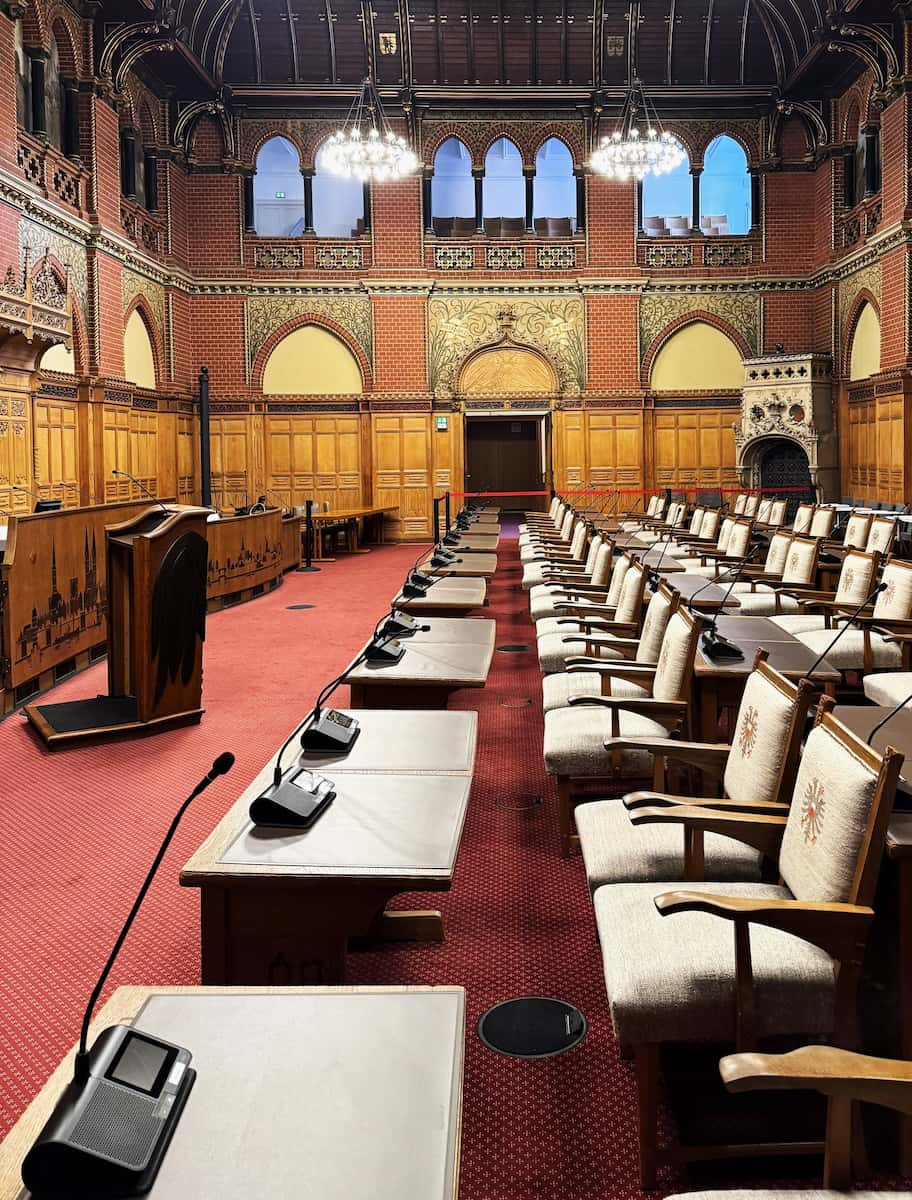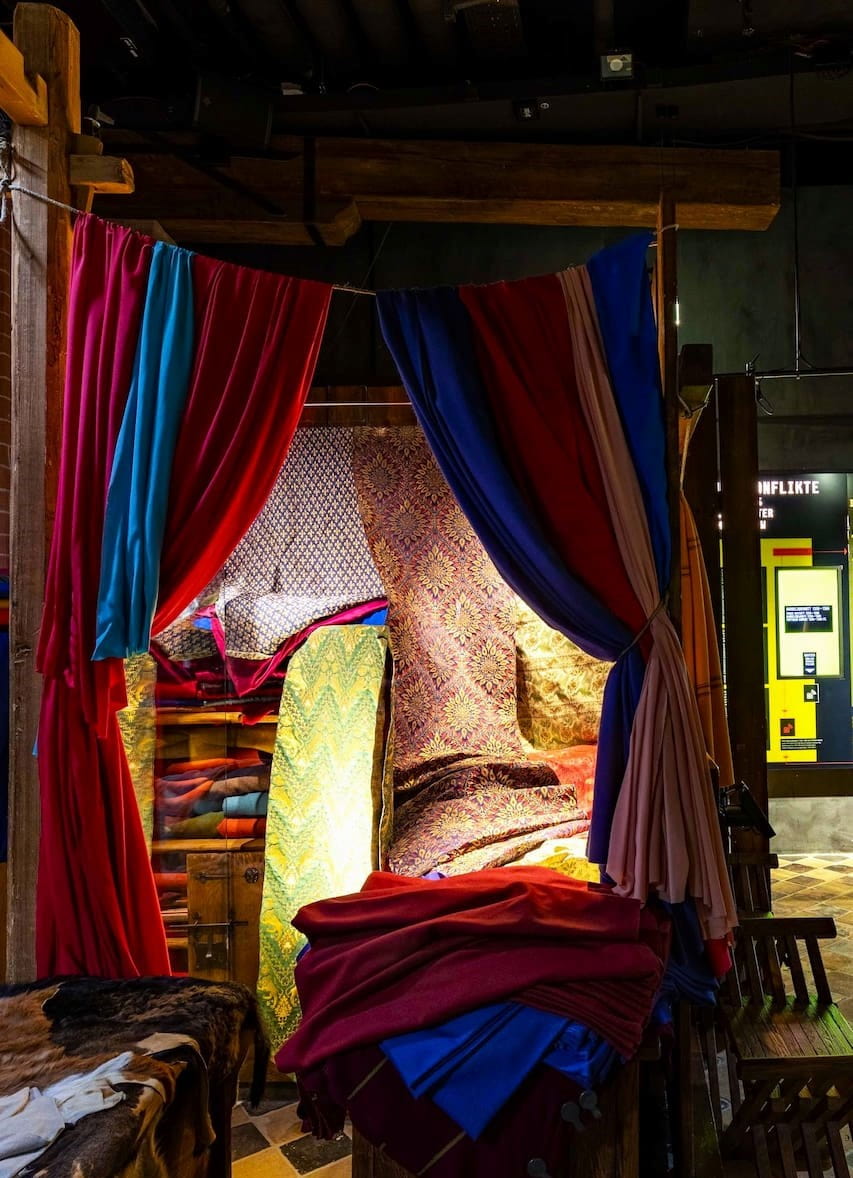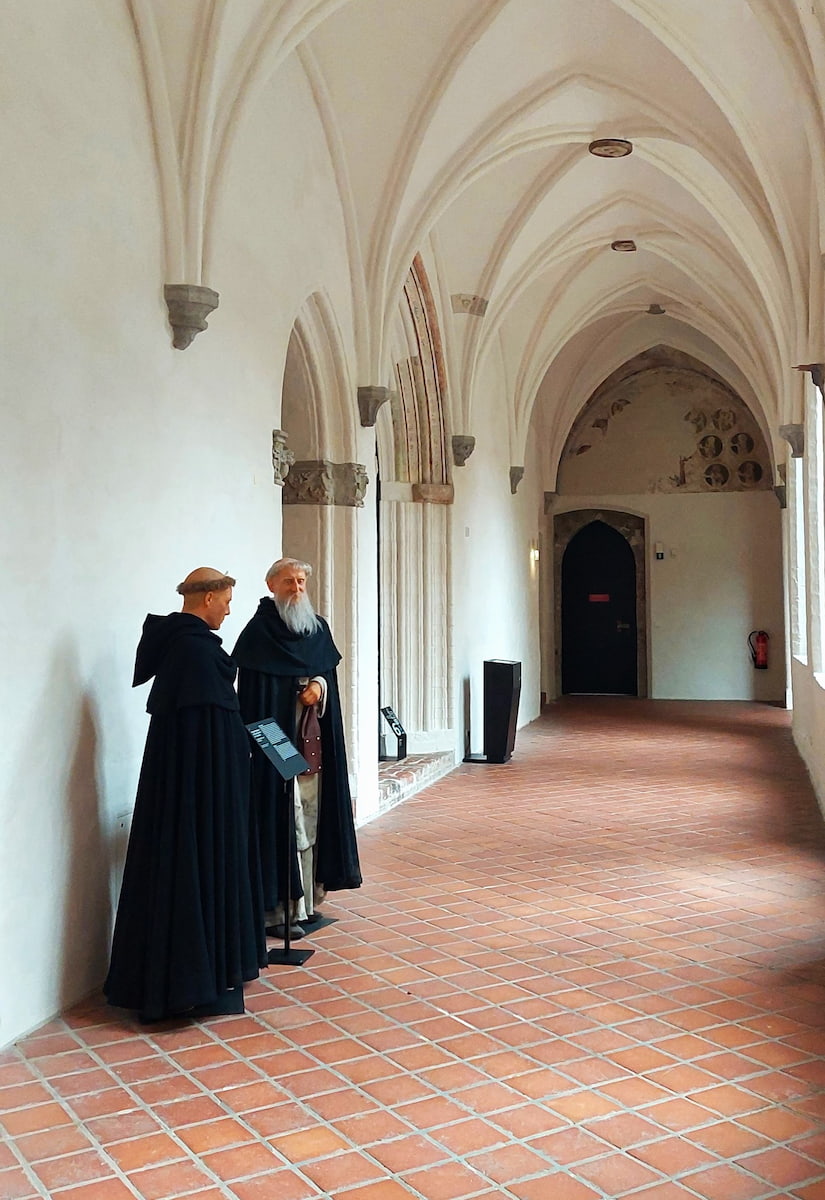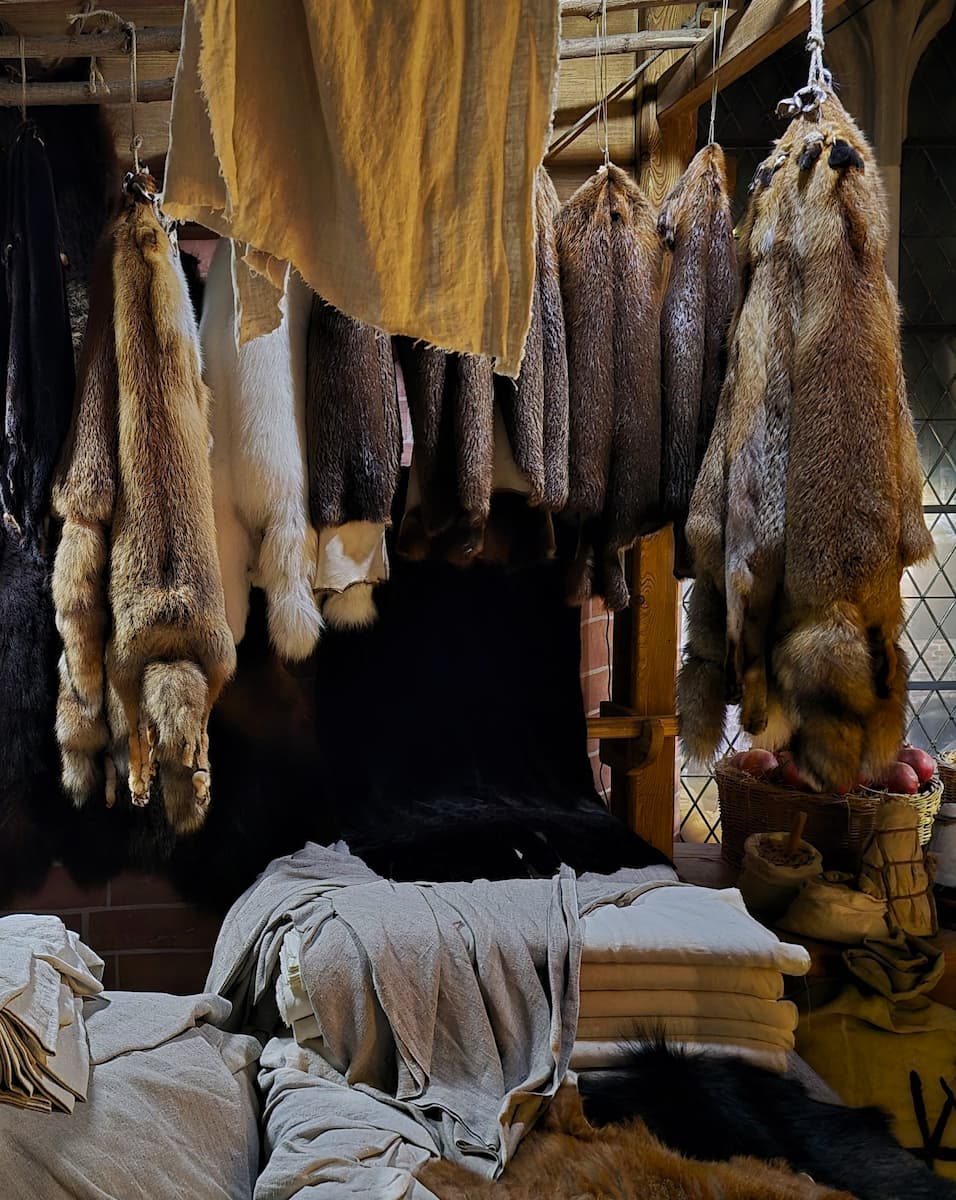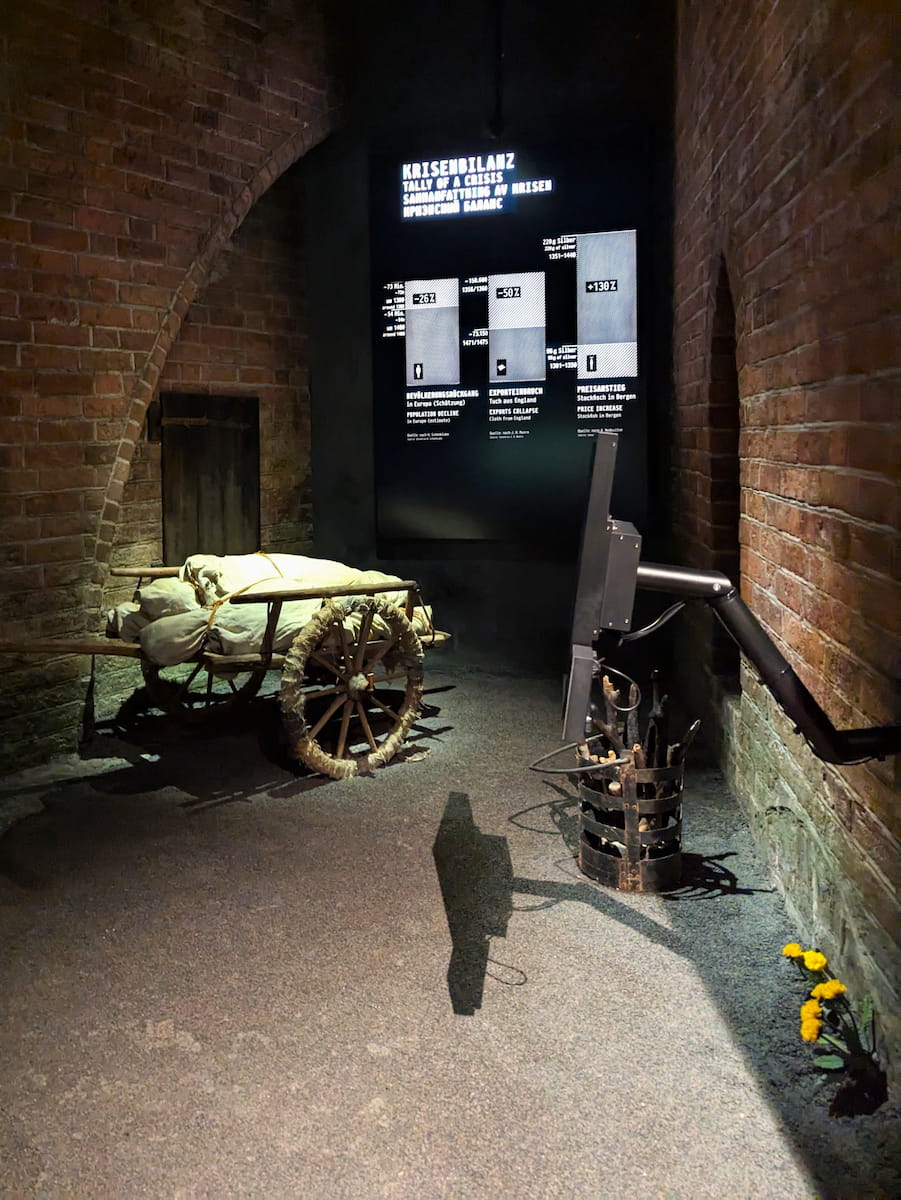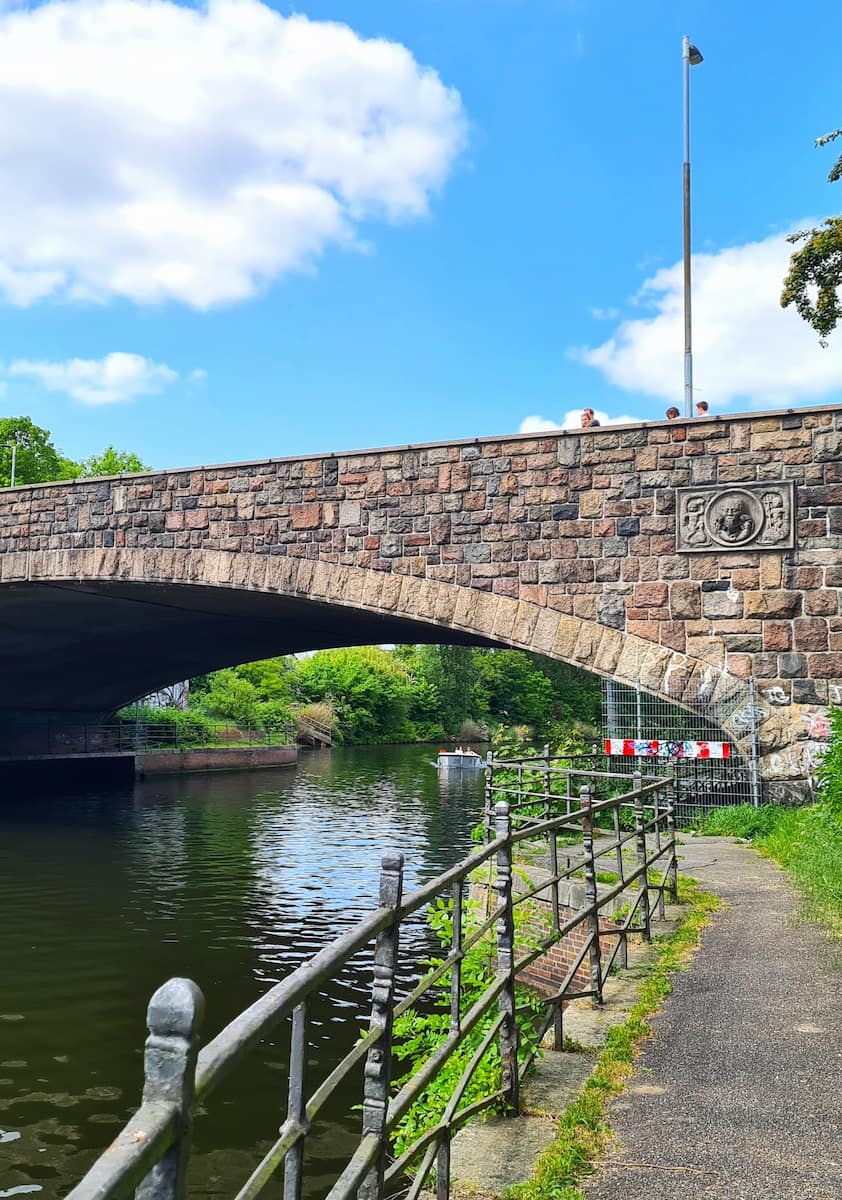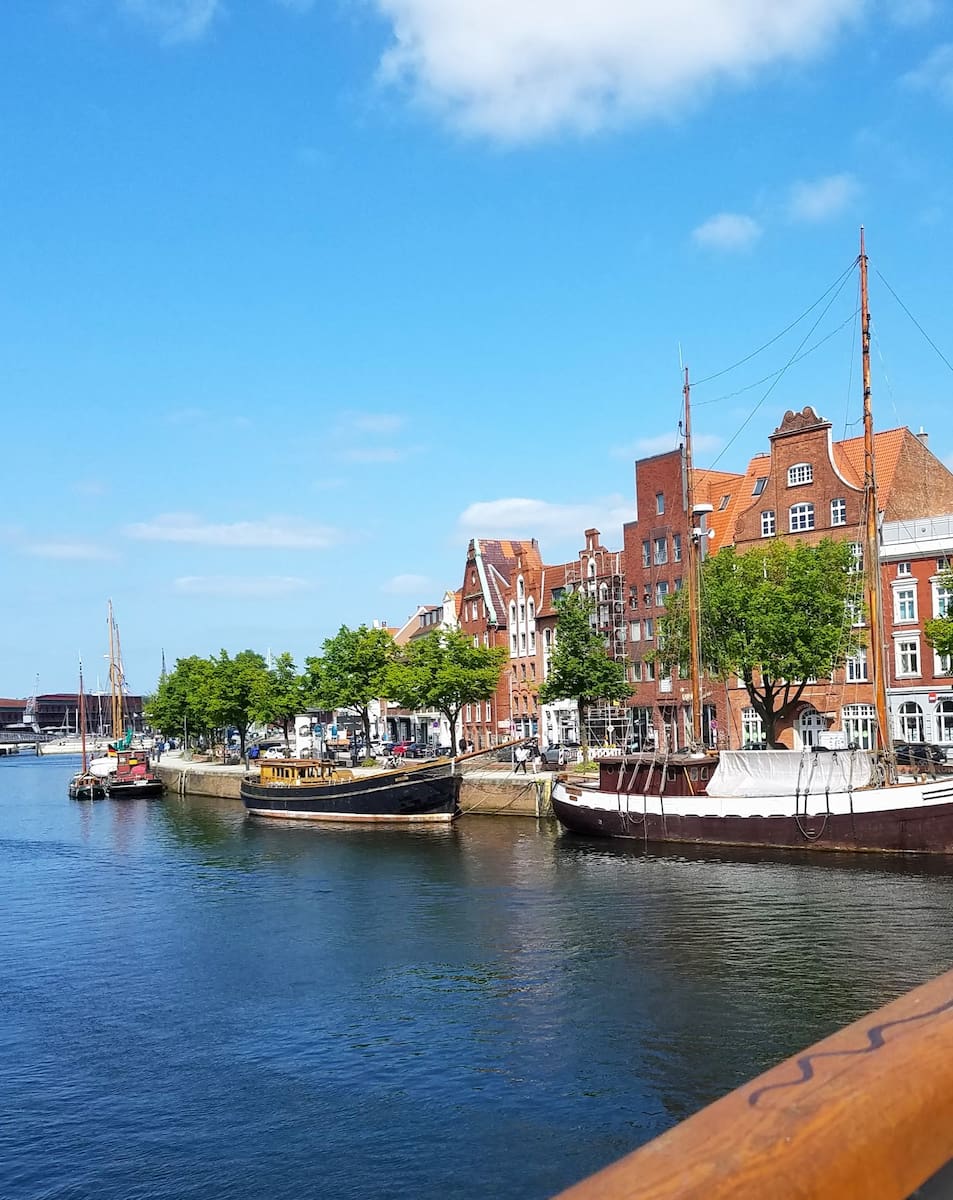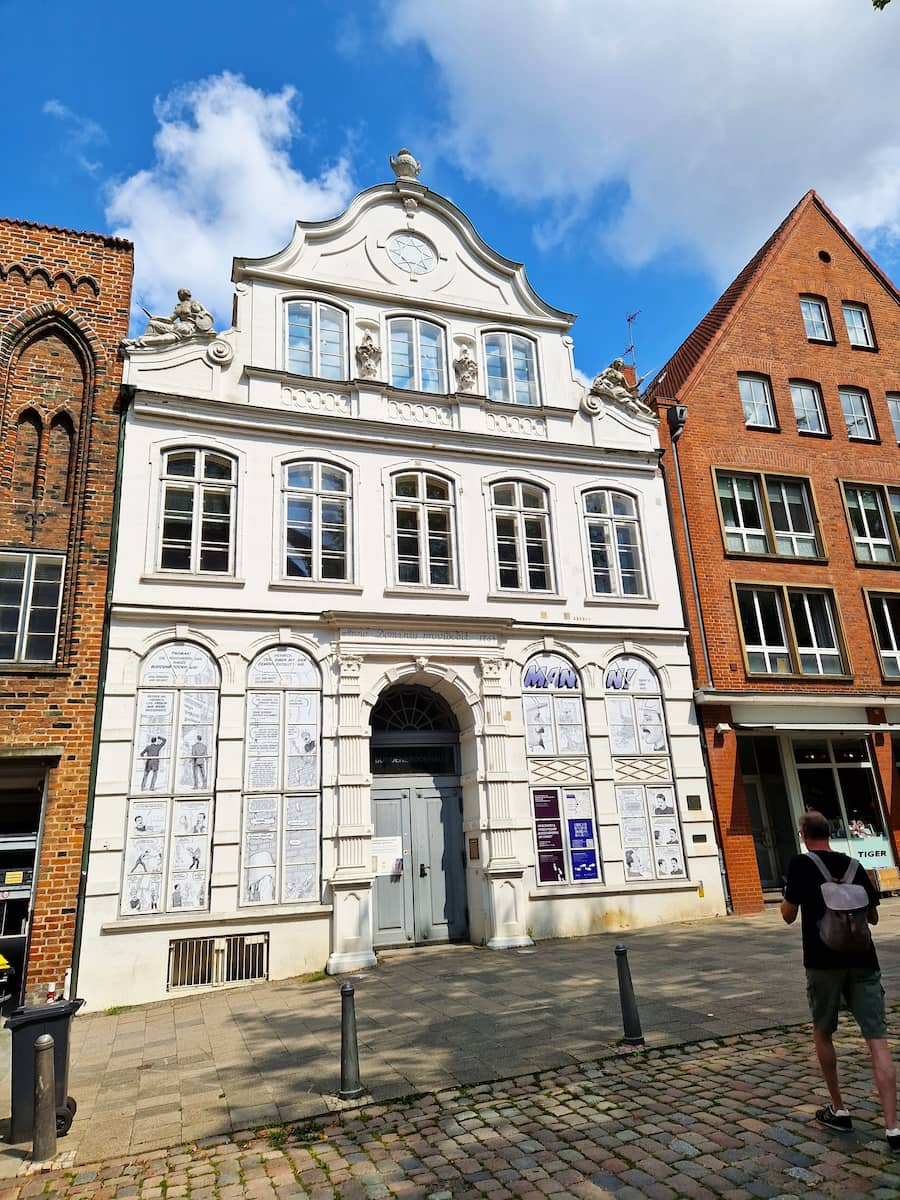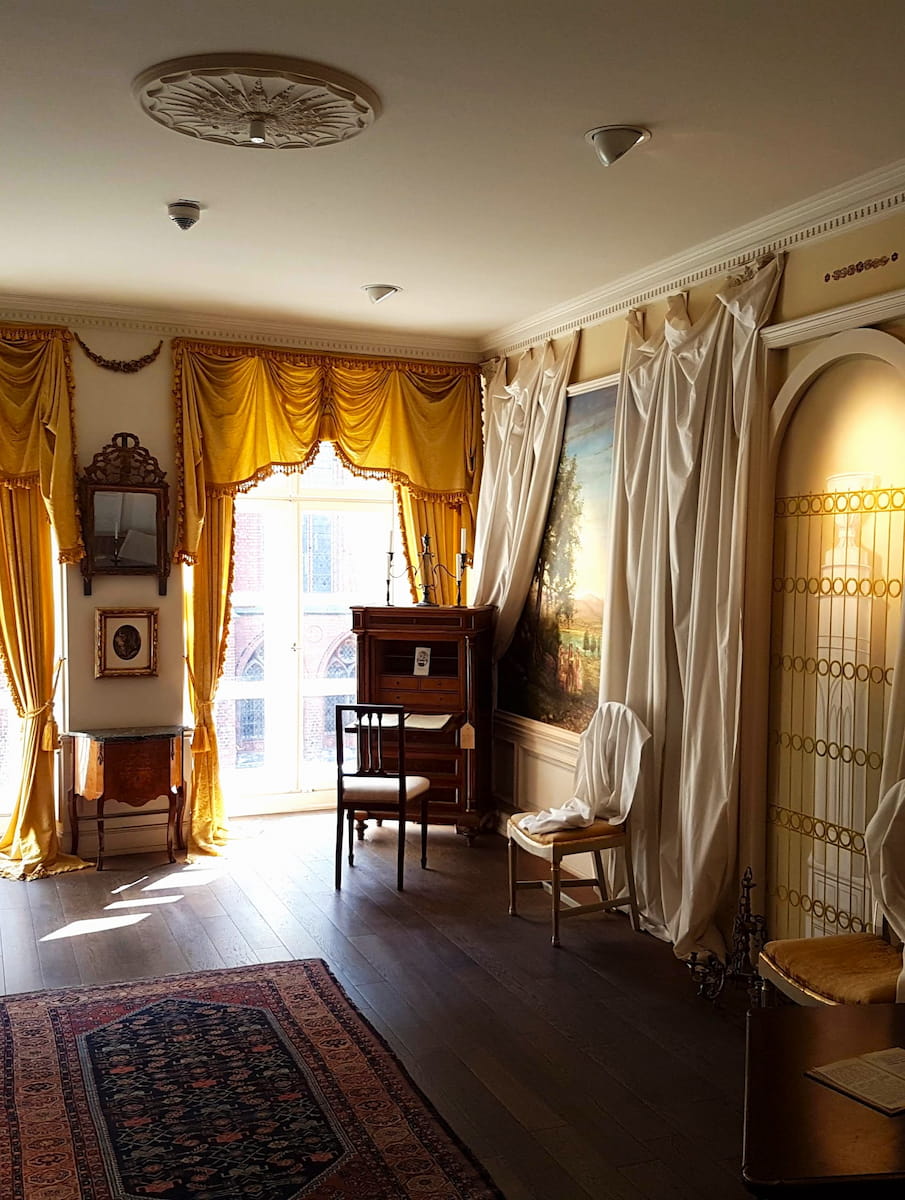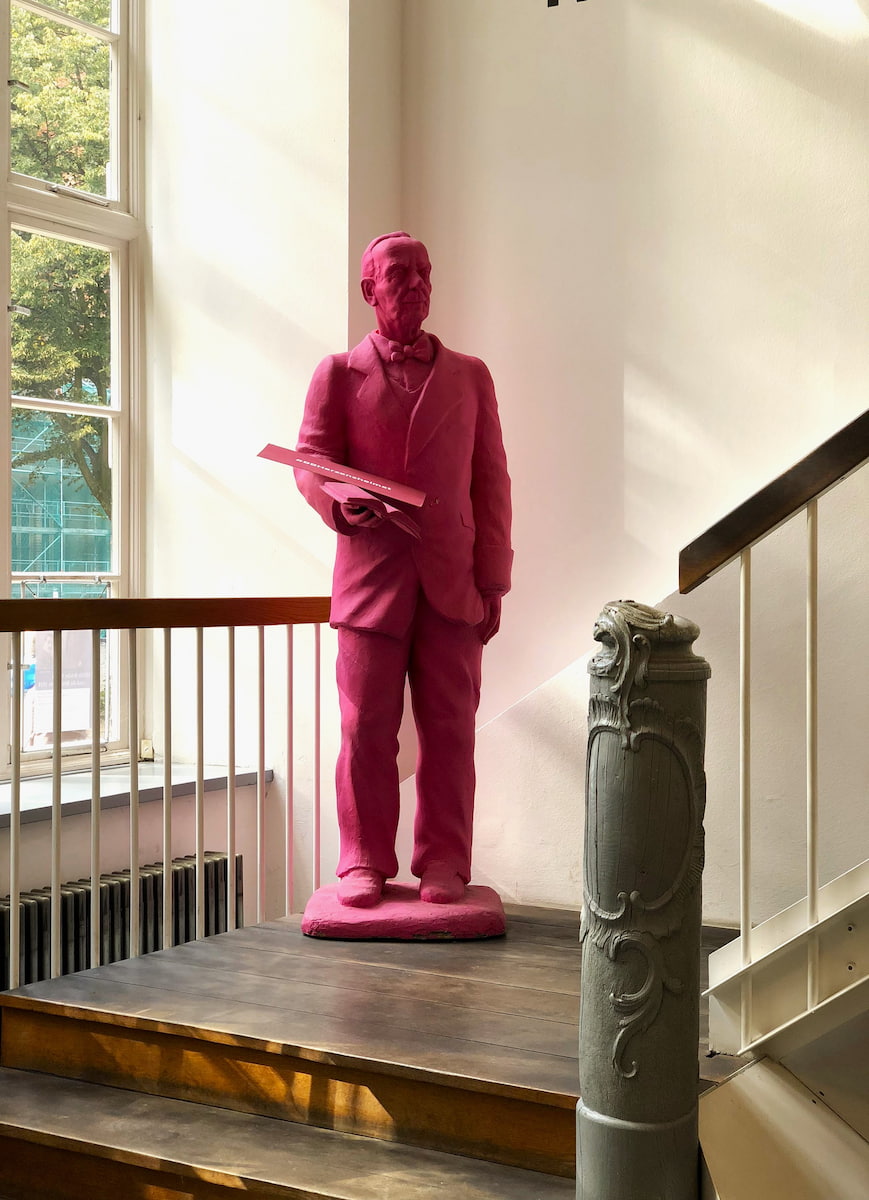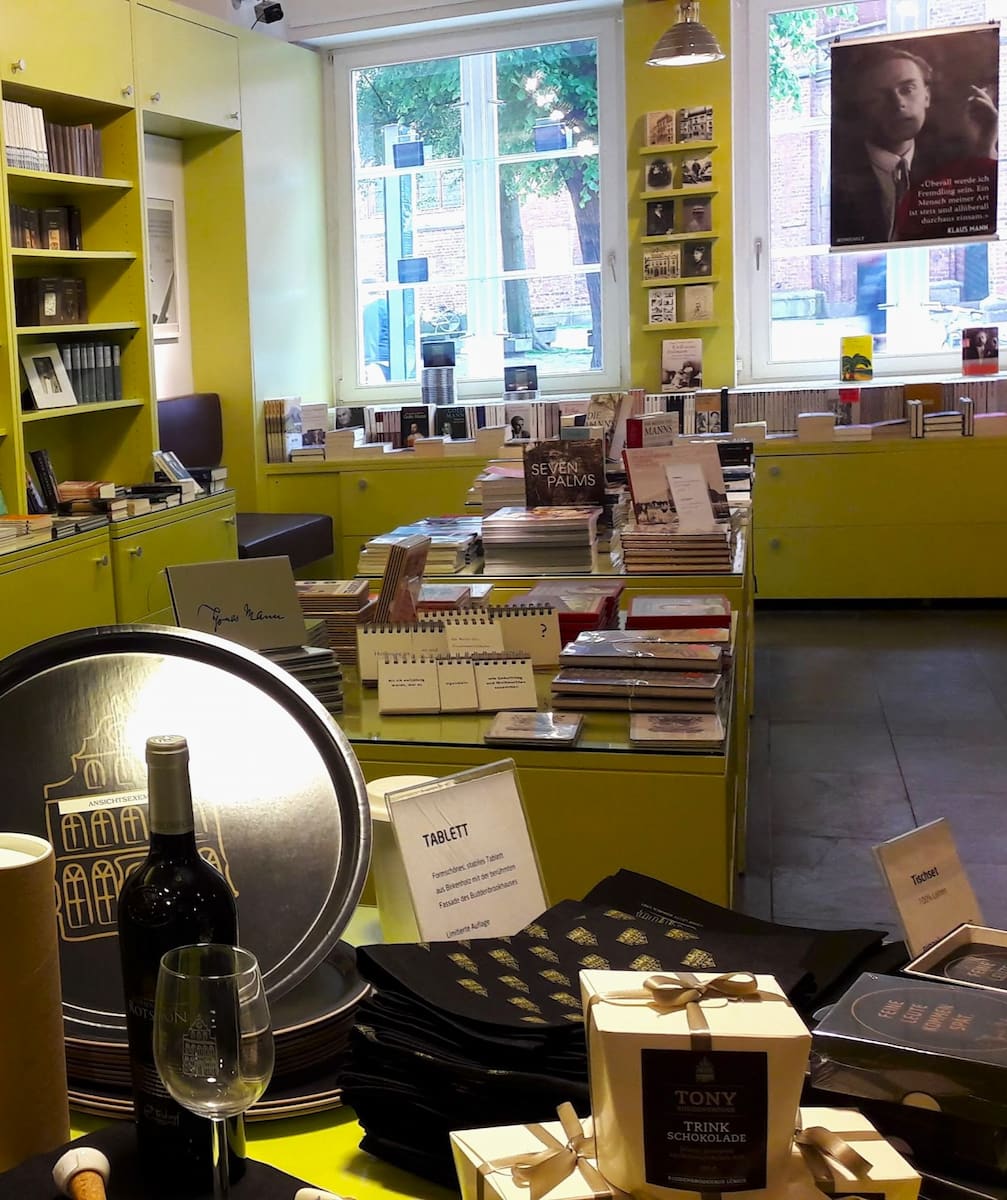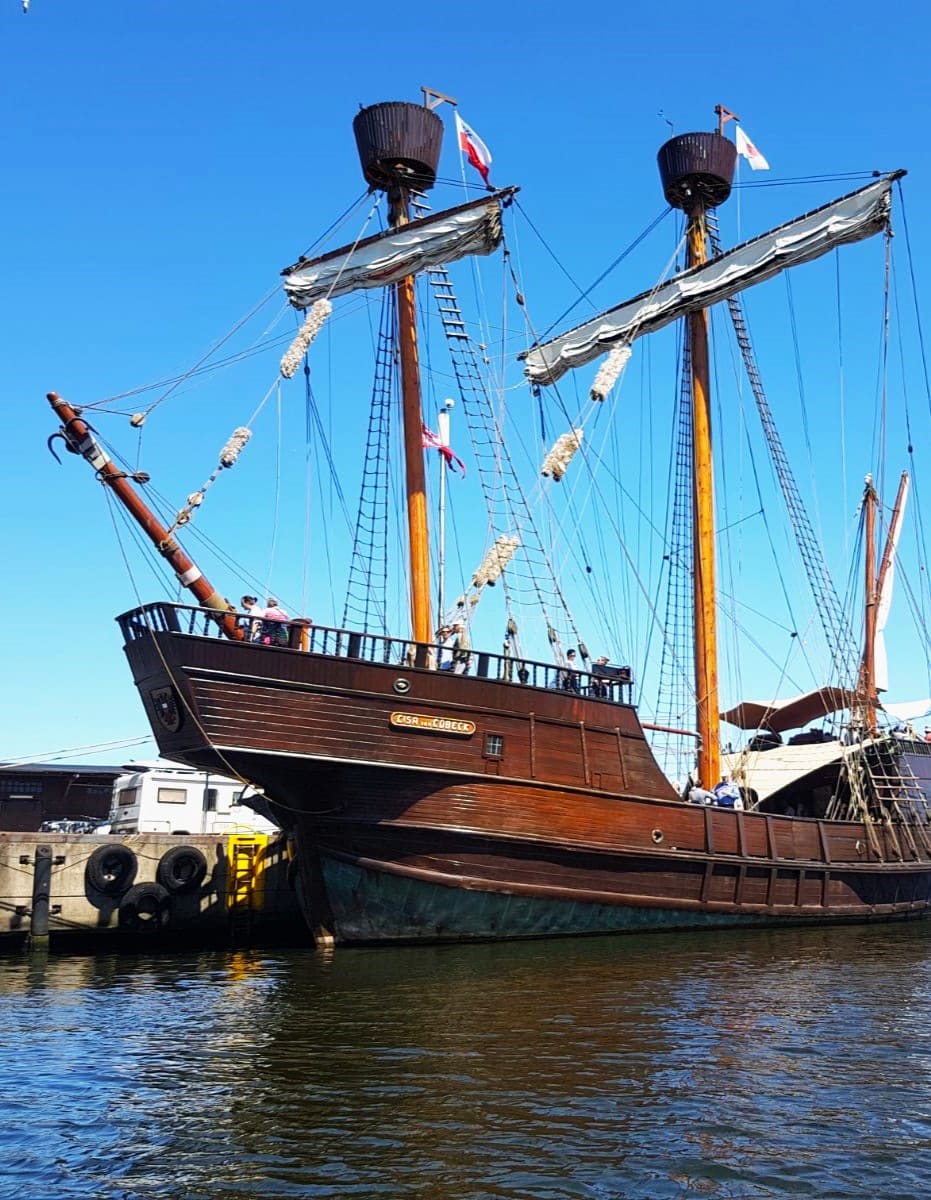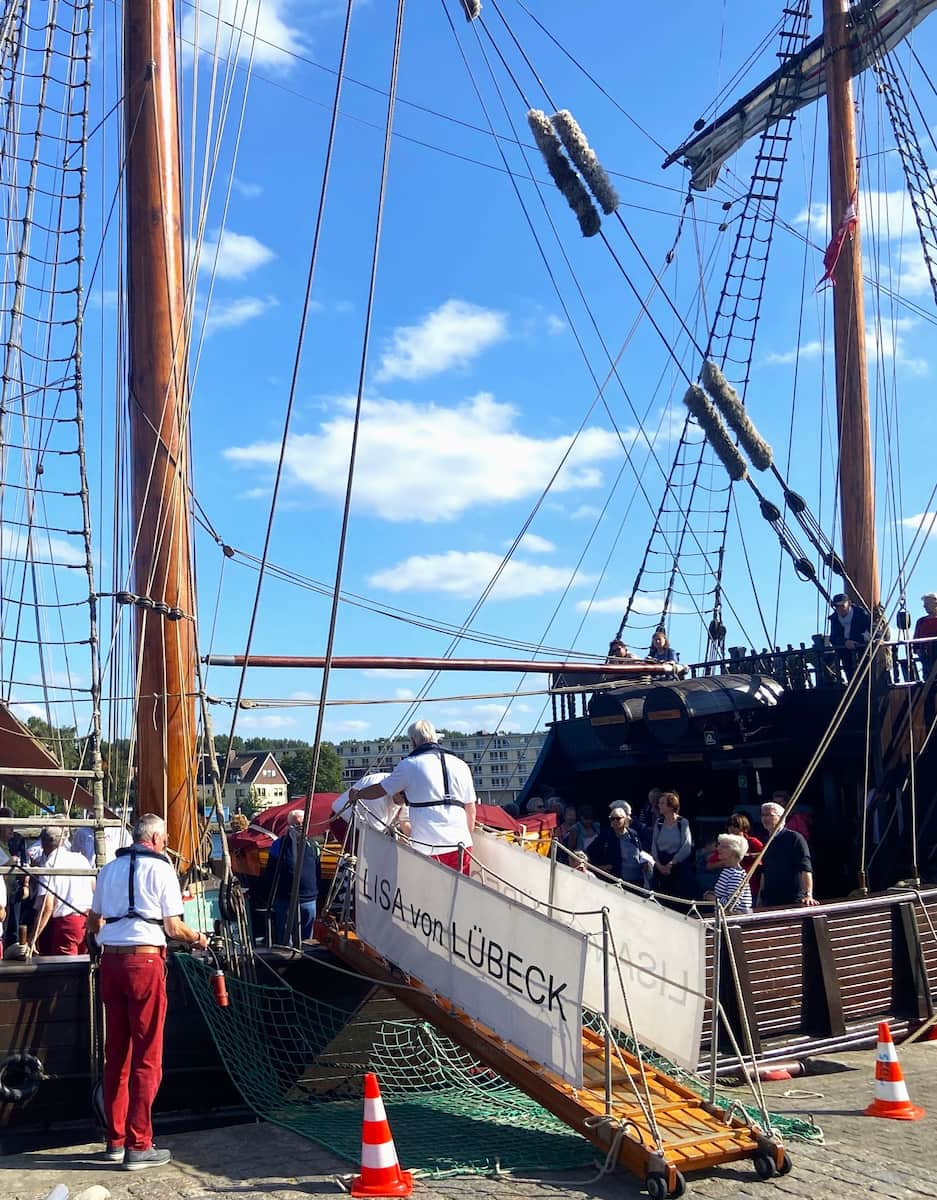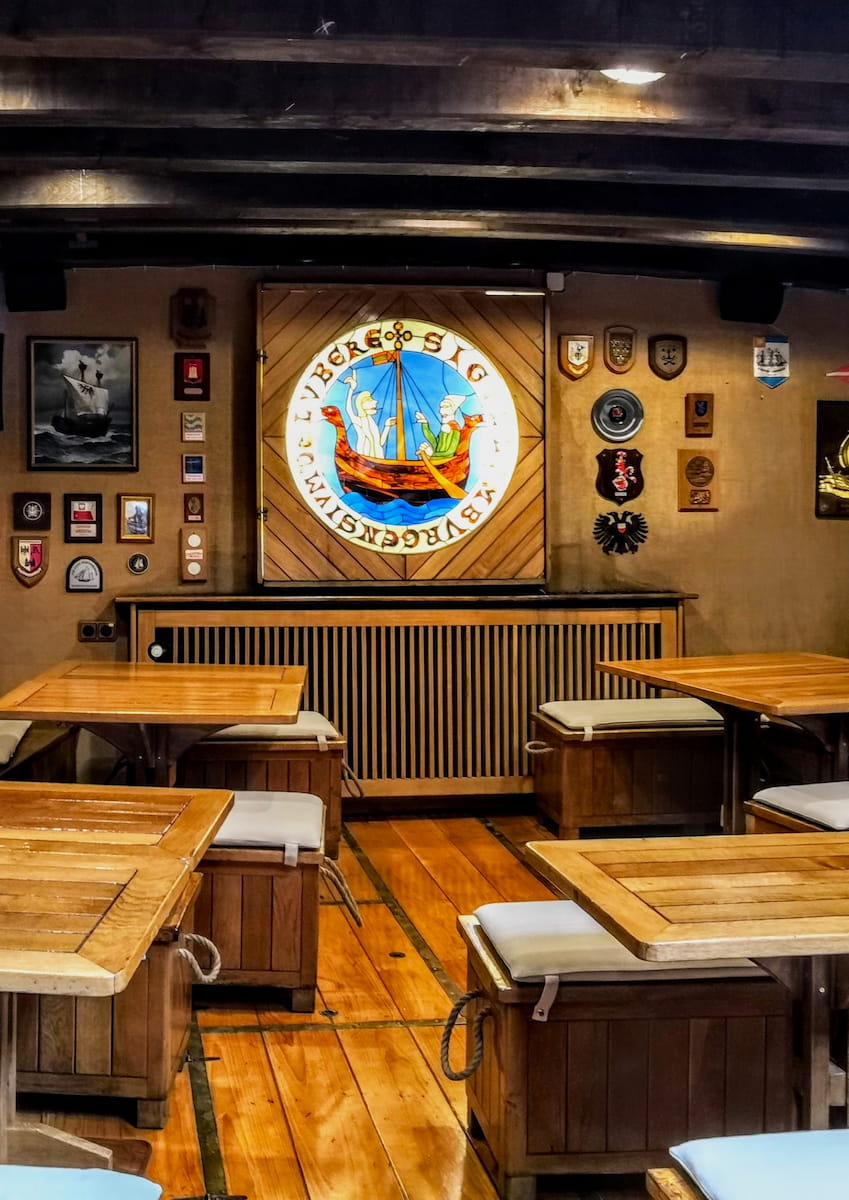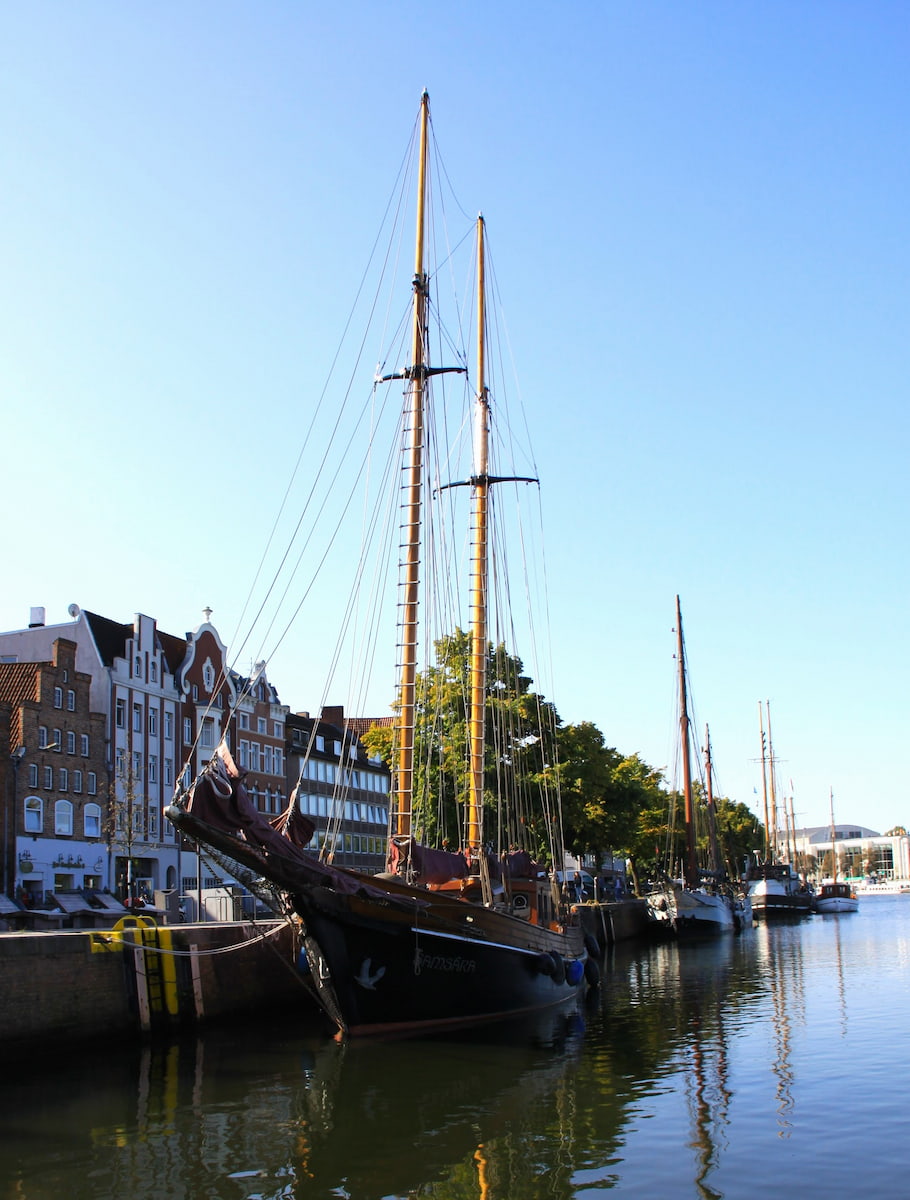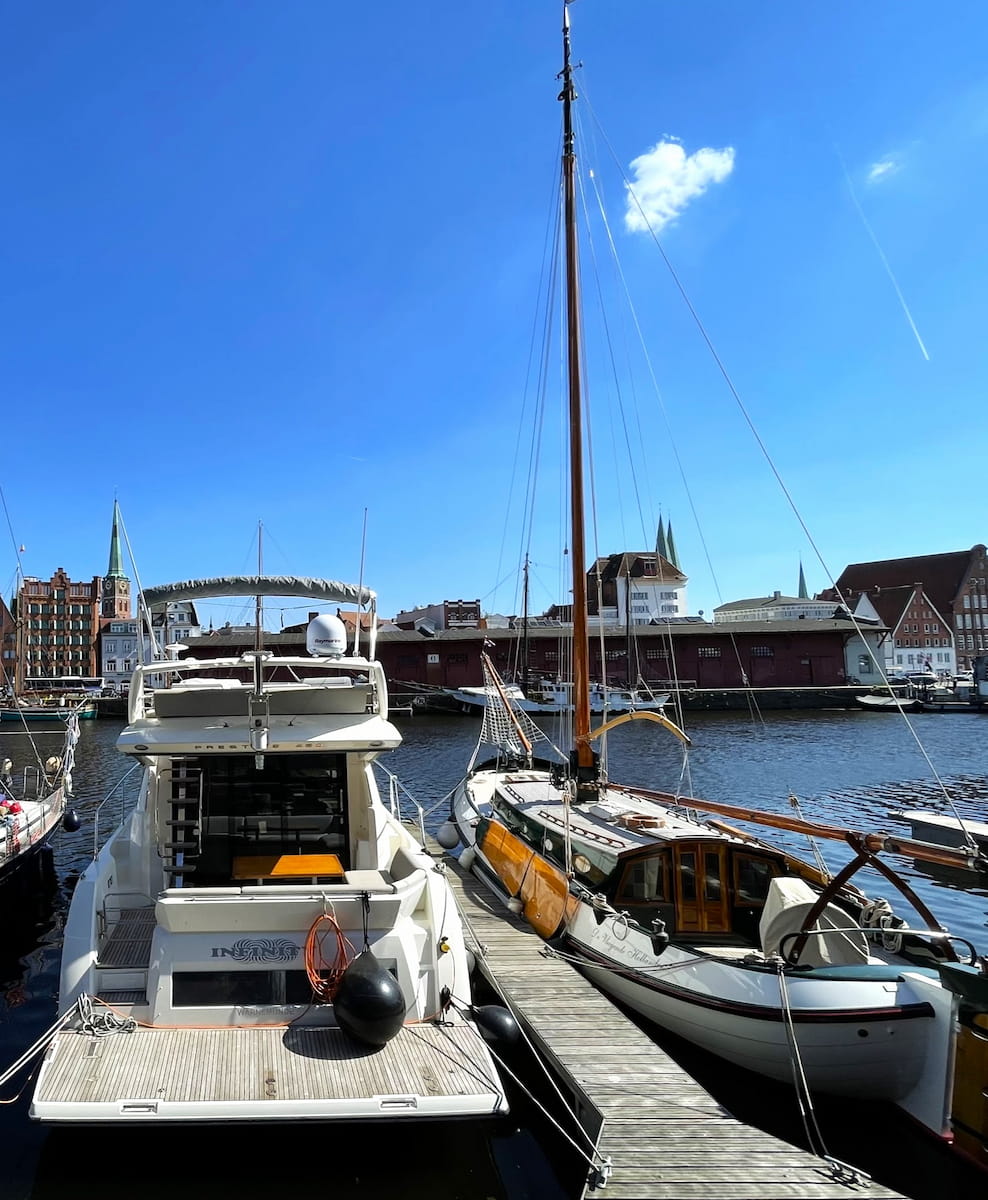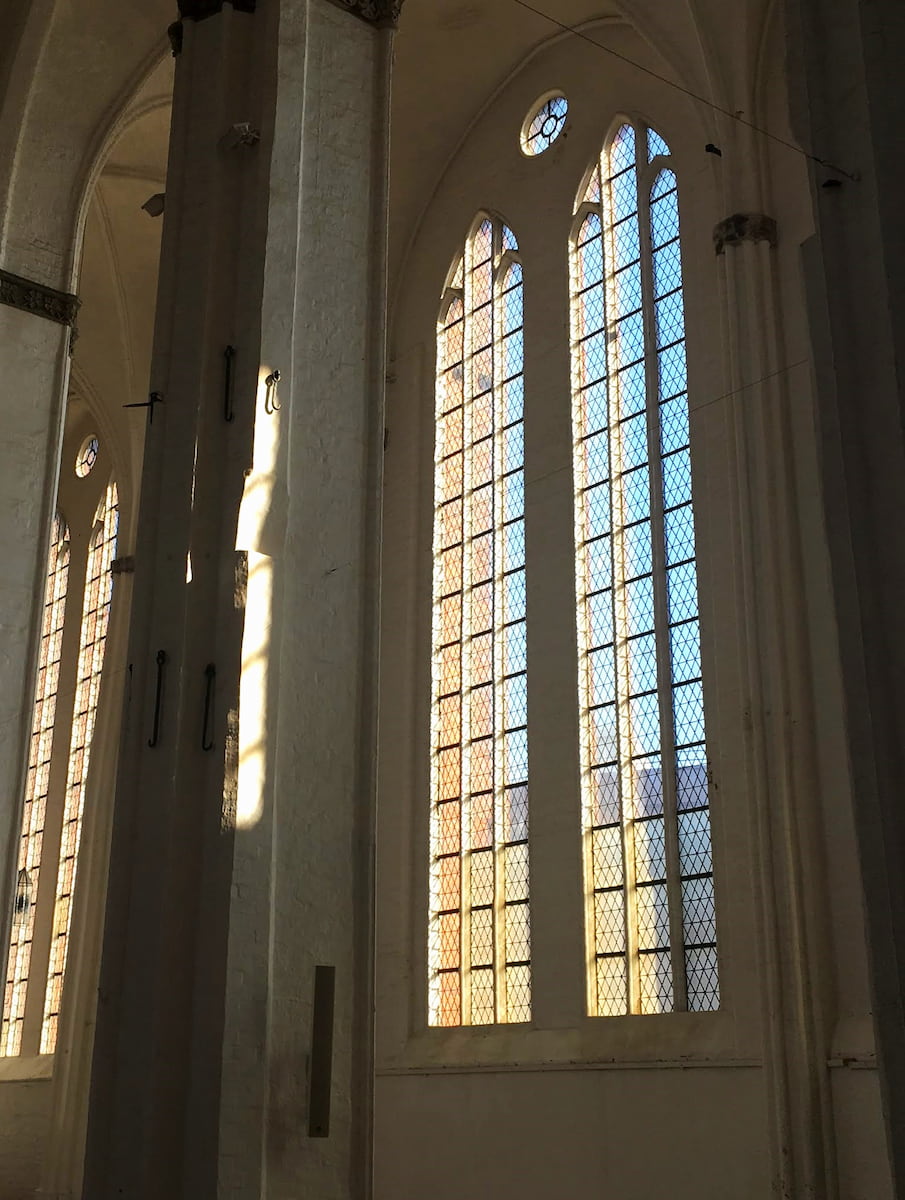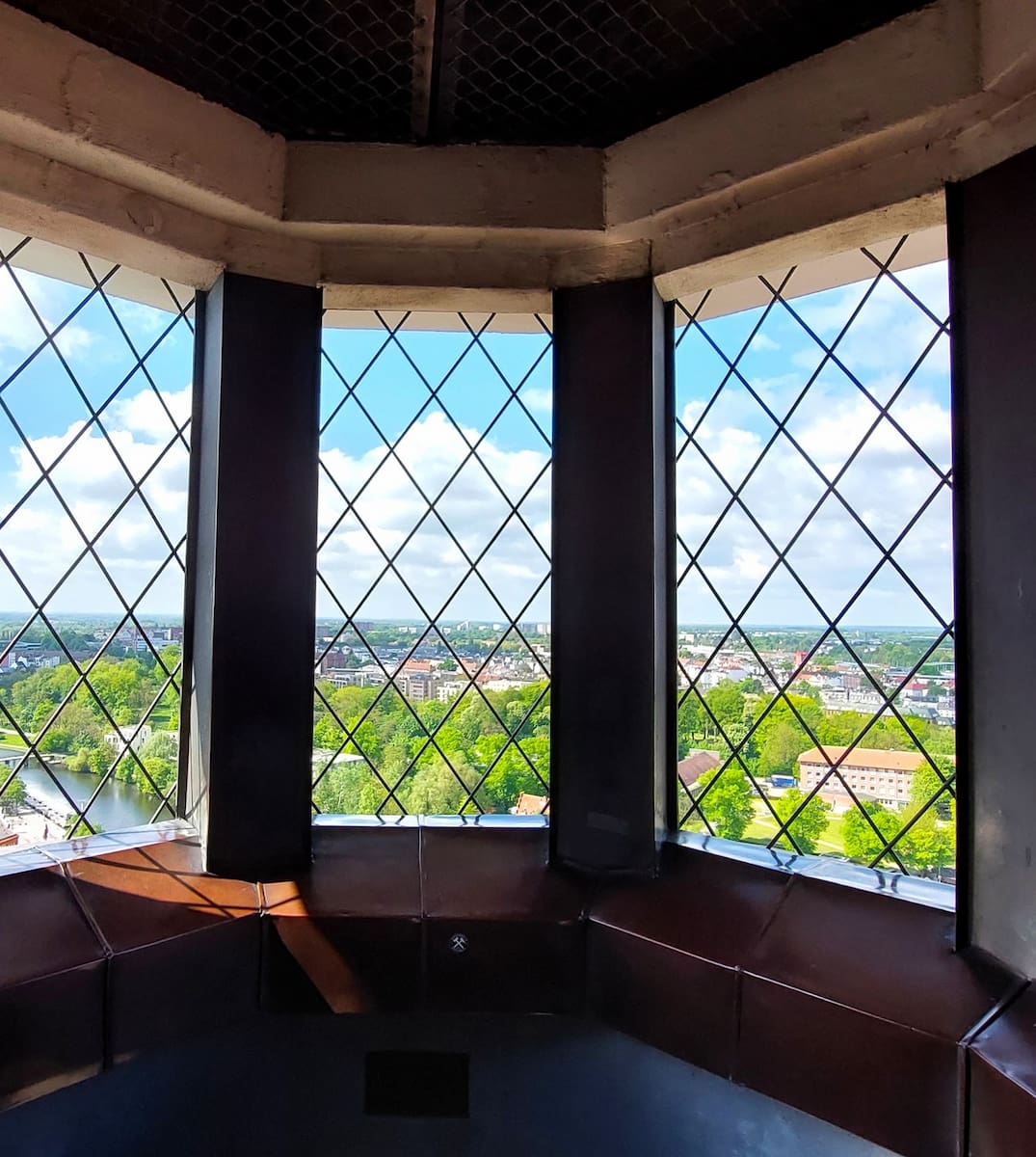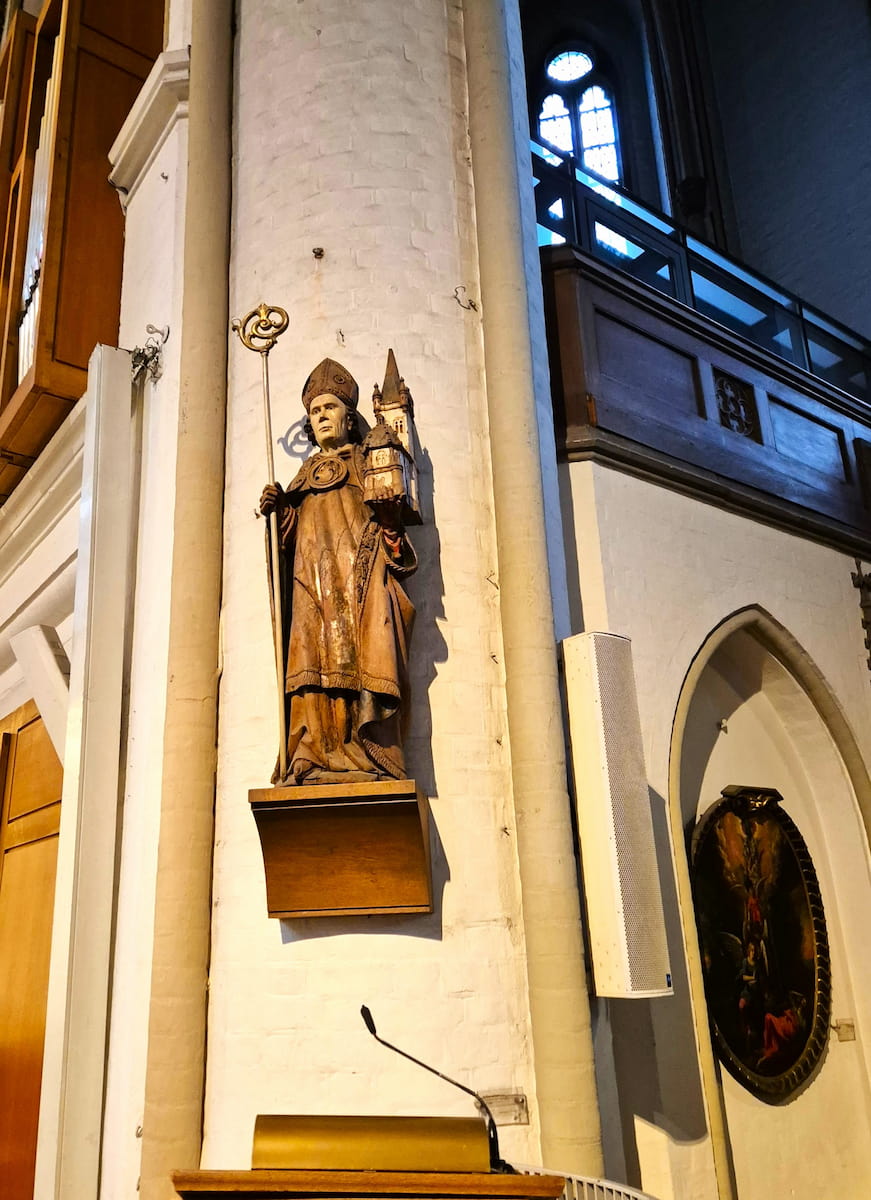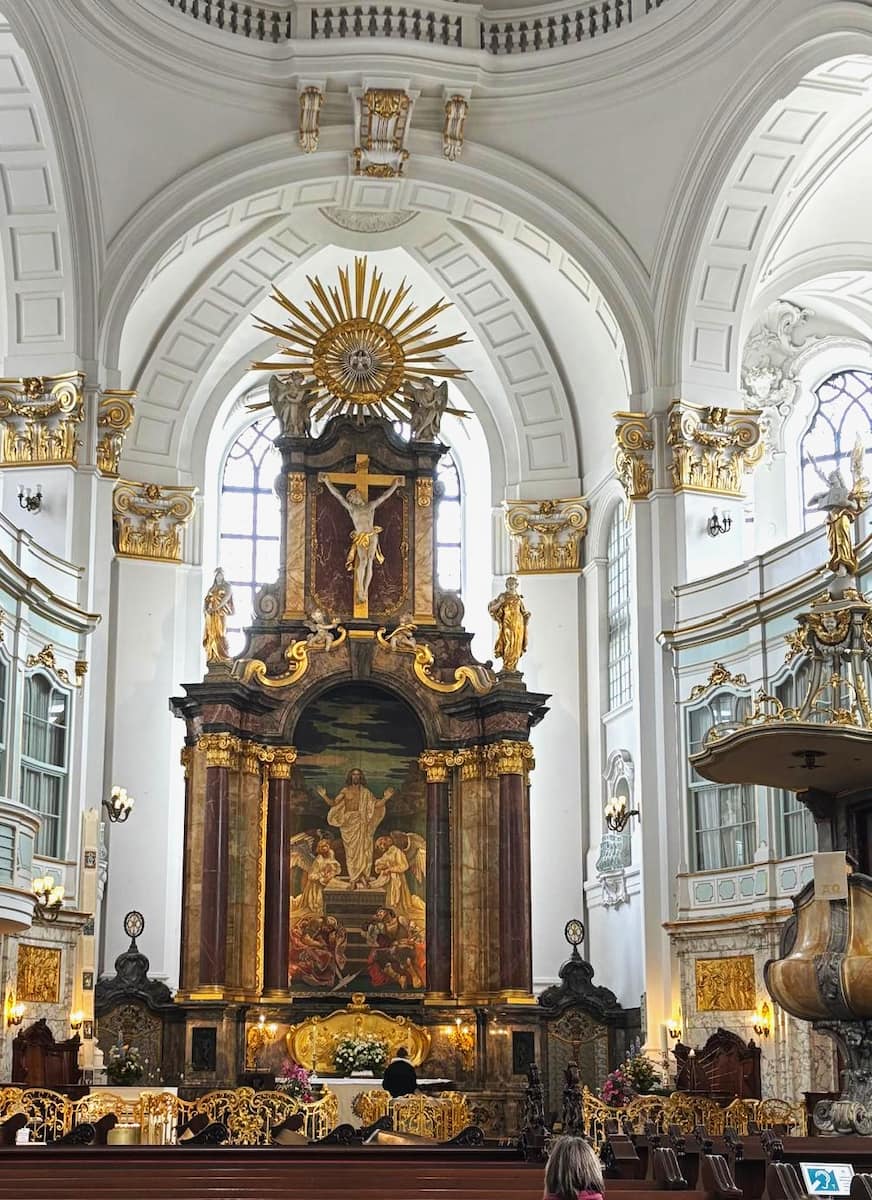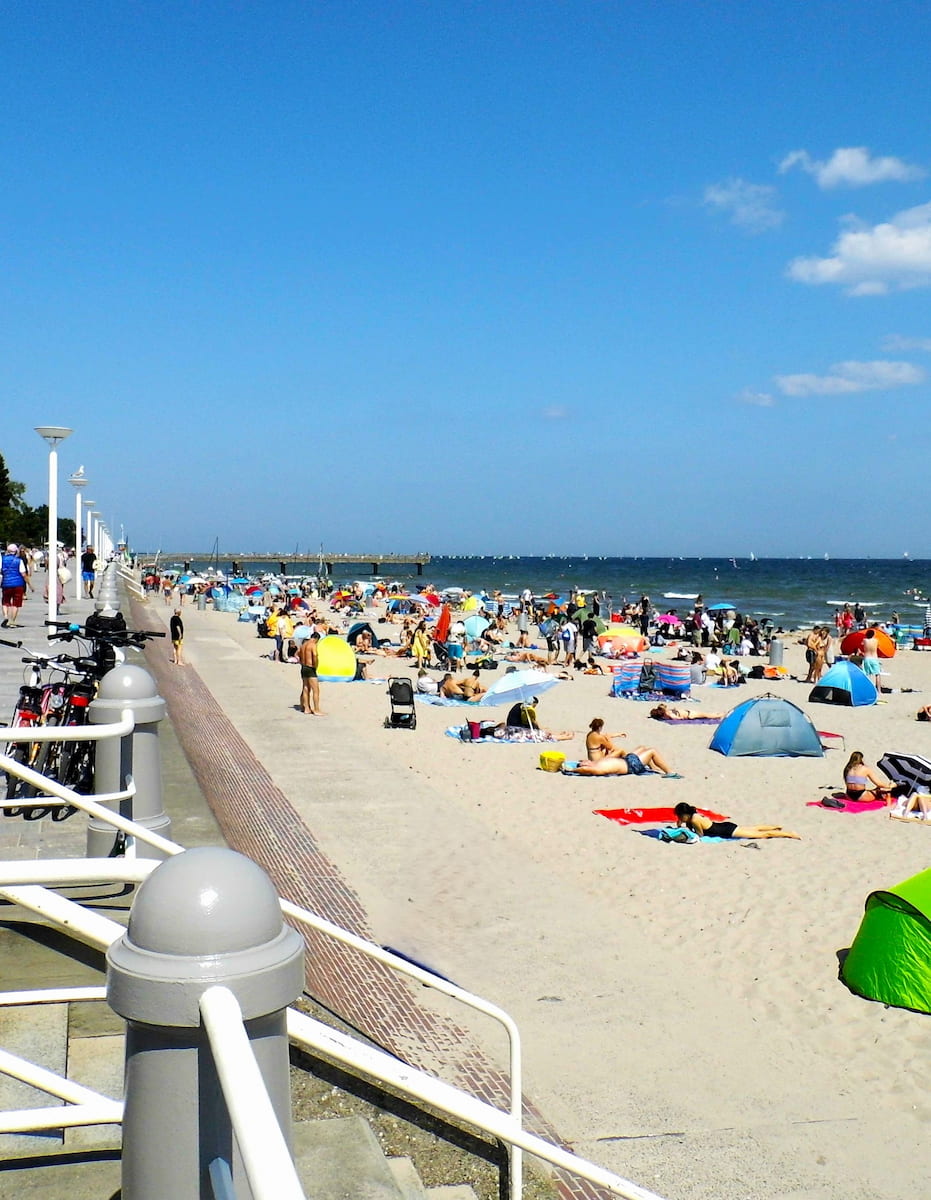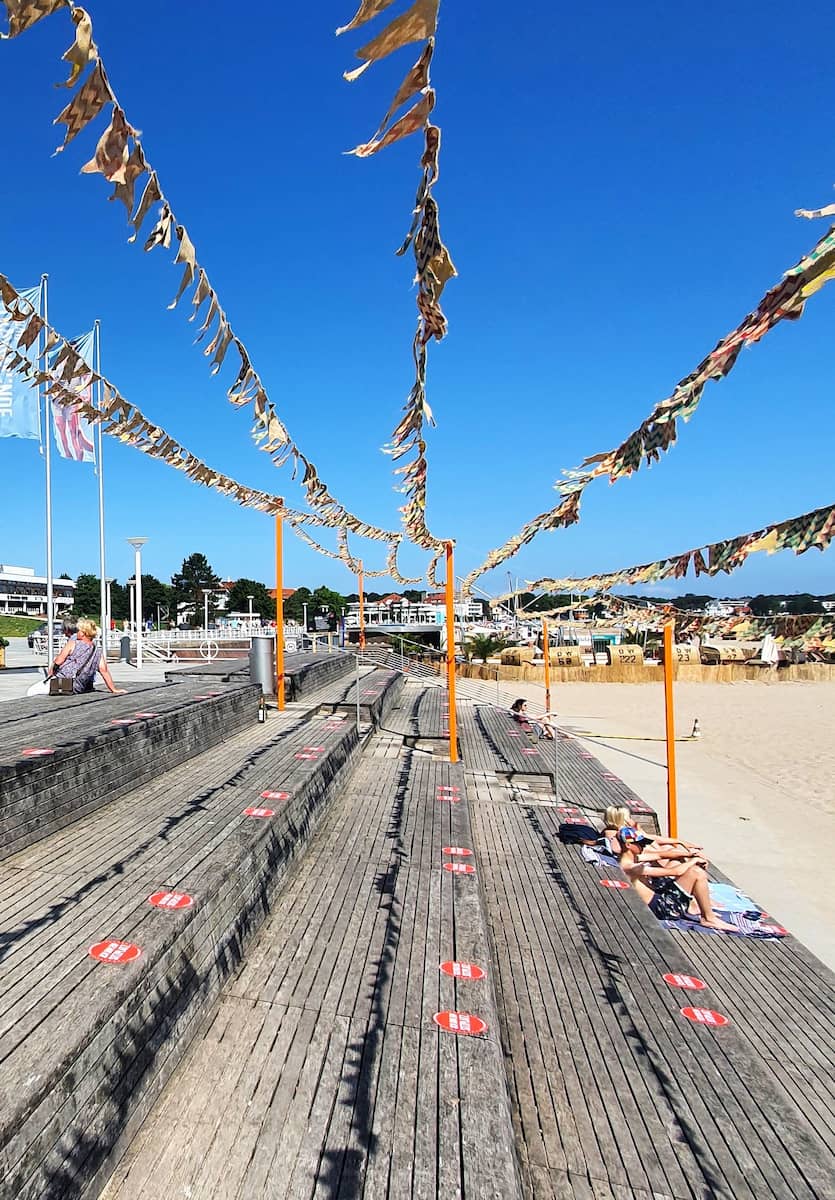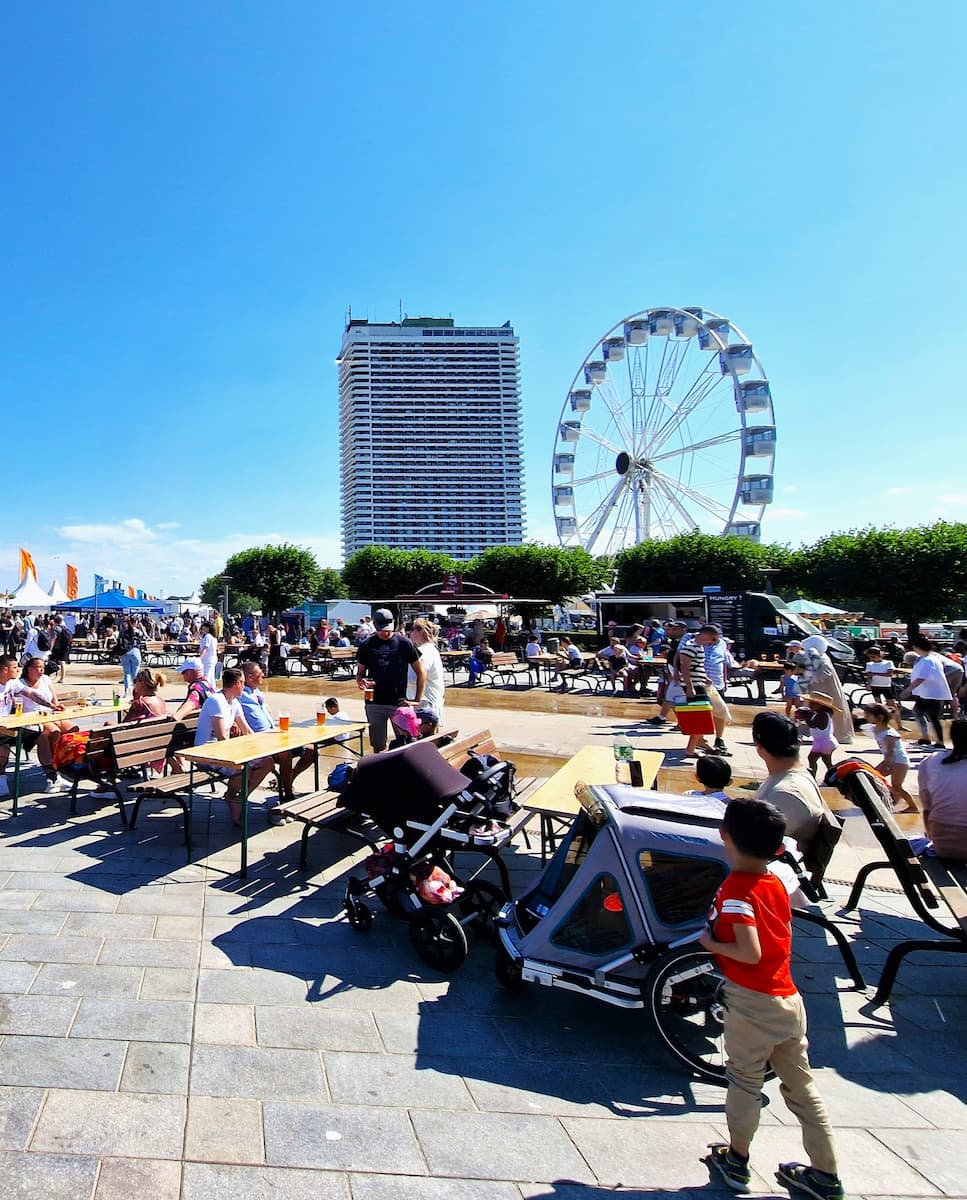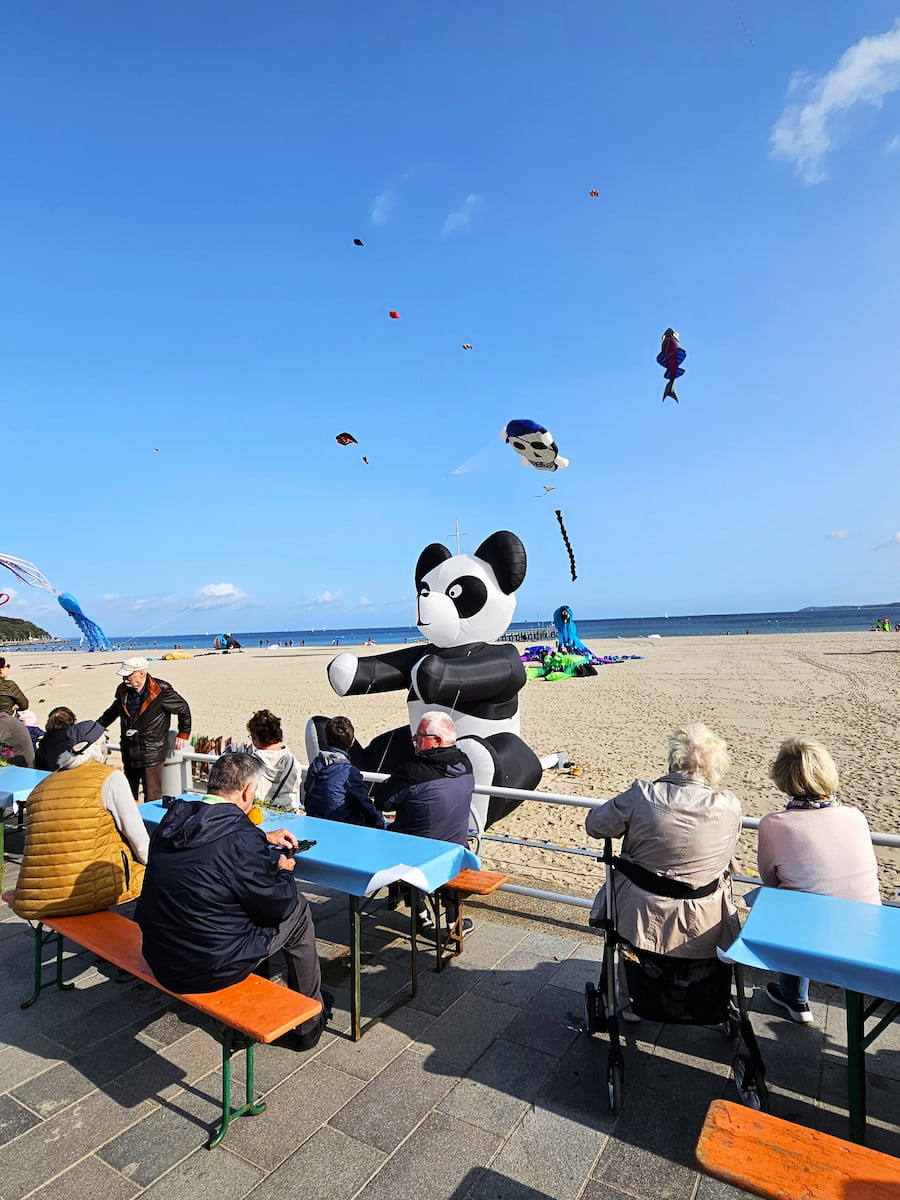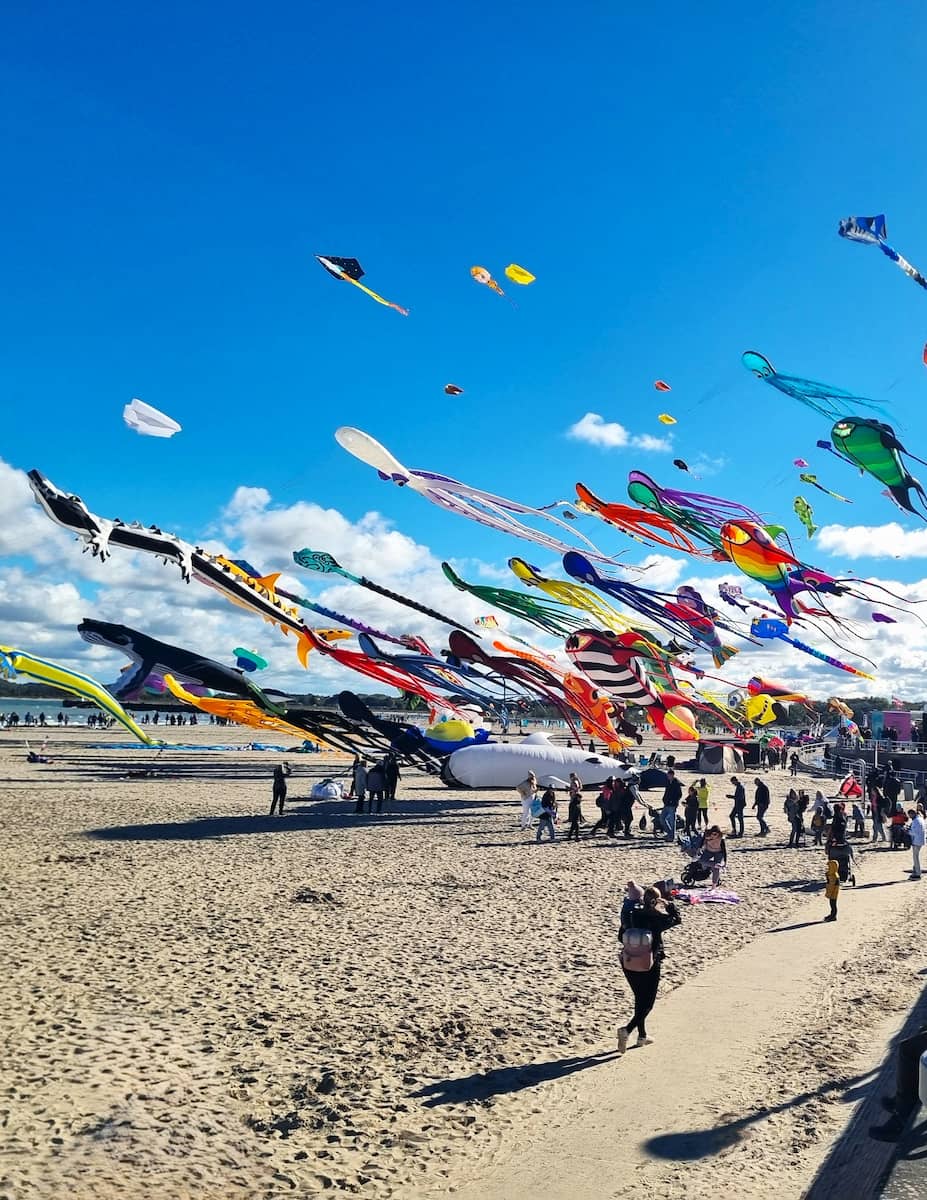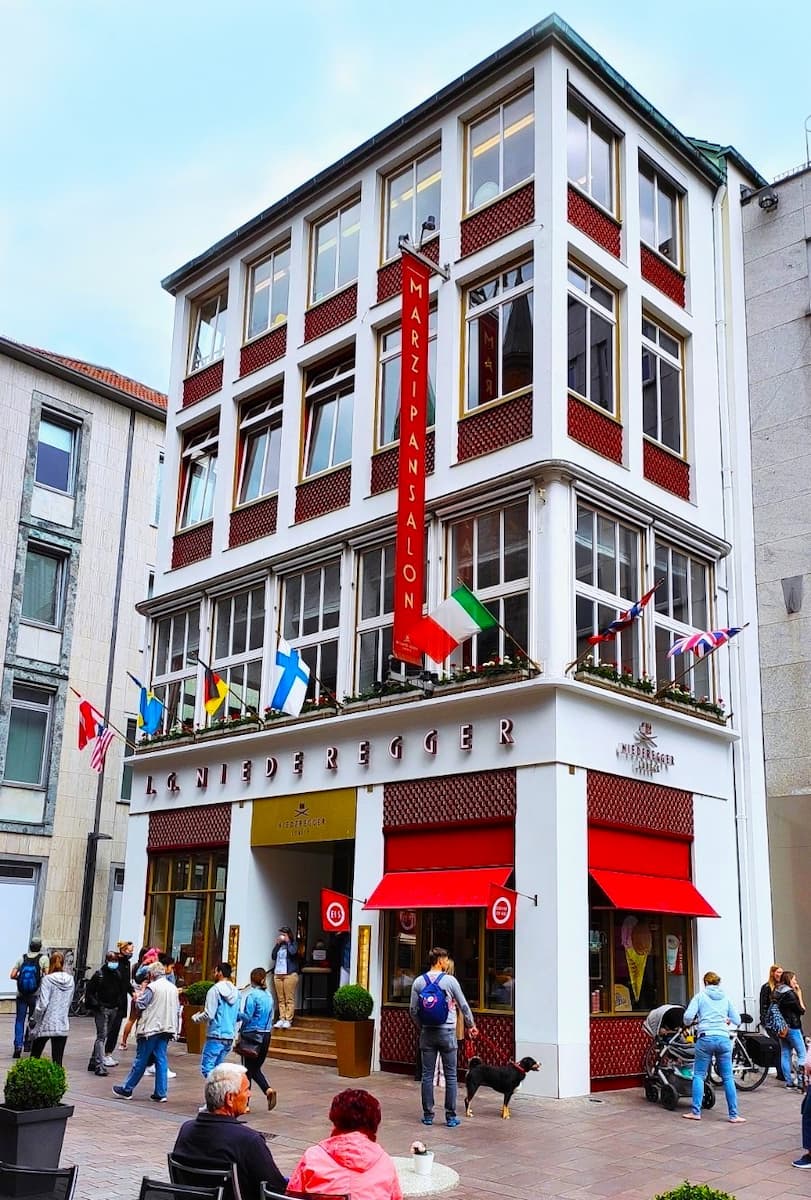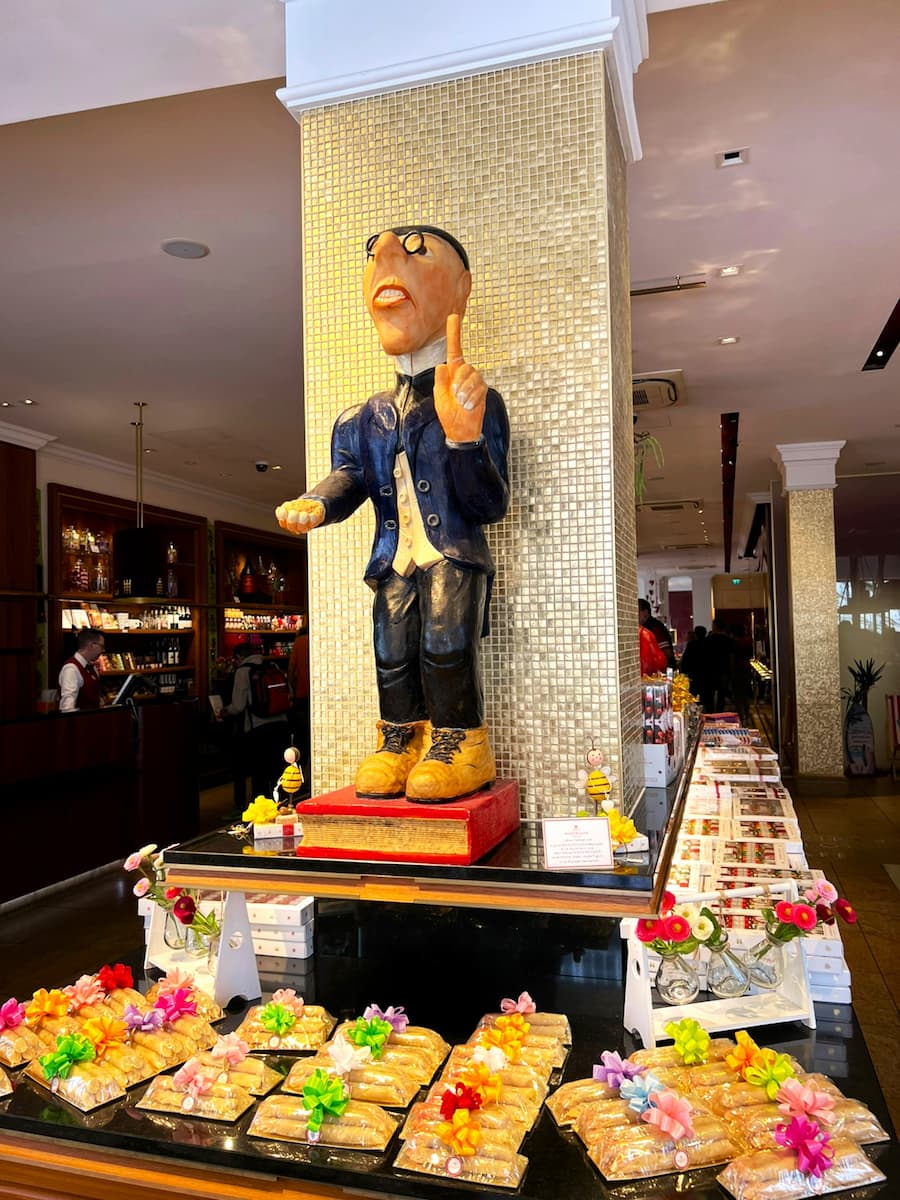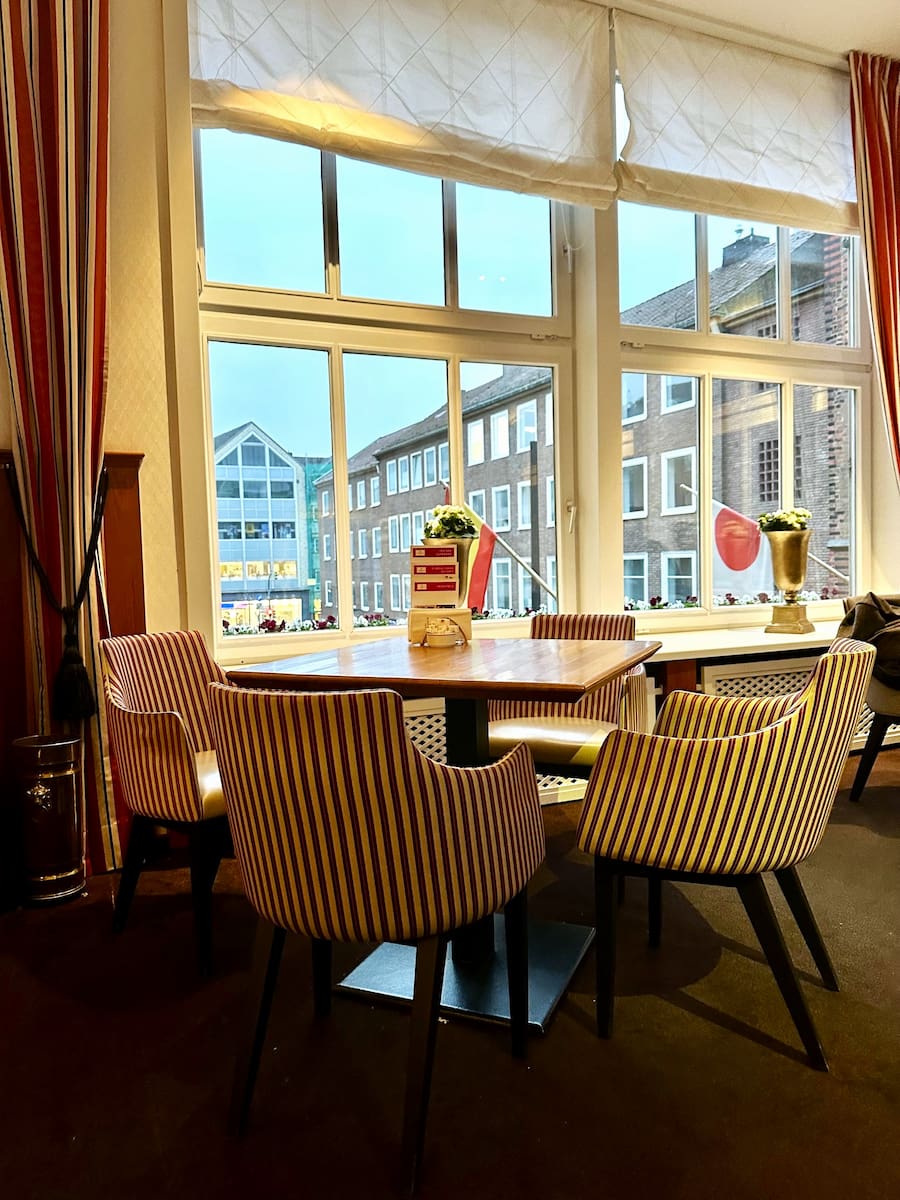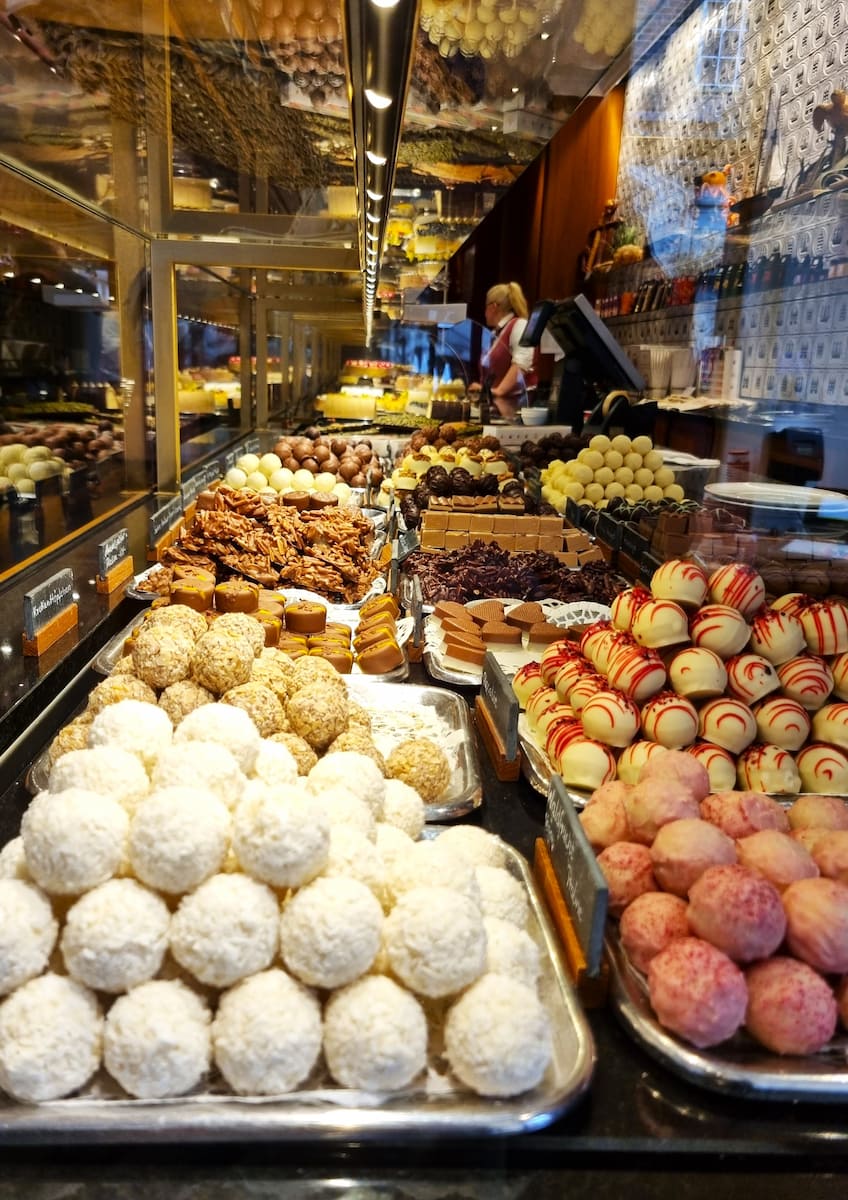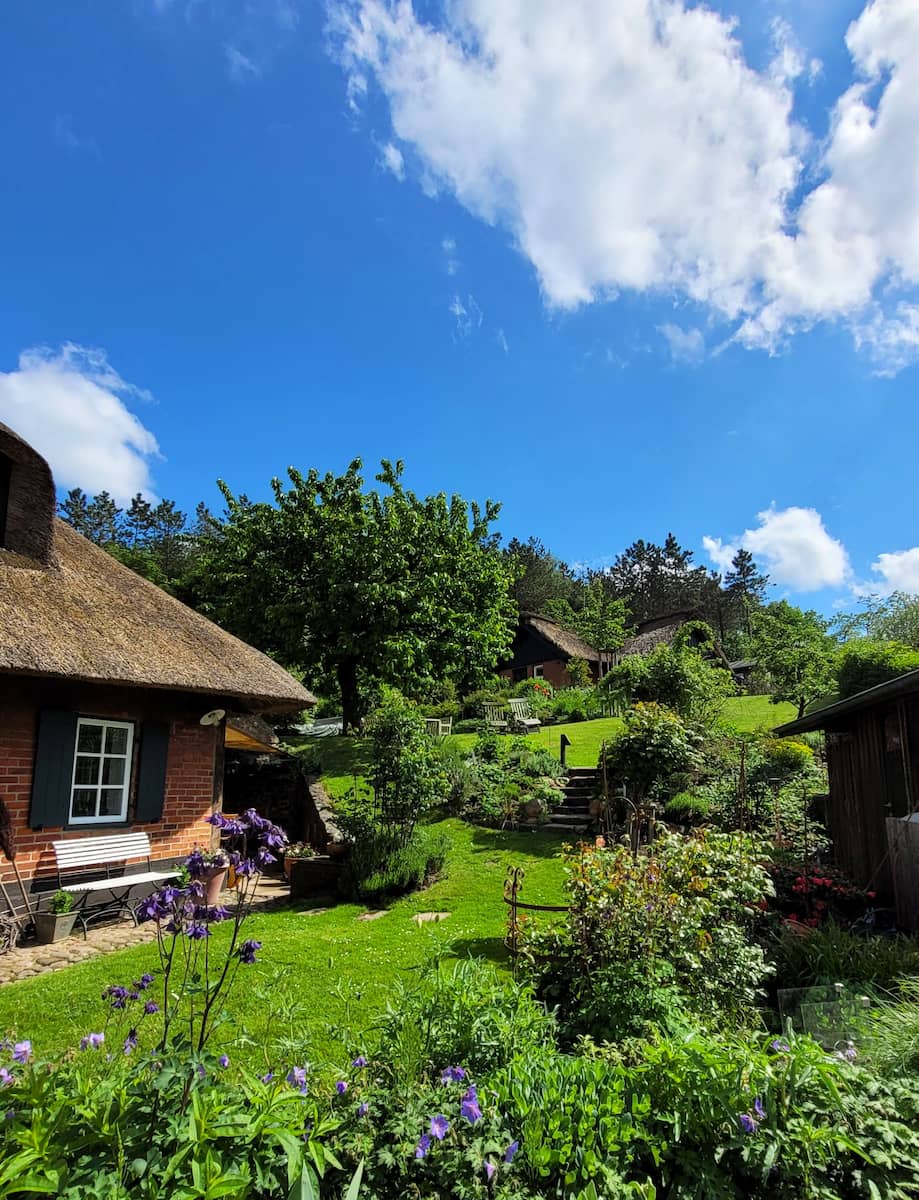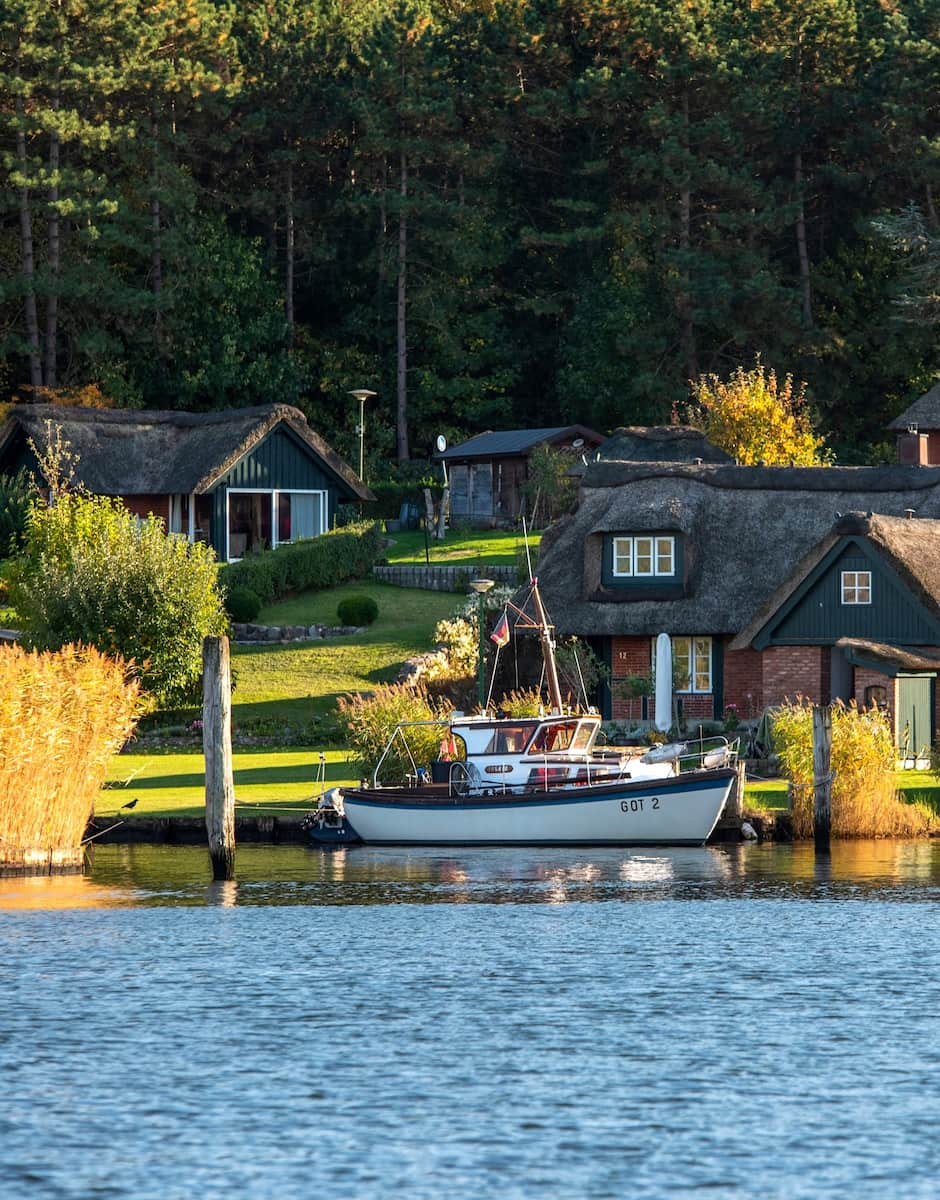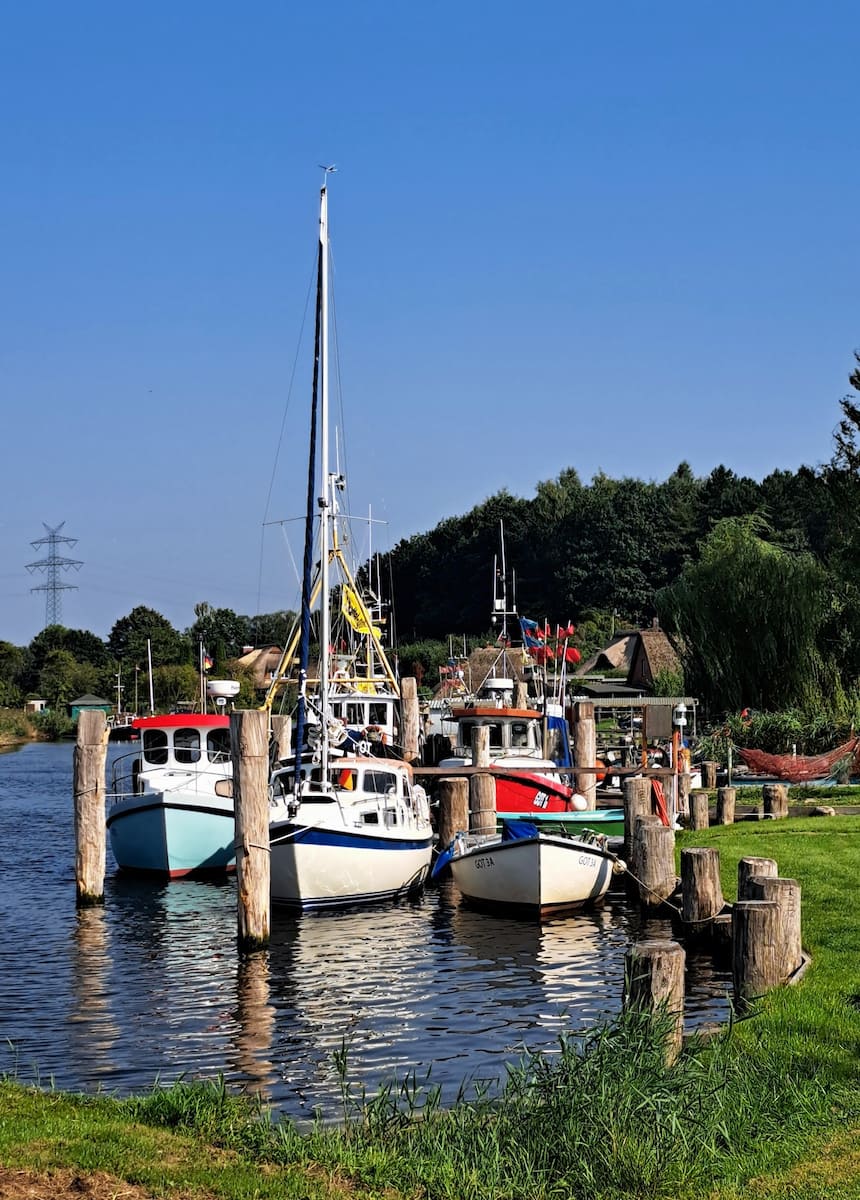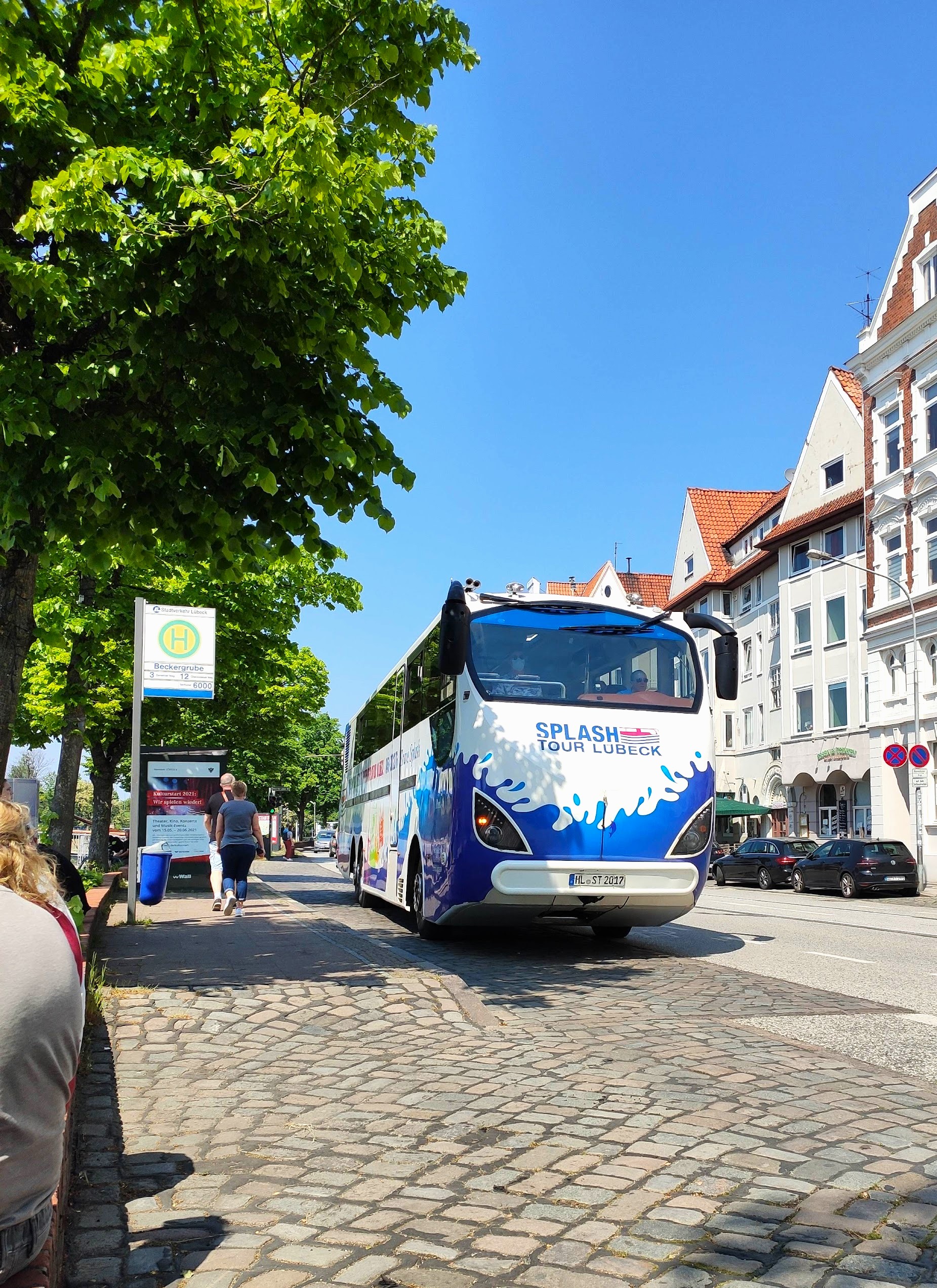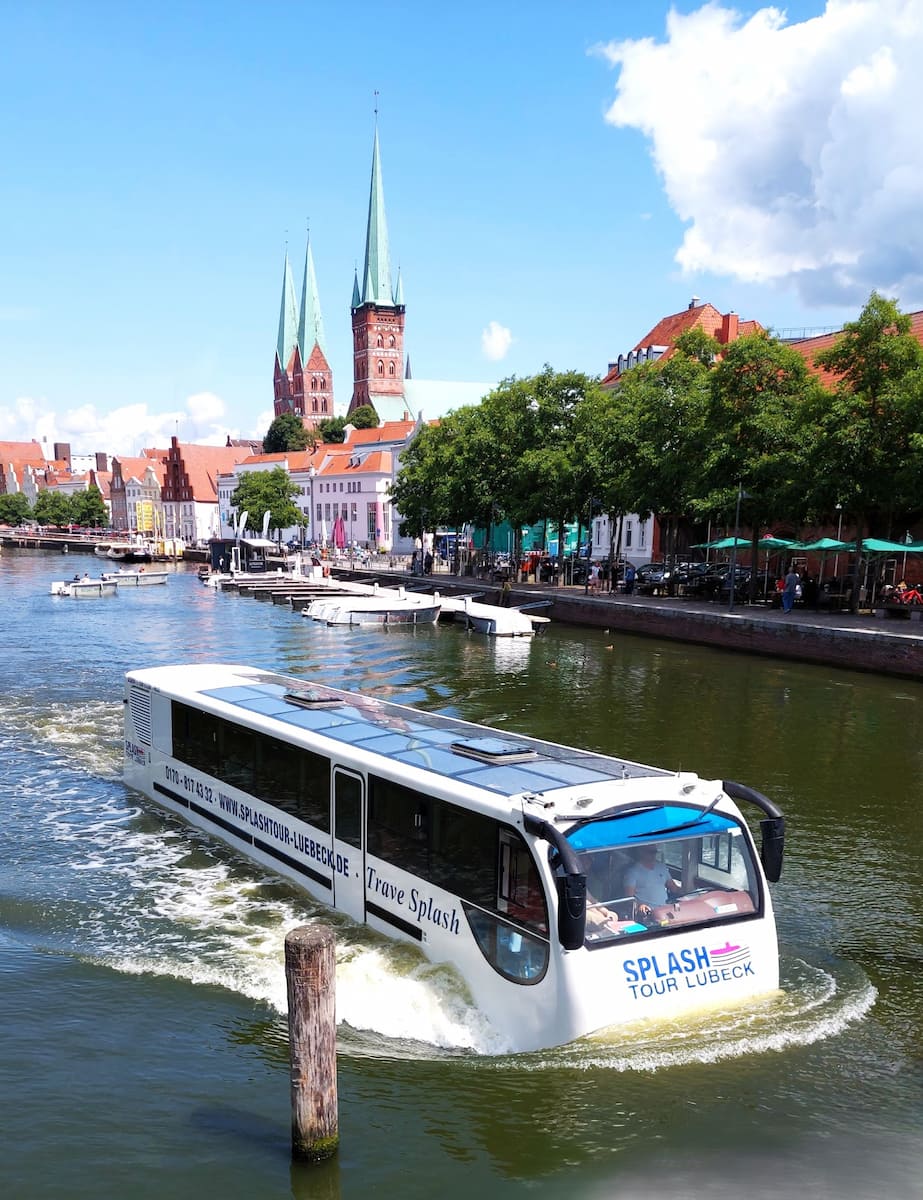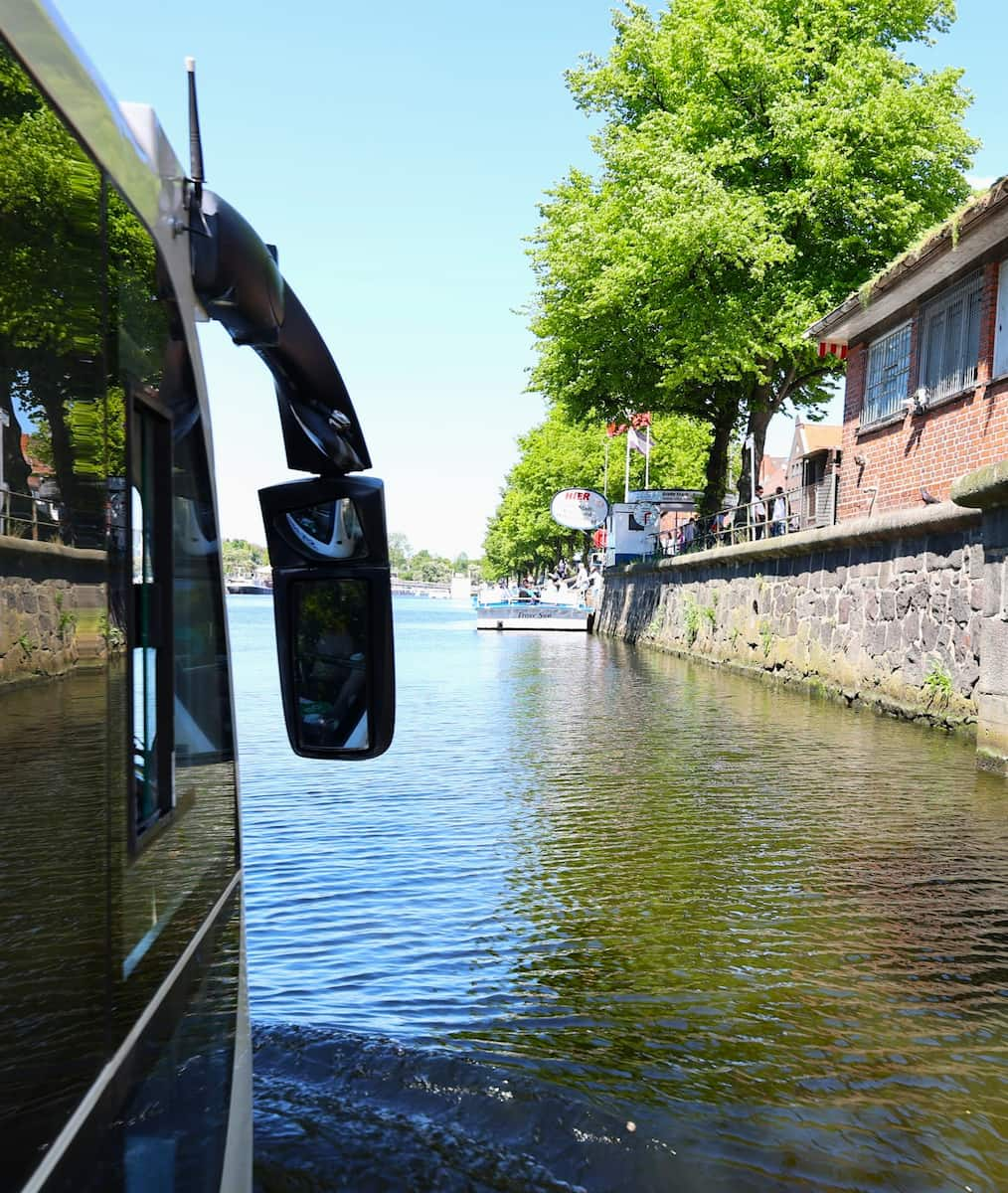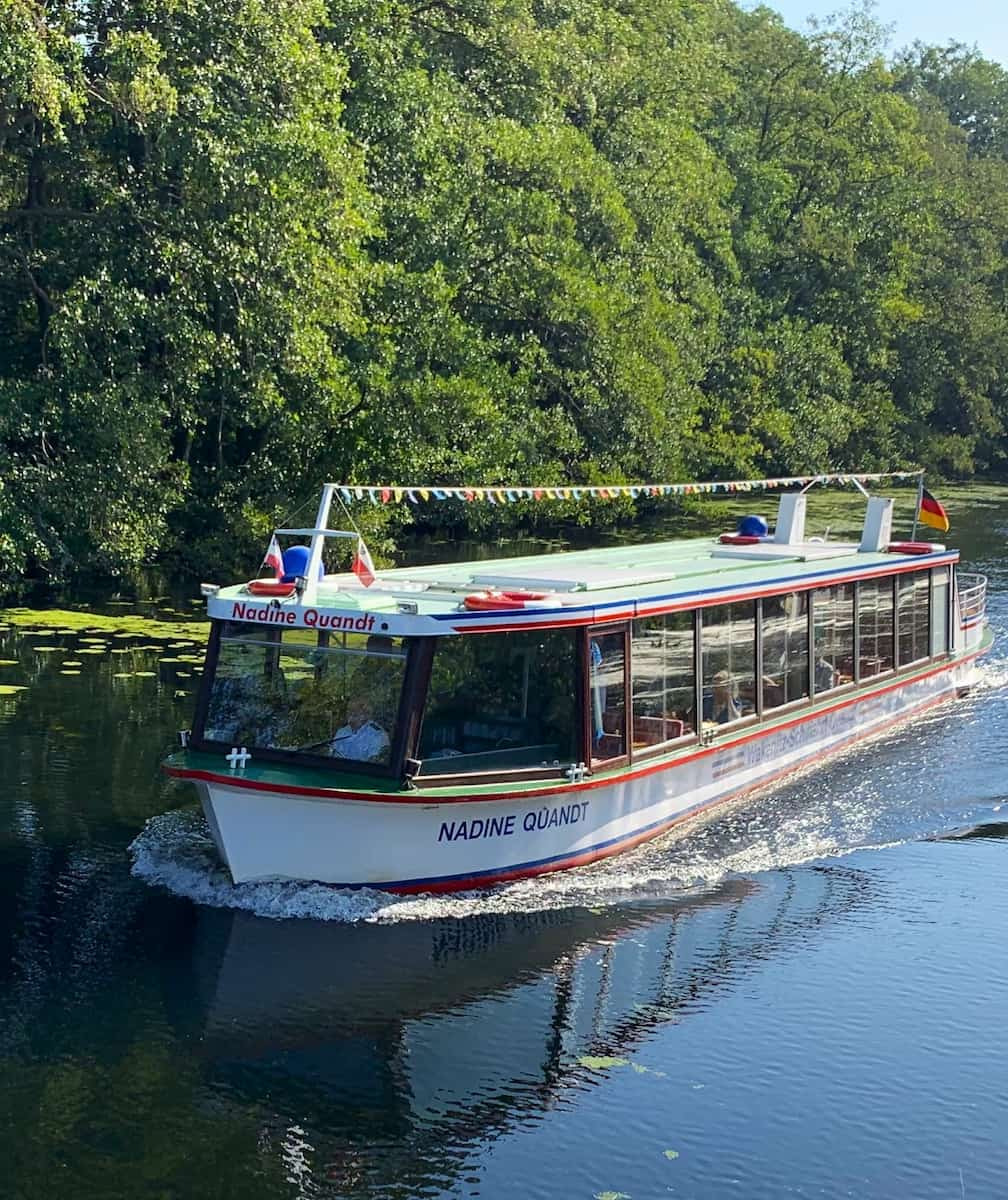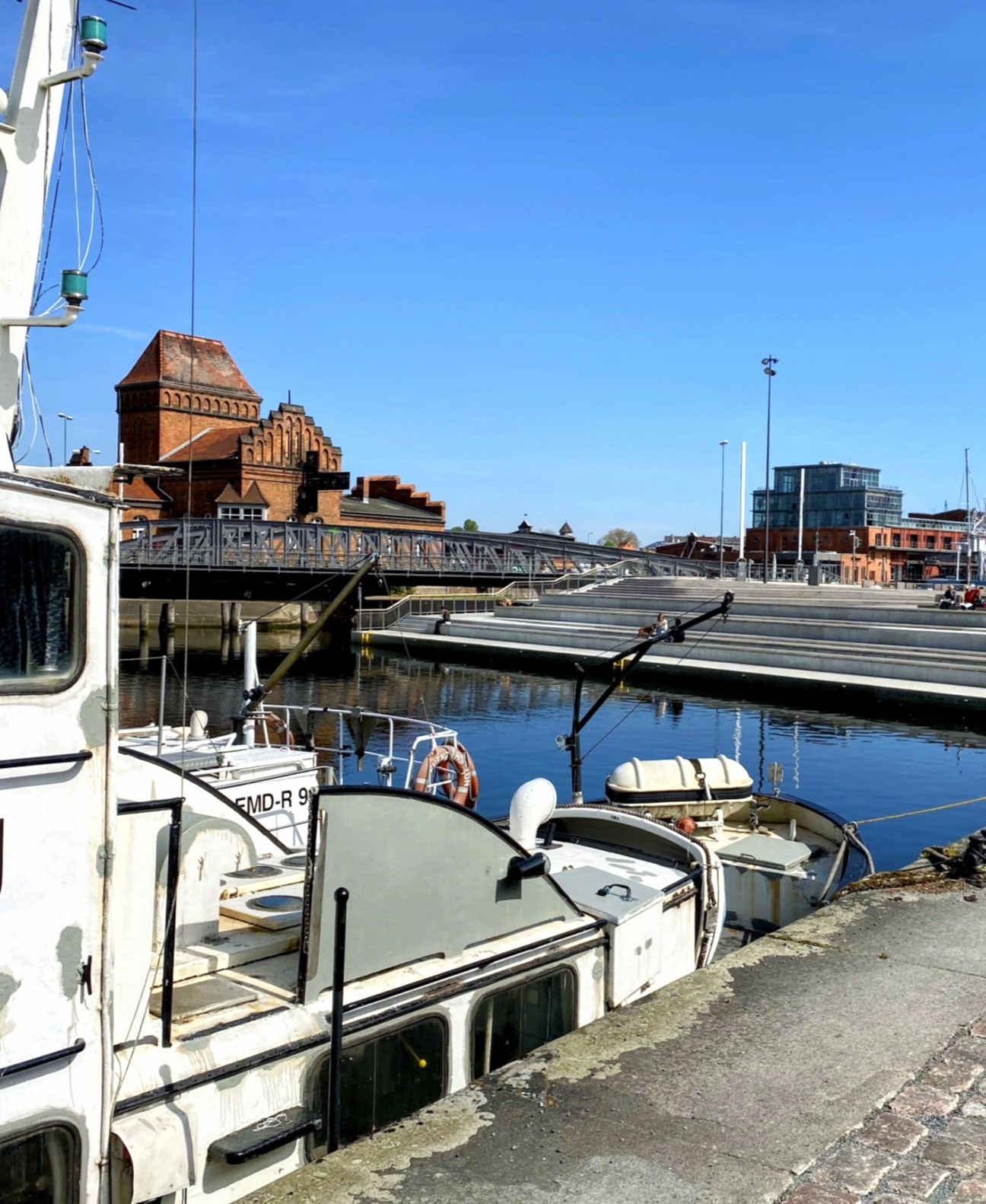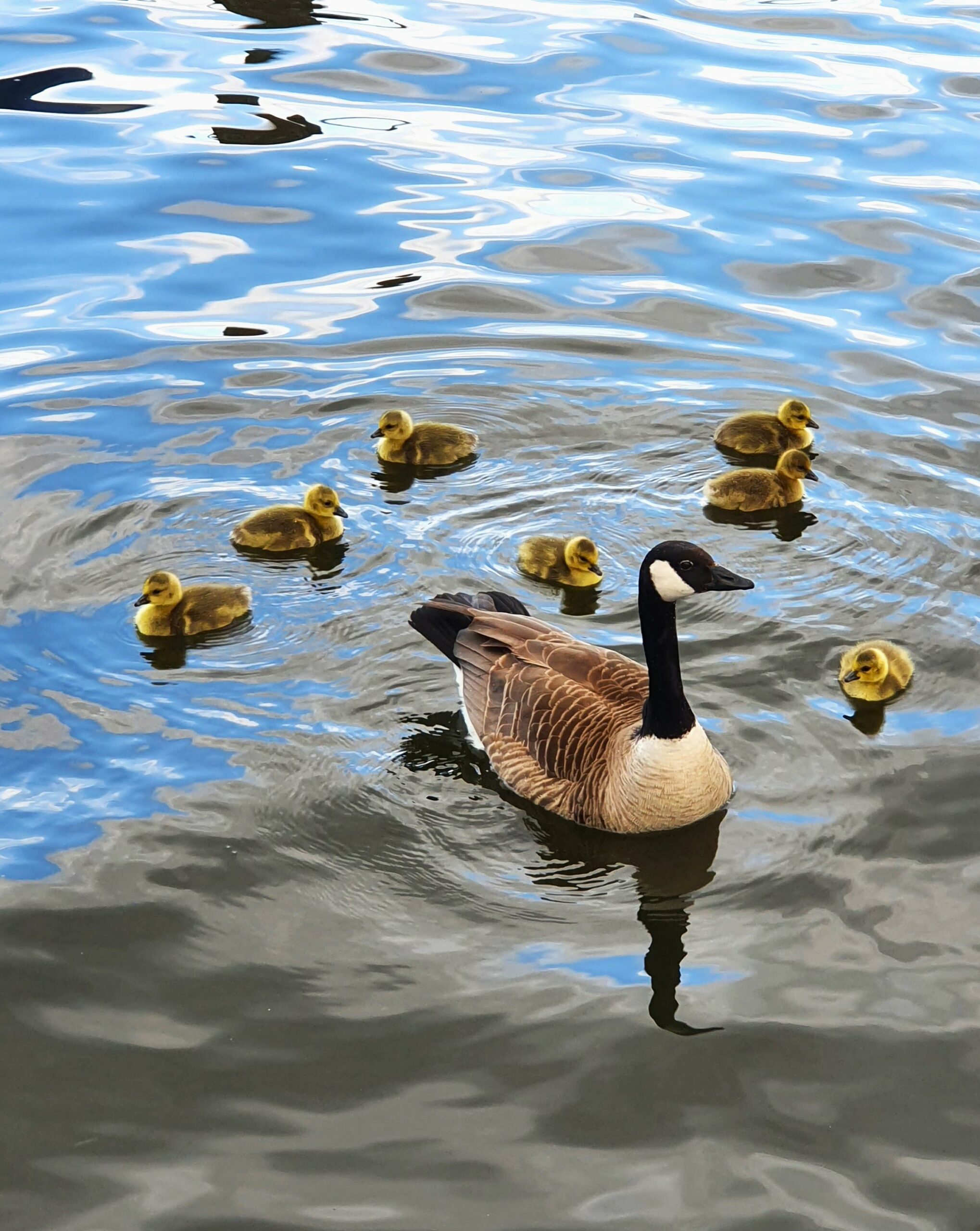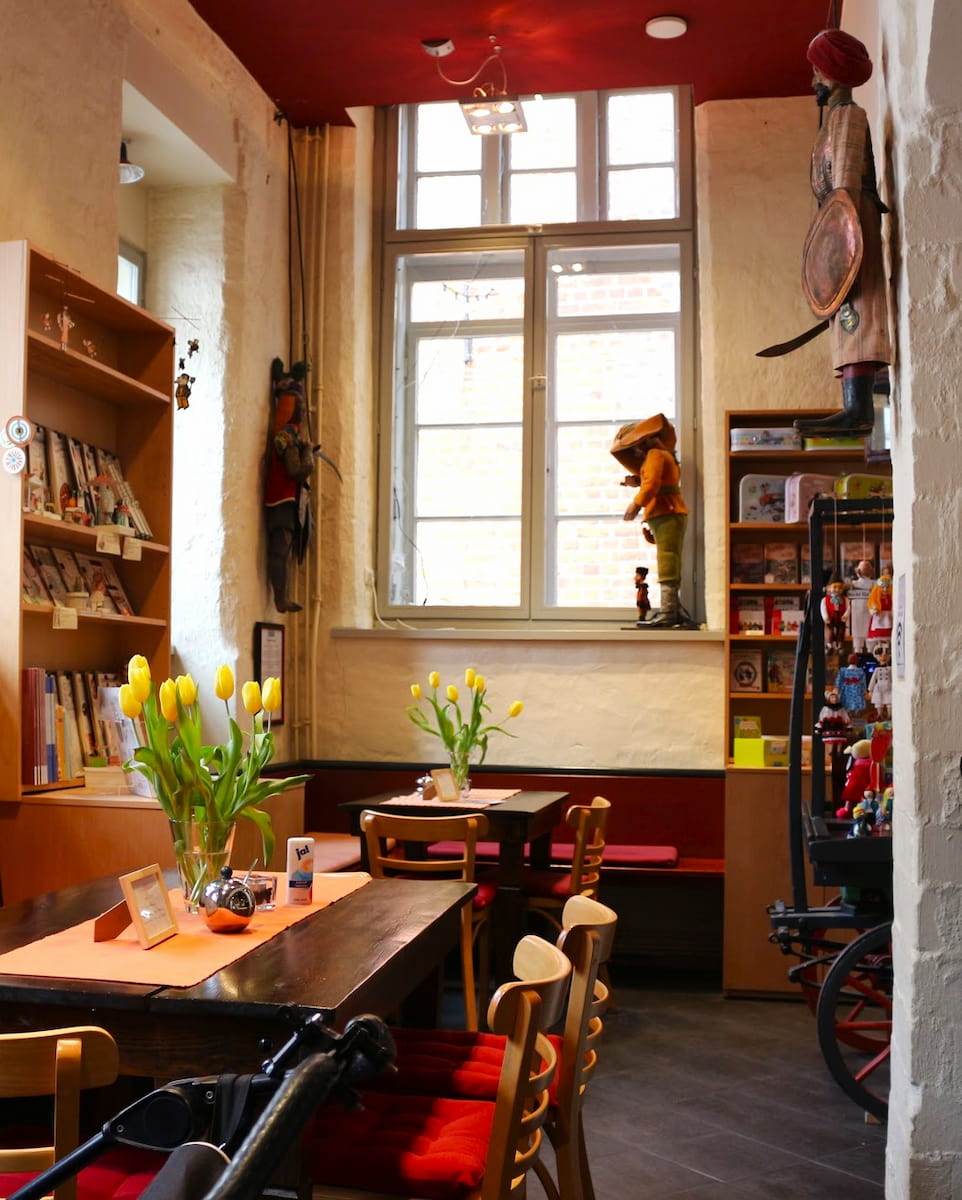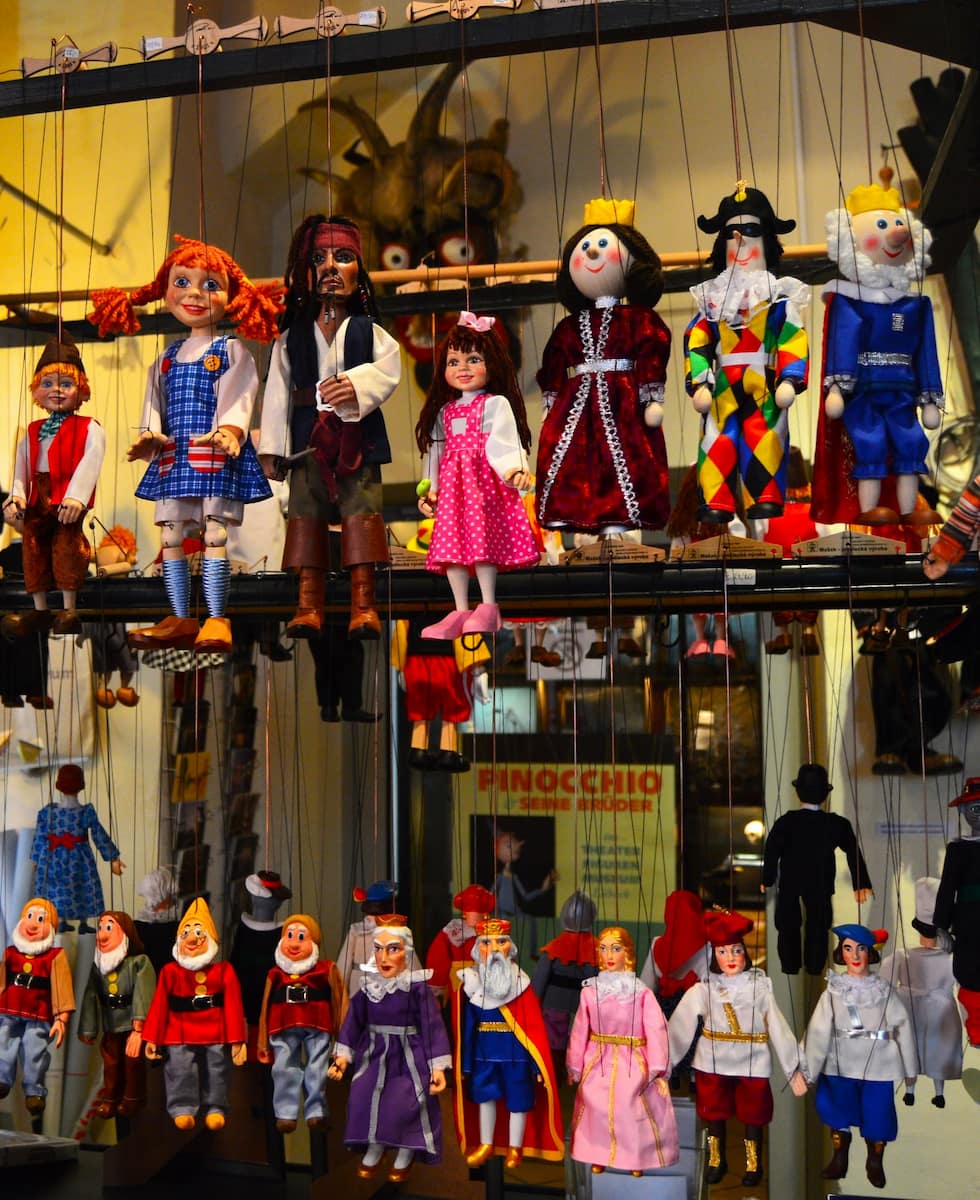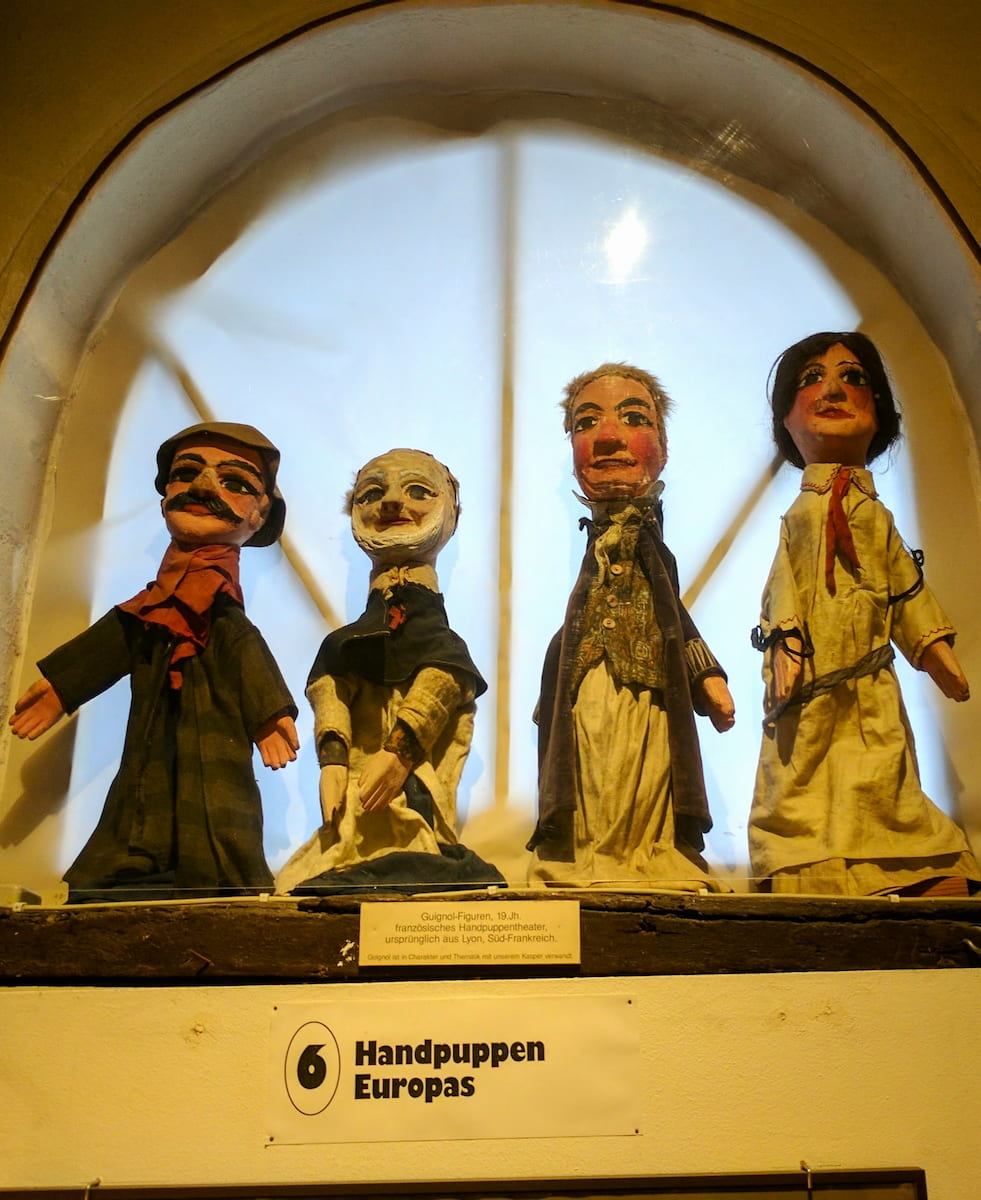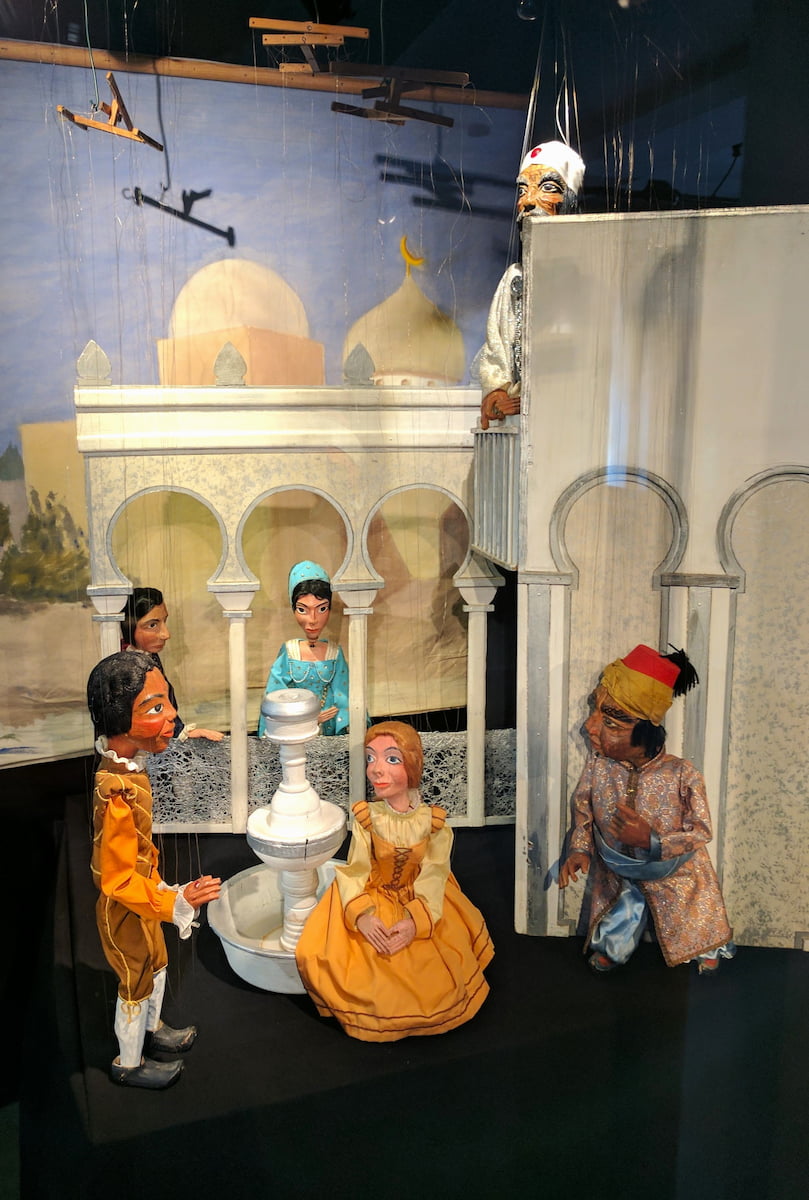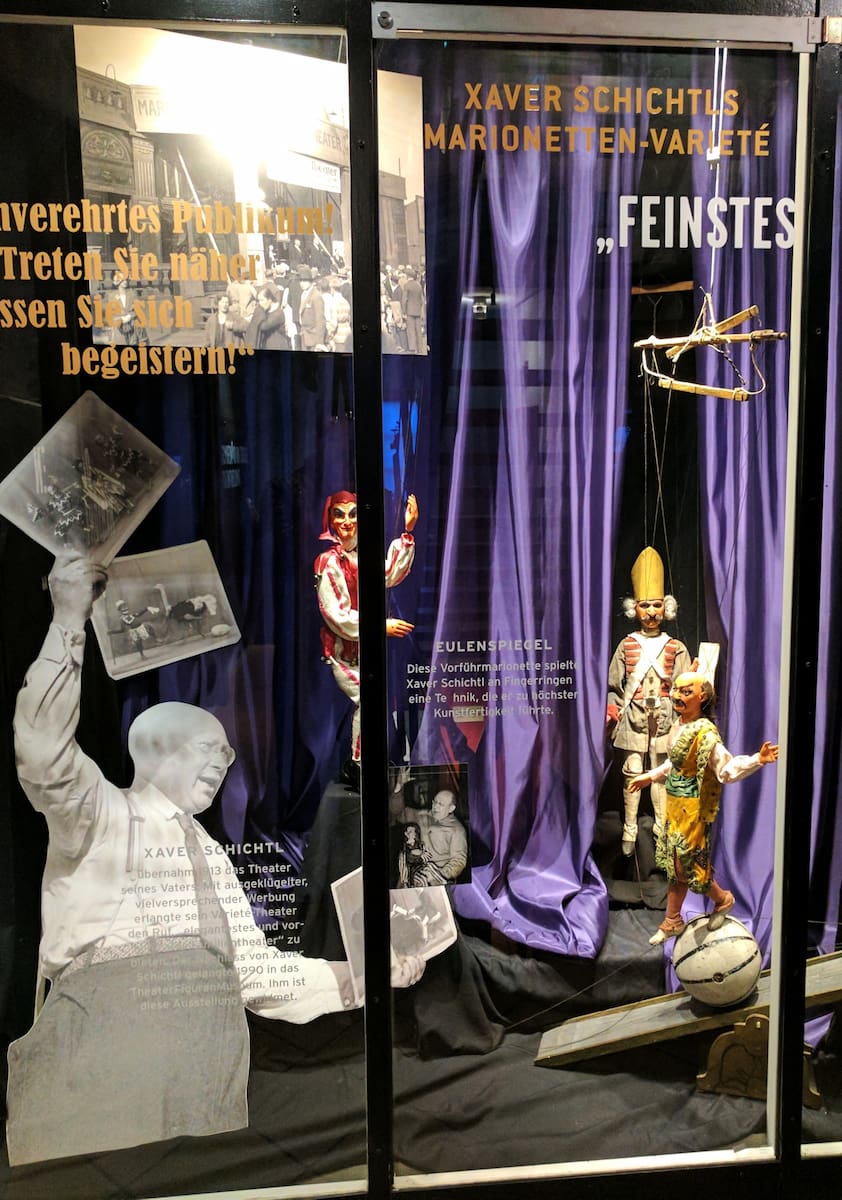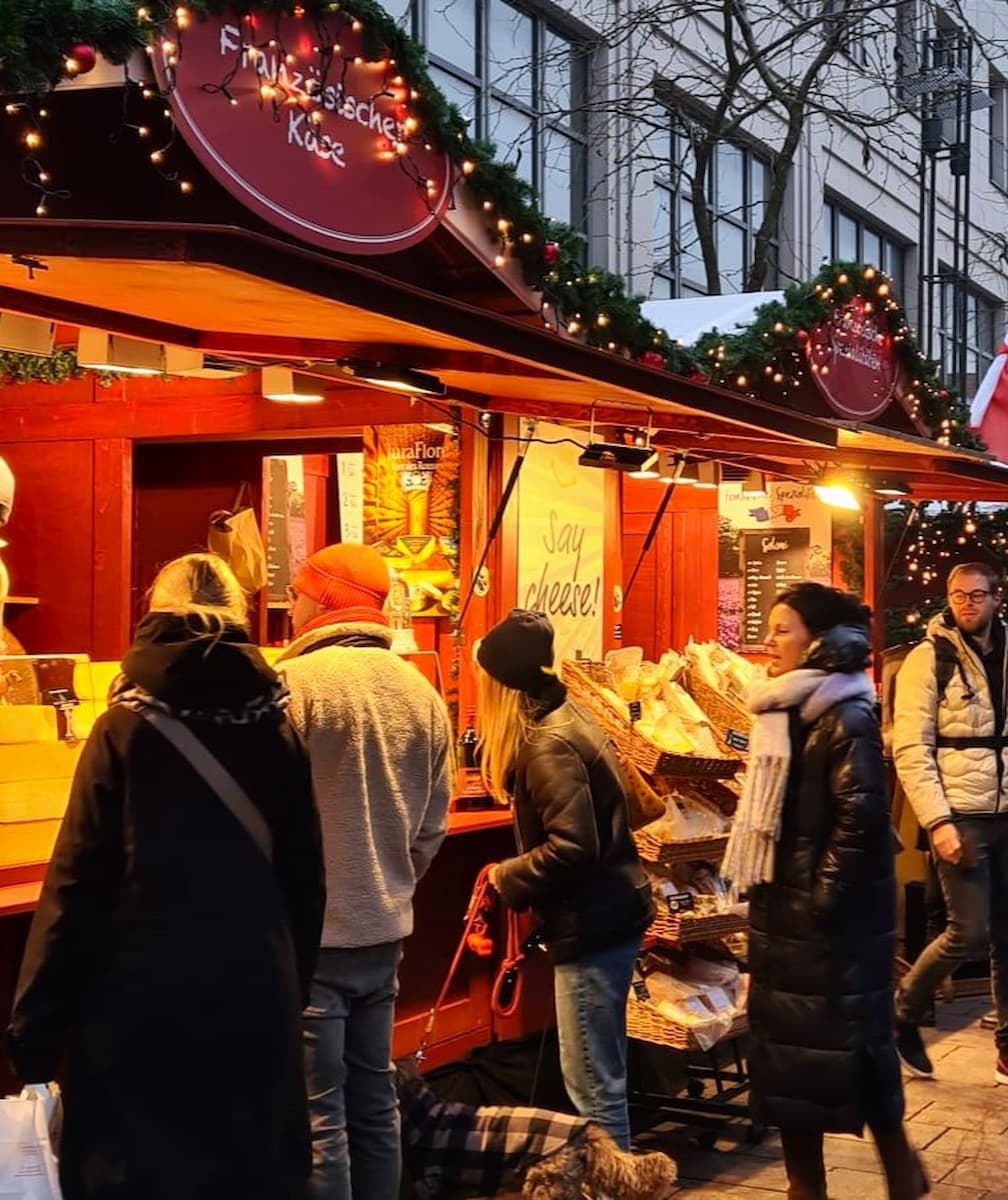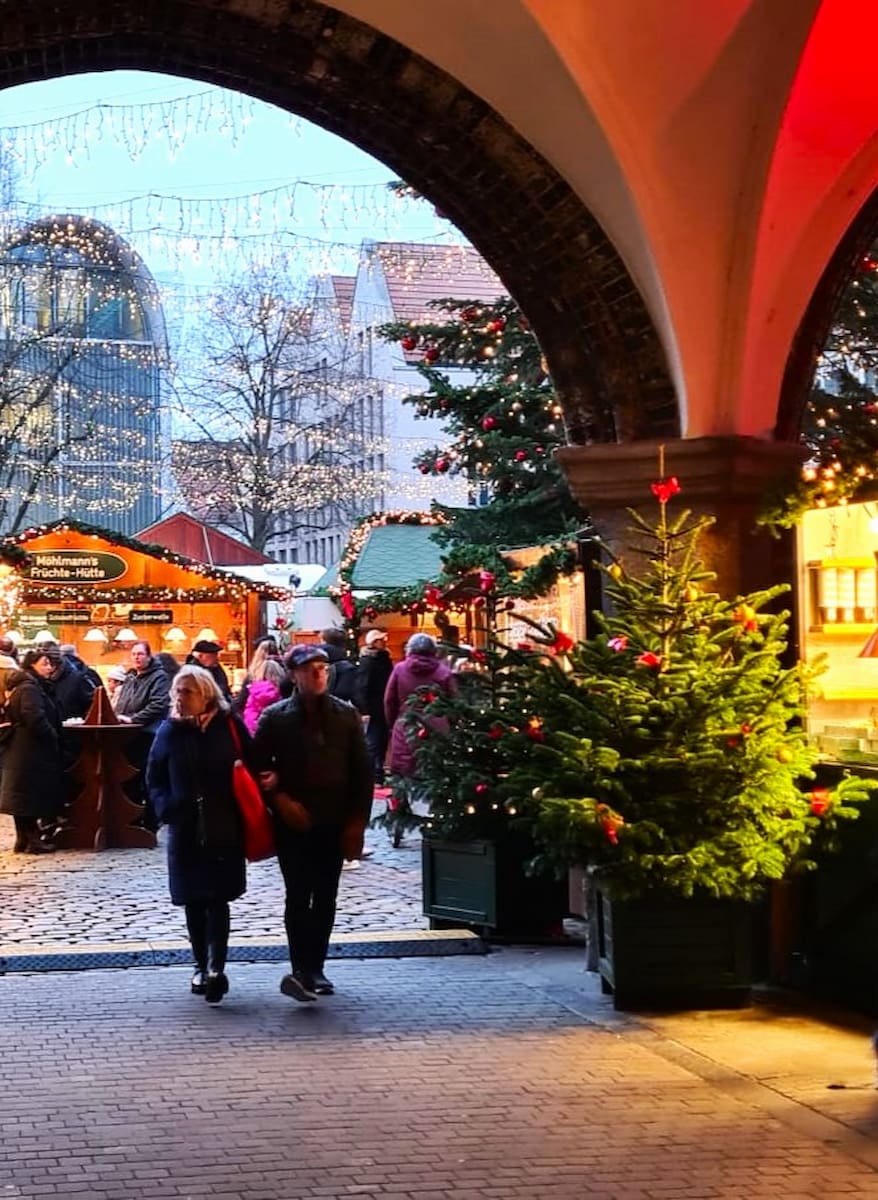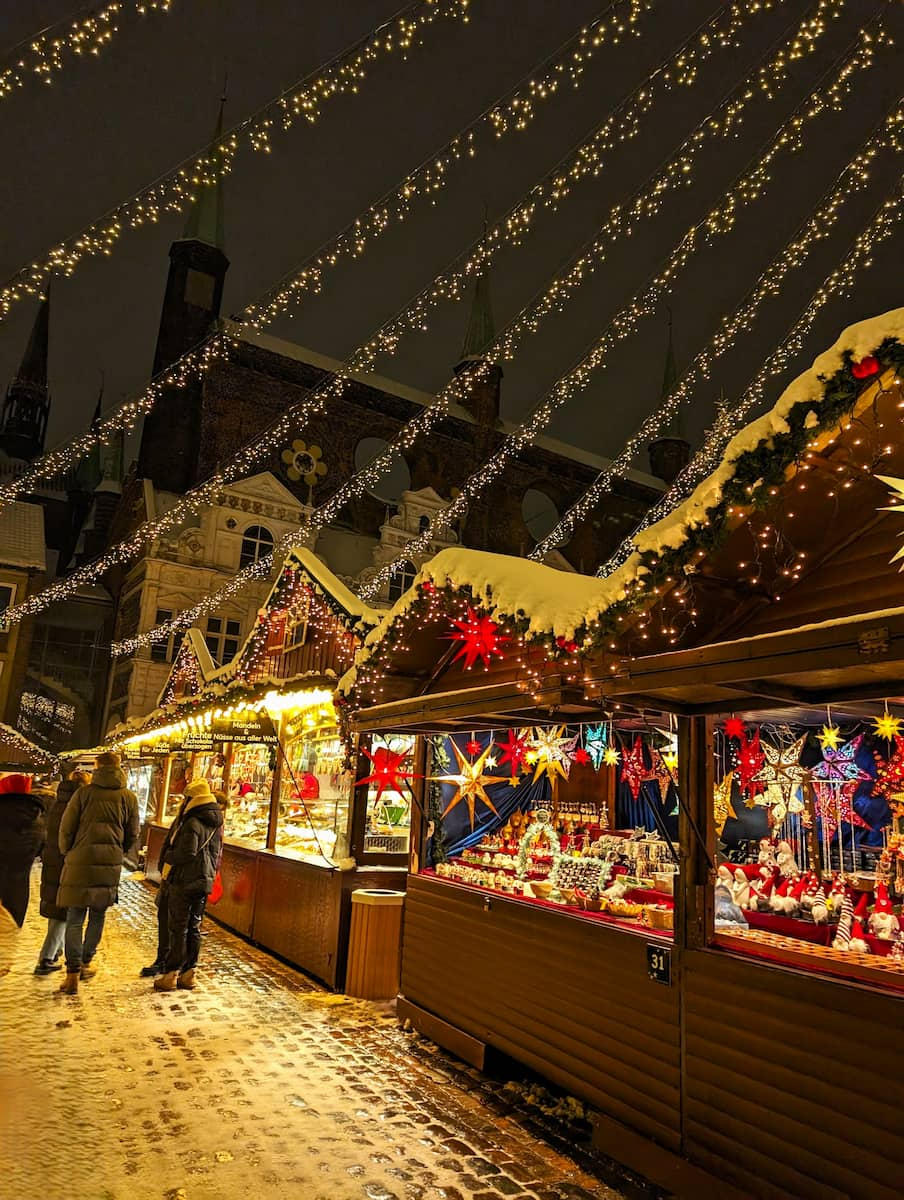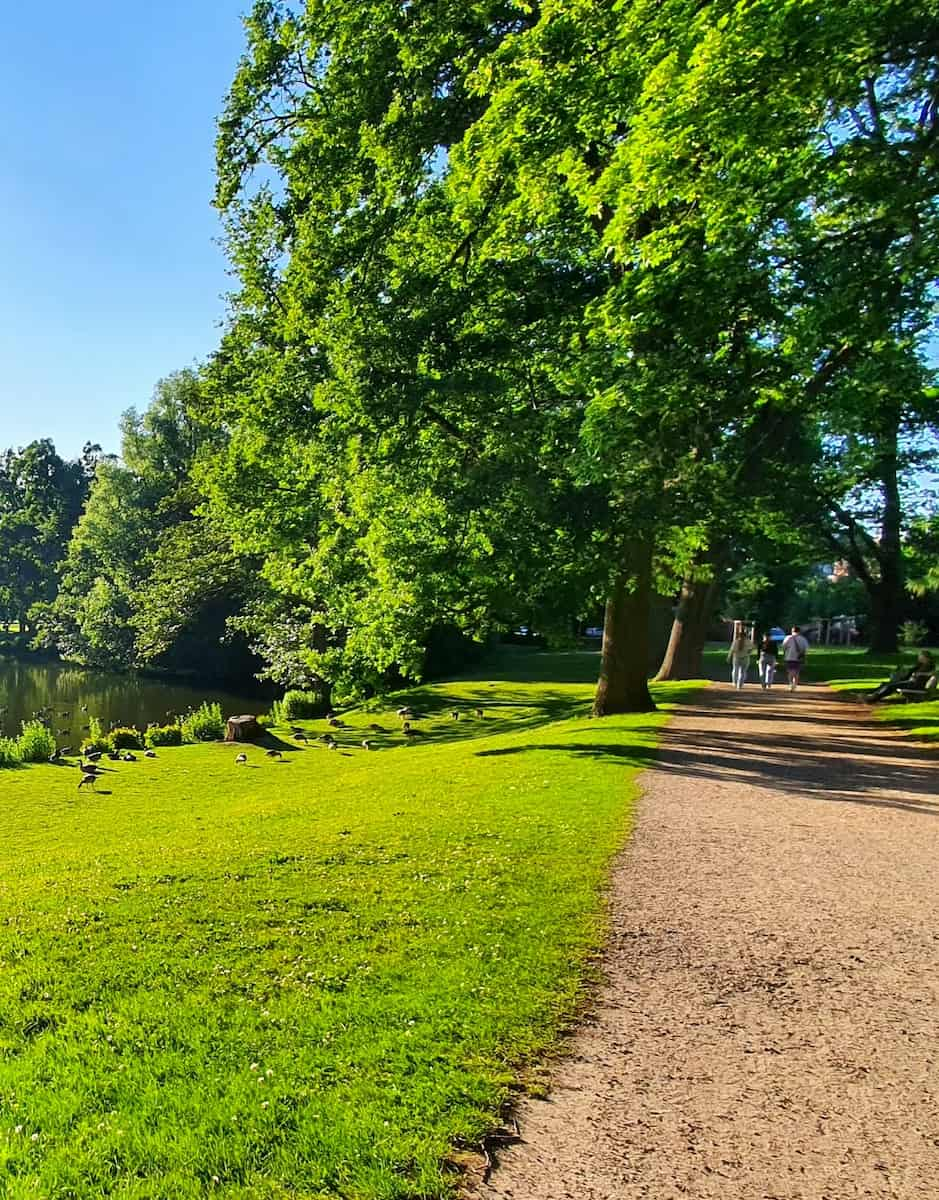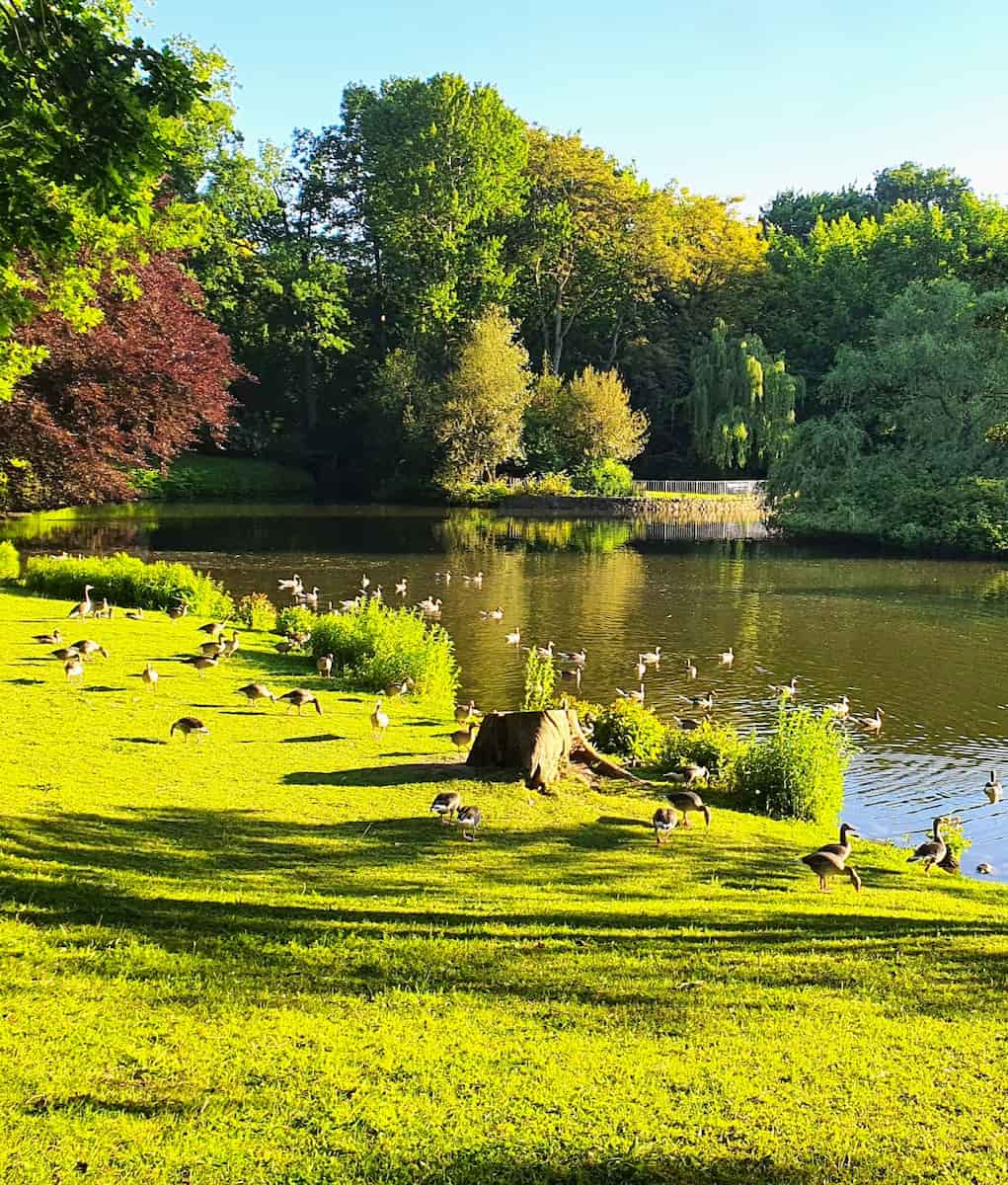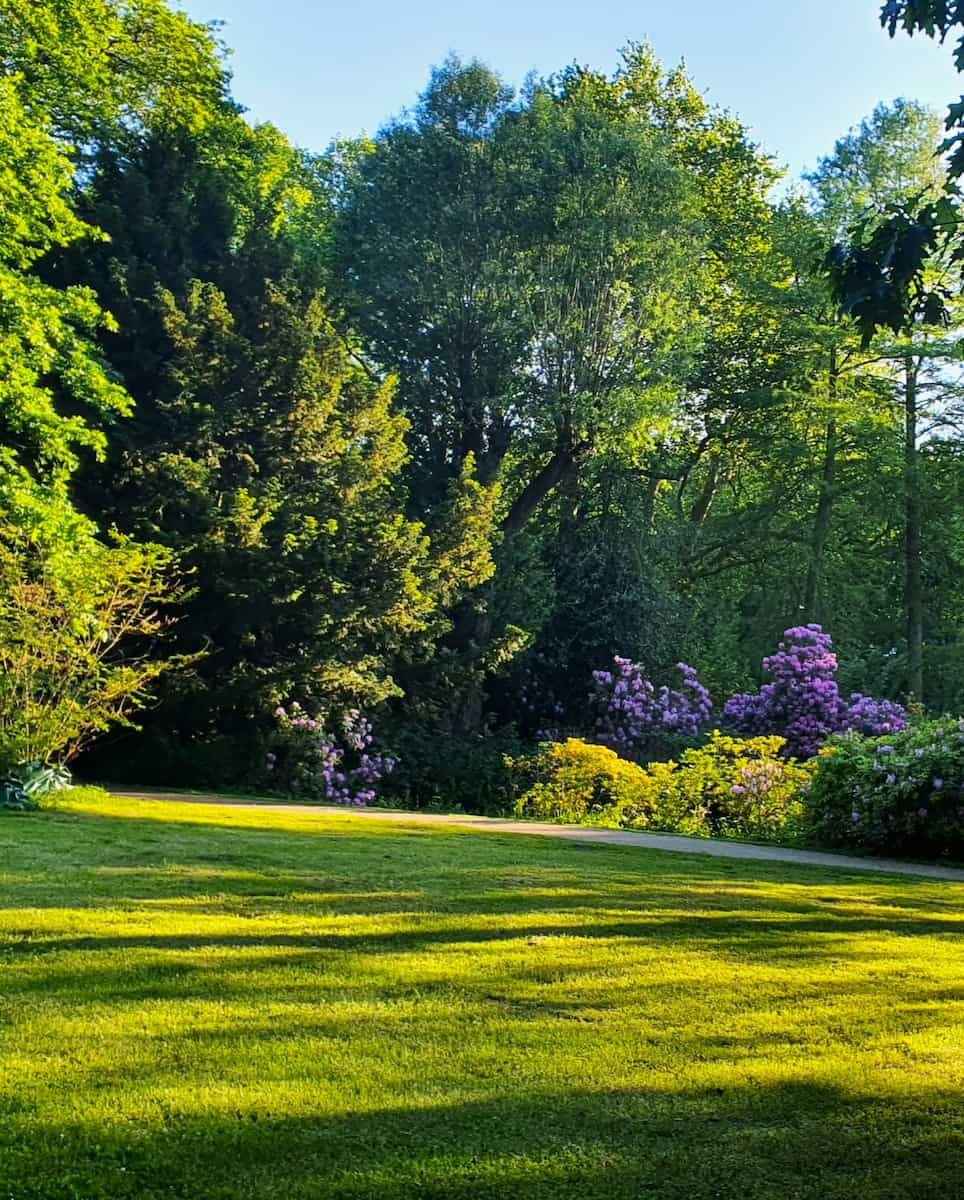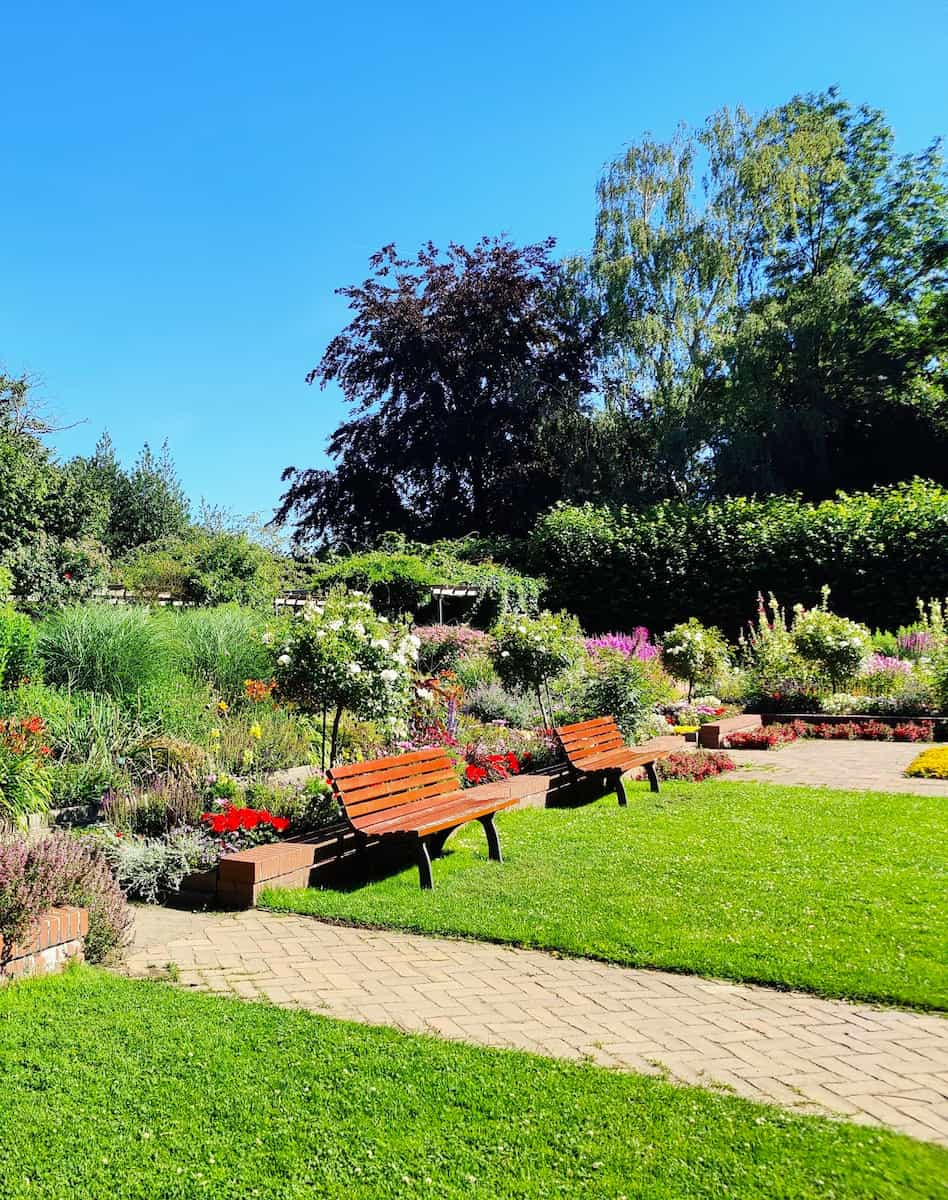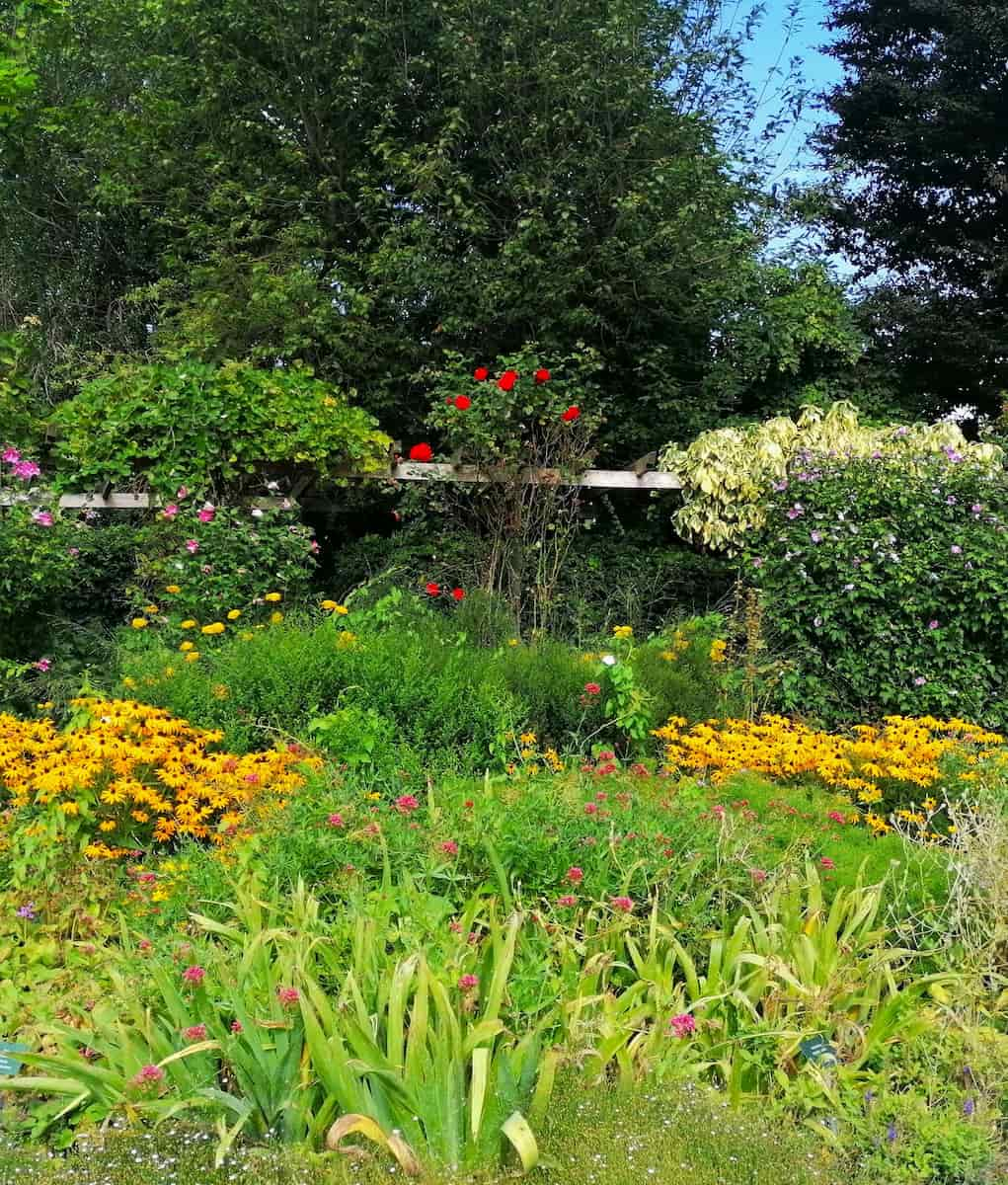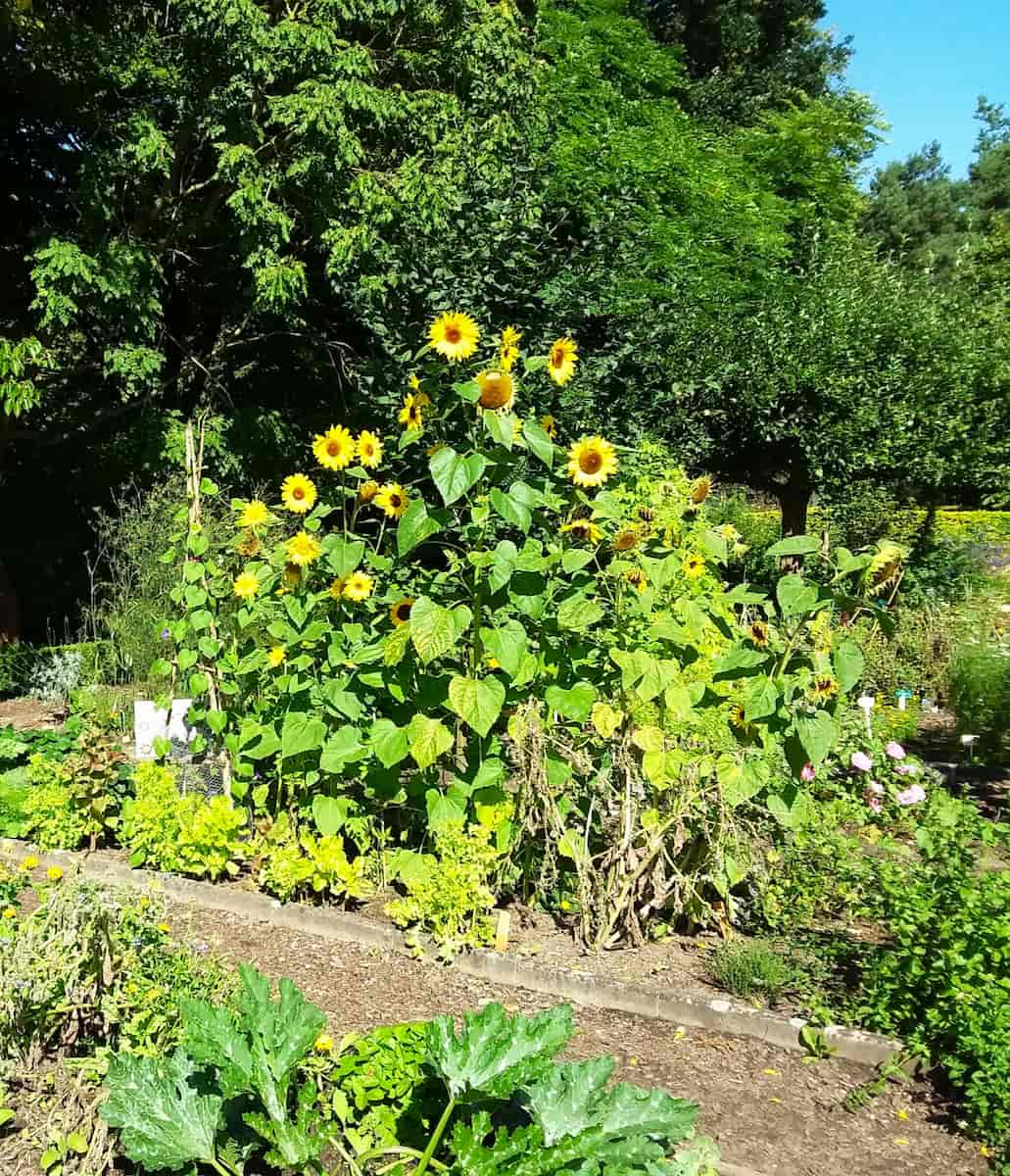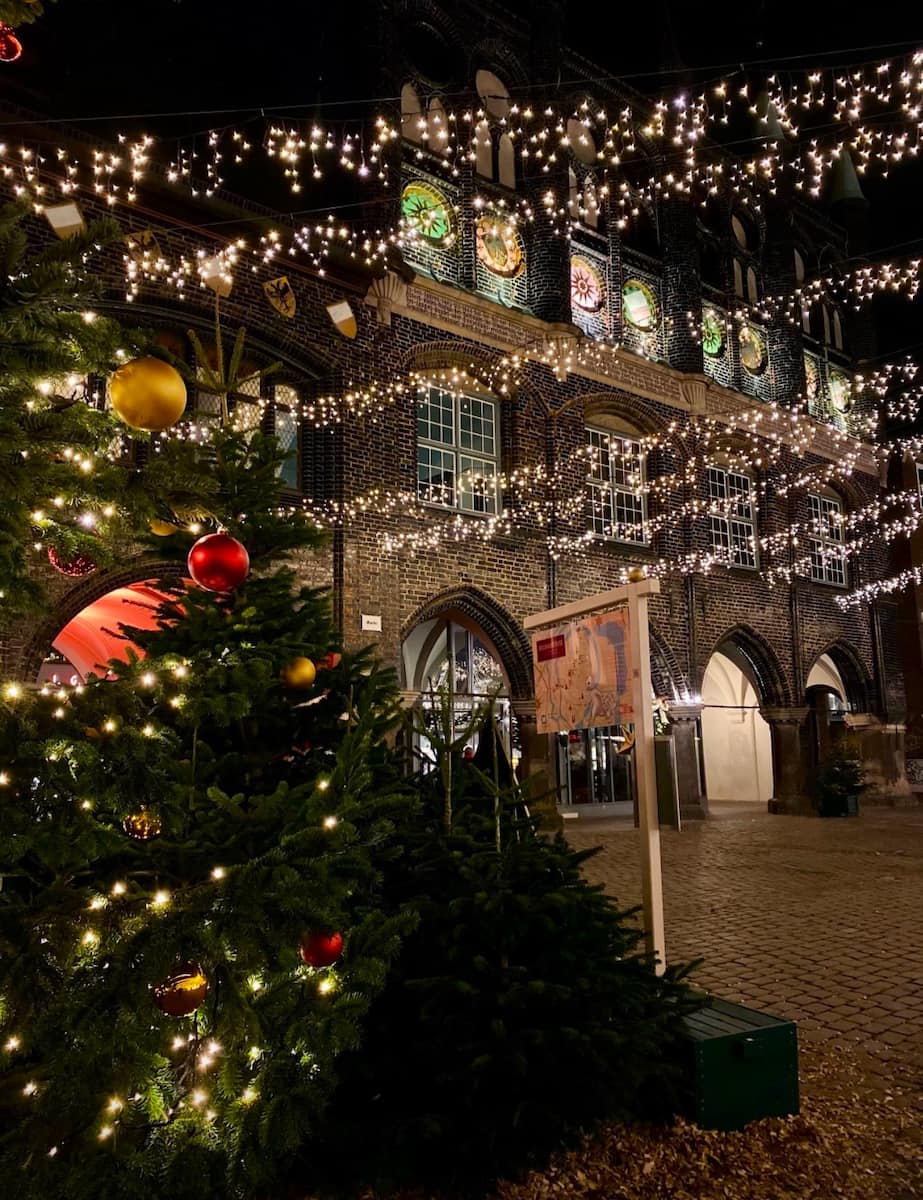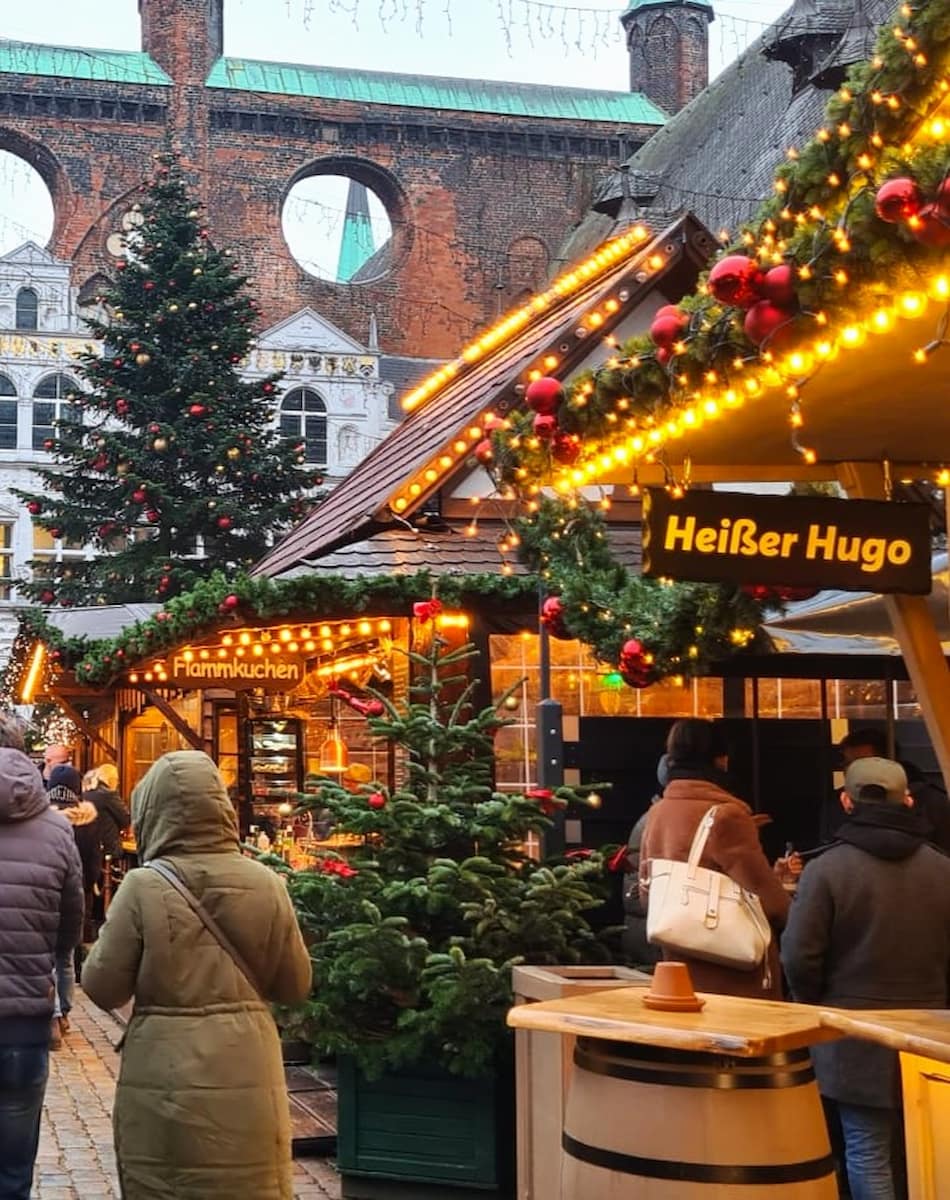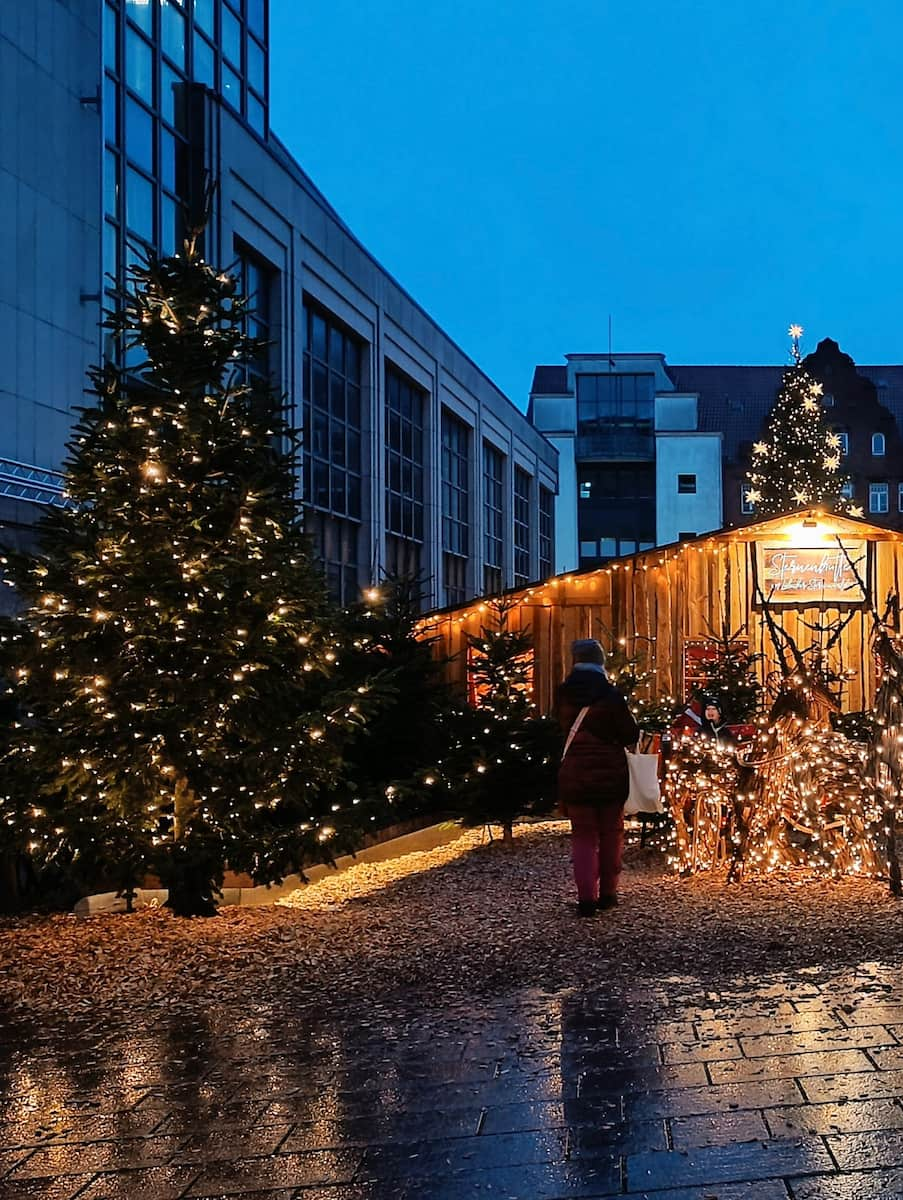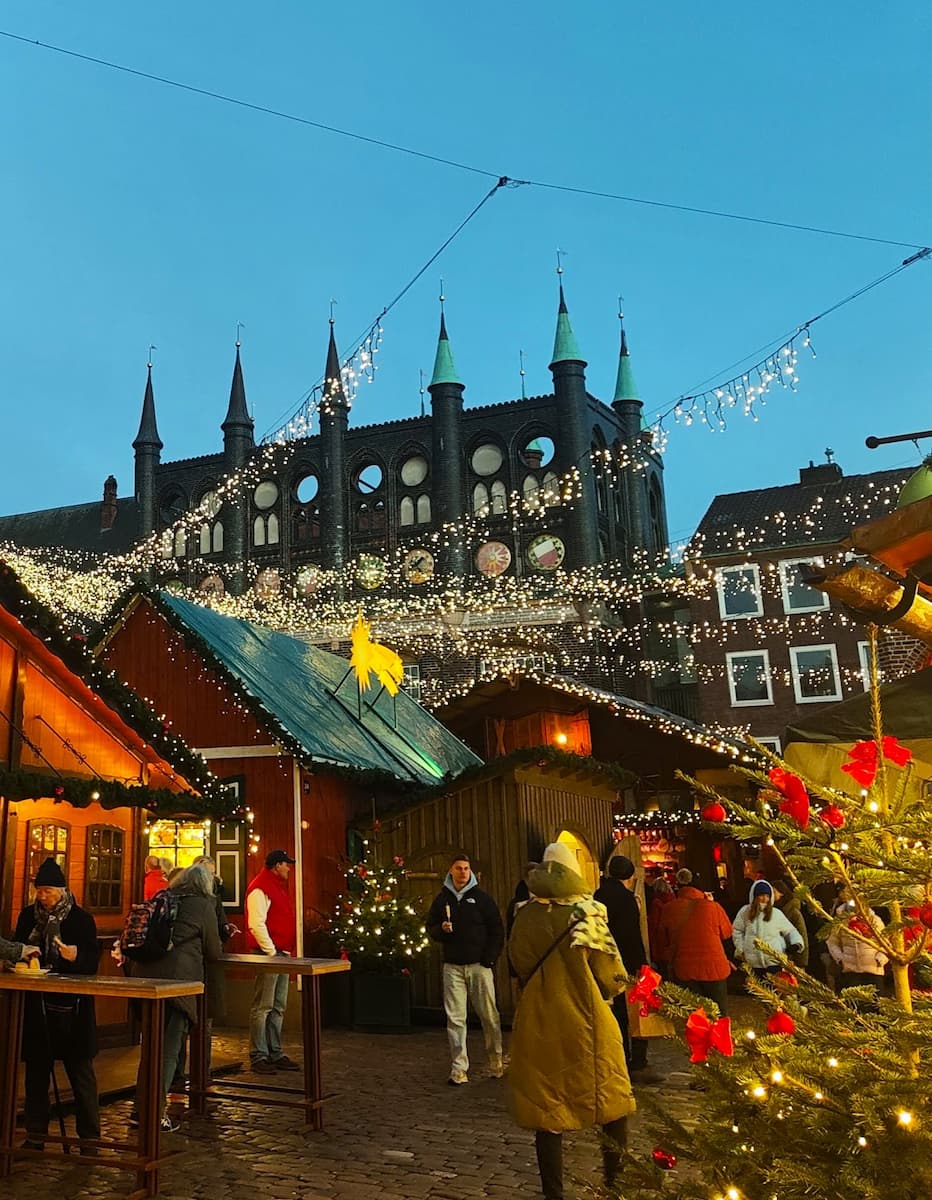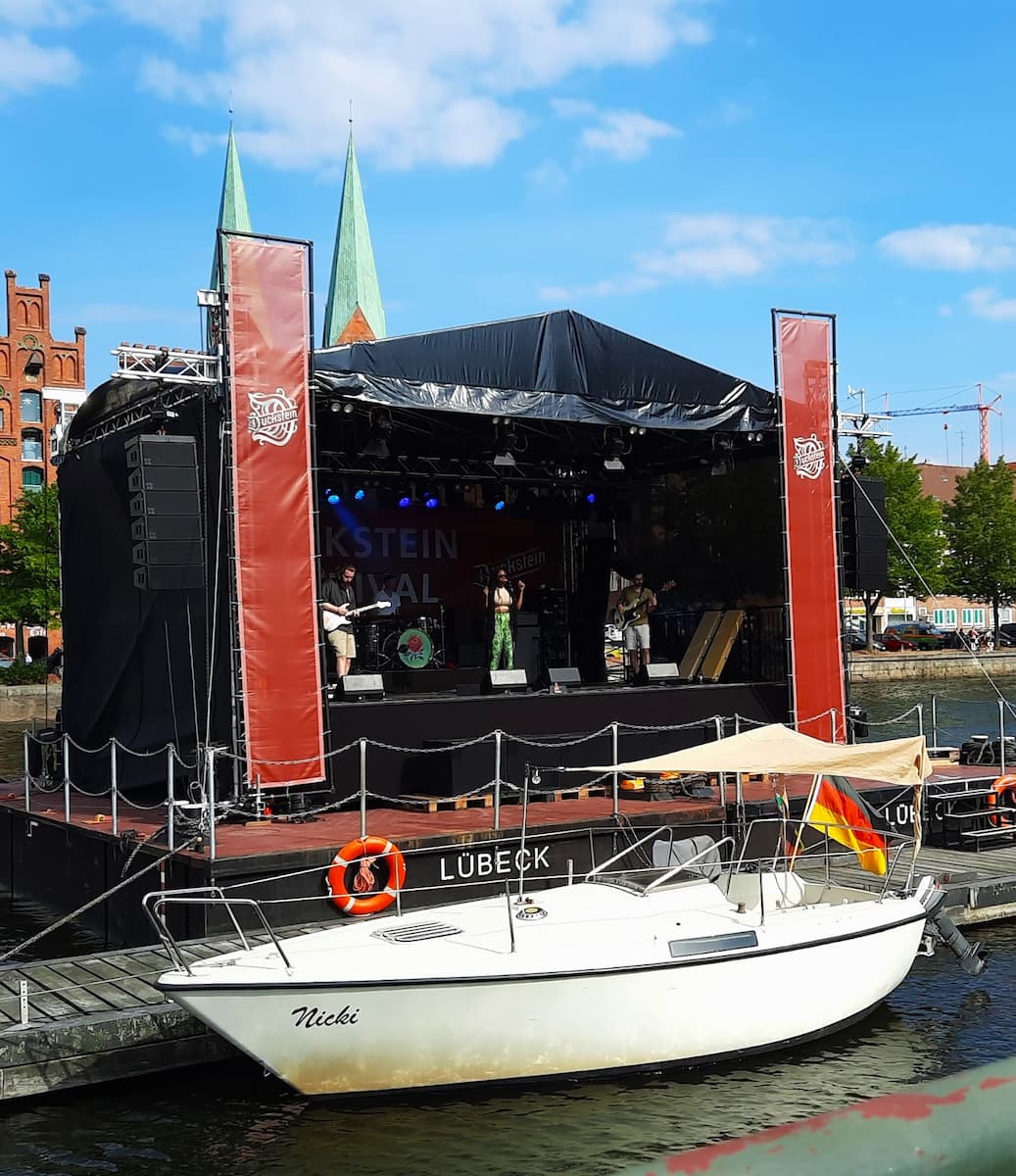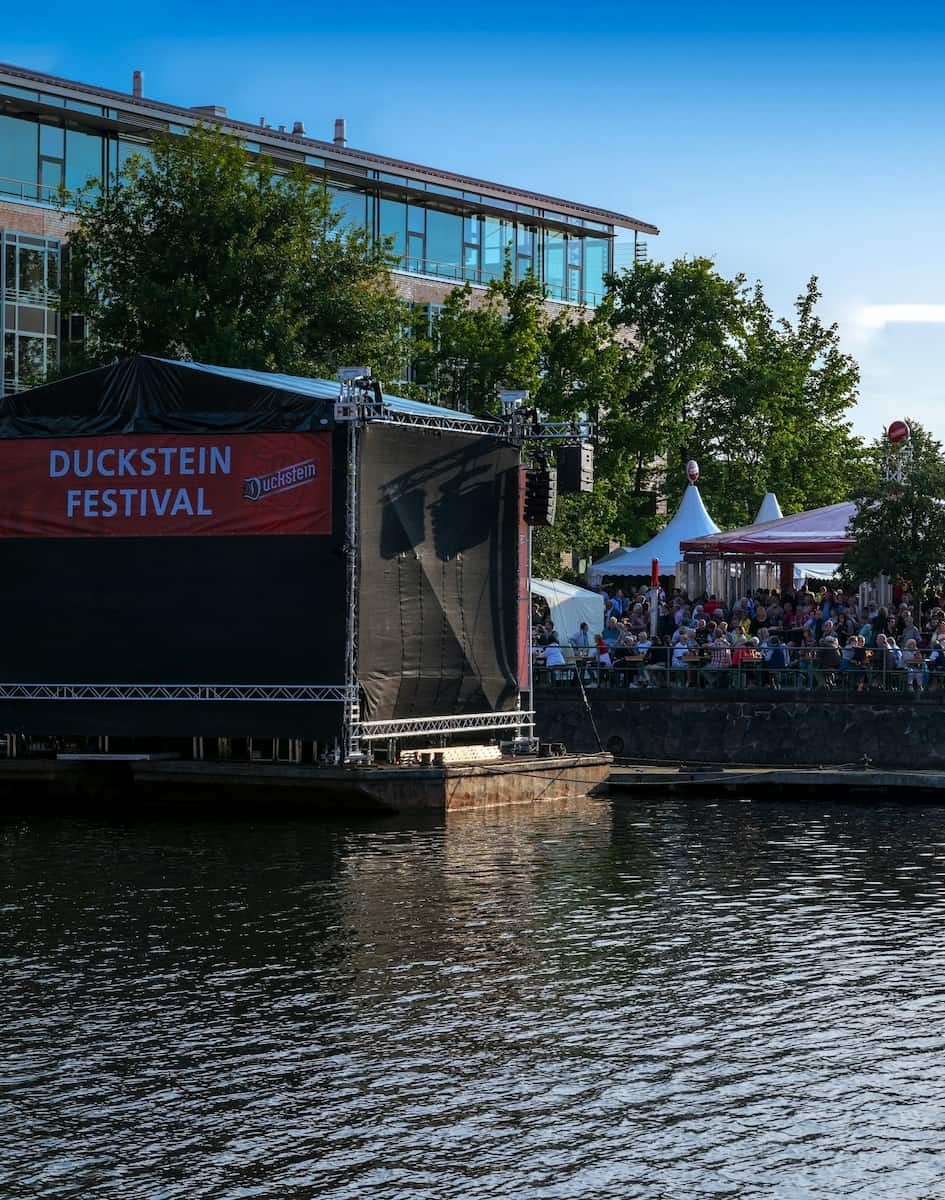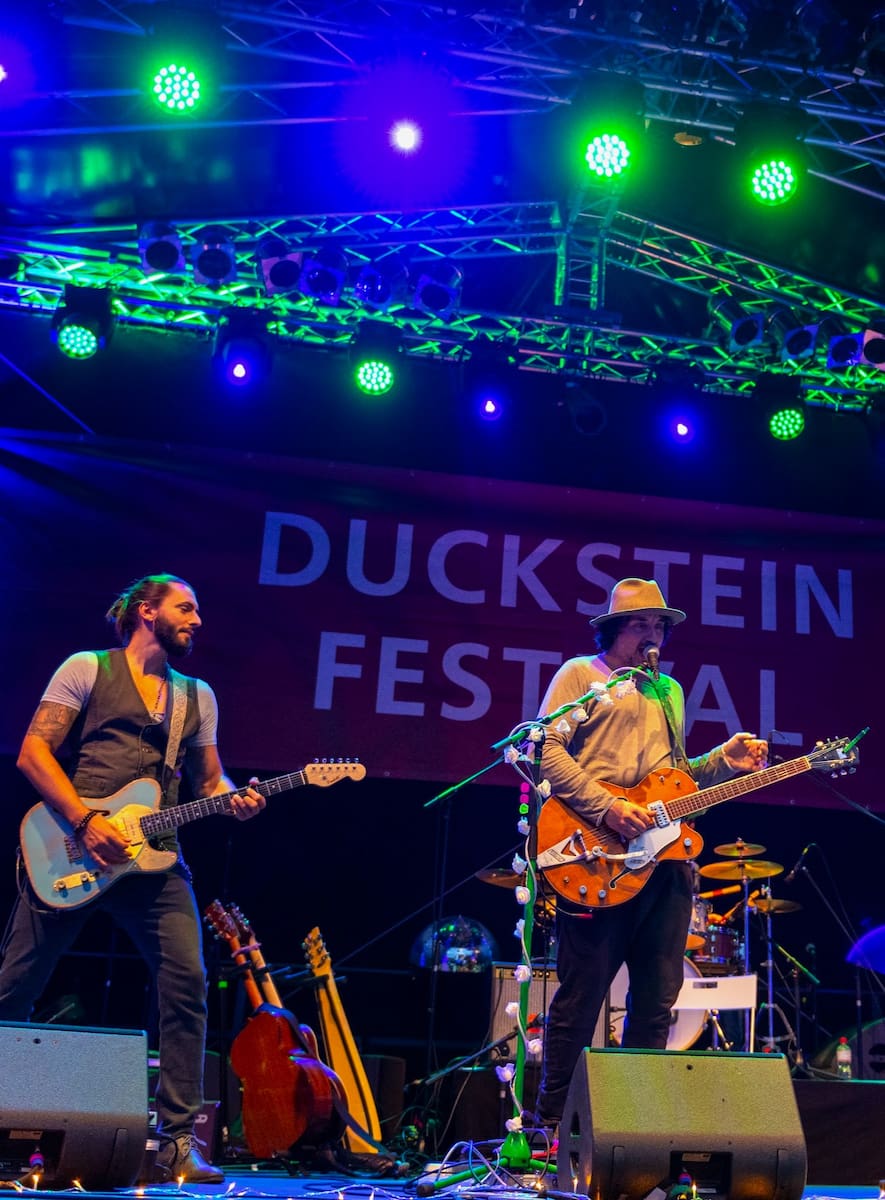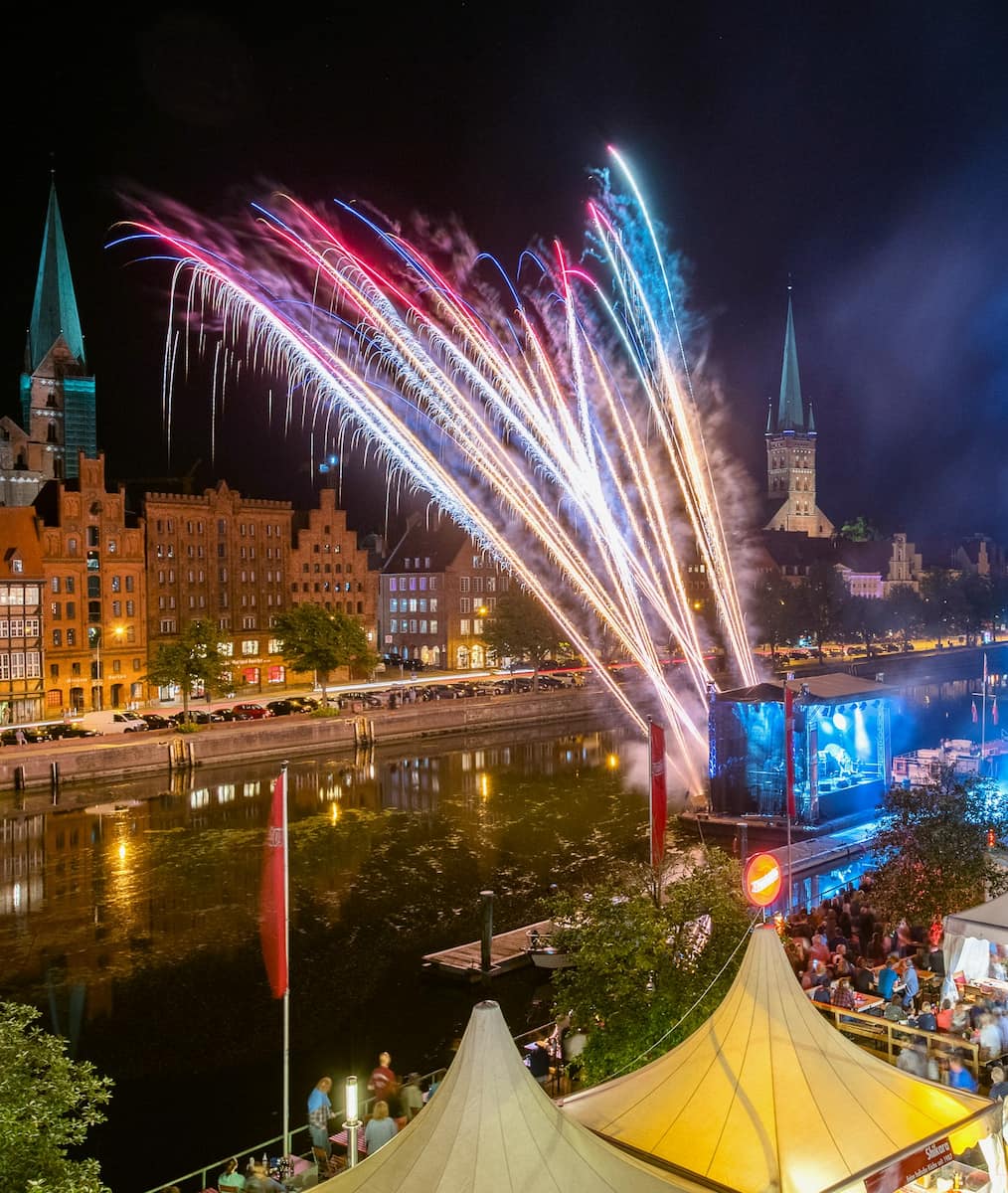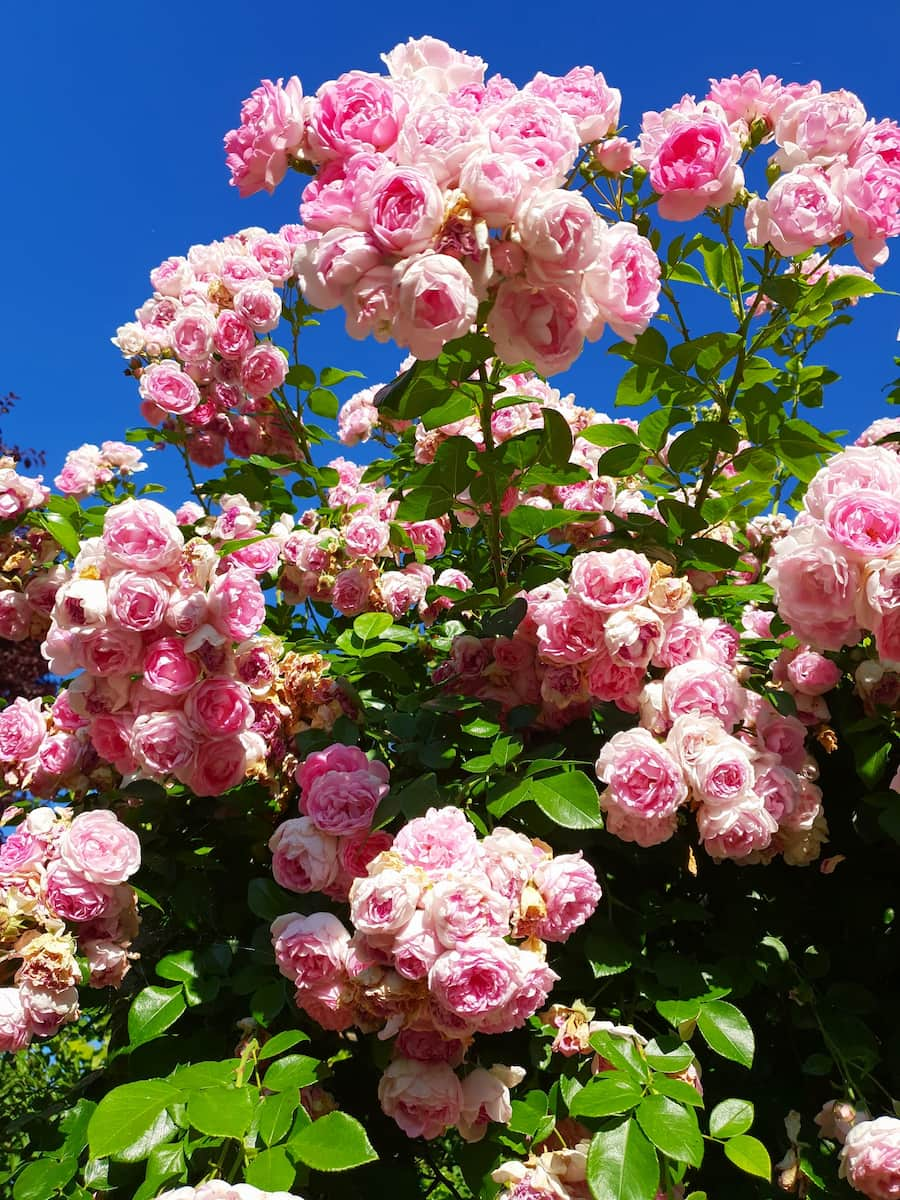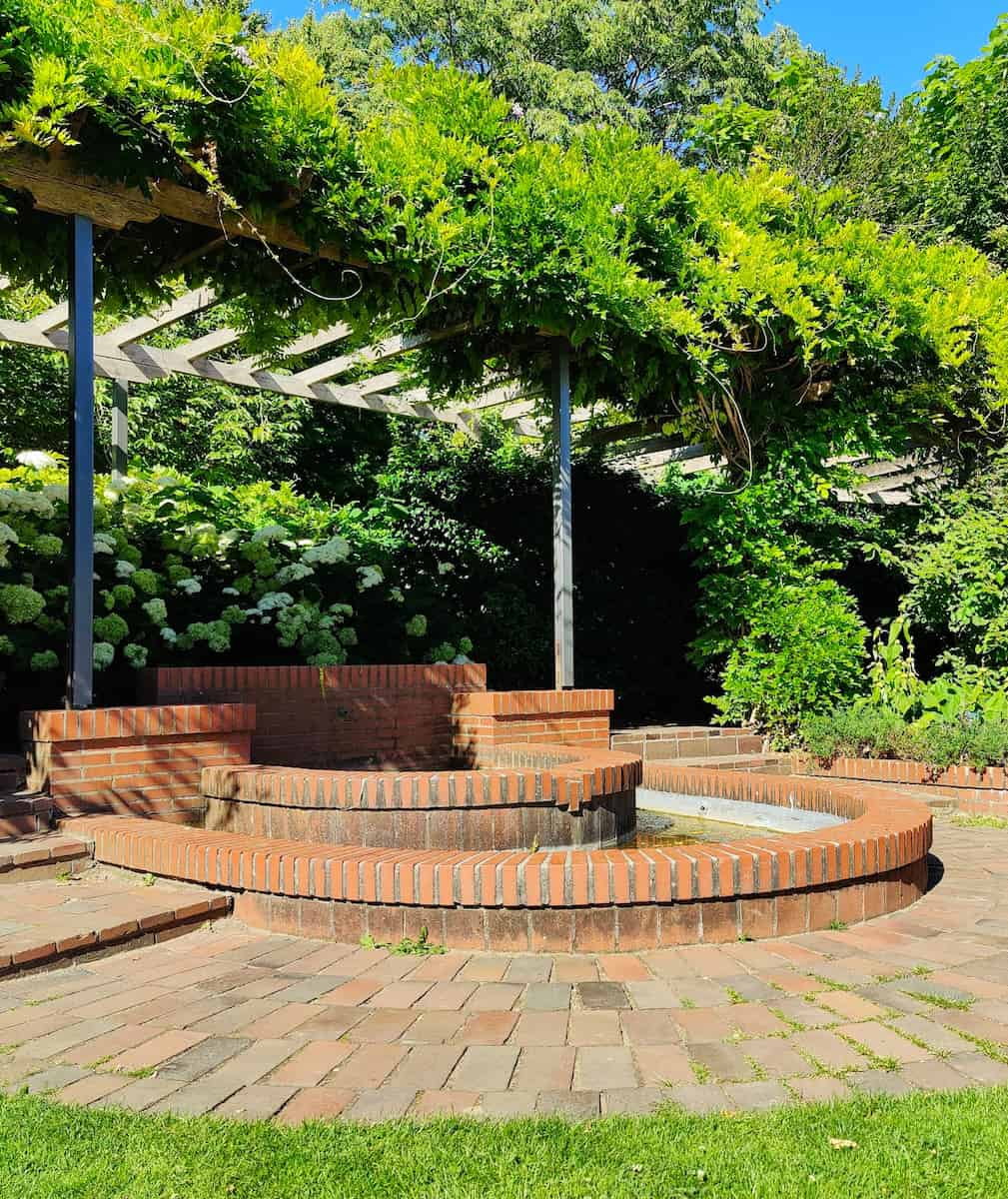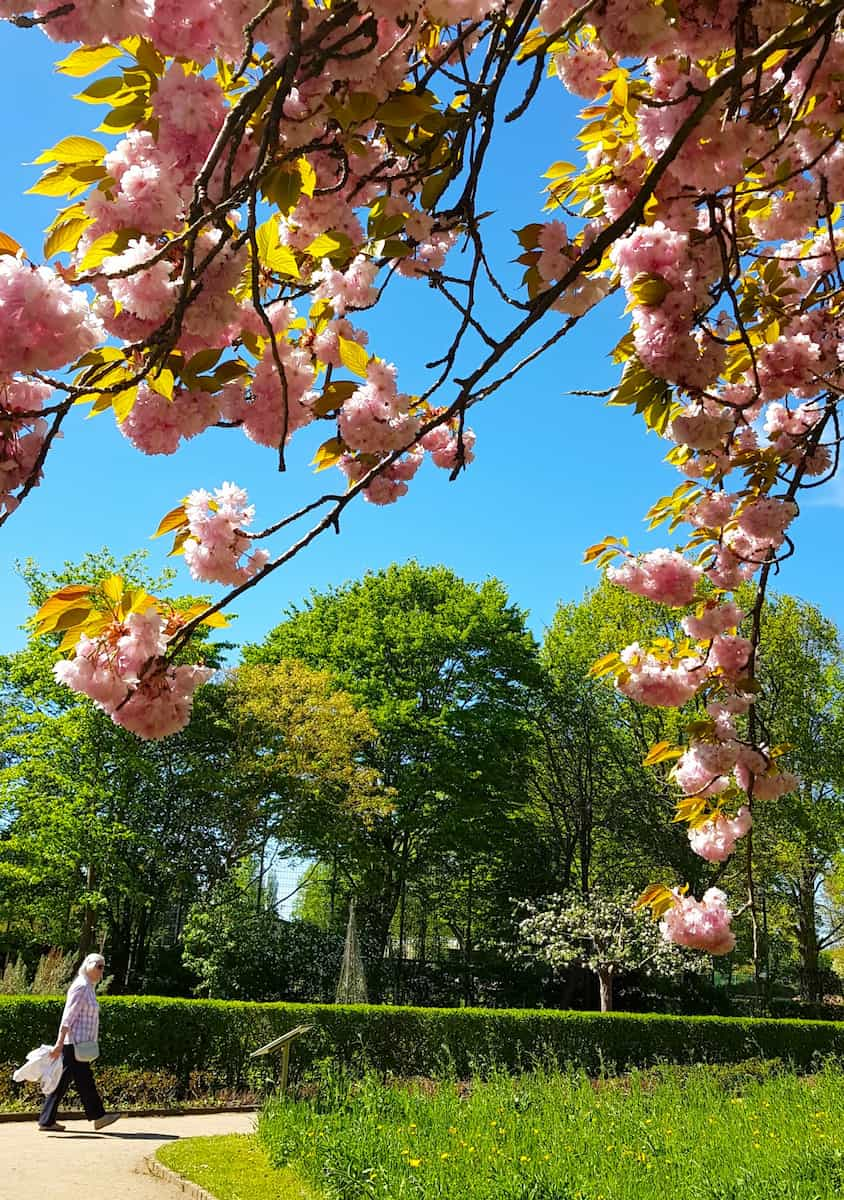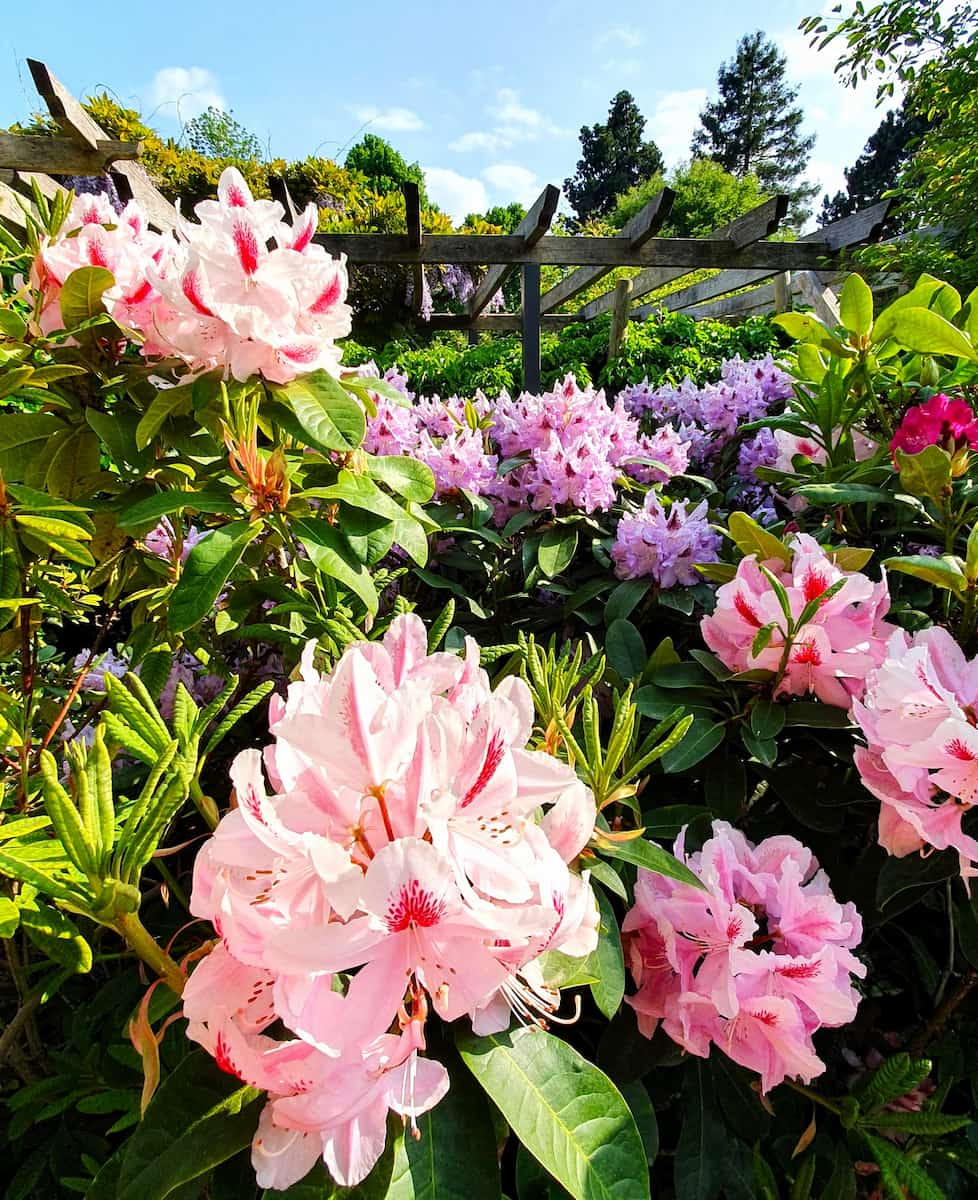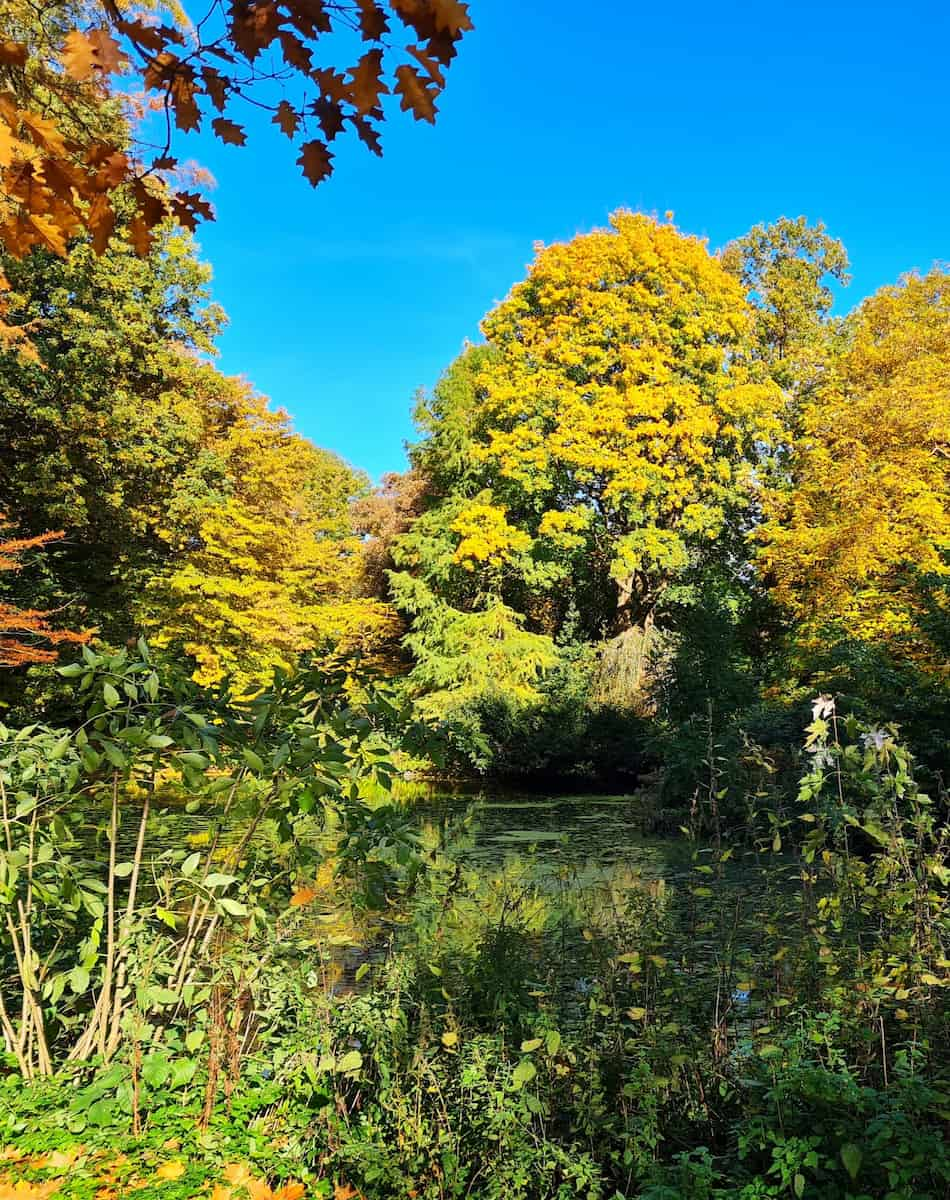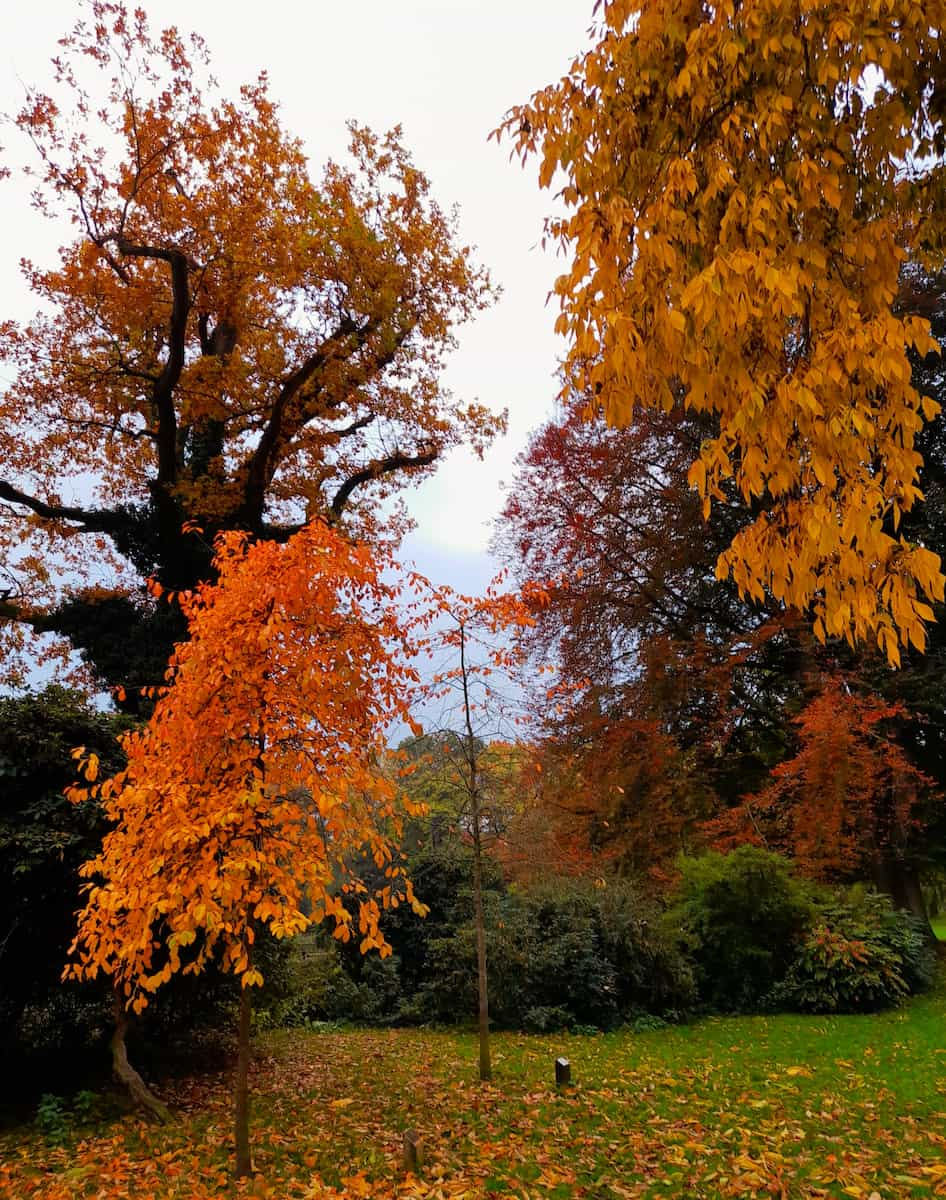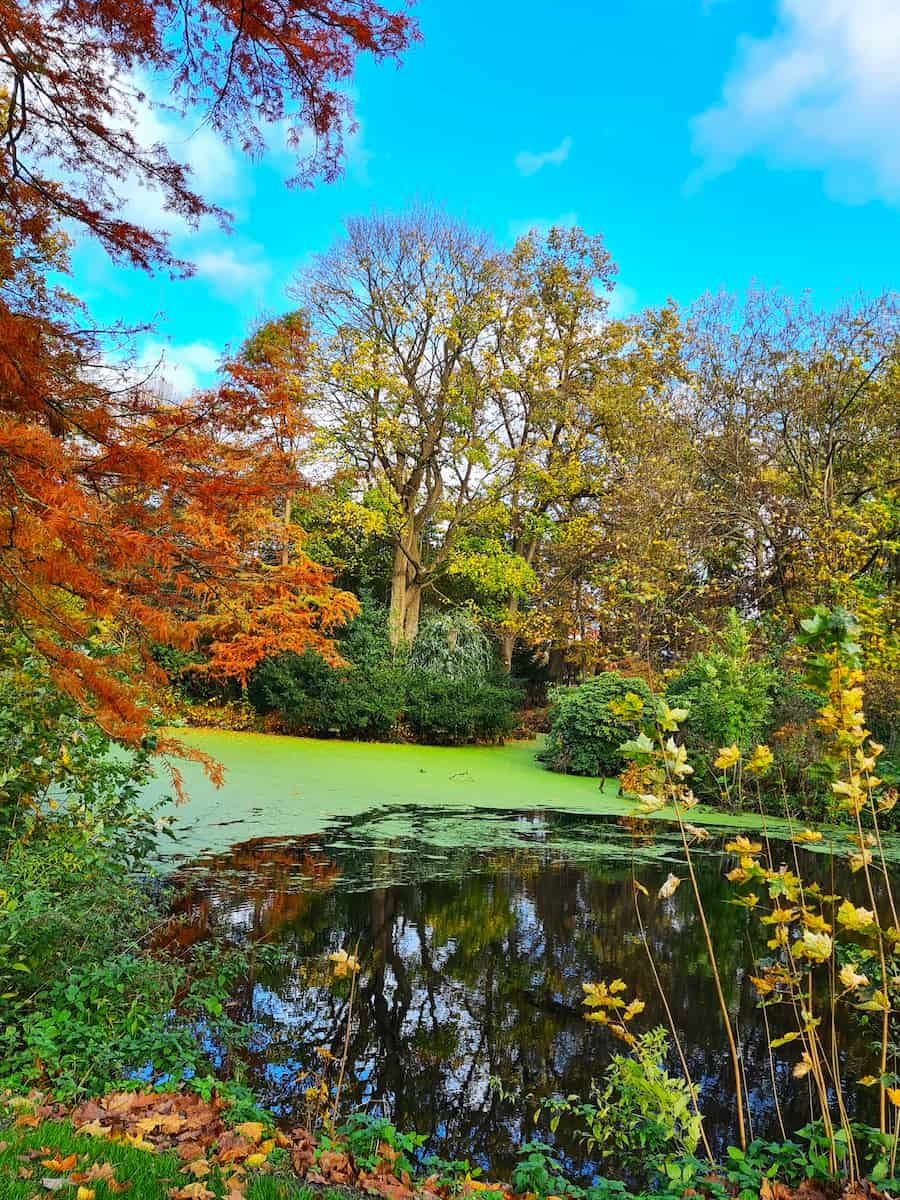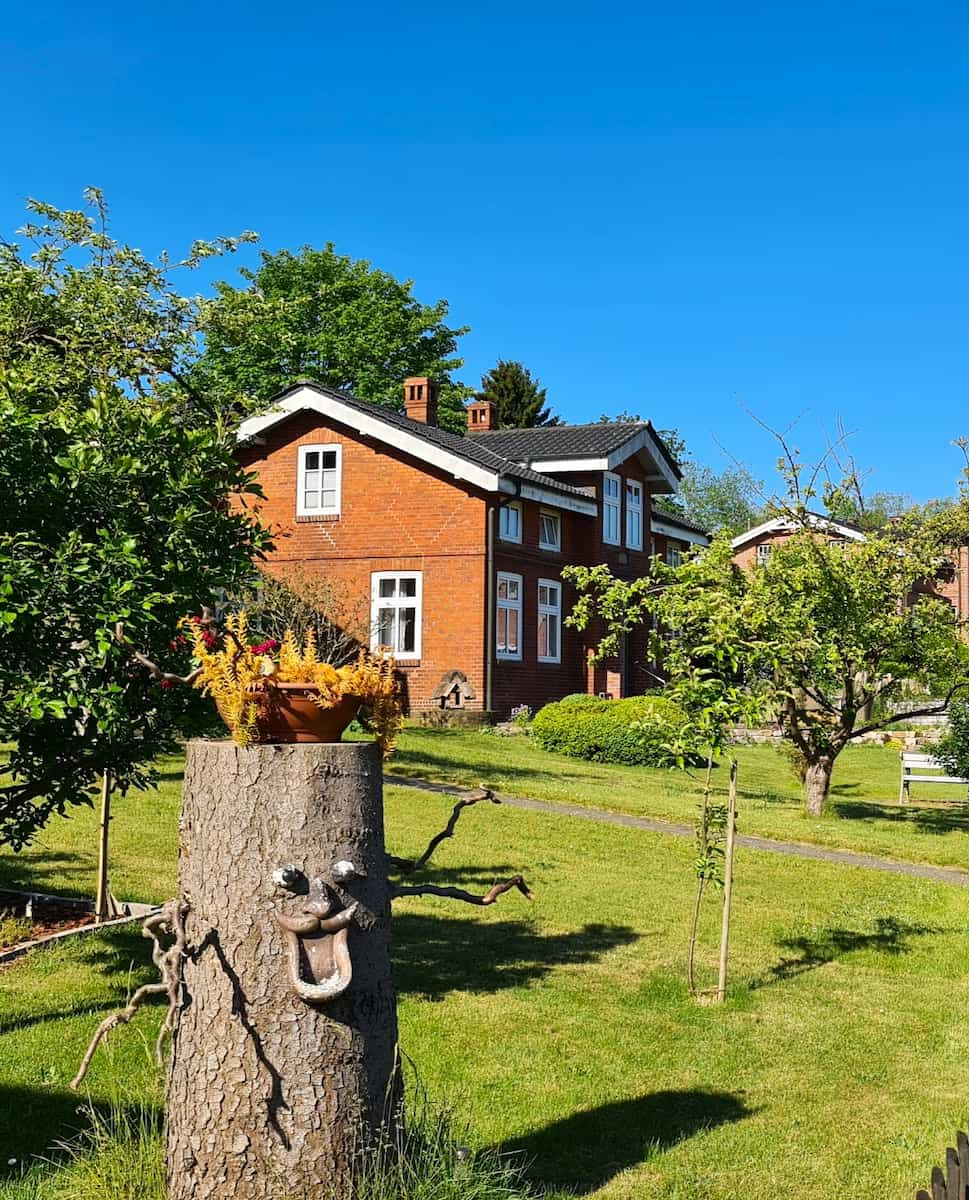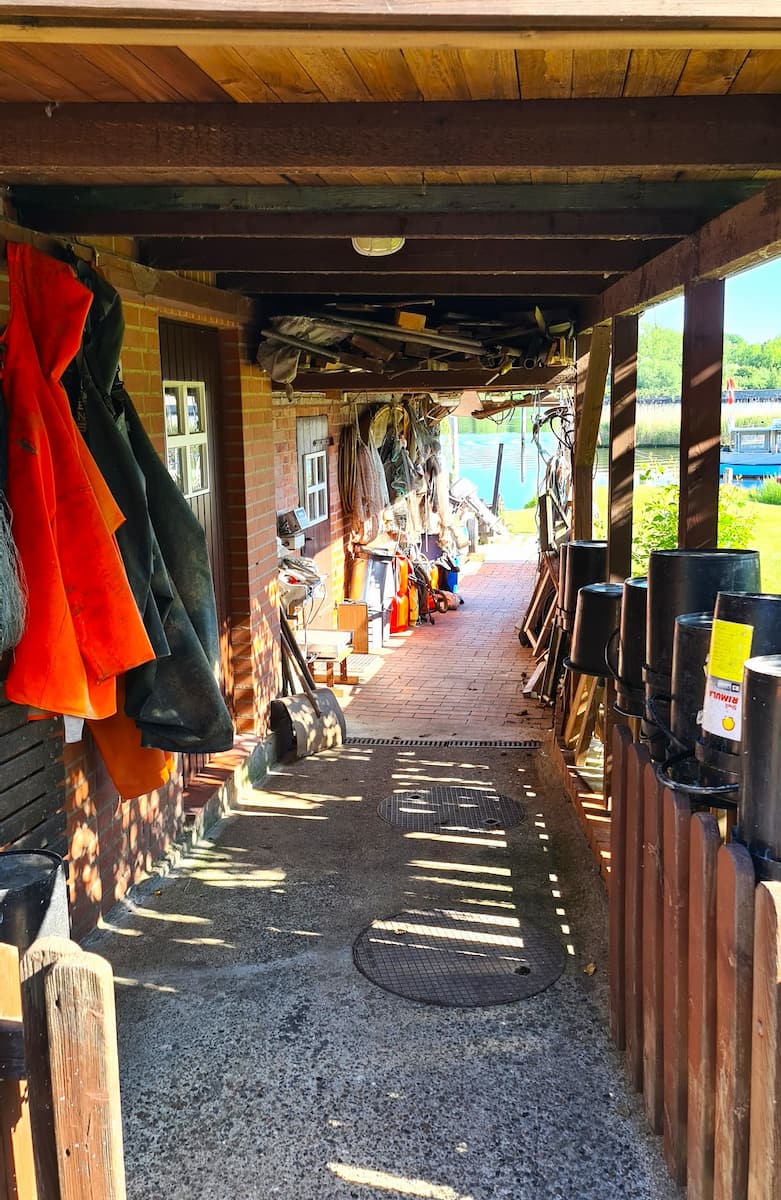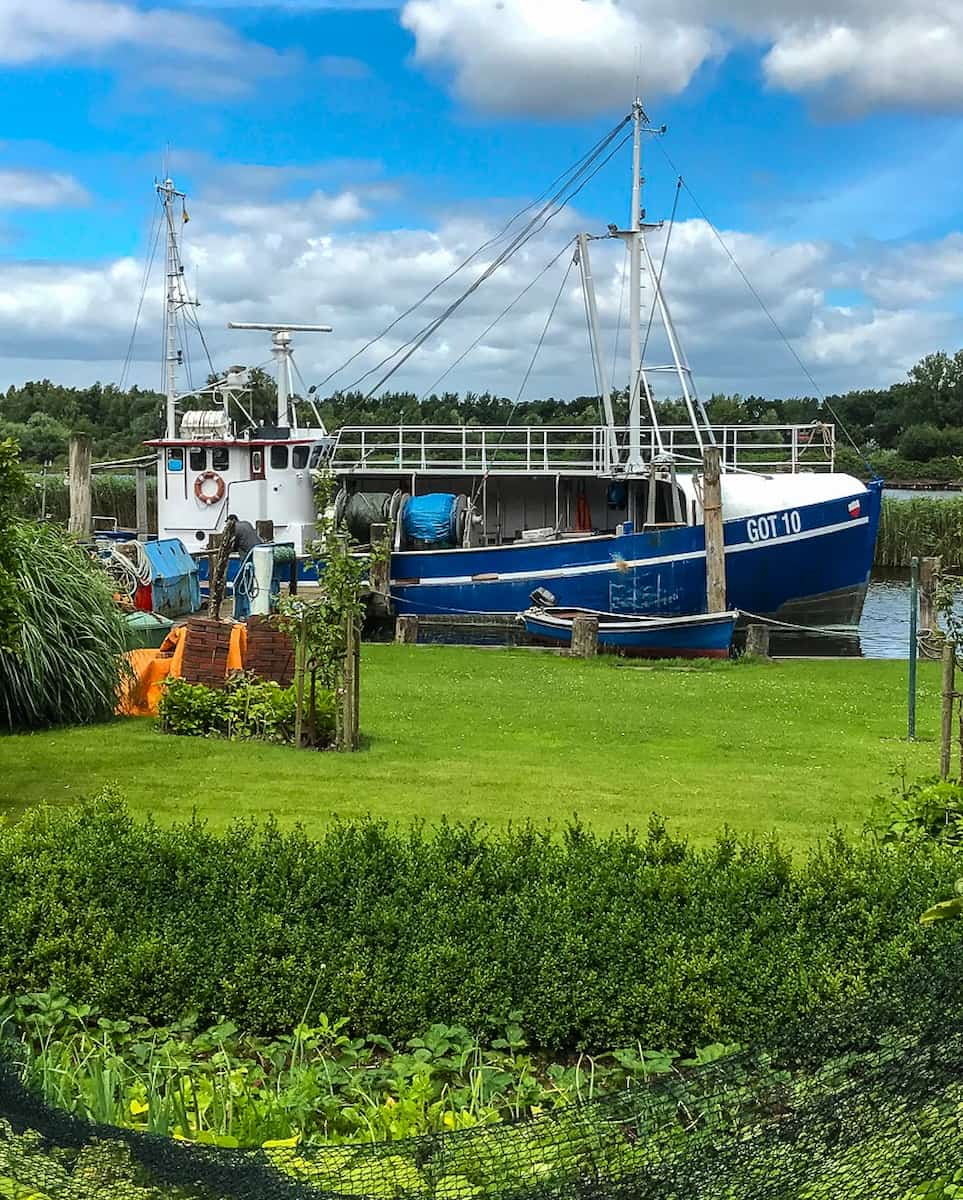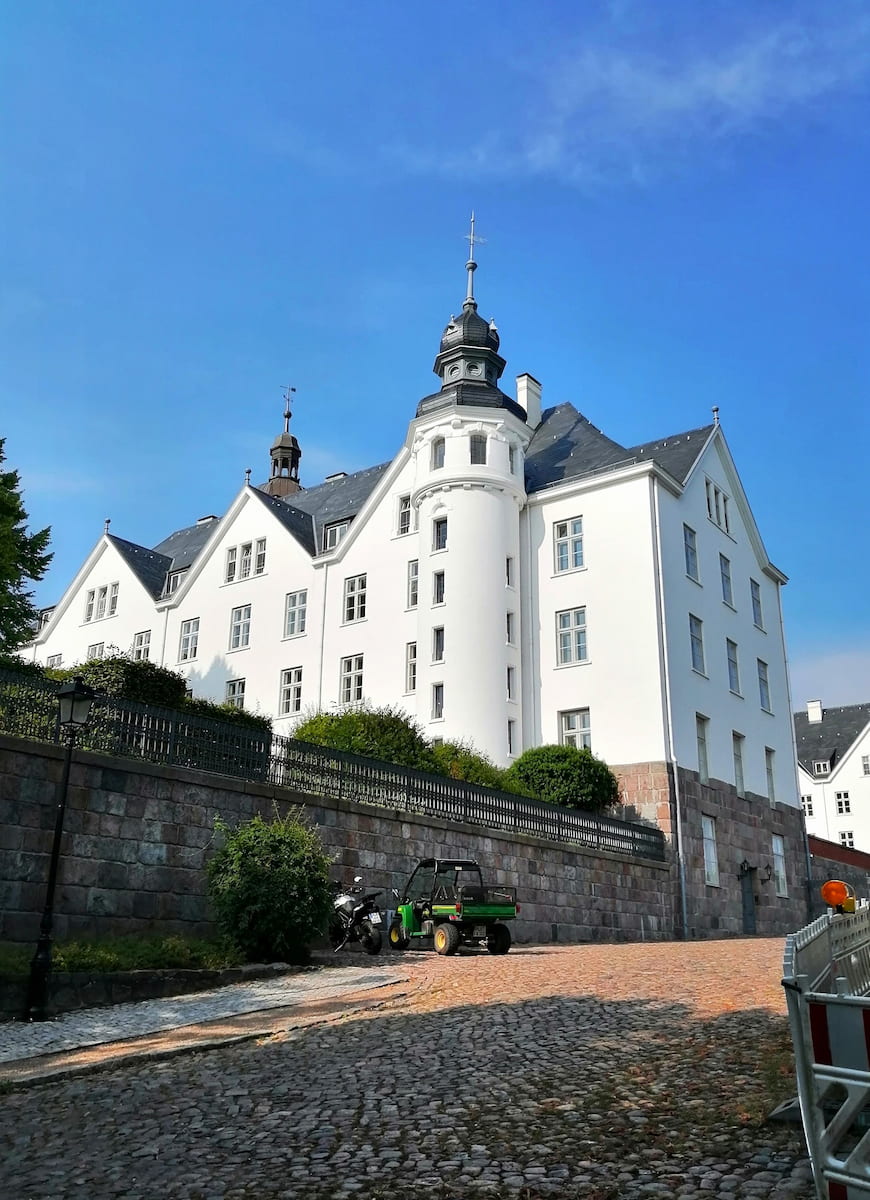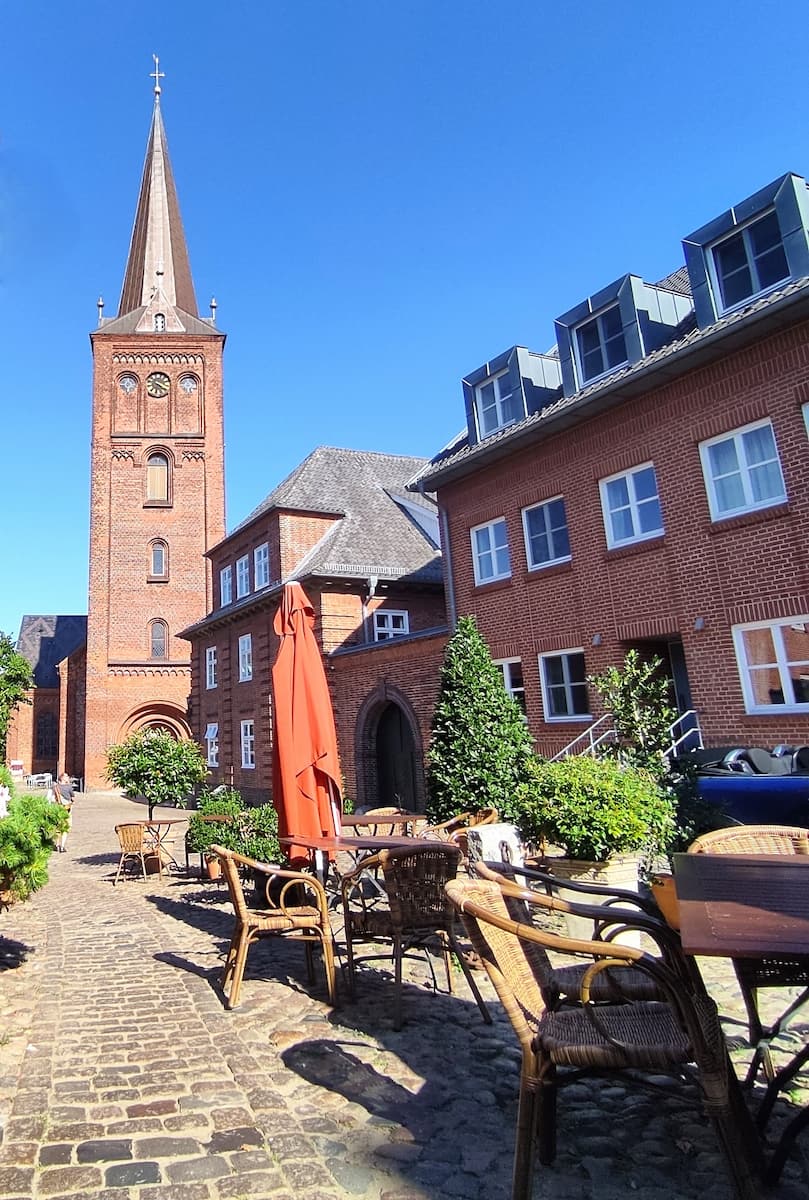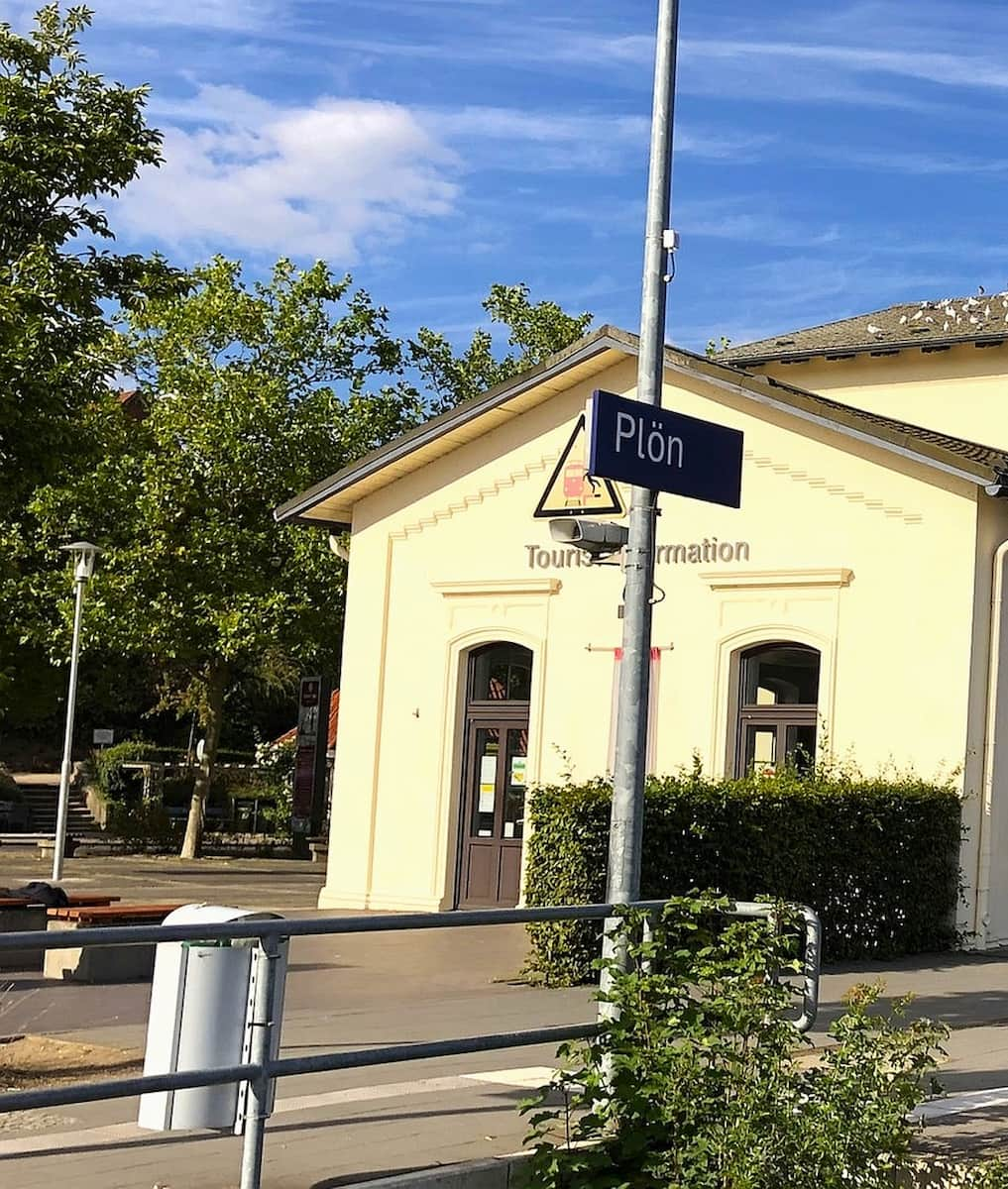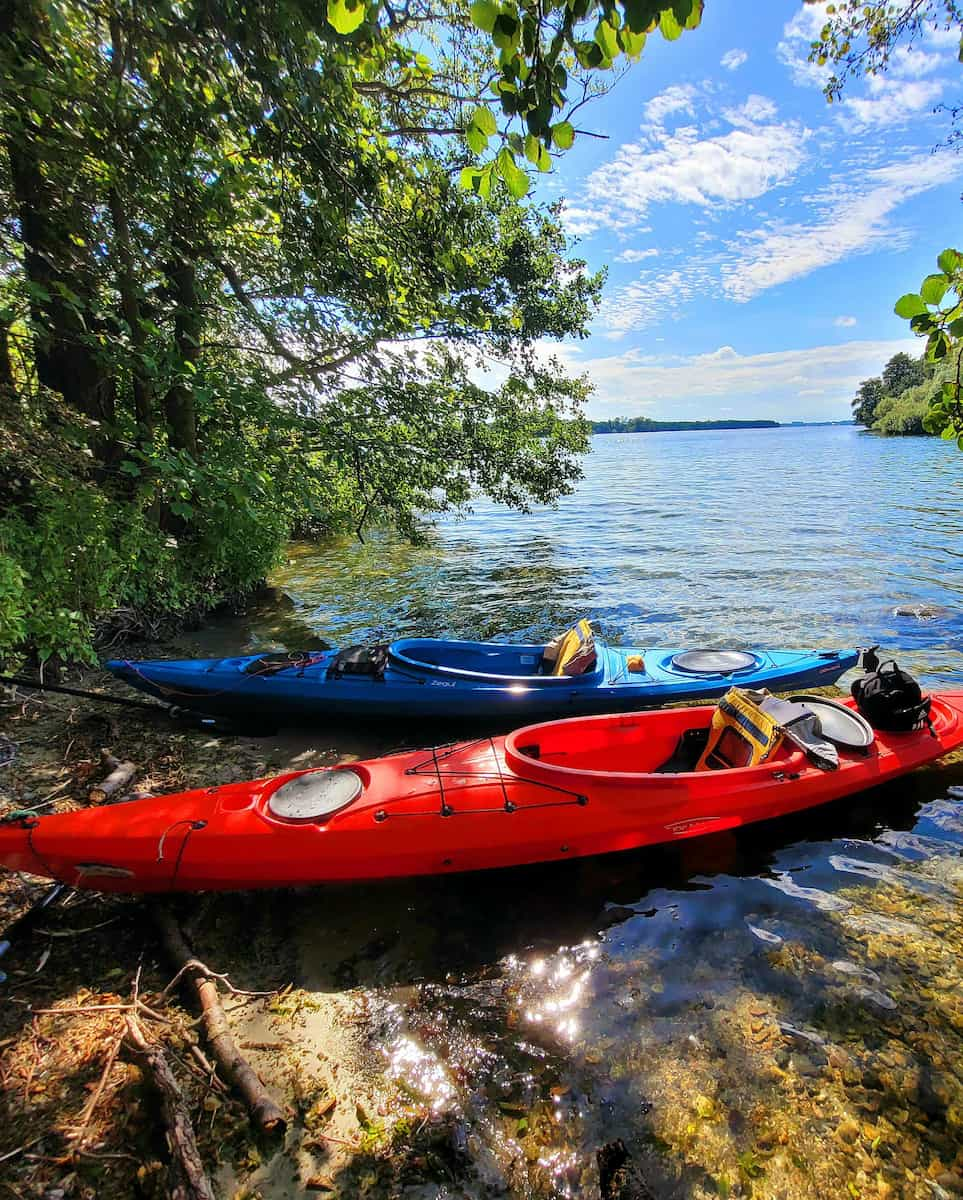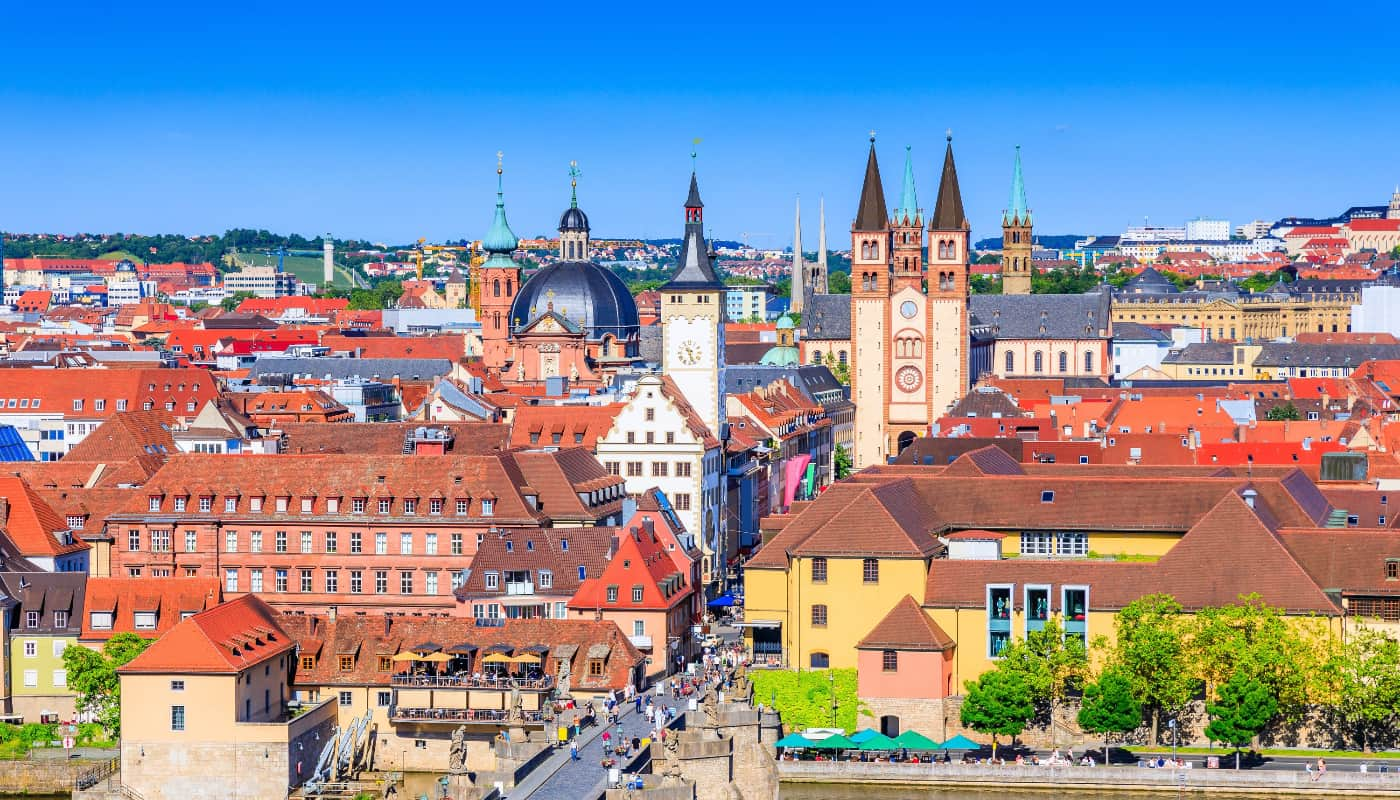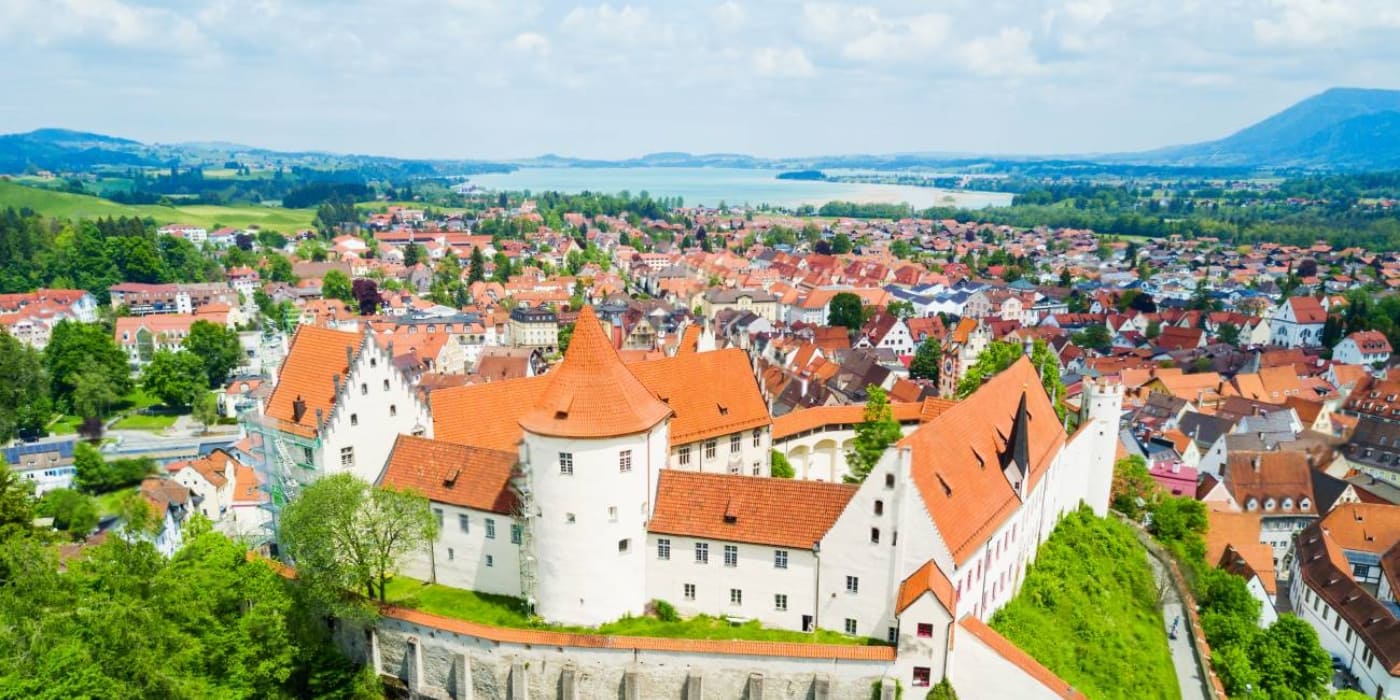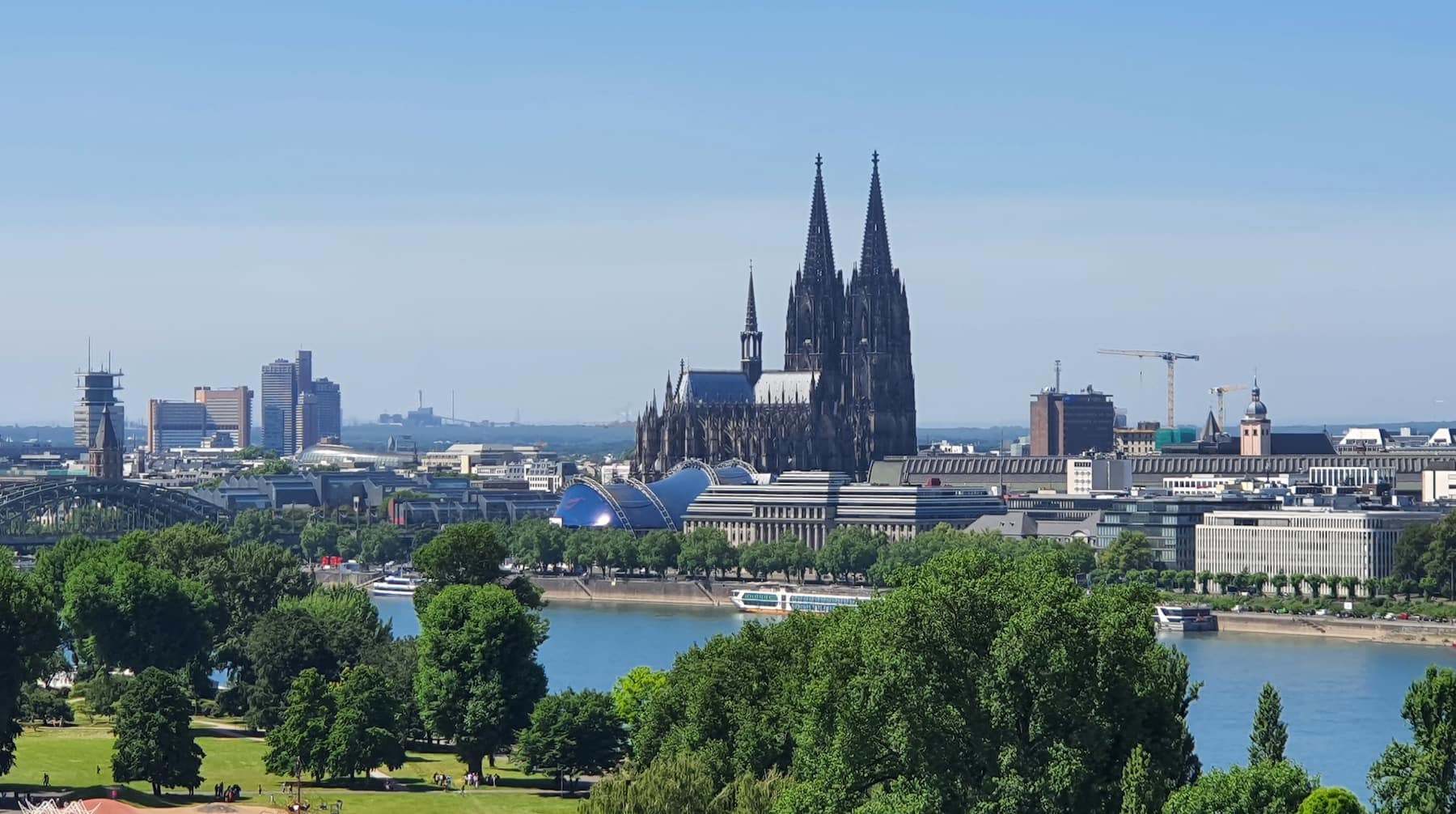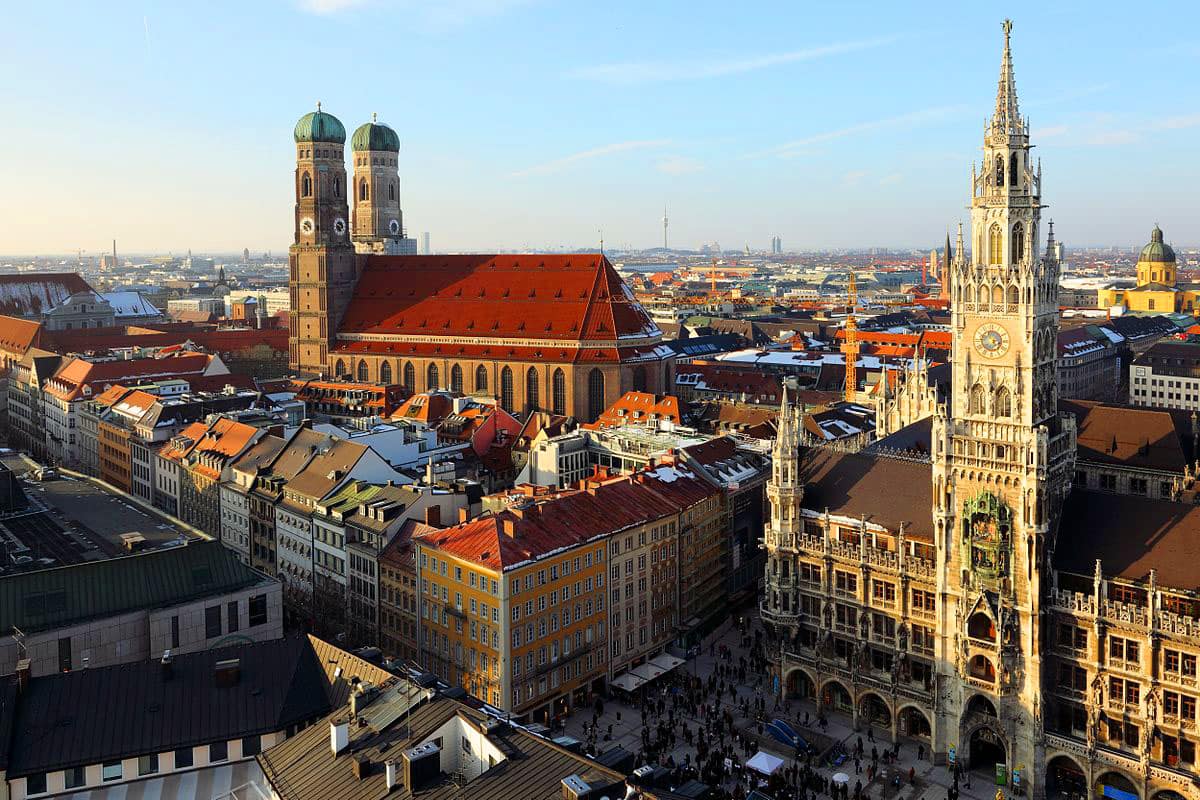Stepping into Lübeck feels like walking through the pages of a medieval storybook. The red-brick buildings, narrow alleys, and seven church spires create a skyline that has barely changed since the days when this was the capital of the mighty Hanseatic League.
I fell in love with this northern German gem the moment I crossed through the iconic Holstentor gate. From world-class museums to hidden courtyards and delicious marzipan, Lübeck offers a perfect blend of history, culture, and charm that makes every visitor want to linger just a little longer.
🏠 Where to Stay in Lubeck
- 💎 Luxury Hotel: Romantik Hotel Friederikenhof Hotel Restaurant & Spa, Lübeck
- 🏨 4-Star: Hotel Lübecker Hof, Lübeck
- 🛏️ 3-Star: Waldhotel Twiehaus Garni, Lübeck
- 💸 Cheap: Traveller Hotel, Lübeck
- 🏢 Apartment: Family Apartments Lübeck, Lübeck
- 👨👩👧👦 For Families: Premier Inn Lübeck City Stadtgraben, Lübeck
- 🏩 For Couples: Premier Inn Lübeck City Centre, Lübeck
💁 Best Guided Tours
- Lubeck Self-Guided Sherlock Holmes Murder Mystery Game from € 20 (⭐4.6/5)
- Lubeck Interactive City Tour from € 15 (⭐4.7/5)
- Lübeck Self-Guided Scavenger Hunt Tour from € 18 (⭐4.5/5)
- e-Scavenger Hunt Lubeck: Explore the City at Your Own Pace from € 16 (⭐4.7/5)
Best Things To Do in Lübeck
1. Lübeck Old Town (Altstadt)
Island charm. Stepping onto the island that houses Lübeck’s Altstadt felt like entering a medieval storybook. The entire Old Town sits encircled by the Trave River, creating a naturally protected UNESCO World Heritage site that’s incredibly easy to navigate on foot.
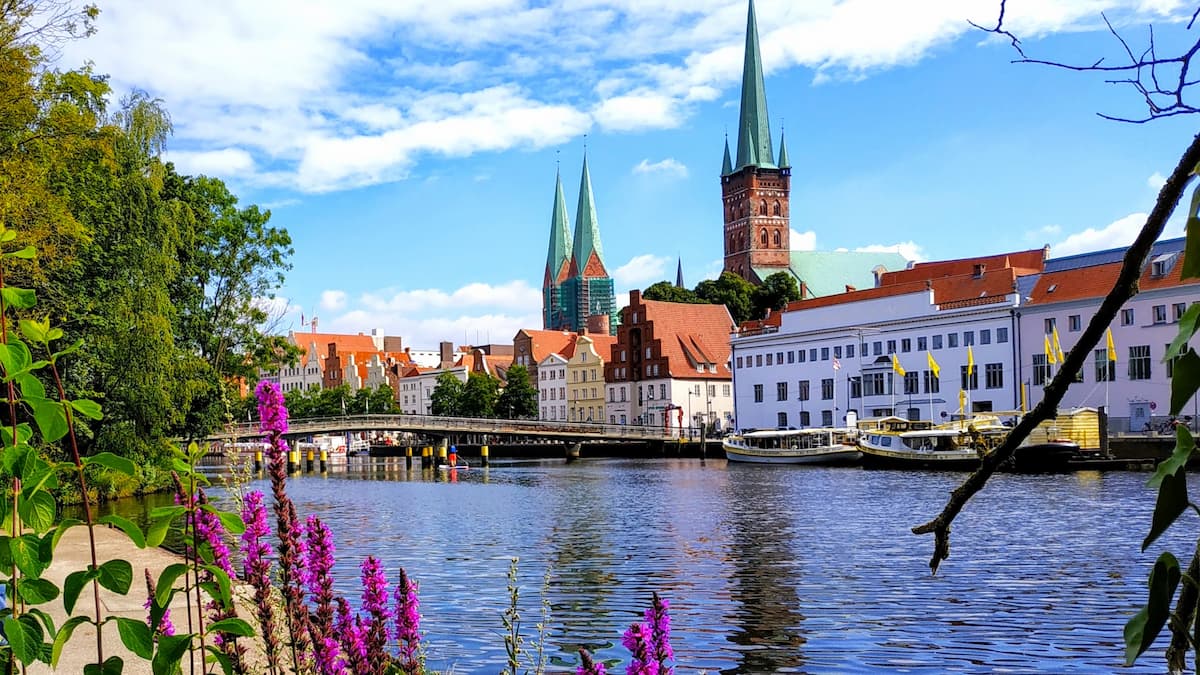
Hidden treasures. Behind the grand facades lie secret courtyards and alleys – a miniaturized town within the city. I discovered several of the 80 inhabited alleys open to visitors, including the romantic Dunkelgrüner Gang and charming Füchtingshof. These hidden gems offer a glimpse into how space was maximized when merchants flocked to this Hanseatic powerhouse.
Culinary delights. The Old Town buzzes with cafés and restaurants serving northern German specialties. I enjoyed fresh seafood at Schiffergesellschaft, housed in the former seafarers’ guild from 1535. For dessert, Niederegger’s famous marzipan is a must-try Lübeck specialty – their café offers marzipan treats starting at €3.50 ($3.80).
Practical tip: The best way to explore is simply getting lost in the smaller streets. Grab a free map from the tourist info center near Holstentor and create your own walking route. Wear comfortable shoes as the cobblestones can be uneven, and visit on weekday mornings to avoid the weekend crowds.
| Old Town Attraction | Price | Opening Hours |
|---|---|---|
| St. Peter’s Tower | €5 | 10am-6pm |
| Holstentor Museum | €12 | 10am-5pm |
| Marienkirche | Free | 10am-4pm |
2. Holstentor (Holsten Gate)
Iconic landmark. The Holstentor is Lübeck’s most recognizable symbol, appearing on everything from postcards to German €2 coins. I was immediately struck by its twin round towers and central gateway, leaning slightly due to the marshy ground beneath – giving it a charming, imperfect appearance.
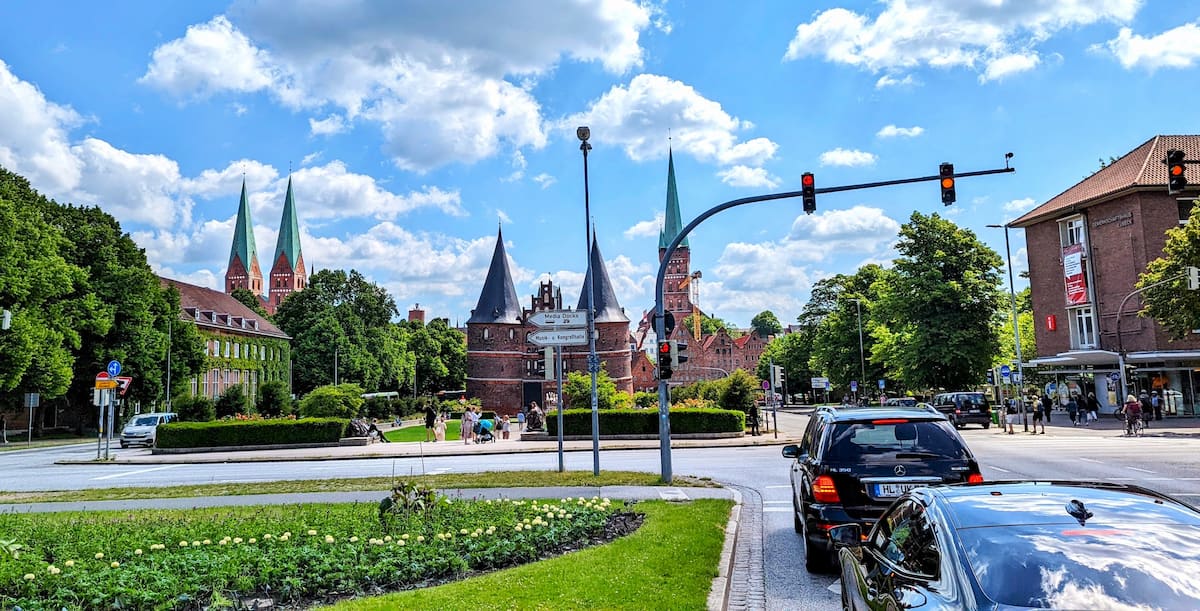
Museum experience. Inside, I explored the small but fascinating museum spread across three floors. The exhibits tell the story of Lübeck’s Hanseatic trading power and medieval city defenses. My favorite display featured original merchant ship models showing how goods were transported across the Baltic.
| Holstentor Details | Information |
|---|---|
| Entrance Fee | €7 adult, €3.50 reduced |
| Opening Hours | Tues-Sun 10am-5pm (closed Mondays) |
| Photography | Allowed without flash |
| Audio Guide | Available in 8 languages (€3) |
Photo opportunities. The best photos come from the small park in front of the gate. I visited twice – once in morning light when the eastern side was illuminated, and again at dusk when the gate is beautifully lit up against the darkening sky.
Historical significance. Built in 1464, this defensive gate once protected the western entrance to the city. The Latin inscription above the entrance reads “CONCORDIA DOMI FORIS PAX” (harmony at home, peace abroad) – reflecting the city’s merchant values.
Practical tip: Combine your visit with a walk along the remaining city fortifications. The adjacent green spaces make for a lovely stroll, and the nearby Salzspeicher (salt warehouses) complement the medieval atmosphere perfectly.
⭐ Best Activities
- Discovering Lubeck – Private Walking Tour for Couples – A romantic private walking tour starting in front of the Holstentor, perfect for couples wanting to explore Lübeck’s charming streets together.
3. St. Mary’s Church (Marienkirche)
Architectural marvel. Standing beneath the soaring 125-meter twin spires of St. Mary’s Church left me speechless. This magnificent brick Gothic church served as the model for over 70 other churches around the Baltic, and I could immediately see why – its scale and elegance are truly impressive.
Broken bells. The most moving exhibit is the shattered bells display. During a 1942 air raid, the bells crashed to the ground and were left exactly where they fell as a powerful war memorial. I stood there in silence, taking in this sobering reminder of history.
Musical heritage. If you’re lucky enough to visit during one of the regular organ concerts, don’t miss it! The church houses a magnificent Baroque organ once played by Johann Sebastian Bach. I caught a 20-minute demonstration (€5) that showcased the incredible acoustics.
| Church Features | Details |
|---|---|
| Astronomical Clock | From 1561, shows moon phases |
| Dance of Death | Medieval painting series |
| Organ | 5,000+ pipes, built 1516-1518 |
| Chapel of Prayer | Quiet meditation space |
Artistic treasures. Inside, I discovered numerous medieval artworks, including a 30-meter-high Gothic altar and the famous “Danse Macabre” painting. The stained glass windows create beautiful colored light patterns across the brick interior.
Practical tip: Visit between 11am-2pm when sunlight streams through the eastern windows, illuminating the interior beautifully. Bring a few euros for the small donation requested to help maintain this architectural treasure.
⭐ Best Activities
- Lubeck Private Walking Tour With A Professional Guide – Discover Lübeck with a professional guide on this private walking tour beginning at the iconic Holsten Gate.
4. Lübeck Cathedral (Lübecker Dom)
Romanesque beginnings. Unlike the brick Gothic style dominating Lübeck, the Cathedral surprised me with its mix of Romanesque and Gothic elements. Founded in 1173 by Henry the Lion, it’s actually older than most buildings in the city, though fires and bombings led to numerous reconstructions.
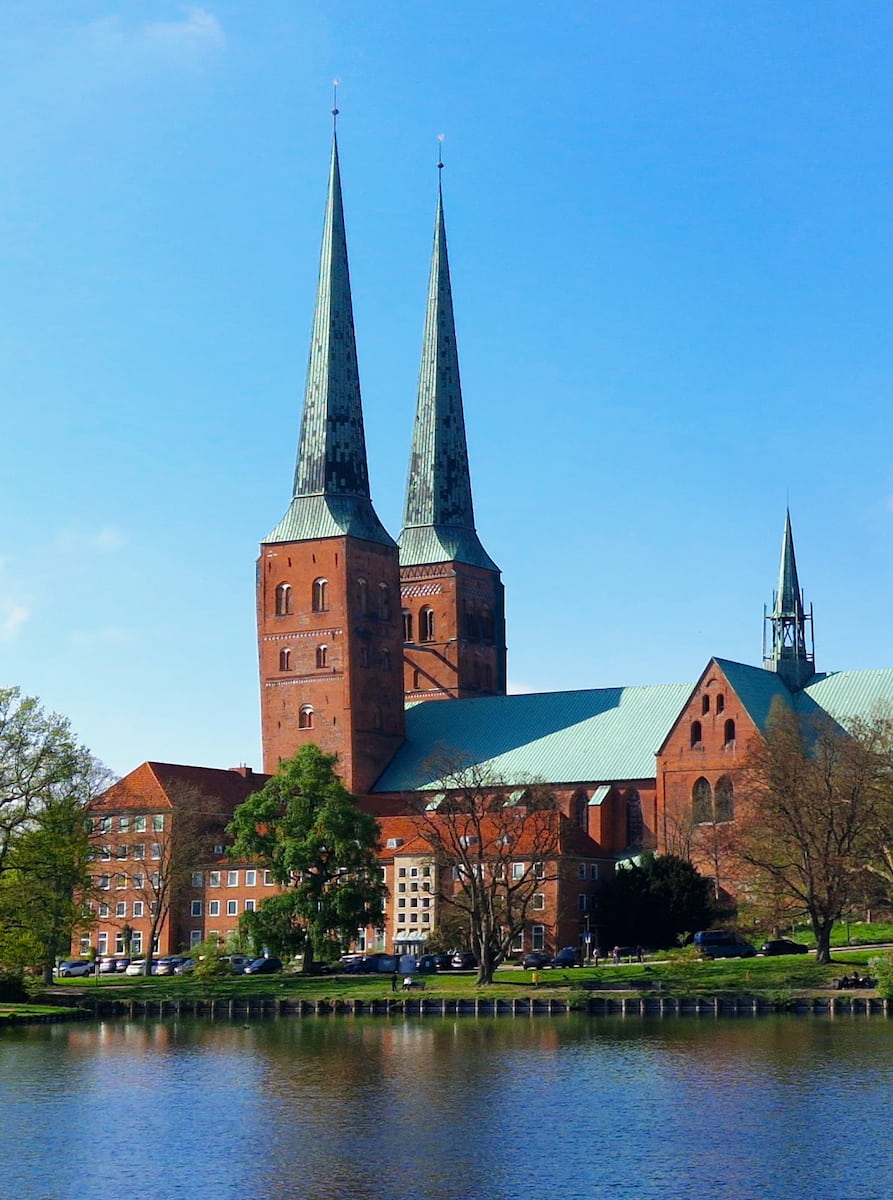
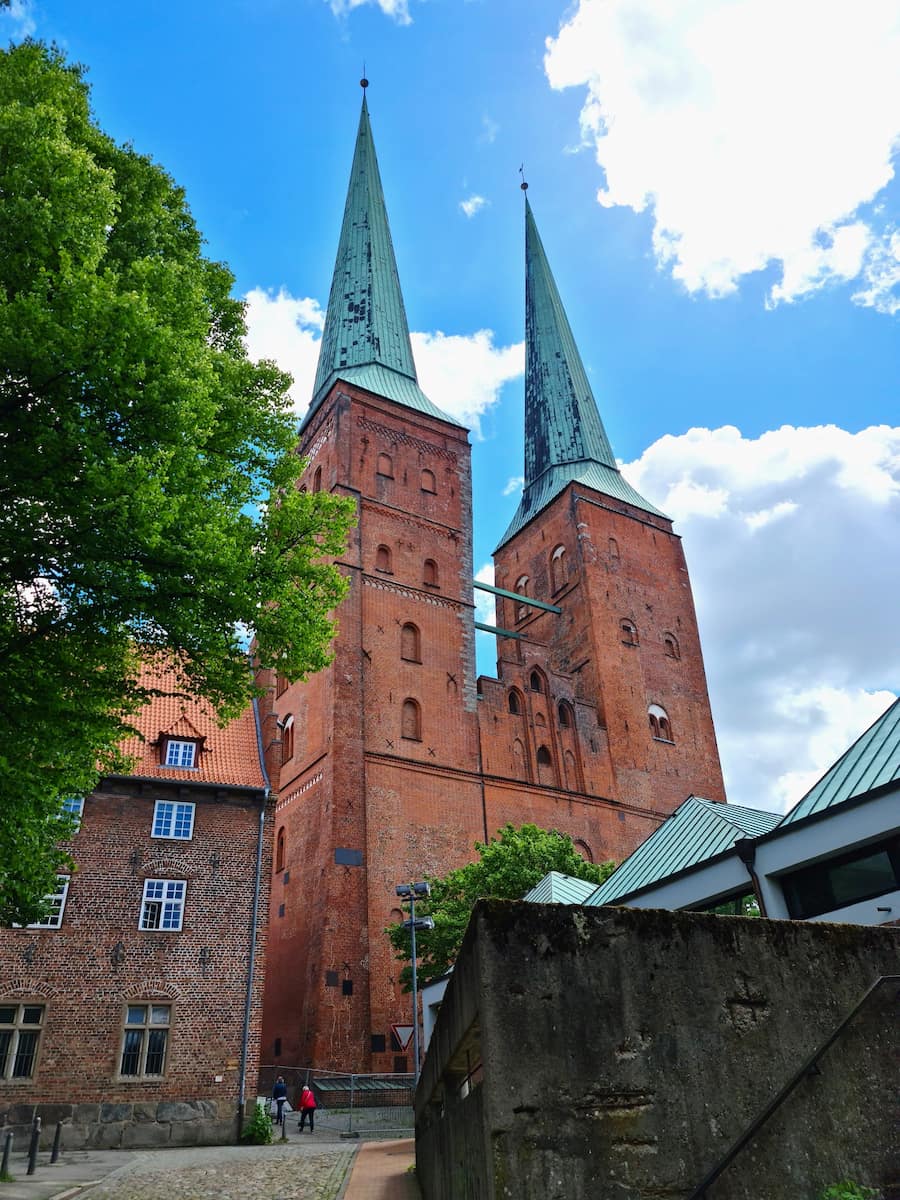
Artistic highlights. The Cathedral houses several remarkable treasures that I wasn’t expecting. The 17-meter-high triumphal cross from 1477 dominates the nave, while the intricate bronze baptismal font from 1455 shows incredible craftsmanship that’s survived centuries.
- Must-see Cathedral artworks:
- Triumphal cross by Bernt Notke (1477)
- Renaissance pulpit (1568)
- Medieval brass epitaphs
- Baroque organ case
- 700-year-old astronomical clock
Peaceful garden. After exploring the interior, I discovered the tranquil Cathedral garden (Domhof) behind the building. This quiet green space provided a perfect spot to sit and contemplate the massive structure away from the busier tourist areas.
Musical tradition. The Cathedral hosts regular concerts and recitals on its magnificent organ. I was fortunate to catch an afternoon performance that showcased music spanning four centuries – the acoustics were absolutely perfect for the Bach pieces.
Practical tip: Look for the small devil figure carved into the exterior stonework near the main entrance. According to local legend, the devil thought the church was being built as a tavern and helped with construction, only realizing his mistake when crosses were added!
⭐ Best Activities
- Intro to Lübeck in 2 hours with a Local – Get a perfect introduction to Lübeck in just 2 hours with a knowledgeable local guide, meeting at the Pinguin Apotheke.
5. Lübeck Town Hall (Rathaus)
Medieval masterpiece. The Rathaus stands as one of the oldest and most magnificent town halls in Germany. I was immediately drawn to its distinctive façade – a blend of Gothic and Renaissance styles with a series of black glazed bricks creating patterns against the red brick background.
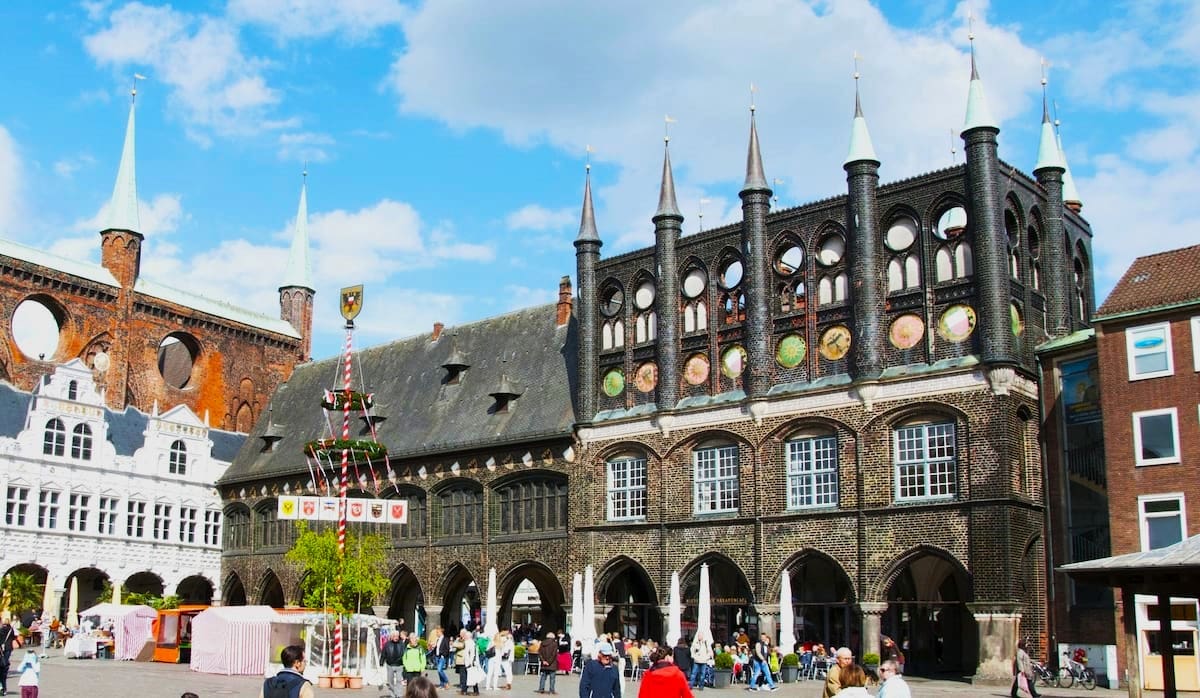
Centuries of governance. Walking through the various chambers, I learned this building has served as Lübeck’s seat of power since the 13th century. The most impressive room is the Audienzsaal (audience hall) with its stunning Renaissance paneling and intricate wood carvings depicting scenes from biblical and classical mythology.
| Town Hall Features | Description |
|---|---|
| Façade | Gothic brick with Renaissance additions |
| Market Arcade | 16th century covered walkway |
| Council Chamber | Original medieval meeting room |
| Audience Hall | Renaissance wood paneling |
| Cellars | Former prison cells and wine storage |
Hidden details. The guide pointed out fascinating small details I would have missed, like the medieval graffiti scratched into the stone by bored council members centuries ago, and the secret passages built for officials to escape angry crowds during difficult times.
Market square setting. The Rathaus forms one side of the magnificent Marktplatz, where I enjoyed a coffee while taking in the entire scene. The square still hosts markets twice weekly, continuing a tradition that’s over 500 years old.
Practical tip: Join one of the guided tours (€8, available in English at 11am and 2pm) to access areas not open to the general public, including the magnificent council chamber with its original furnishings.
⭐ Best Activities
- Lubeck walking tour with licensed guide – Explore the UNESCO-listed Old Town with an expert licensed guide who will reveal Lübeck’s fascinating history and architecture.
6. European Hansemuseum
Interactive history. The European Hansemuseum completely changed my understanding of medieval trade networks. Using cutting-edge multimedia displays, the museum brings to life how the Hanseatic League dominated northern European commerce for over 500 years.
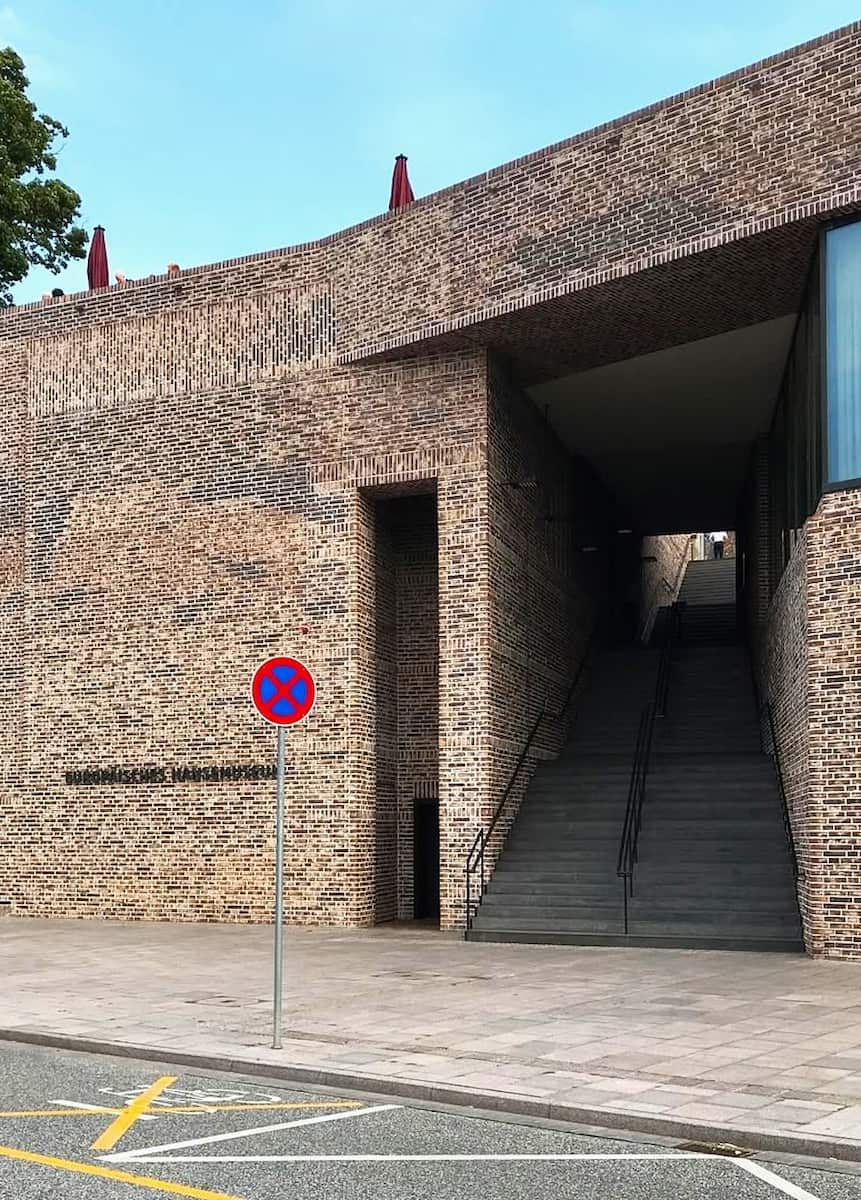
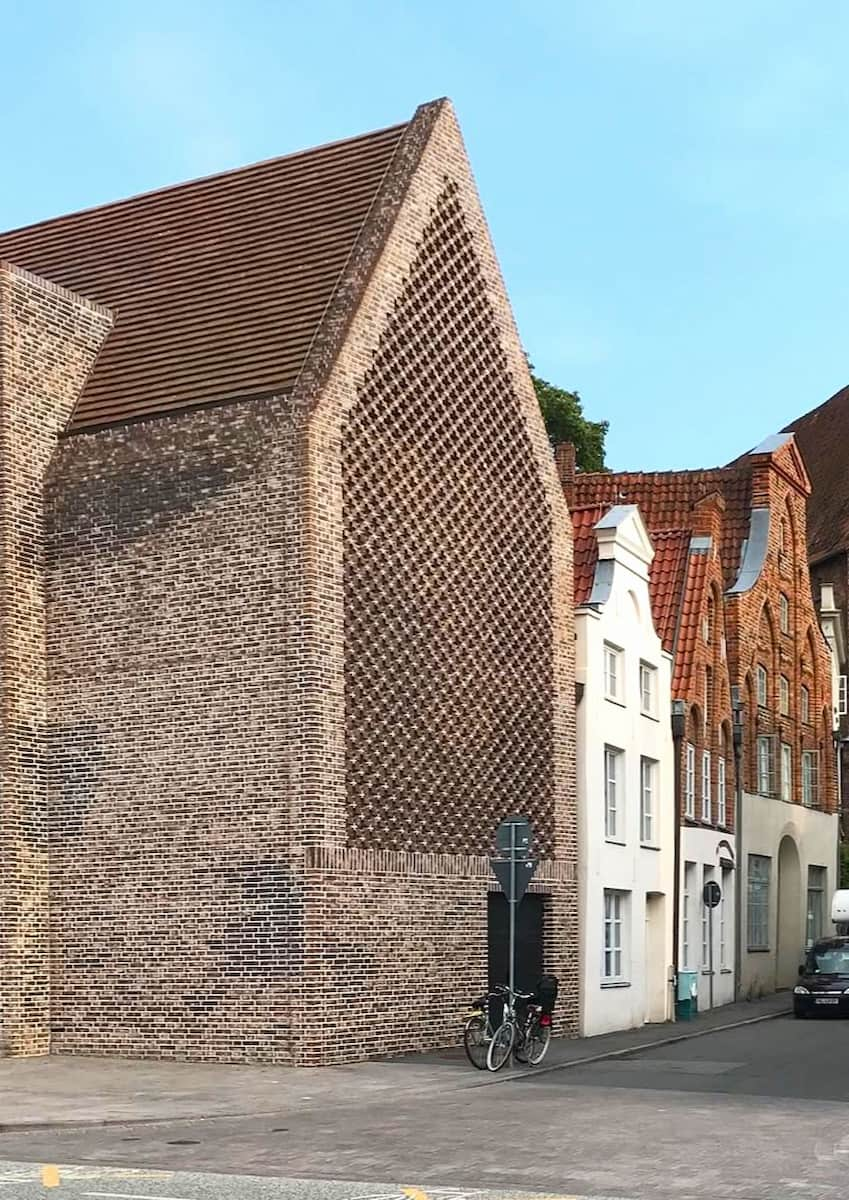
Immersive exhibits. I walked through meticulously recreated historical scenes – from a Novgorod trading post to a merchant’s office and a ship’s cargo hold. The attention to detail is remarkable, down to authentic smells and soundscapes that transport you back in time.
- Highlights of the Hansemuseum:
- Original archaeological finds from merchant ships
- Interactive trade simulation game
- Medieval accounting books and contracts
- Recreated merchant’s living quarters
- Augmented reality views of historic Lübeck harbor
Archaeological discoveries. The lower level incorporates actual archaeological excavations, with glass floors revealing medieval foundations. I was fascinated by the original artifacts displayed alongside the ruins – everyday items used by Hanseatic merchants centuries ago.
Panoramic views. Don’t miss the rooftop terrace offering spectacular views across Lübeck’s skyline of seven church spires. I spent nearly 20 minutes just taking photos and identifying landmarks from this perfect vantage point.
Practical tip: Allow at least 2-3 hours to fully experience the museum. The entrance fee (€13) includes an excellent audio guide available in multiple languages. Visit on weekday afternoons when school groups are less common.
7. Salt Storehouses (Salzspeicher)
Riverside icons. The distinctive stepped-gable facades of the Salzspeicher immediately caught my eye as I crossed the bridge into Lübeck’s Old Town. These six historic brick warehouses stand in a row along the Trave River, creating one of the city’s most photographed scenes.
Trading wealth. Built between the 16th and 18th centuries, these warehouses stored the “white gold” – salt from Lüneburg that made Lübeck wealthy. I learned that salt was incredibly valuable for preserving fish and meat in pre-refrigeration times, and controlling its trade brought enormous power.
| Warehouse | Built | Original Function | Current Use |
|---|---|---|---|
| Building 1 | 1579 | Salt storage | Restaurant |
| Building 2 | 1594 | Salt storage | Art gallery |
| Buildings 3-6 | 17th-18th century | Salt/grain storage | Offices/shops |
Film history. Movie buffs might recognize these buildings from F.W. Murnau’s classic 1922 vampire film “Nosferatu.” I watched clips of the film before visiting, which added an extra layer of gothic atmosphere to my experience.
Architectural details. Looking closely at the facades, I noticed how each warehouse has slightly different decorative elements and gable designs. The builders used simple materials but created distinctive silhouettes that have become synonymous with Hanseatic architecture.
Practical tip: The buildings themselves are not open to the public (except those housing businesses), but the best views are from across the river near the Holstentor. Visit at sunset when the red brick glows beautifully in the evening light.
⭐ Best Activities
- The best of Lubeck walking tour – Experience the highlights of Lübeck on this comprehensive walking tour covering the city’s most significant landmarks and hidden gems.
8. Buddenbrookhaus
Literary landmark. Walking into the Buddenbrookhaus felt like stepping into the pages of Thomas Mann’s famous novel. This elegant 18th-century merchant’s house was owned by Mann’s grandparents and served as the setting for his Nobel Prize-winning work “Buddenbrooks.”
Family saga. The museum brilliantly connects the fictional Buddenbrook family with the real-life Mann family history. I was fascinated by the parallel timelines showing how closely Thomas Mann based his characters on his own ancestors and their declining merchant fortunes.
- What you’ll discover at Buddenbrookhaus:
- Original family photographs and documents
- Mann’s writing desk and personal items
- First editions of his major works
- Interactive exhibits about the novel’s themes
- Recreation of the family’s living quarters
Architectural beauty. Beyond the literary connections, the house itself is a perfect example of a wealthy merchant’s residence. I admired the ornate stucco ceilings, elegant staircase, and period furnishings that showcase the lifestyle of Lübeck’s commercial elite.
Cultural context. The upper floors place Mann’s work in broader cultural context, exploring themes of family obligation, artistic expression, and the changing social landscape of 19th century Germany. Even visitors unfamiliar with the novel will find these exhibits engaging.
Practical tip: The museum offers excellent English-language audio guides (€3). If you haven’t read “Buddenbrooks,” consider purchasing the short illustrated summary in the gift shop before touring the house – it greatly enhances the experience.
9. Hospital of the Holy Spirit (Heiligen-Geist-Hospital)
Medieval welfare. Stepping into the Hospital of the Holy Spirit transported me back to the 13th century. Founded in 1286, this is one of the oldest social institutions in Europe and a remarkable example of medieval charity – providing care for the elderly, sick, and poor long before modern healthcare systems.
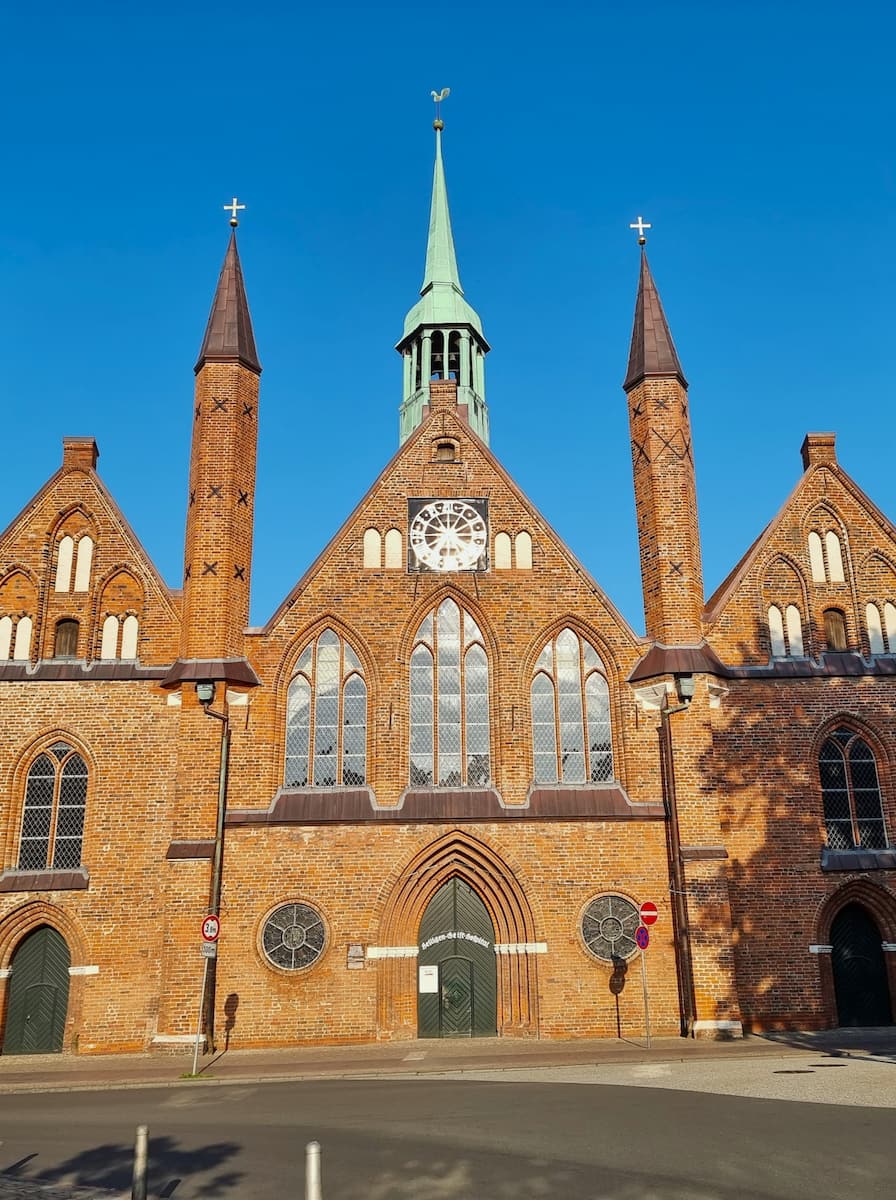
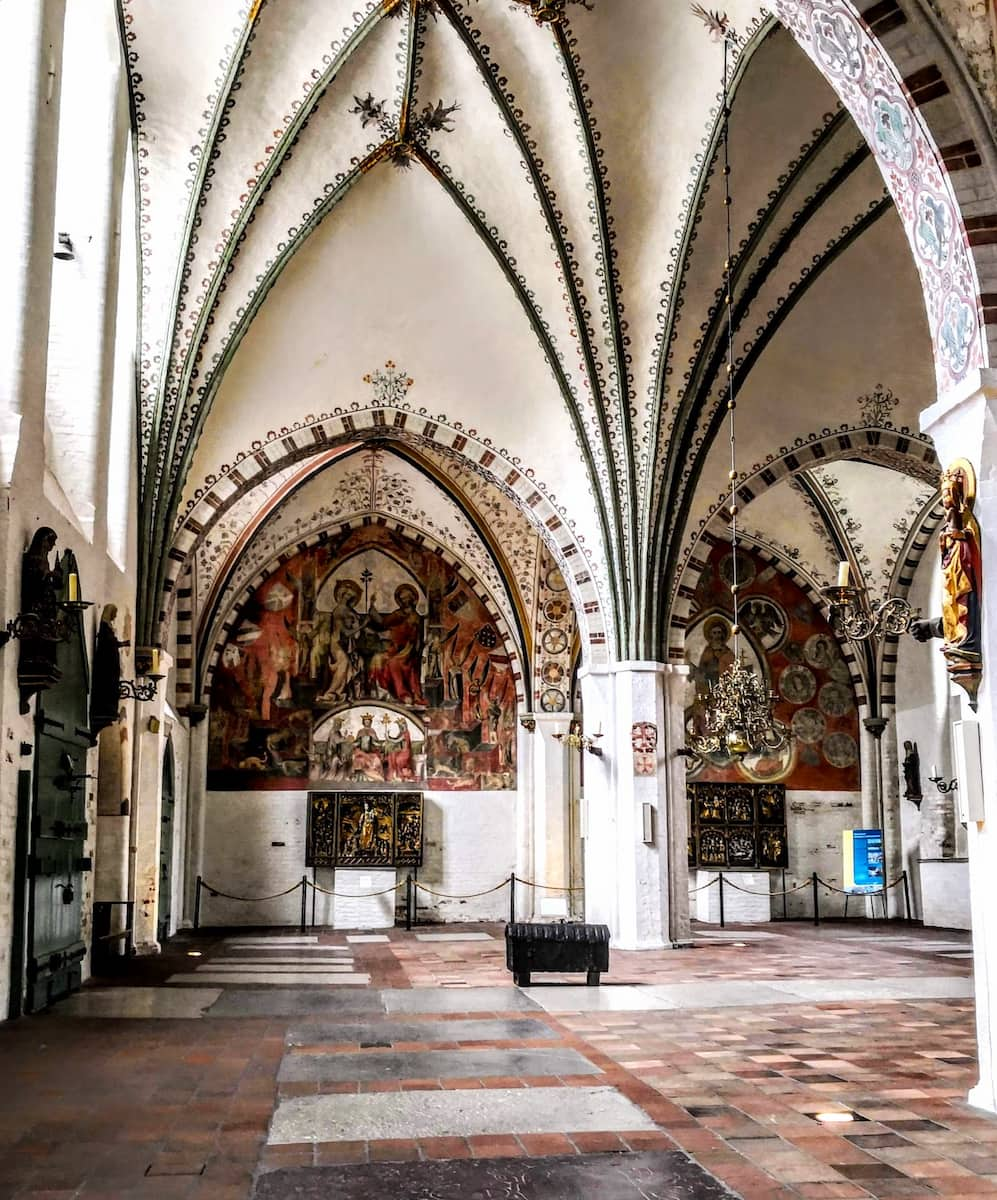
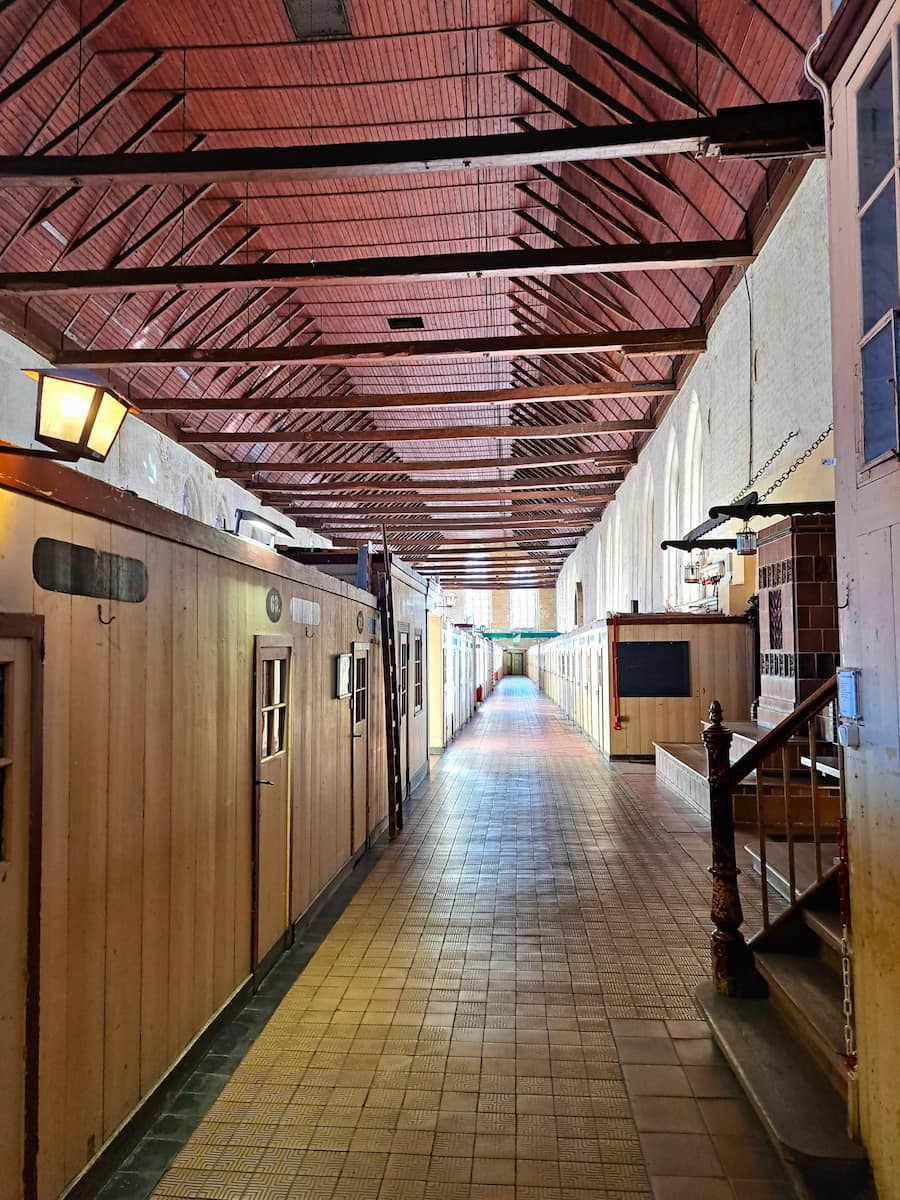
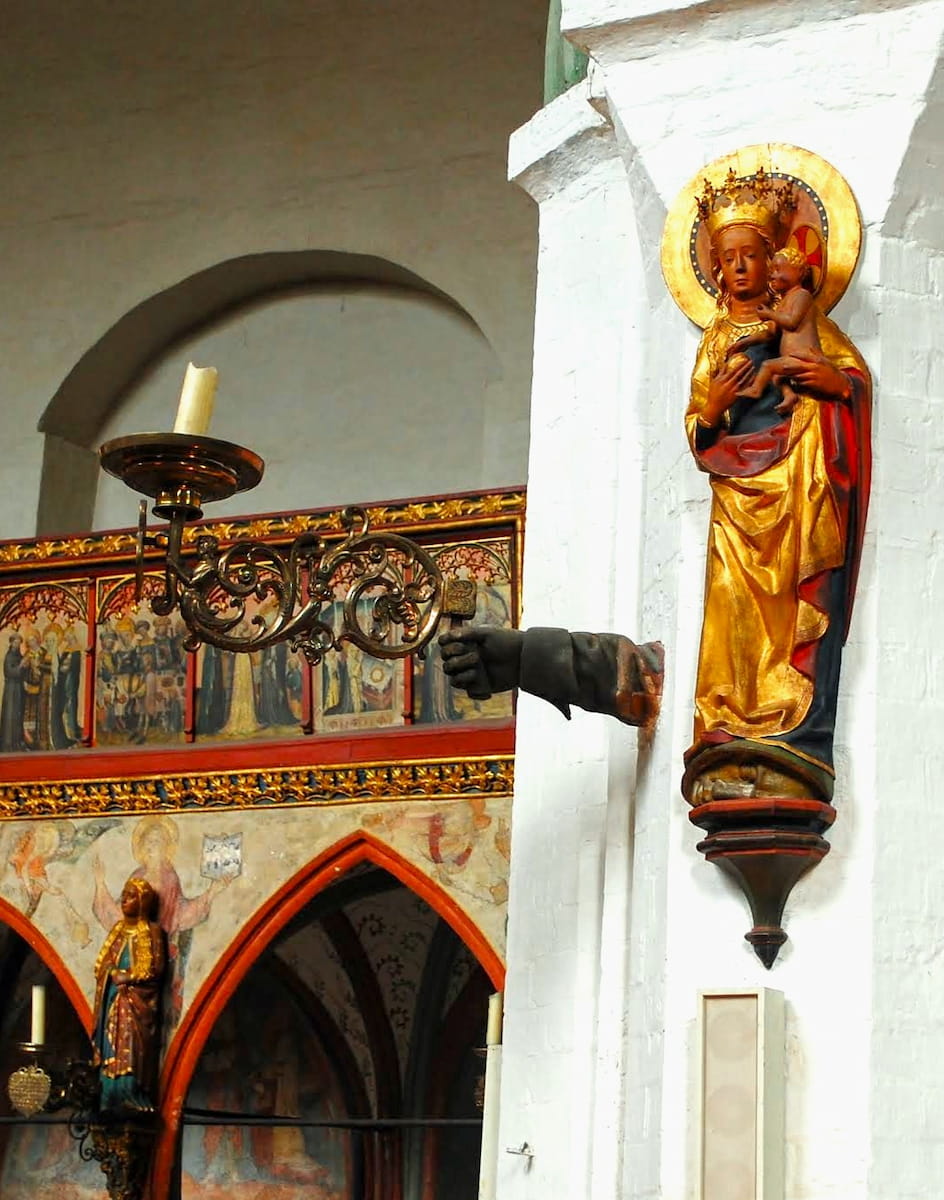
Architectural wonder. The main hall took my breath away with its soaring wooden ceiling and rows of tiny “cabins” – 40 small living chambers where residents once lived. Each booth measures just 2×2 meters and was home to an elderly citizen of medieval Lübeck.
| Hospital Features | Details |
|---|---|
| Founded | 1286 |
| Main Hall Length | 86 meters |
| Living Cabins | 40 preserved booths |
| Chapel | Still consecrated |
| Altarpiece | 1520, depicts hospital life |
Colorful history. The painted wooden screens and medieval frescoes are remarkably well-preserved. I was particularly moved by the altar paintings showing scenes of hospital life – rare depictions of everyday medieval healthcare rather than purely religious imagery.
Practical tip: Visit early in the day (it opens at 10am) to experience the peaceful atmosphere before tour groups arrive. The entrance fee is just €5, making it one of Lübeck’s best value attractions.
10. Museum Harbor
Maritime heritage. Strolling along Lübeck’s Museum Harbor felt like walking through a living maritime museum. Instead of being confined to display cases, historic vessels bob gently in the water – from traditional fishing boats to elegant sailing ships that once carried cargo across the Baltic.
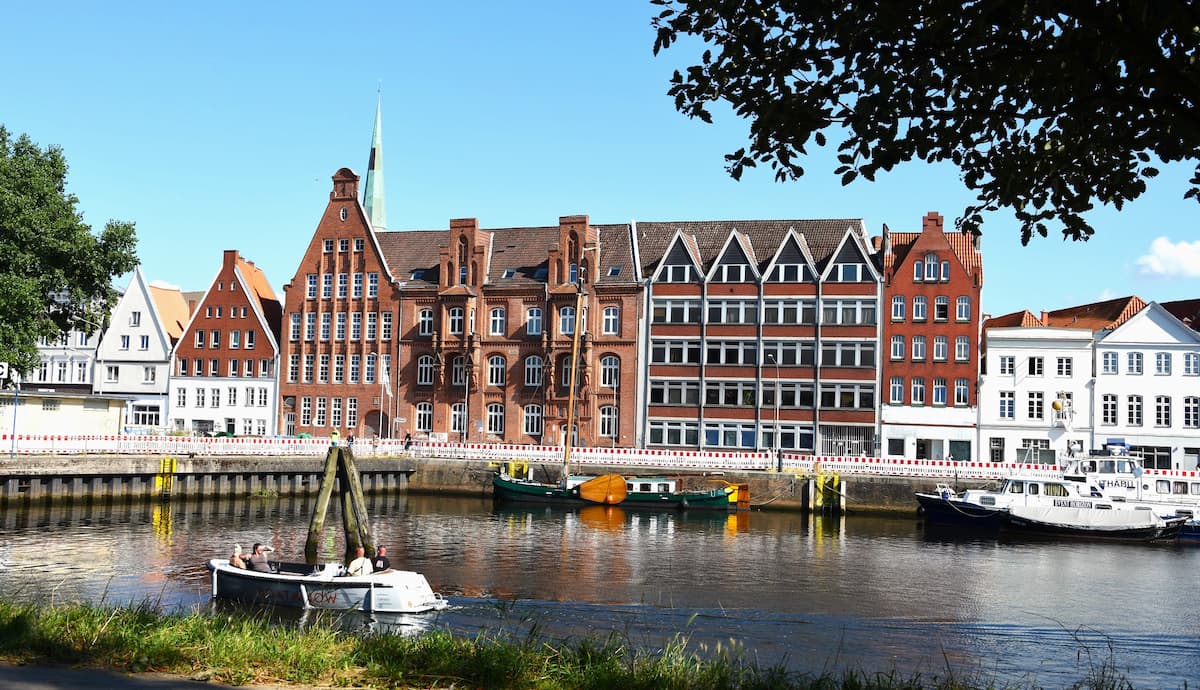
Working vessels. What impressed me most was that many of these aren’t static exhibits but working ships still used for special voyages. I chatted with a crew member preparing the “Lisa von Lübeck” – a magnificent reconstruction of a 15th-century Hanseatic cog – for a summer sailing.
- Notable ships in the Museum Harbor:
- Lisa von Lübeck (15th-century cog replica)
- Fehmarnbelt Lightship (former floating lighthouse)
- Hansine (traditional shark cutter)
- Fridthjof (1889 sailing yacht)
- Several historic tugboats and fishing vessels
Riverside atmosphere. The harbor area has a wonderfully relaxed vibe, with small cafés and benches perfect for watching harbor activities. I enjoyed a local beer at Hafenschuppen (€4.50) while watching the sunset paint the old ships in golden light.
Living history. Information boards beside each vessel explain their historical significance, but the real treat is talking with the volunteer crew members who maintain these ships. Their passion for maritime heritage brings the harbor’s history to life.
Practical tip: Check the harbor’s event calendar for special sailing days when some vessels offer short trips on the Trave River. The “Lisa von Lübeck” occasionally offers 2-hour sailing experiences for €25 – an unforgettable way to connect with Hanseatic trading history.
11. St. Peter’s Church (Viewing Platform)
Panoramic perfection. Climbing to St. Peter’s viewing platform rewarded me with the absolute best panorama of Lübeck. From 50 meters up, I could see all seven church spires, the winding Trave River, and the distinctive red rooftops stretching to the horizon.
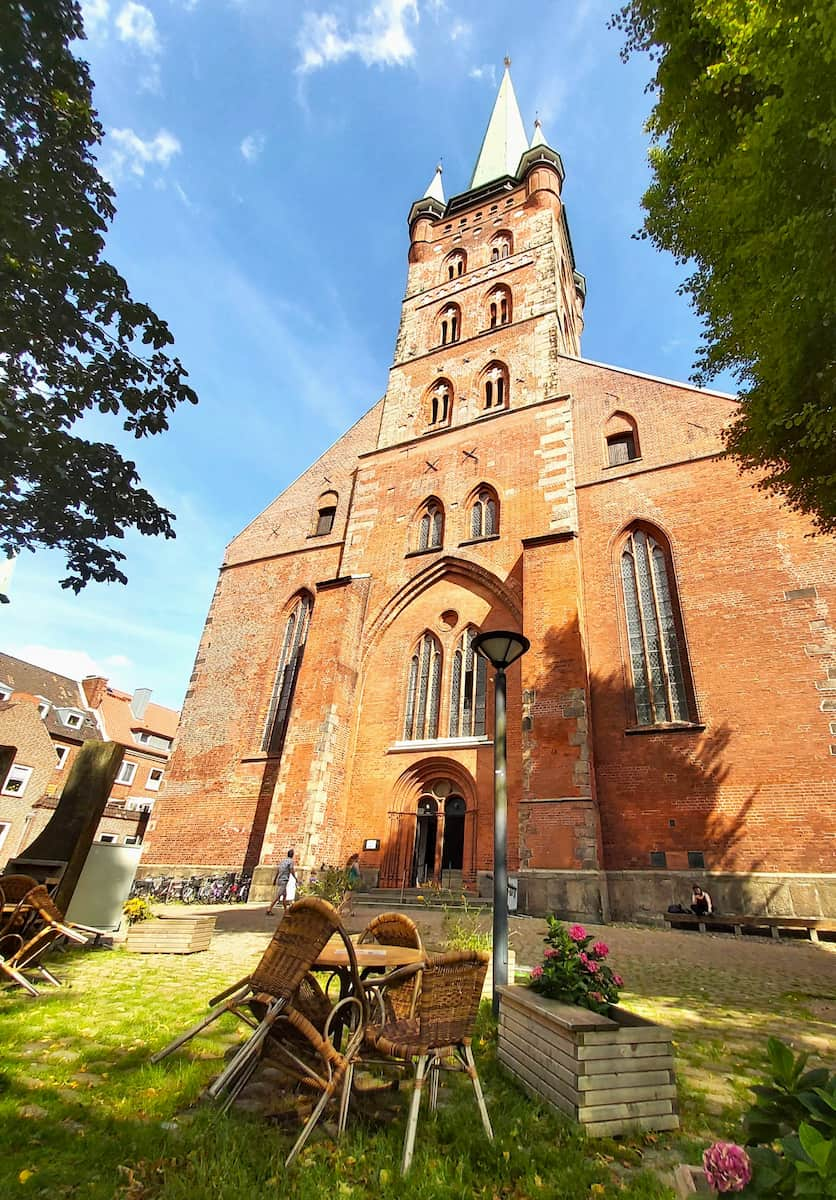
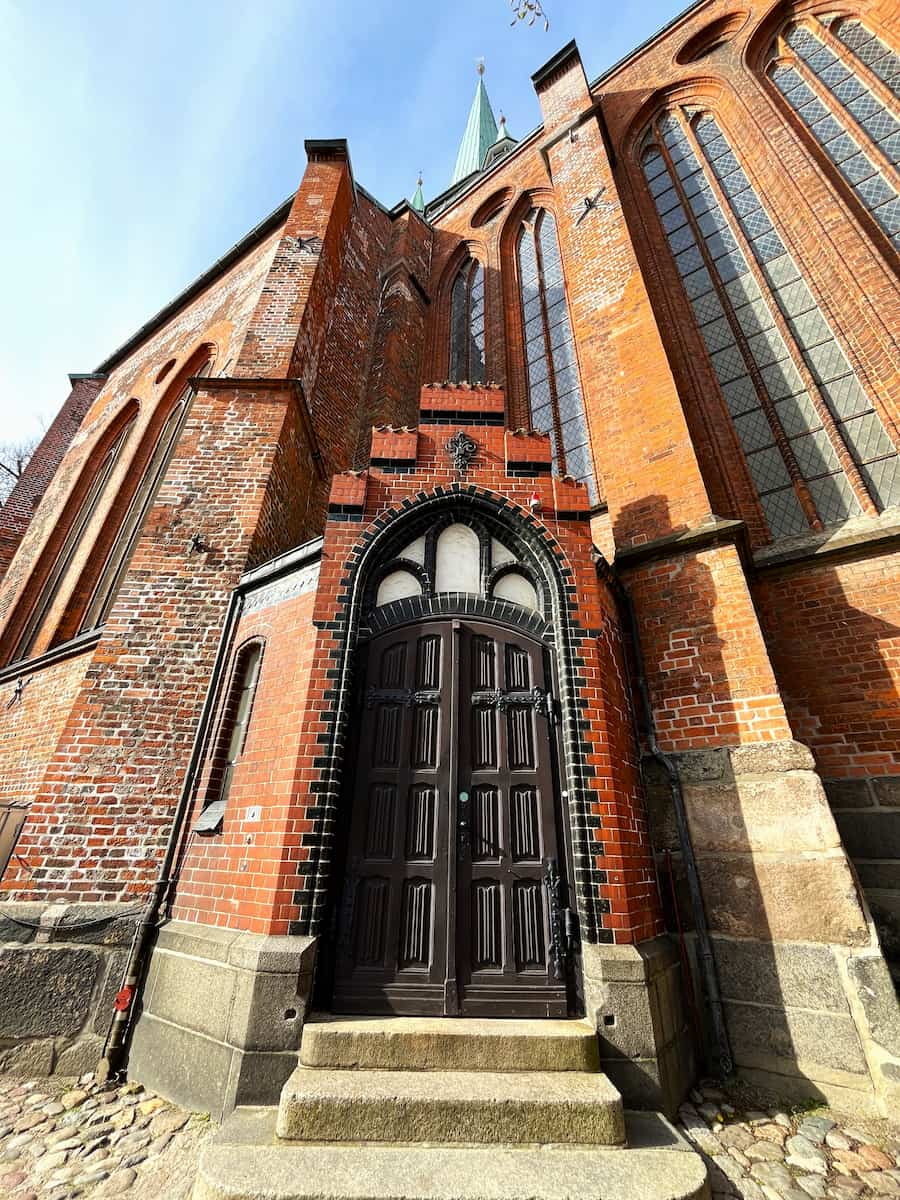
Effortless ascent. Unlike many church towers that require climbing hundreds of steps, St. Peter’s has a modern elevator that whisks visitors to the top. This accessibility was a welcome surprise, making this spectacular view available to everyone regardless of mobility.
| Viewing Platform Details | Information |
|---|---|
| Height | 50 meters |
| Access | Elevator (wheelchair accessible) |
| Cost | €5 adult, €3 reduced |
| Opening Hours | 10am-6pm (Apr-Oct), 10am-4pm (Nov-Mar) |
| Photo Spots | Marked viewpoints for best angles |
Photography heaven. The platform features specially marked spots showing where to stand for the best photo compositions. I spent nearly an hour circling the tower, capturing different angles as clouds created shifting patterns of light across the cityscape.
Historical context. Interactive displays around the platform identify key landmarks and explain how Lübeck’s skyline evolved over centuries. I was fascinated to learn how the church spires served as navigation markers for ships approaching the harbor.
Practical tip: Visit twice if possible – once in morning light when the eastern parts of town are beautifully illuminated, and again before sunset when the brick buildings take on a magical golden glow. The combination ticket with the church interior saves €2.
12. Travemünde Beach
Seaside escape. Just 20 minutes from Lübeck’s Old Town, I discovered the delightful beach resort of Travemünde. The wide sandy beach stretches for kilometers, offering a perfect contrast to the medieval city streets I’d been exploring.
Beach basket culture. I immediately fell in love with the traditional Strandkörbe (beach baskets) – hooded wicker chairs that protect from wind and sun. Renting one for the day (€10) gave me a perfect base for beach relaxation, complete with adjustable footrests and side tables.
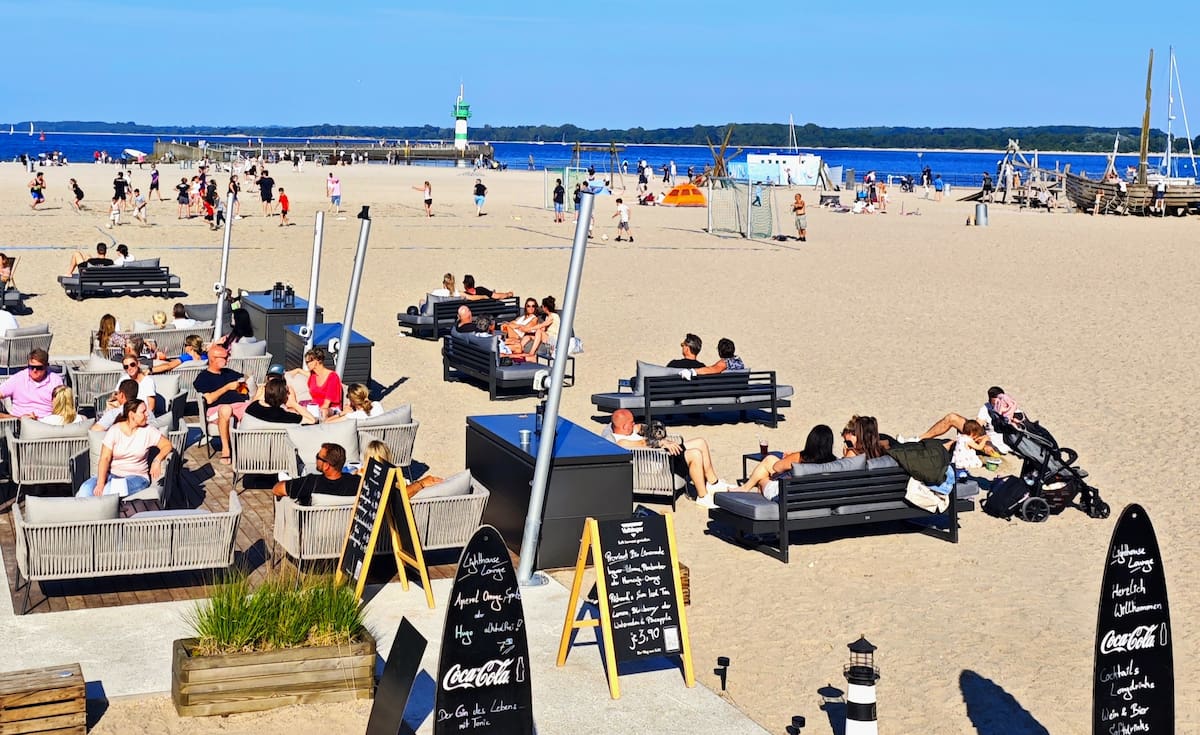
- Travemünde Beach activities:
- Swimming in the Baltic Sea (summer water temps 18-22°C)
- Beach volleyball courts (free to use)
- Kite flying along the promenade
- Stand-up paddleboard rental (€15/hour)
- Beachside yoga classes (mornings, €12)
Maritime atmosphere. What makes Travemünde special is watching massive cruise ships and ferries pass incredibly close to shore as they enter and exit Lübeck’s harbor. I spent hours simply watching these giants navigate the narrow channel – it’s like having front-row seats at a maritime parade.
Promenade pleasures. The beautifully maintained seafront promenade offers everything from ice cream stands to seafood restaurants. I enjoyed fresh fish rolls (Fischbrötchen) from a small kiosk for just €4.50 – the perfect beach lunch with a view of the historic lighthouse.
Practical tip: Reach Travemünde easily by taking bus #40 from Lübeck’s main station (€3.40 one-way) or the more scenic passenger ferry along the Trave River (€12 round-trip, April-October). The ferry takes longer but offers beautiful views of the countryside.
13. Lübeck Marzipan (Niederegger Café)
Sweet tradition. My visit to Niederegger Café was a delicious dive into Lübeck’s most famous culinary export – marzipan. This family-run business has been crafting almond confections since 1806, and their café on Breite Straße is the epicenter of marzipan culture.
Taste testing. I ordered the marzipan tasting plate (€8.50) featuring seven different varieties, from classic to chocolate-covered and fruit-flavored. The difference between mass-produced marzipan and Niederegger’s authentic recipe was immediately apparent – less sweet, with a more pronounced almond flavor.
| Niederegger Marzipan Products | Price Range |
|---|---|
| Classic Marzipan Loaf | €4.50-€12 |
| Chocolate-Covered Pieces | €7.90 per 100g |
| Marzipan Figurines | €3.50-€25 |
| Gift Boxes | €10-€40 |
| Marzipan Liqueur | €15.90 |
Museum experience. Above the café, I explored the small but fascinating marzipan museum (free entry with café purchase). The displays explain how almonds are transformed into this delicacy and showcase incredible marzipan sculptures – including a life-sized recreation of Thomas Mann made entirely from almond paste!
Café atmosphere. The elegant café feels like stepping back in time, with wood paneling, traditional waitstaff in formal attire, and display cases filled with edible art. I paired my marzipan with their special coffee blend (€3.80) for the full experience.
Practical tip: Visit on weekday mornings to avoid the crowds. For the best value, purchase the factory seconds (“Bruch”) sold in simple packages – same delicious quality at nearly half the price of the perfectly shaped pieces.
⭐ Best Activities
- Lübeck City Game: The Missing Marzipan Recipe – Solve the mystery of the missing marzipan recipe on this interactive city game that combines sightseeing with fun challenges.
14. Günter Grass House
Literary legacy. The Günter Grass House celebrates Lübeck’s second Nobel Prize-winning author (after Thomas Mann). I was surprised to discover that Grass wasn’t just a writer but also a talented visual artist – the museum showcases his sculptures, drawings, and printmaking alongside his literary works.
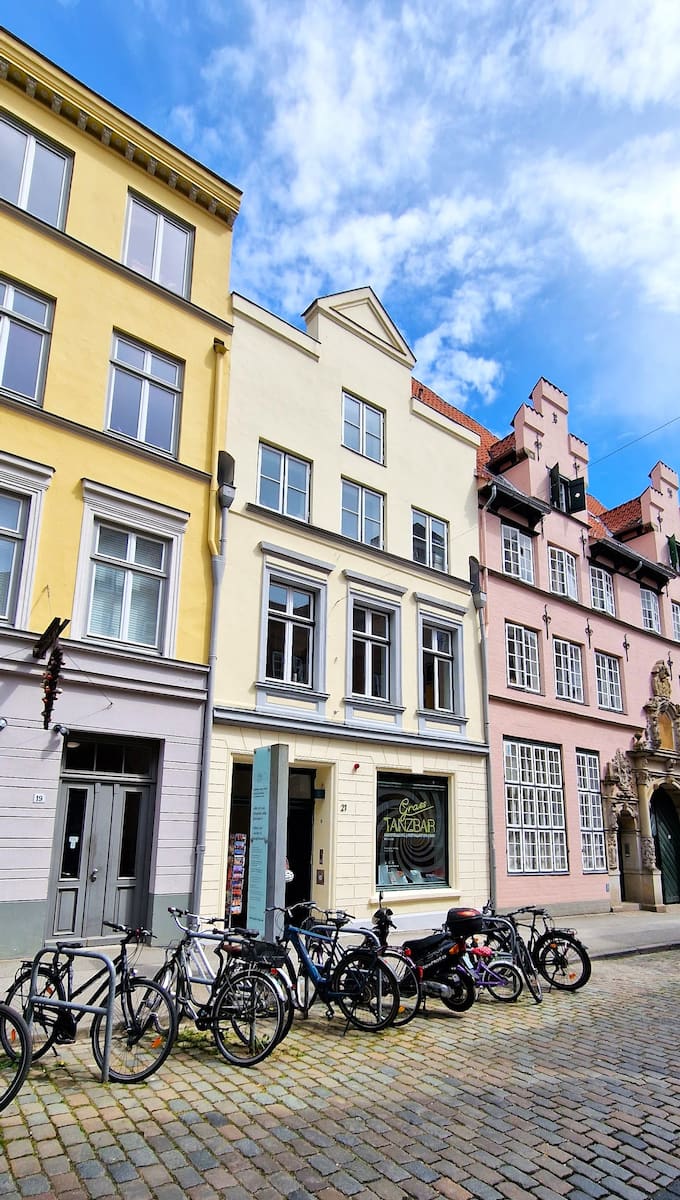
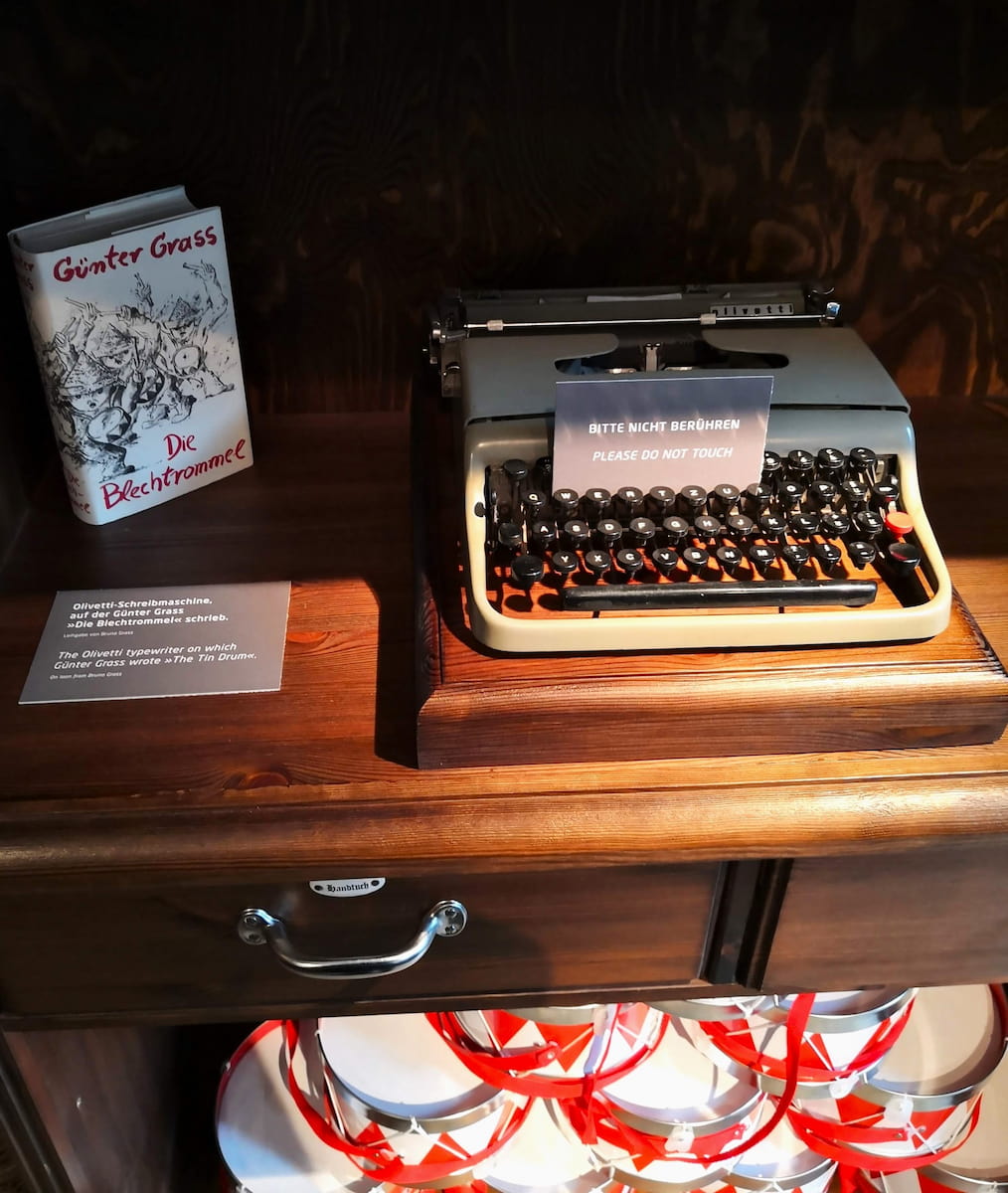
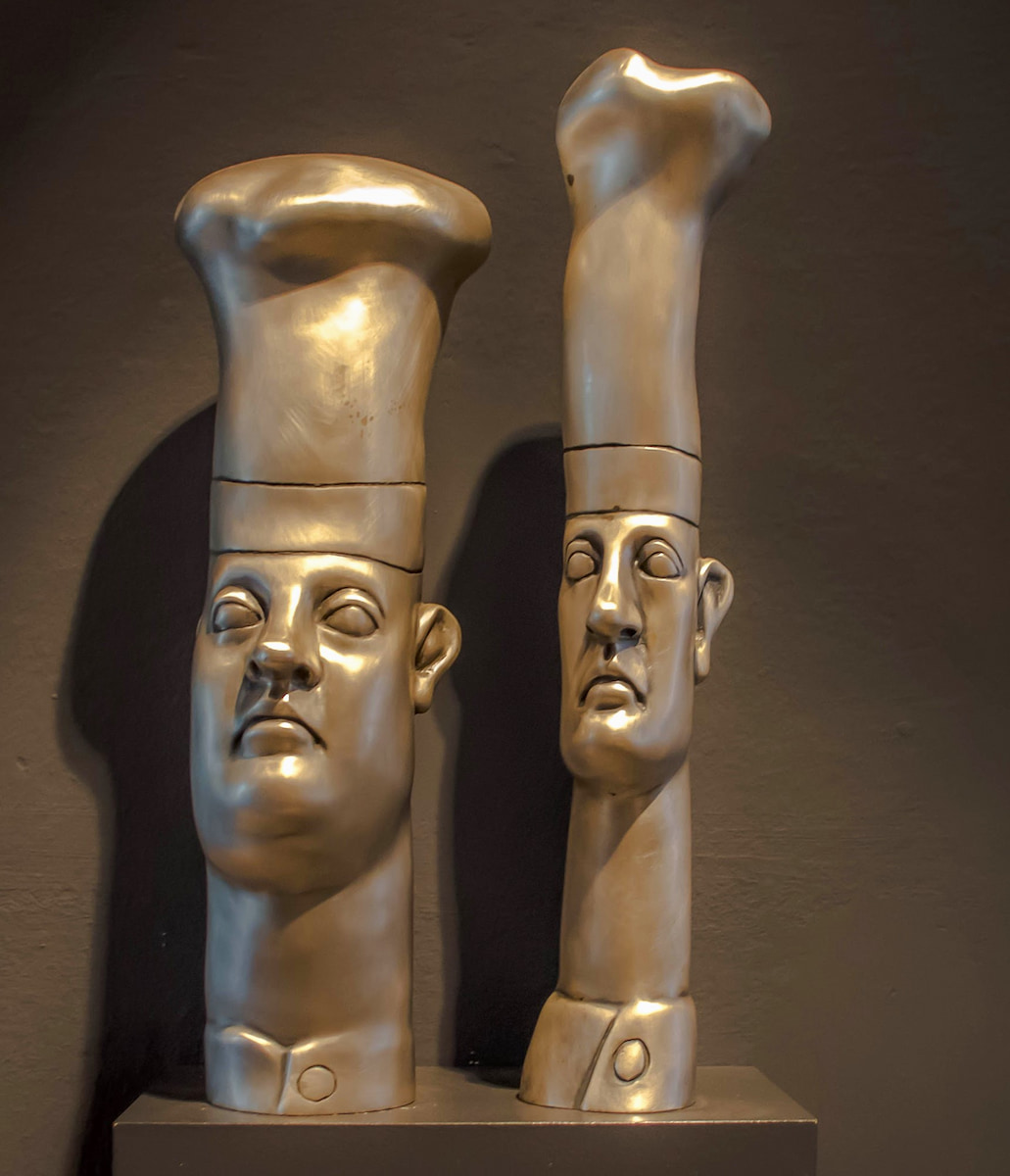
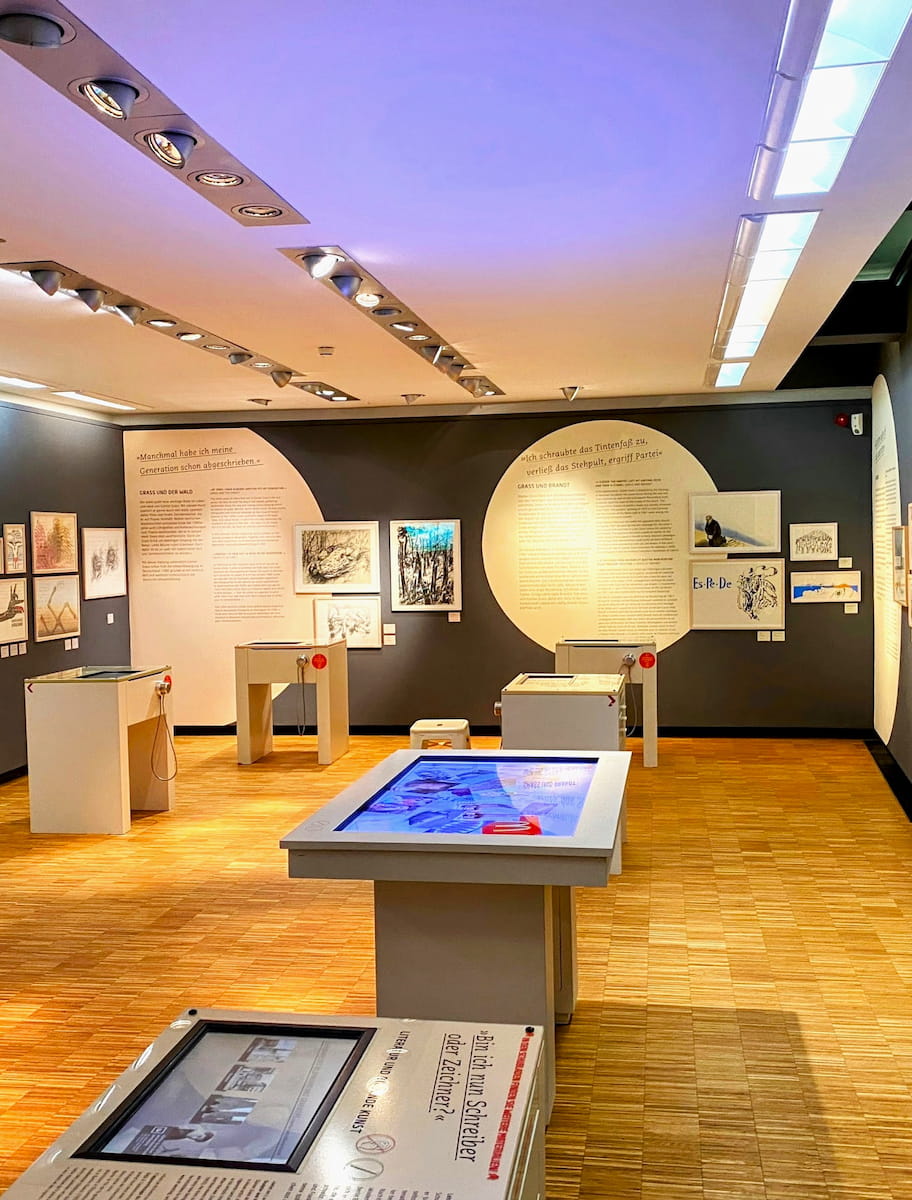
Multifaceted talent. Walking through the exhibits, I gained new appreciation for Grass’s creative range. The original illustrations he created for his most famous novel, “The Tin Drum,” were particularly fascinating – his visual style perfectly complements his surreal literary approach.
- Highlights of the Günter Grass House:
- Original manuscripts with handwritten edits
- Grass’s personal typewriter and writing desk
- Sculptures in bronze and clay
- Printmaking tools and techniques
- First editions in multiple languages
- Temporary exhibitions by contemporary artists
Political context. The museum doesn’t shy away from Grass’s controversial political stances and late-life revelations about his wartime past. I appreciated this honest approach to a complex figure who shaped Germany’s post-war literary landscape.
Creative space. Beyond the permanent collection, the house hosts readings, workshops, and literary events. The garden courtyard provides a peaceful spot for reflection, with several of Grass’s bronze sculptures displayed among the greenery.
Practical tip: The combined ticket (€12) gives access to both the Günter Grass House and the Buddenbrookhaus, saving €4 compared to separate admissions. Allow about 90 minutes to fully appreciate the collection.
⭐ Best Activities
- Lübeck Day Pass: Day Ticket for Lübeck Museums – Get access to multiple Lübeck museums with this convenient day pass, perfect for culture enthusiasts wanting to explore the city’s rich heritage.
15. Old Port Gothmund
Hidden gem. Just a short bike ride from central Lübeck, I discovered the charming fishing village of Gothmund – a place that feels frozen in time. The single street of half-timbered fishermen’s cottages along the Trave River offers a glimpse into pre-industrial life.
Living history. Unlike many historic sites, Gothmund is still a functioning community where fishing traditions continue. I watched an elderly resident mending nets outside his cottage – a scene that could have taken place centuries ago.
| Gothmund Features | Details |
|---|---|
| Founded | 13th century |
| Number of Houses | 28 historic cottages |
| Main Street | Single unpaved lane |
| Fishing Tradition | Eel traps still used |
| Access | Footpath or bicycle only |
Architectural preservation. The cottages feature distinctive thatched roofs and colorful wooden shutters, many with traditional flower gardens. What makes Gothmund special is its authenticity – these aren’t reconstructions but continuously inhabited homes maintained in traditional style.
Riverside tranquility. I followed the path along the Trave River where small fishing boats are moored. The contrast between this quiet hamlet and bustling Lübeck just a few kilometers away couldn’t be more striking – it’s like stepping back several centuries.
Practical tip: Respect that this is a residential area where people live. The best way to visit is by bicycle (rentals available in Lübeck from €12/day). Bring a camera but be discreet when photographing the houses. The small seasonal café at the entrance serves excellent homemade cake (€3.50) and coffee.
16. Burgtor in Lübeck
Northern guardian. The Burgtor (Castle Gate) stands as the impressive northern entrance to Lübeck’s Old Town. Less famous than its southern counterpart, the Holstentor, I found the Burgtor equally impressive – and far less crowded with tourists.
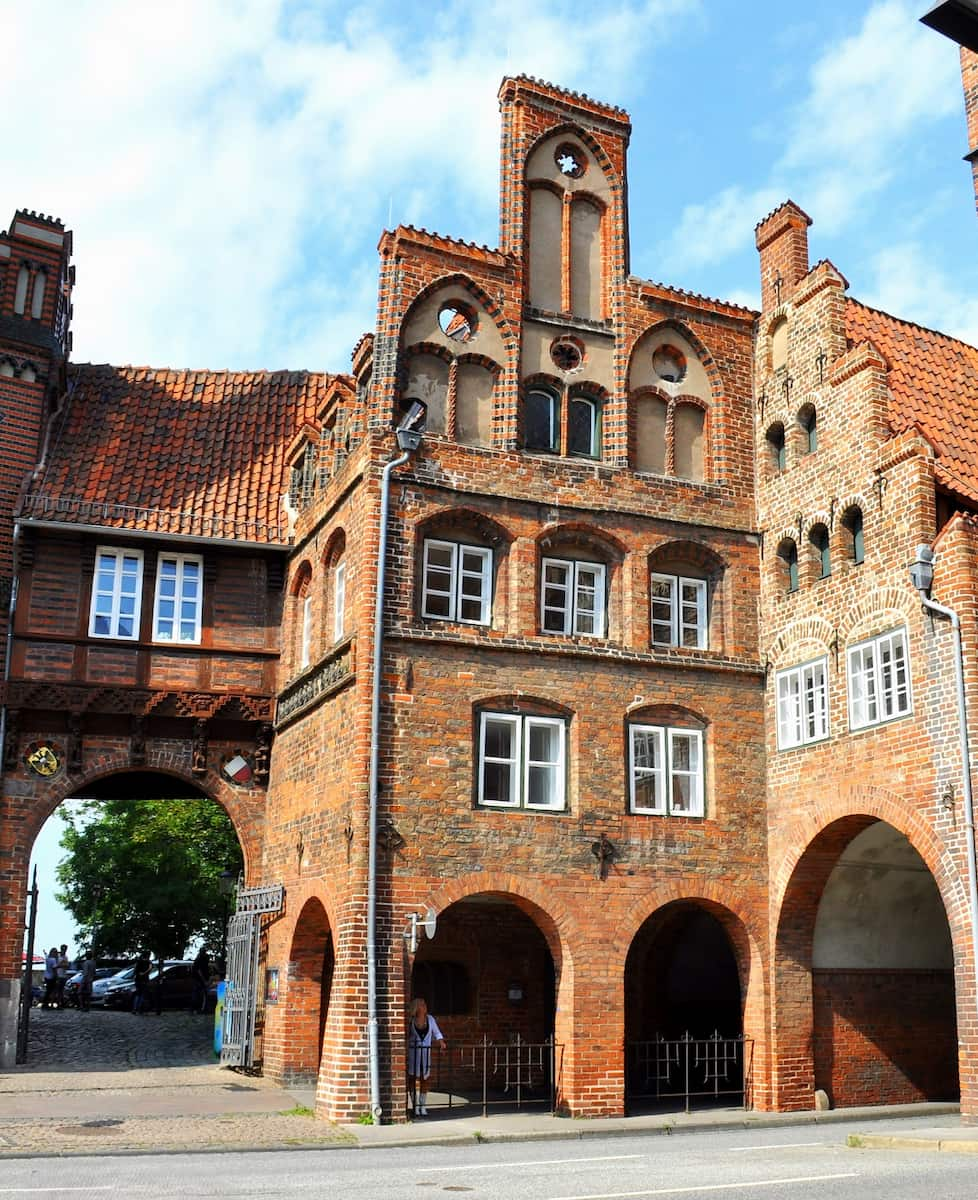
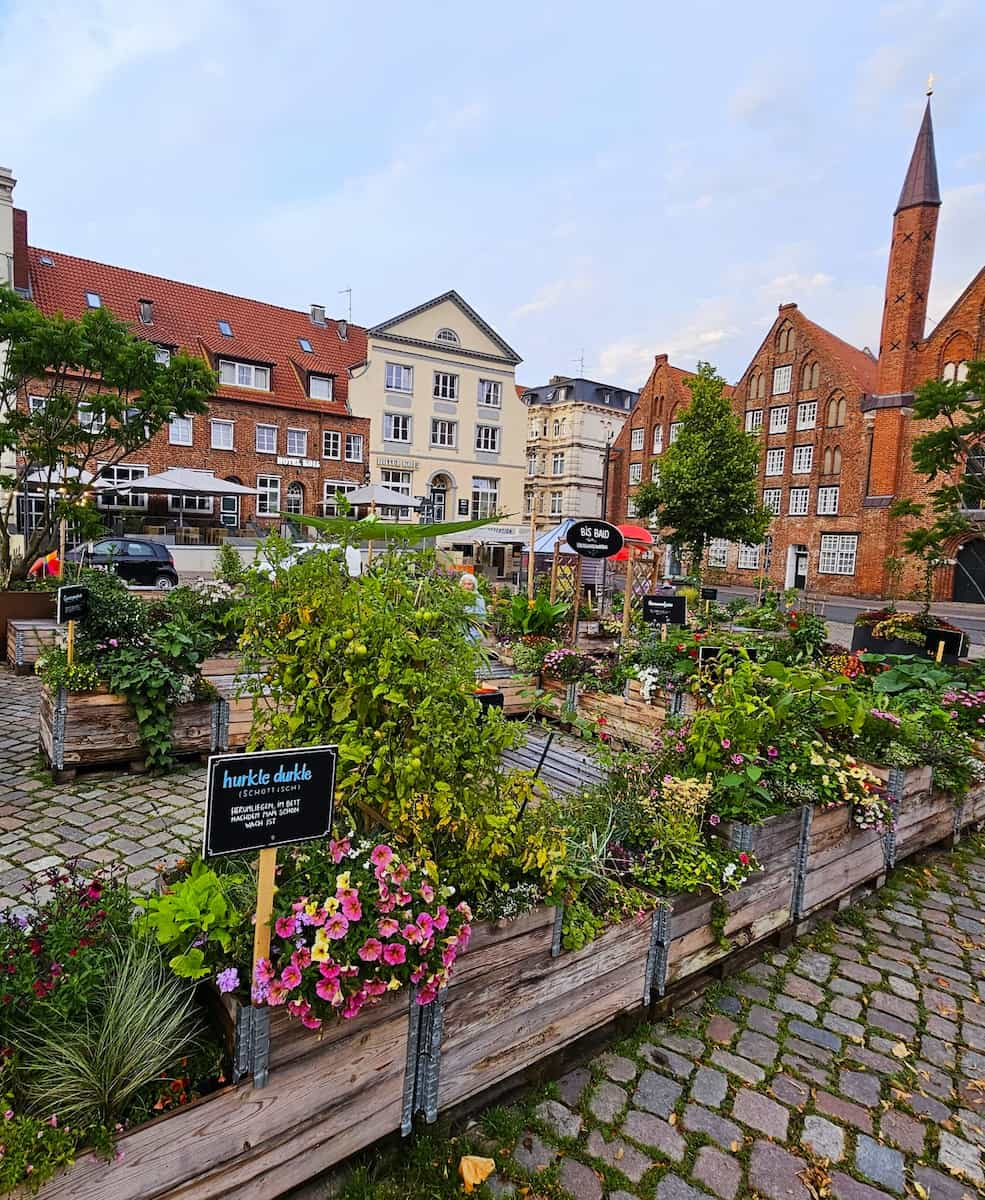
Medieval engineering. Built in 1444, this massive brick gate tower rises 35 meters high, with walls nearly 3 meters thick. I was impressed by the defensive design – a narrow passage that forced attackers into a vulnerable position, with murder holes above for defenders to rain down unpleasant surprises.
- Architectural features of the Burgtor:
- Gothic pointed arch entrance
- Defensive side towers
- Original portcullis mechanism
- Medieval city coat of arms
- Restored guardrooms
Surrounding area. The green space around the gate, once part of the city’s defensive moat system, now offers pleasant walking paths. I discovered the remains of the city wall extending from both sides of the gate, giving a good sense of Lübeck’s medieval fortifications.
Local hangout. Unlike the tourist-heavy Holstentor area, the Burgtor vicinity feels more authentic. I joined locals enjoying picnics on the grassy slopes beside the gate and watched university students sketching the historic structure for art projects.
Practical tip: Visit in late afternoon when the western sun illuminates the brick facade beautifully. The small café in the adjacent building serves excellent Franzbrötchen (cinnamon pastries) for €2.80 – a perfect snack while admiring this less-appreciated city gate.
⭐ Best Activities
- Lübeck Private Historic Walking Tour – Discover the fascinating history of this Hanseatic city on a private tour tailored to your interests and pace.
Things to Do in Lübeck with Kids
1. Lübeck Splash Bus City Tour
Amphibious adventure. The Splash Bus tour was an absolute hit with my nephew – a vehicle that transforms from bus to boat? Pure magic for kids! We boarded near the Holstentor for a tour that combines city streets with a splash into the Trave River.
Dual perspectives. What makes this tour special is seeing Lübeck from both land and water in one seamless experience. The moment when the bus rolled down the ramp and began floating brought excited squeals from all the children onboard – and plenty of adults too!
| Splash Bus Details | Information |
|---|---|
| Duration | 80 minutes |
| Price | €18 adult, €9 child (4-14) |
| Departures | Hourly 10am-4pm (Apr-Oct) |
| Languages | German with English handout |
| Booking | Recommended 1 day ahead |
Educational entertainment. The guide kept kids engaged with fun facts and simple quizzes about Lübeck’s history. I appreciated how they balanced child-friendly information with enough substance to keep adults interested too.
Photo opportunities. The water portion offers unique photo angles of Lübeck’s landmarks that you can’t get from land. My nephew loved taking pictures of the Salzspeicher warehouses from the middle of the river – a perfect souvenir of our amphibious adventure.
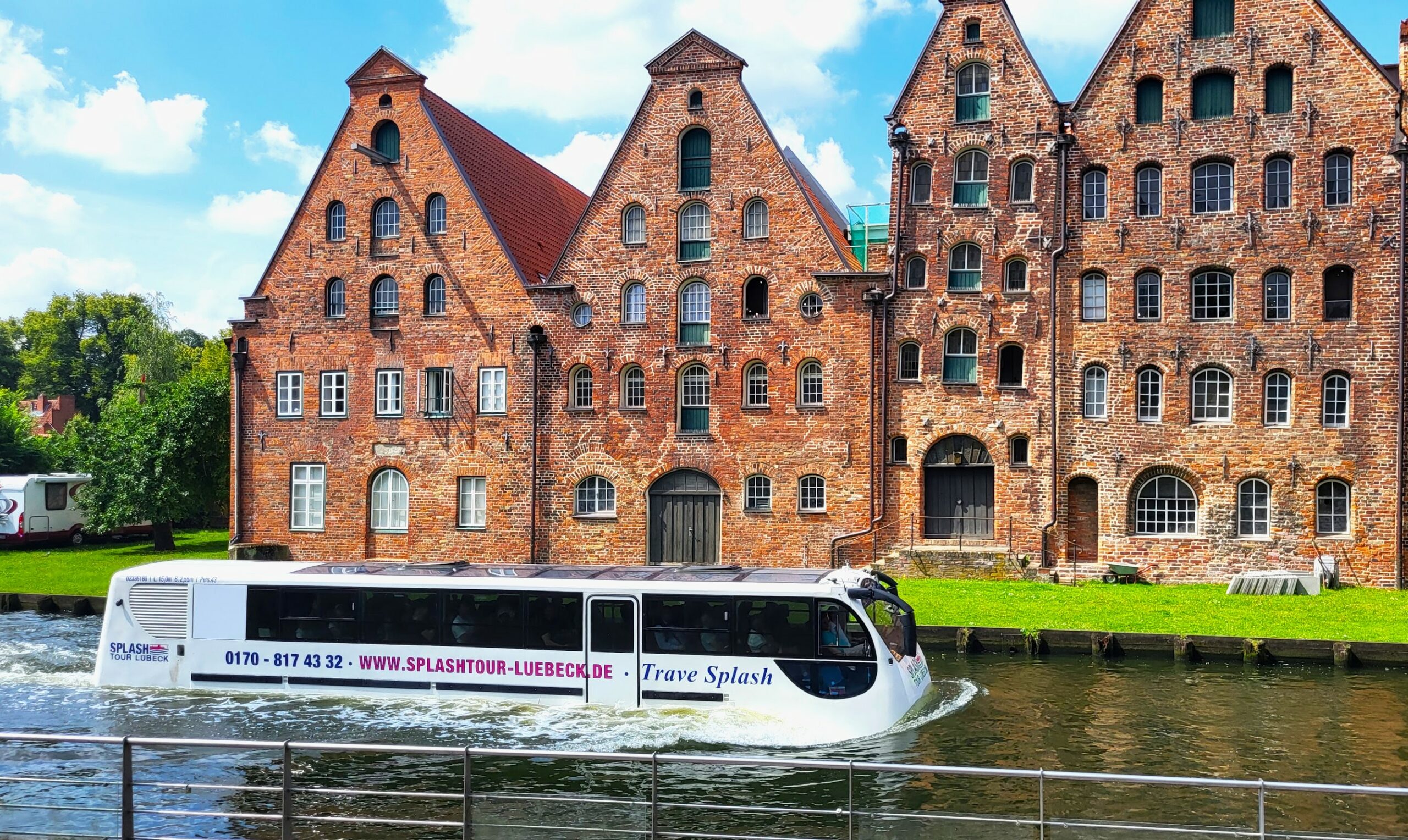
Practical tip: Book the 11am tour if possible – it’s typically less crowded than afternoon departures. Bring a light jacket even on warm days as it can get breezy on the water. Seating is first-come-first-served, so arrive 15 minutes early for the best views.
⭐ Best Activities
- Lübeck 1-Hour Splash Bus City Tour – Experience Lübeck from both land and water on this unique amphibious bus tour that drives through the streets before splashing into the river.
2. Electric Boat Rental
Captain for a day. Renting a small electric boat to navigate Lübeck’s waterways was the highlight of our family trip. My 10-year-old niece was thrilled when the rental company let her take the wheel under my supervision – no boating license required for these easy-to-operate vessels.
Waterway exploration. We spent two hours gently cruising the Trave River and canals surrounding Lübeck’s island Old Town. The silent electric motor meant we could glide peacefully while spotting waterbirds and enjoying unique perspectives of the city’s medieval architecture.
- Electric boat rental benefits:
- No experience needed (simple controls)
- Environmentally friendly (zero emissions)
- Quiet operation (can hear city sounds)
- Safe for families (stable, slow-moving)
- Freedom to create your own route
Wildlife encounters. The kids were delighted by the swans, ducks, and occasional fish visible in the clear water. We brought bread crumbs (approved by the rental company) for feeding the birds, creating magical moments for the children.
Memorable views. Seeing Lübeck’s famous skyline of seven church spires from water level gave us all a new appreciation for the city’s medieval layout. The children loved passing under the historic bridges and waving to people on shore.
Practical tip: Boats rent for €35-€45 per hour depending on size (4-10 person capacity). Book at least a day ahead during summer months. Bring drinks and snacks for a floating picnic, and don’t forget sun protection – there’s little shade on the water.
⭐ Best Activities
- Lübeck Electric Boat Rental Without Driving License – Explore Lübeck’s waterways at your own pace with an easy-to-operate electric boat that requires no special license.
3. Family-friendly Museums
Interactive learning. Lübeck offers several museums specifically designed with children in mind. The European Hansemuseum was our family favorite, with its “time travel” concept allowing kids to experience life in different historical periods through hands-on activities.
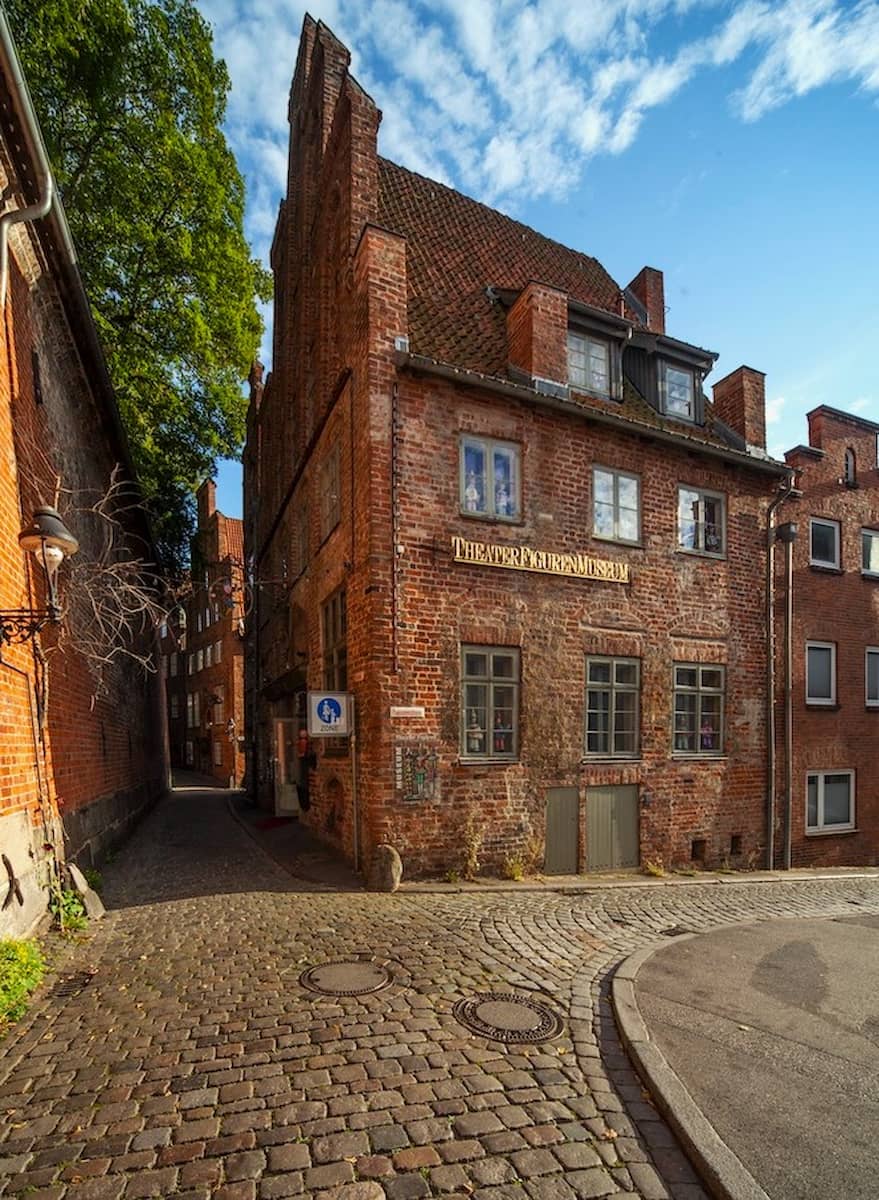
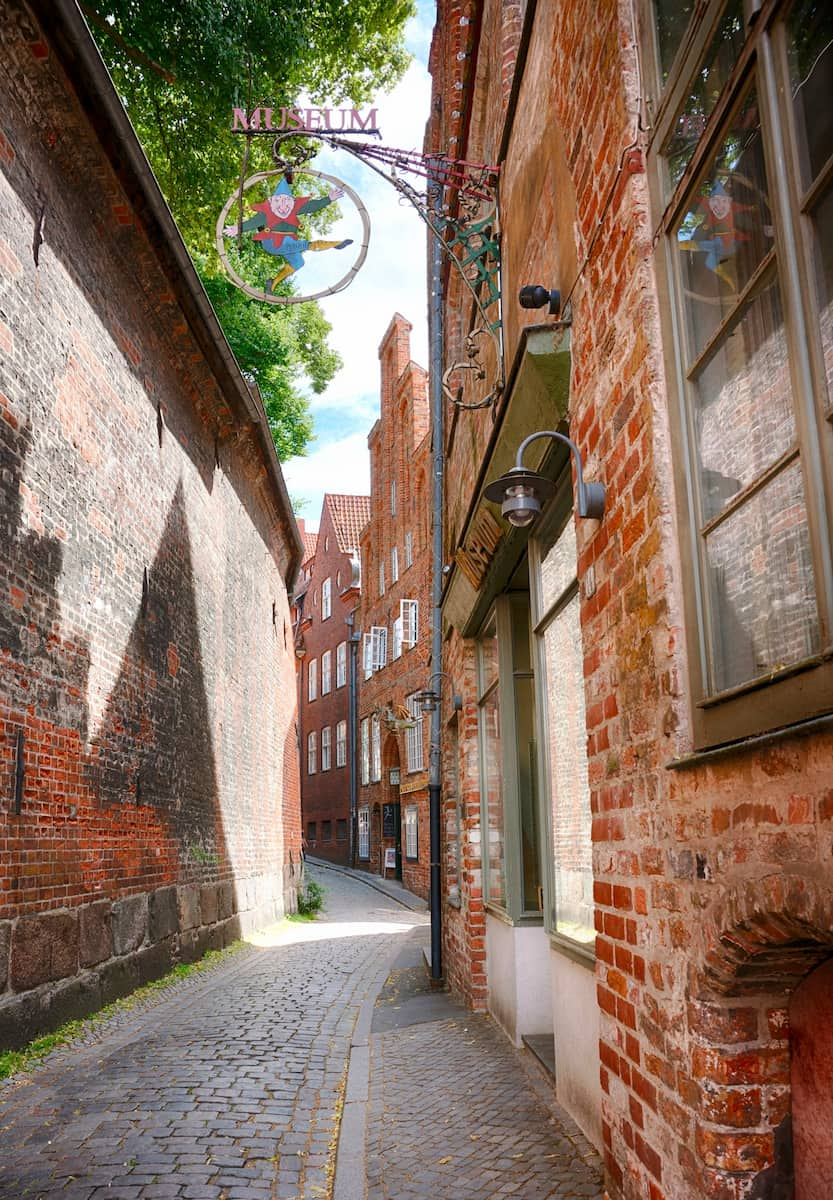
Maritime adventures. At the Museum Harbor, my young companions were fascinated by the historic ships. The “Lisa von Lübeck” cog replica particularly captured their imagination – crew members encouraged the children to help pull ropes and explained how sailors lived aboard these trading vessels.
| Family-Friendly Museums | Kid-Friendly Features | Price |
|---|---|---|
| European Hansemuseum | Interactive exhibits, treasure hunt | €13 adult, €5 child |
| Museum Harbor | Climb aboard historic ships | Free (ship tours €3-5) |
| TheaterFigurenMuseum | Puppet workshops, demonstrations | €7 adult, €3 child |
| Holstentor Museum | Knight’s armor try-on, city model | €7 adult, free under 18 |
Puppet magic. The TheaterFigurenMuseum (Museum of Theatre Puppets) was an unexpected hit. The collection of over 1,000 puppets from around the world fascinated even our teenager, especially the behind-the-scenes demonstrations of how puppeteers bring these characters to life.
Hands-on history. At the Holstentor Museum, children can try on replica medieval clothing and armor – perfect for memorable family photos. The large scale model of medieval Lübeck kept the kids engaged as they spotted landmarks we’d already visited.
Practical tip: Many museums offer family tickets saving 20-30% compared to individual admissions. Ask for the free children’s activity sheets available at most museums – these scavenger hunts and puzzles keep kids engaged while adults can enjoy the exhibits at their own pace.
⭐ Best Activities
-
Lübeck 1 or 2-Day Museum Pass Ticket – Explore Lübeck’s rich cultural heritage with this convenient museum pass that gives you access to multiple museums across the city for either one or two days.
4. Amusement Rides at Christmas Market
Festive excitement. Visiting Lübeck’s Christmas Market with children was pure magic. The historic market squares transform into winter wonderlands, with the medieval backdrop making the experience feel like stepping into a fairy tale.
Carousel classics. The vintage carousels were an immediate hit with our young travelers. The 100-year-old merry-go-round in front of the Rathaus features hand-carved horses and carriages, accompanied by a traditional organ playing festive tunes – all for just €3 per ride.
- Kid-friendly highlights:
- Historic carousels and swings
- Mini Ferris wheel with views of the decorated city
- Children’s railway through miniature winter village
- Puppet theater performances (daily at 3pm and 5pm)
- Santa’s post office for sending wish lists
Sweet treats. The children’s eyes widened at the incredible selection of treats – from chocolate-covered fruit skewers to freshly made crepes. The marzipan potatoes (small marzipan balls dusted with cocoa) were their favorite at €4 for a small bag.
Magical atmosphere. What made this special was the combination of traditional rides with the historic setting. Seeing the children’s faces illuminated by thousands of twinkling lights against the backdrop of medieval buildings created memories we’ll cherish forever.
Practical tip: Visit on weekday afternoons (around 3-5pm) when the market is less crowded but already beautifully lit. The Market runs from late November through December 30th. Bring cash as many smaller vendors don’t accept cards.
Free Things to Do and See in Lübeck
1. Explore Lübeck Parks
Green escapes. I discovered that Lübeck offers wonderful park spaces that provide peaceful retreats from sightseeing – all completely free to enjoy. The city’s green spaces range from formal gardens to riverside paths, each with its own distinct character.
Riverside relaxation. My favorite was the Wallanlagen – the former defensive moat system transformed into a lush park that encircles the Old Town. I followed the 4km path around the entire island, enjoying changing perspectives of the city walls and gates.
| Lübeck’s Best Parks | Special Features | Location |
|---|---|---|
| Wallanlagen | Medieval wall remnants, water views | Surrounds Old Town |
| Schulgarten | Botanical collections, rose garden | Jerusalemsberg |
| Stadtpark | Large lake, boat rentals, playgrounds | Northwest of center |
| Drägerpark | Japanese garden, rare trees | Marlistraße |
Botanical beauty. The Schulgarten surprised me with its diverse plant collections and beautifully maintained themed areas. The rose garden was particularly impressive, with hundreds of varieties creating a fragrant paradise during summer months.
Local atmosphere. What I appreciated most was experiencing Lübeck like a local. In the Stadtpark, I joined residents walking dogs, jogging, and enjoying picnics beside the lake – a side of the city tourists often miss when focusing only on historic sites.
Practical tip: The Schulgarten offers free guided tours on Sunday mornings at 11am (May-September). Bring a reusable water bottle – all parks have drinking fountains with clean, refreshing water.
2. Admire City Gates and Historic Buildings
Architectural treasure hunt. I created my own free walking tour focusing on Lübeck’s remarkable medieval architecture. The UNESCO-protected Old Town features over 1,000 historic buildings, creating an open-air museum that costs nothing to explore.
Gateway giants. Beyond the famous Holstentor, I discovered the equally impressive Burgtor to the north. While the museums inside charge admission, viewing these massive brick structures from the outside is completely free – and offers excellent photo opportunities.
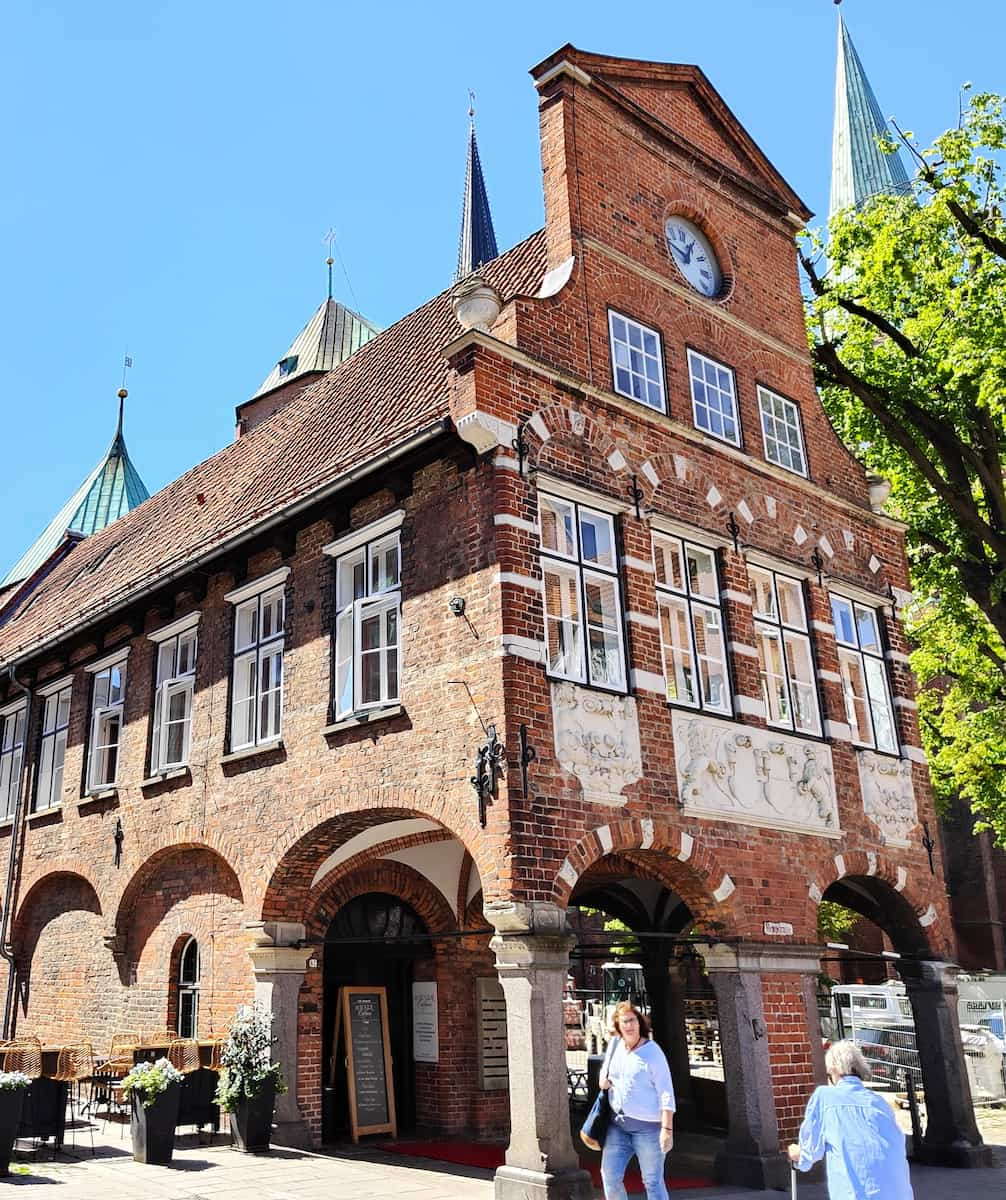
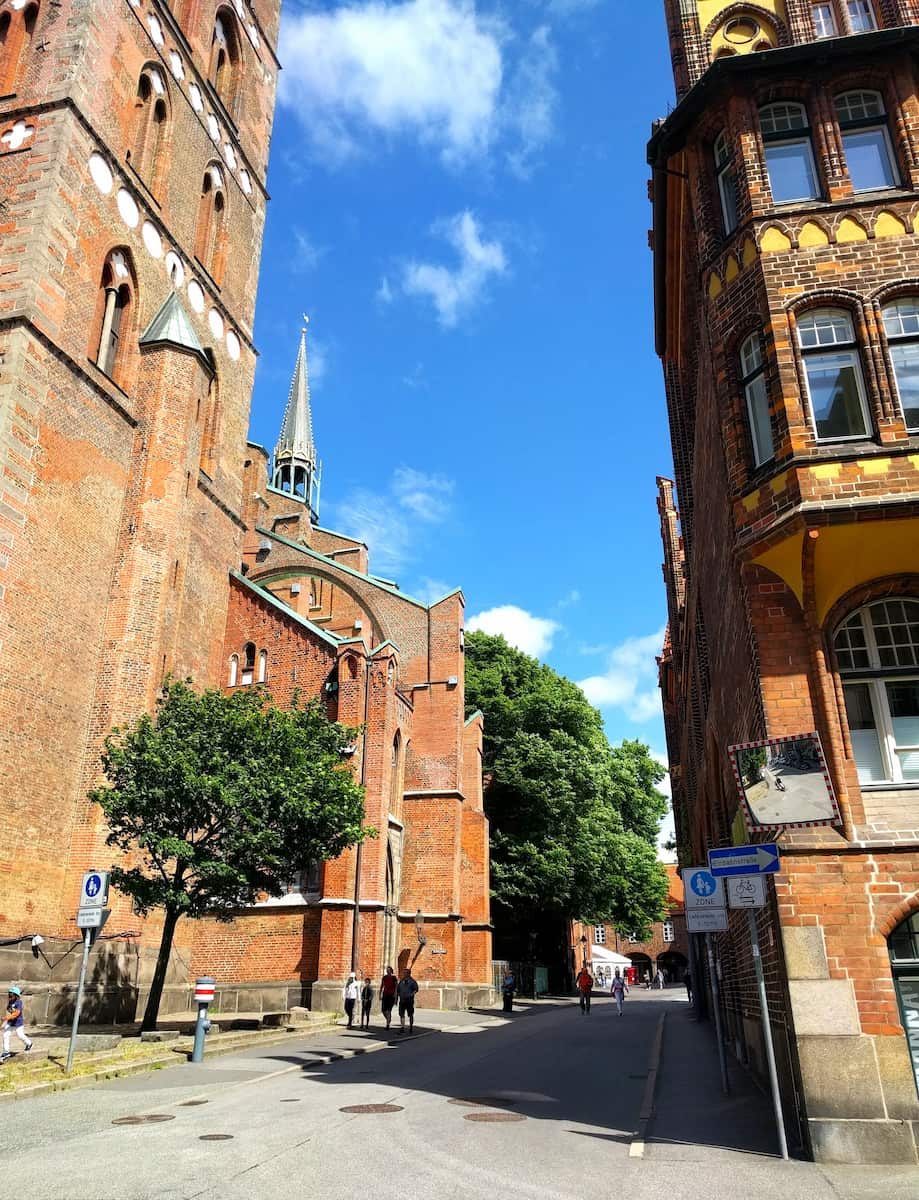
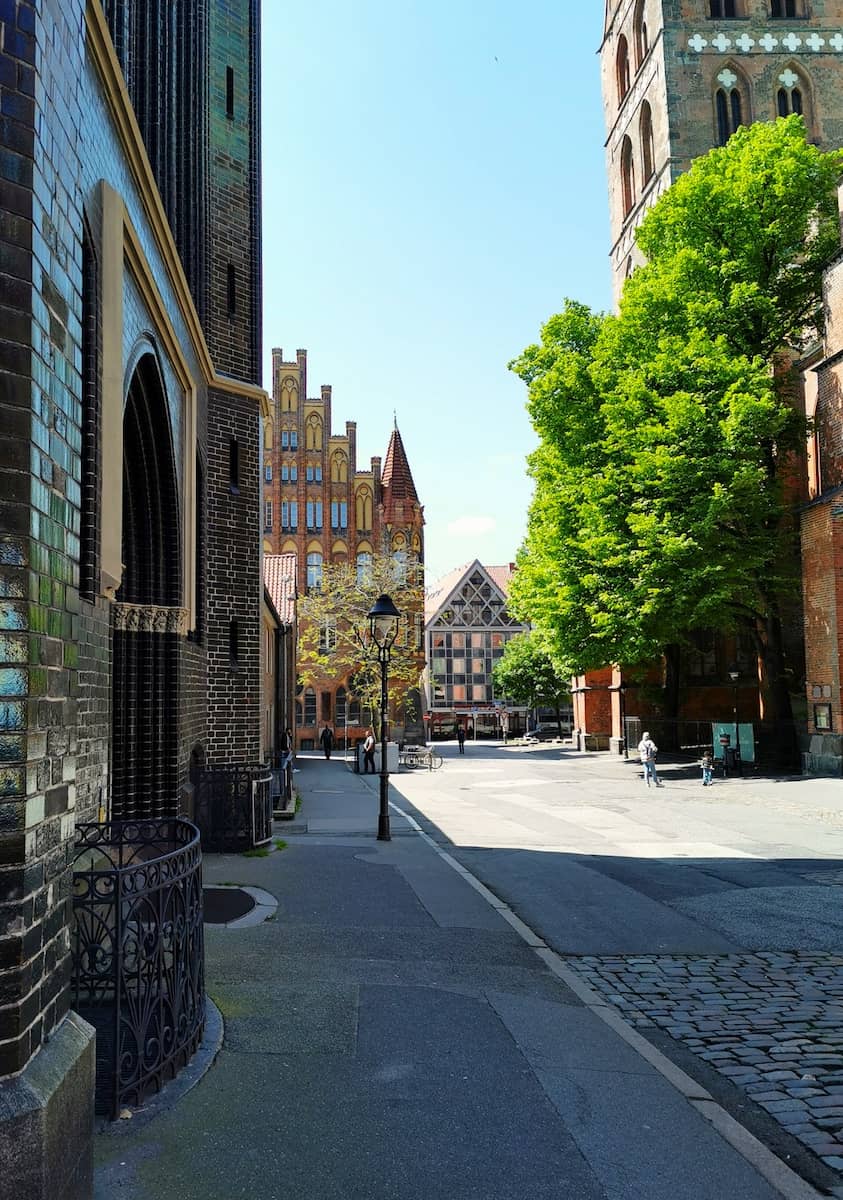
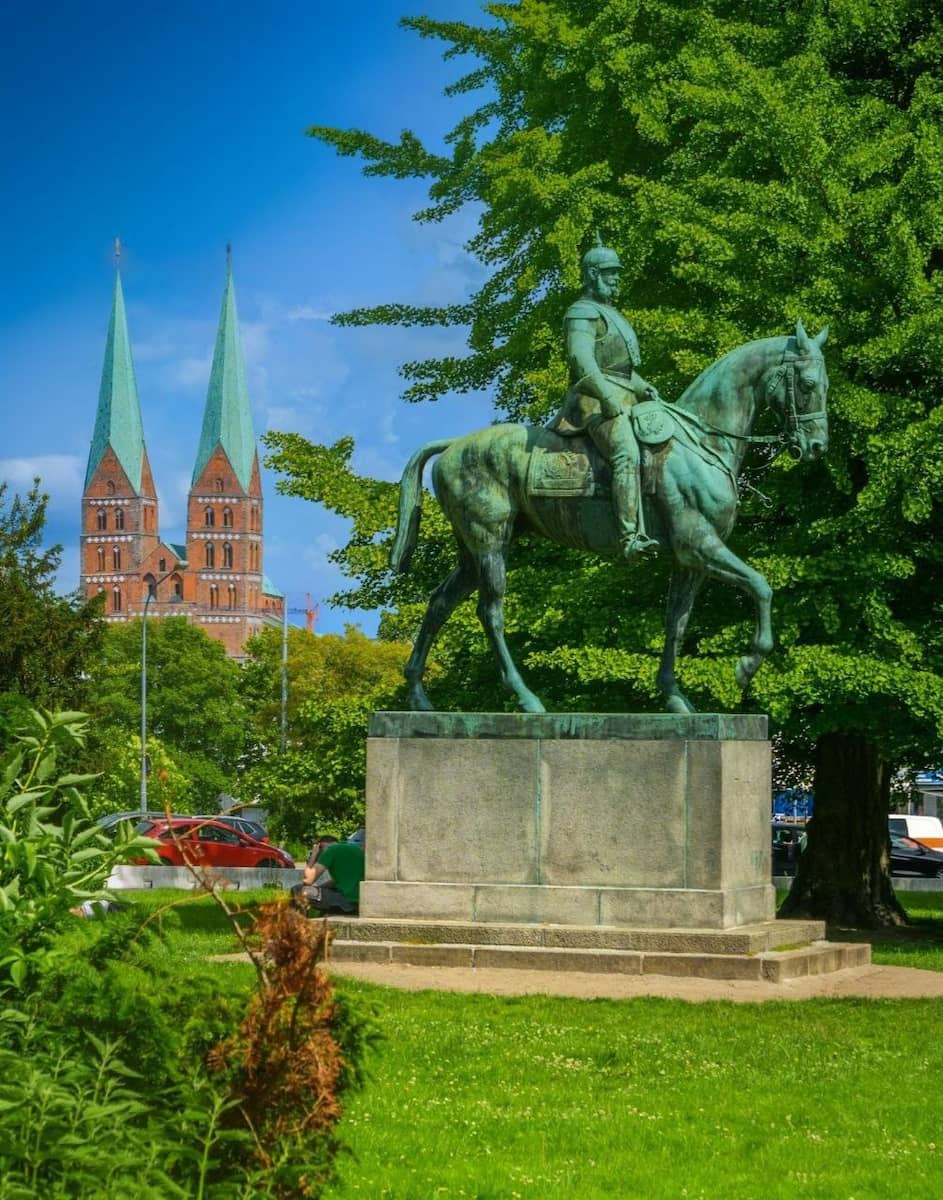
- Must-see free architectural highlights:
- Burgtor (northern city gate)
- St. Catherine’s Church exterior
- Medieval merchant houses on Königstraße
- Historic salt warehouses (Salzspeicher)
- Renaissance façade of Schiffergesellschaft
- Hidden courtyards off Glockengießerstraße
- Ornate doorways throughout the Old Town
Photographic opportunities. Early morning (before 9am) provided the best light and fewest tourists for photographing the historic buildings. The narrow alleys between Königstraße and the river offered particularly atmospheric shots of medieval architecture.
Practical tip: The tourist office offers free city maps marking all major historic buildings. For deeper understanding without spending money, download the free “Lübeck Audio Guide” app, which provides informative commentary about major landmarks.
Seasonal Attractions in Lubeck
Christmas in Lübeck
Magical transformation. Visiting Lübeck during the Christmas season was like stepping into a winter fairy tale. The medieval city becomes even more enchanting when decorated with thousands of lights reflecting off the brick Gothic architecture.
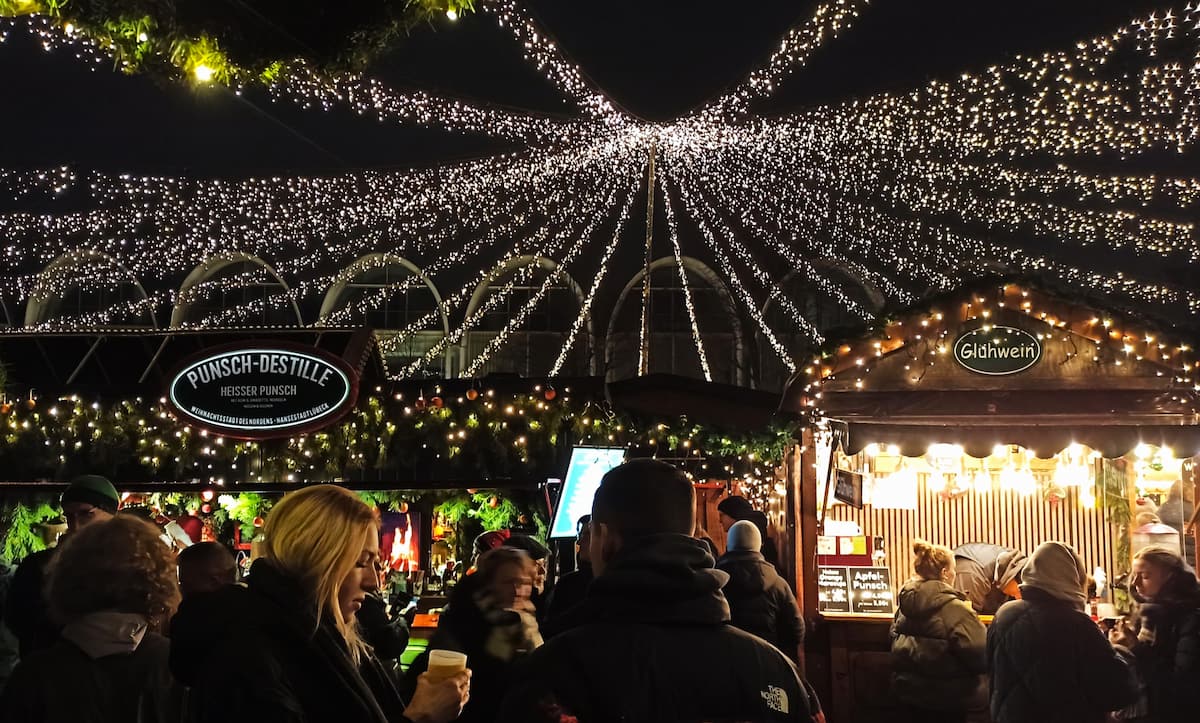
Market wonderland. Not one but several Christmas markets fill the historic squares from November 21st to December 30th. The main market in front of the Rathaus features over 200 wooden stalls selling everything from handcrafted ornaments to warming Glühwein (mulled wine) for €4 per mug.
| Lübeck Markets | Location | Special Features |
|---|---|---|
| Main Market | Marktplatz | Giant Christmas tree, stage performances |
| Medieval Market | St. Mary’s churchyard | Historical crafts, fire performers |
| Maritime Market | Koberg Square | Seafaring theme, fish delicacies |
| Craftsmen’s Market | Heiligen-Geist-Hospital | Indoor setting in 13th-century hospital |
| Starlit Forest | Schrangen | Illuminated trees, children’s activities |
Unique atmosphere. What makes Lübeck’s Christmas celebration special is the historic setting. I was particularly enchanted by the Craftsmen’s Market inside the medieval Hospital of the Holy Spirit – the 800-year-old wooden hall filled with artisans selling handmade goods creates an atmosphere no modern venue could match.
Culinary delights. The markets offer regional specialties I’d never encountered elsewhere – my favorite discovery was “Heiligabendsuppe” (Christmas Eve soup), a rich seafood broth traditionally eaten by Lübeck families before midnight mass (€5.50 per bowl).
Practical tip: Visit on weekday evenings to avoid weekend crowds. The markets are most magical after dark (from 4pm onward) when all the lights create a spectacular atmosphere. Don’t miss the special concerts in St. Mary’s Church throughout December.
⭐ Best Activities
- Lubeck Christmas Market Tour – Experience the magic of Lübeck’s enchanting Christmas markets with a guided tour through festively decorated medieval streets and squares.
Summer Festivals and Events
Waterfront celebrations. Summer transforms Lübeck into a festival city, with events taking advantage of the long daylight hours and pleasant temperatures. The highlight is the Travemünder Woche (July 19-28), northern Europe’s largest sailing festival, featuring hundreds of vessels from historic tall ships to modern racing yachts.
Musical diversity. I timed my visit to coincide with the Schleswig-Holstein Music Festival (July-August), which brings world-class classical performances to unusual venues throughout the region. Attending a chamber concert in St. Catherine’s Church offered perfect acoustics in a historic setting.
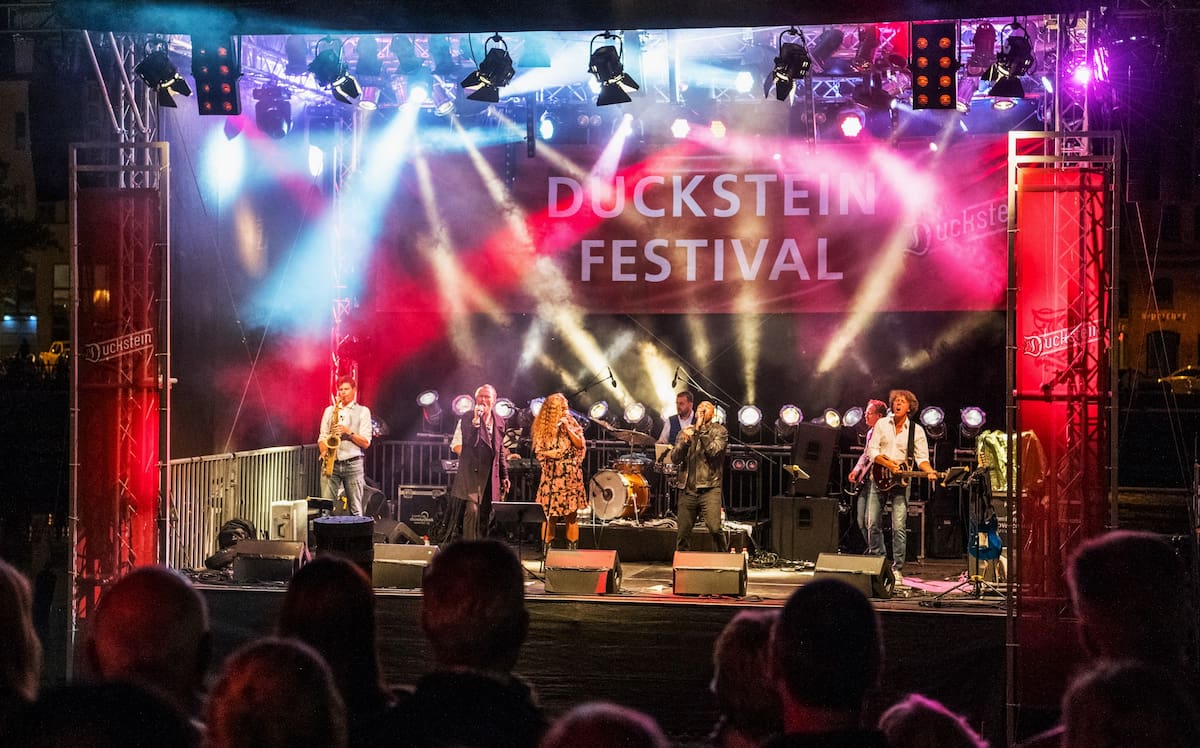
- Summer events in Lübeck:
- Travemünder Woche (sailing festival, July 19-28)
- Schleswig-Holstein Music Festival (July-August)
- Duckstein Festival (craft beer and arts, mid-July)
- Altstadtfest (Old Town Festival, mid-June)
- Hansekulturfestival (Hanseatic culture, late August)
- Open-air cinema in the Schrangen (throughout August)
Culinary festivals. The Duckstein Festival combined craft beer tasting with art installations along the riverside – a perfect summer evening activity. Local breweries offered tasting flights (€8 for five samples) alongside food stalls serving regional specialties.
Street performances. During the Altstadtfest, I enjoyed free street performances throughout the Old Town – musicians, acrobats, and living statues entertained crowds in the historic squares. The festive atmosphere continued well into the evening with locals and visitors mingling in outdoor cafés.
Practical tip: Book accommodation well in advance if visiting during major festivals. For Travemünder Woche, take the ferry rather than driving – roads become extremely congested, while boats run increased services during the event.
Spring Blooms in Parks and Botanical Garden
Colorful awakening. Visiting Lübeck in spring revealed the city in a completely different light. After the winter months, the parks and gardens explode with color – from March’s first crocuses to May’s spectacular tulip displays.
Botanical highlights. The Lübeck Botanical Garden (Schulgarten) became my favorite spring destination. This hidden gem features specialized gardens showcasing over 5,000 plant species. The spring flowering schedule creates changing displays throughout the season.
| Spring Highlights | Peak Blooming Time | Location |
|---|---|---|
| Crocus Meadows | Early March | Wallanlagen |
| Cherry Blossoms | Mid-April | Stadtpark |
| Tulip Gardens | Late April | Schulgarten |
| Rhododendrons | May | Drägerpark |
| Rose Collection | Late May-June | Schulgarten |
Riverside beauty. Walking along the Trave River in spring offered peaceful views of flowering trees reflected in the water. The path from the Holstentor to the Museum Harbor became particularly beautiful when lined with cherry blossoms in mid-April.
Spring traditions. I was lucky to experience the traditional Maibaumfest (Maypole Festival) on May 1st. Local communities erect decorated maypoles in neighborhood squares, with folk dancing and music creating a festive atmosphere that welcomes the warmer season.
Practical tip: The Botanical Garden offers free guided “Spring Awakening” tours every Sunday at 11am from April through May. For photography enthusiasts, the morning light (8-10am) creates the most vibrant colors in the flower displays.
Autumn Foliage Walks
Golden landscapes. Autumn transformed Lübeck into a canvas of red, orange, and gold. The city’s parks and surrounding forests offer spectacular foliage displays from late September through early November, with mid-October typically providing peak colors.
Historic backdrop. What made autumn special was the contrast between colorful leaves and medieval architecture. Walking through the Wallanlagen park that encircles the Old Town, I captured stunning photos of red maple leaves framing the historic city gates.
- Best autumn walking routes:
- Wallanlagen circular path (4km around Old Town)
- Stadtpark lake circuit (2.5km, beautiful reflections)
- Wakenitz River path (5km, forest and water views)
- Schellbruch Nature Reserve (3km, wetland autumn colors)
- Israelsdorf Forest (various trails, mushroom foraging)
Seasonal harvests. The weekly market in front of the Rathaus overflowed with autumn produce. I enjoyed sampling regional specialties like fresh apple cider (€2.50 per cup) and pumpkin soup with local bread (€4.80) – perfect warming treats after a chilly walk.
Mushroom hunting. A local friend took me mushroom foraging in the forests just outside the city. While I wouldn’t recommend this without an experienced guide, joining an organized mushroom walk (offered weekends in October, €15) provides a fascinating insight into local food traditions.
Practical tip: Pack layers for autumn visits – mornings can be quite chilly (around 5°C) while afternoons warm up considerably (15-18°C). The Café in the Stadtpark offers excellent homemade cake and panoramic views of autumn foliage reflected in the lake.
Day Trips from Lübeck
1. Travemünde Beach and Lighthouse
Seaside charm. Just 20 minutes from Lübeck, Travemünde offers a perfect day trip combining beach relaxation with maritime history. The wide sandy beach stretches for kilometers, but what makes this resort special is its working harbor where massive ferries and cruise ships pass remarkably close to shore.
Historic lighthouse. The highlight of my visit was climbing Germany’s oldest lighthouse, built in 1539. The 142 steps to the top rewarded me with spectacular panoramic views across the Baltic Sea and the busy shipping channel – well worth the €4 entrance fee.
| Travemünde Attractions | Details | Cost |
|---|---|---|
| Lighthouse (Leuchtturm) | Built 1539, 142 steps | €4 |
| Beach Access | 4.5km sandy beach | Free |
| Beach Chair Rental | Traditional Strandkorb | €10/day |
| Passat Tall Ship | 1911 four-masted barque | €6 |
| Maritim Promenade | 1.7km seafront walk | Free |
Maritime history. I spent an hour exploring the Passat, a magnificent four-masted tall ship permanently moored as a museum. Built in 1911, this vessel once carried cargo around Cape Horn and now offers a fascinating glimpse into the age of sail.
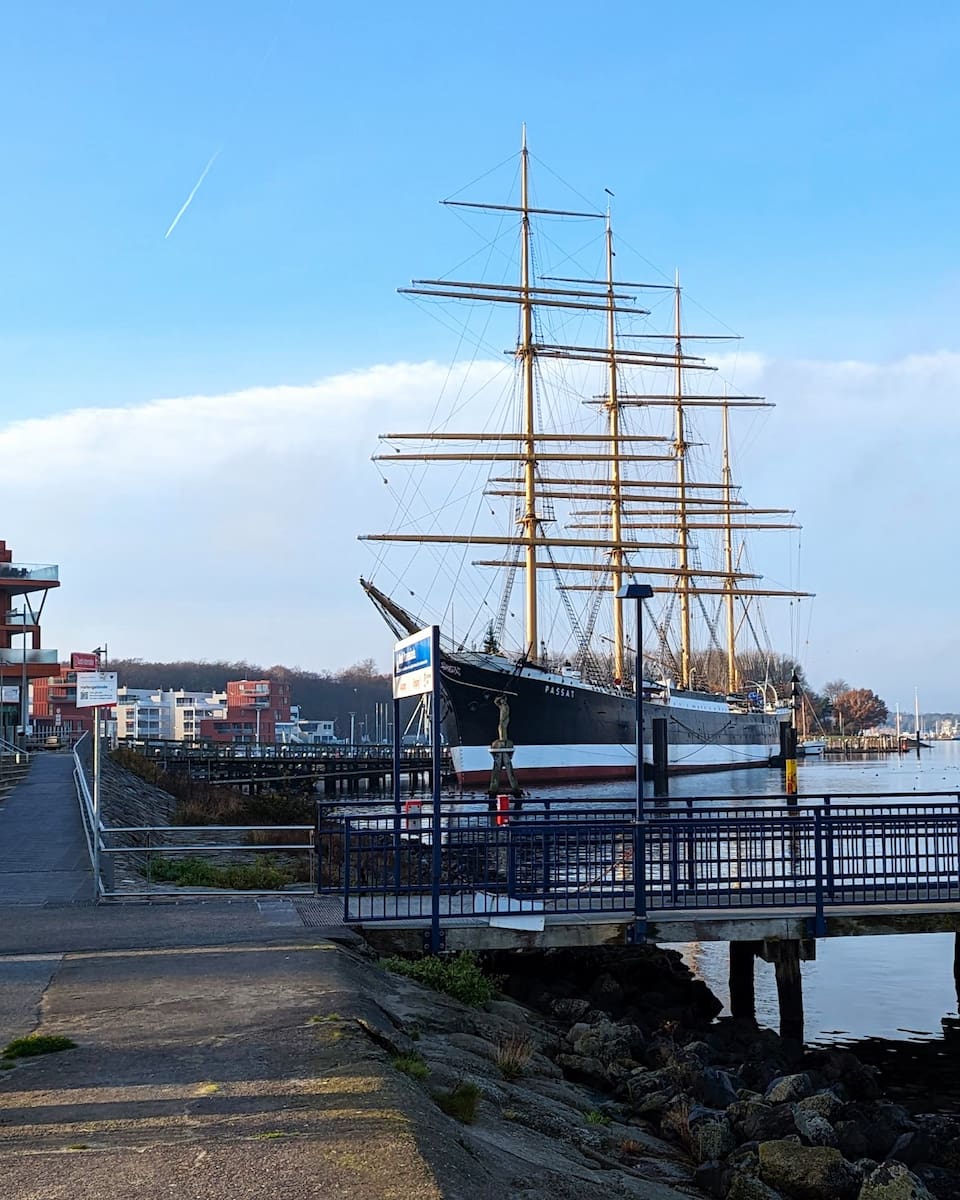
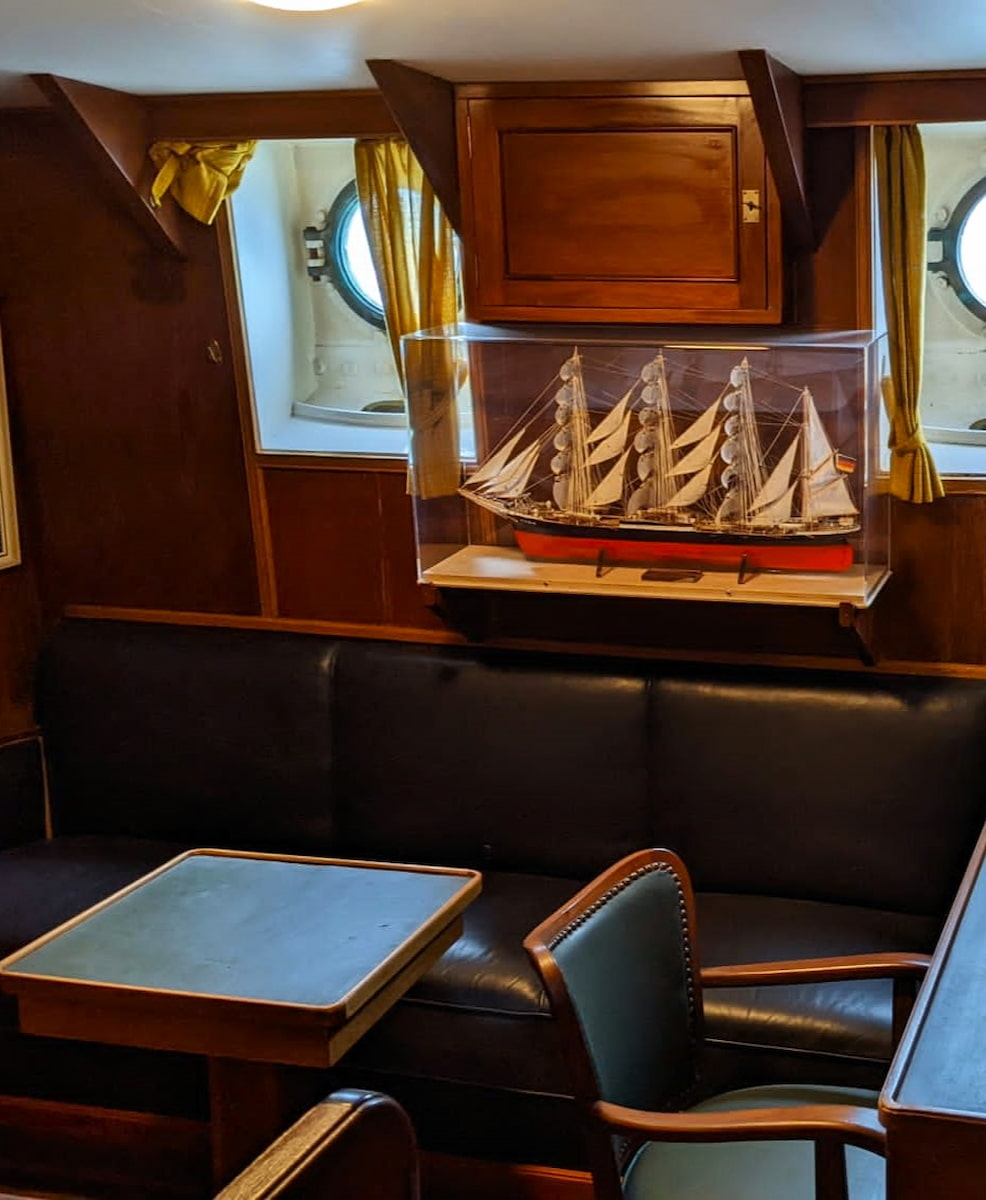
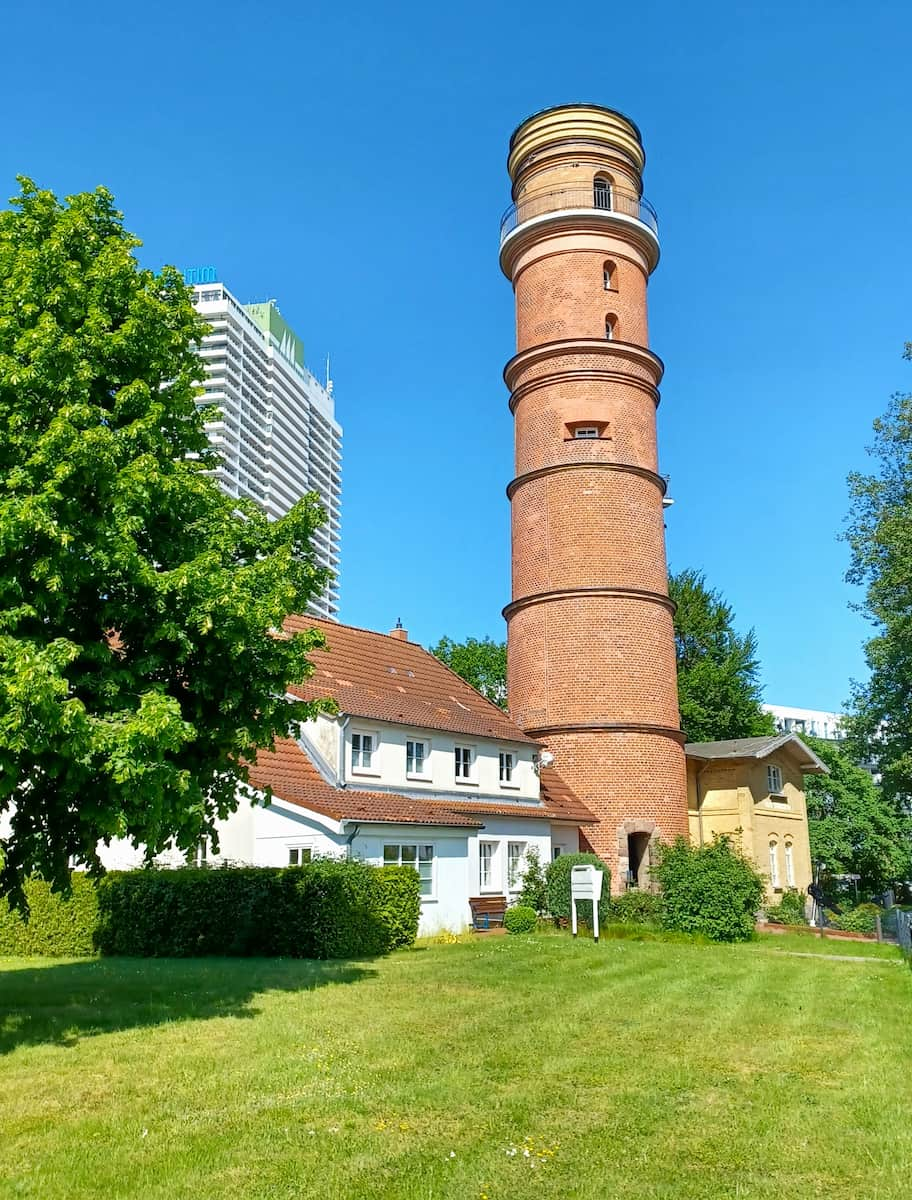
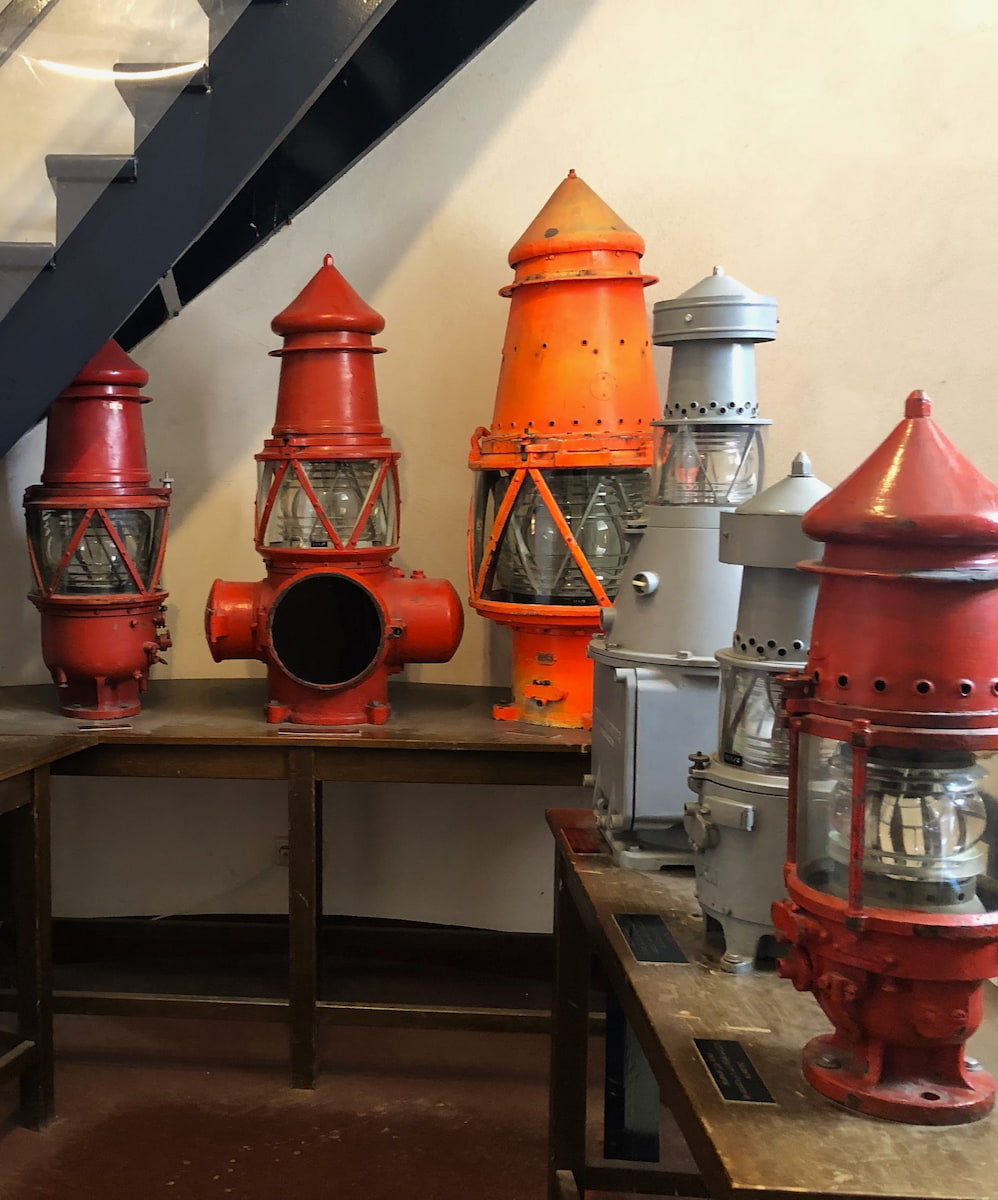
Culinary delights. The seafront promenade features excellent restaurants specializing in Baltic fish. I enjoyed a traditional Fischbrötchen (fish sandwich) at Gosch for just €4.50, followed by the region’s best ice cream at Niederegger’s seaside branch.
Practical tip: Reach Travemünde by taking bus #40 from Lübeck’s main station (€3.40 one-way, 20 minutes) or the more scenic passenger ferry along the Trave River (€12 round-trip, 75 minutes, April-October). If driving, arrive before 10am in summer to secure parking.
2. Priwall Peninsula
Natural escape. Crossing the short ferry from Travemünde (€1.20 for pedestrians), I discovered the peaceful Priwall Peninsula – a nature lover’s paradise just minutes from the busy resort. This former East German border area has been preserved as a nature reserve with beautiful beaches and coastal forests.
Border history. Walking along the beach, I came across a fascinating remnant of Cold War history – a preserved section of the Iron Curtain that once divided East and West Germany. Information panels explain how this peaceful peninsula was once a heavily fortified border zone.
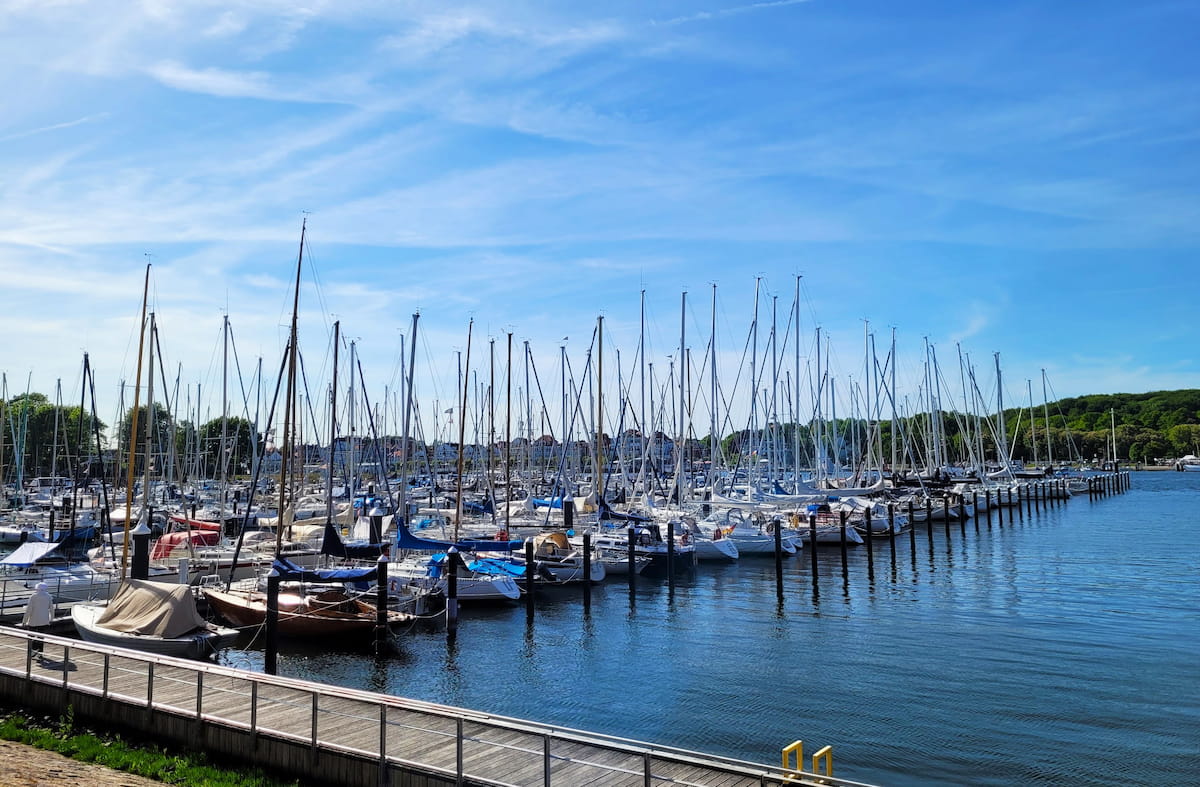
- Priwall Peninsula highlights:
- Naturstrand (undeveloped natural beach)
- Preserved Iron Curtain section
- Coastal forest walking trails
- Bird watching platforms
- Sailing and windsurfing schools
- Waterfront seafood restaurants
Water activities. The sheltered bay on the peninsula’s southern side is perfect for learning water sports. I watched beginners taking windsurfing lessons (€45 for a two-hour introduction) in the calm waters – making me wish I had time for a lesson myself.
Cycling paradise. Renting a bicycle (€12/day from the ferry landing) proved the perfect way to explore the peninsula’s 5km length. The flat, car-free paths wind through forests and along beaches, connecting hidden picnic spots and viewpoints.
Practical tip: Combine Priwall with your Travemünde visit – the passenger ferry runs every 15 minutes until late evening. Pack a picnic to enjoy on the less-developed eastern beaches, where you’ll find more solitude than on the main Travemünde beach.
3. Gothmund Fishing Village
Time capsule. Just 5km from Lübeck’s center, the tiny fishing hamlet of Gothmund feels centuries removed from modern life. Cycling along the Trave River path, I suddenly came upon this collection of historic thatched-roof cottages that has remained virtually unchanged since medieval times.
Living heritage. What makes Gothmund special is that it’s not a museum but a living community where traditional fishing methods are still practiced. I watched fishermen working with eel baskets – the same technique used by their ancestors centuries ago.
| Gothmund Features | Details |
|---|---|
| Founded | 13th century |
| Number of Houses | 28 historic cottages |
| Main Street | Single unpaved lane |
| Fishing Tradition | Eel traps still used |
| Access | Footpath or bicycle only |
Architectural preservation. The half-timbered houses with their distinctive thatched roofs represent a building style once common throughout northern Germany but now extremely rare. Each cottage features a unique combination of colored wooden elements and decorative details.
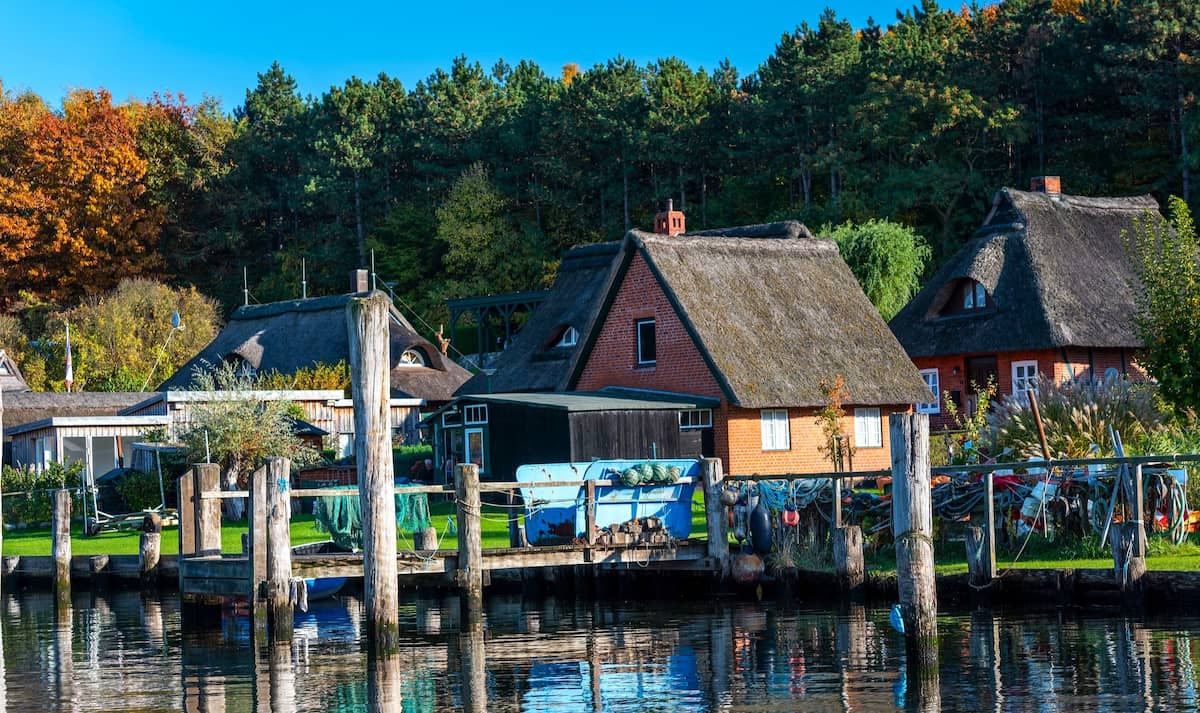
Riverside tranquility. Following the path along the water’s edge, I enjoyed watching small fishing boats bobbing at their moorings. The contrast between this quiet hamlet and bustling Lübeck just a few kilometers away couldn’t be more striking.
Practical tip: Respect that this is a residential area where people live. The best way to visit is by bicycle (rentals available in Lübeck from €12/day). The small seasonal café at the entrance serves excellent homemade cake (€3.50) and coffee – perfect for refueling before cycling back to Lübeck.
4. Plön Lake District
Lake wonderland. An hour’s train ride from Lübeck transported me to the spectacular Plön Lake District – a landscape of interconnected lakes, forests, and rolling hills that feels worlds away from the city. With over 16 lakes spread across the region, it’s a paradise for water lovers.
Boat adventures. Renting a kayak (€15 for two hours) proved the perfect way to explore. Paddling across the crystal-clear waters of Großer Plöner See (Great Plön Lake), I discovered hidden coves and tiny islands inaccessible by land.
- Plön Lake District activities:
- Kayak and canoe rental
- Lake swimming at designated beaches
- Hiking through lakeside forests
- Cycling the lake circuit route
- Castle visit (Plön Castle)
- Traditional lake fish restaurants
Historic charm. The town of Plön itself is worth exploring, with its impressive Renaissance castle perched on a hill overlooking the lakes. Once a ducal residence, the castle now houses a culinary school – their café offers excellent cakes with panoramic lake views.
Natural immersion. What I loved most was the sense of being surrounded by pristine nature. Following the hiking trail through the Princes’ Islands Nature Reserve, I spotted kingfishers, herons, and even a family of otters playing near the shoreline.
Practical tip: Reach Plön by regional train from Lübeck (€15 one-way, hourly departures). Rent bicycles at the station (€12/day) to explore the lake circuit route. For the best swimming, head to Fegetasche beach on the eastern shore of Great Plön Lake – it has the clearest water and excellent facilities.
FAQ
What is the best time to visit Lübeck throughout the year?
Spring (March-May) and autumn (September-November) offer pleasant temperatures and fewer crowds, making them ideal for exploring the Queen of the Hanseatic League. Summer brings warmer weather perfect for boat tours, while December transforms Lübeck into a magical Christmas market destination with the medieval Hospital of the Holy Spirit hosting a special indoor market.
How can I get around Lübeck without using a car?
The compact nature of Lübeck makes walking the best way to explore the Old Town, with a complete circuit around the island taking about one hour. For longer distances, the city offers an excellent public transport system with buses operating from 5:00 AM until midnight, and electric scooter rentals are available throughout the city.
What are some fun things to do with kids in Lübeck?
Families can enjoy the Lübeck Splash Bus City Tour, which transforms from a bus into a boat for a unique perspective of the city. Electric boat rentals, family-friendly museums with interactive exhibits, and seasonal attractions like the Christmas market rides provide entertainment for visitors of all ages.
How can I reach Lübeck from Hamburg or other cities in Germany?
Lübeck is easily accessible by regional trains from Hamburg (about 45 minutes), with buses and trains connecting to 75 destinations across Germany. FlixBus and FlixTrain offer affordable options starting from €5.98, while driving takes about an hour from Hamburg with parking available outside the Old Town.
What makes Lübeck the Queen of the Hanseatic League?
Founded in 1143 as “the first western city on the Baltic coast,” Lübeck grew to become the most powerful city in the Hanseatic trading alliance. Its strategic location on the River Trave near the Baltic Sea made it a flourishing center of commerce, with its cultural significance and wealth still evident in the well-preserved medieval architecture throughout the city.
Where can I find Lübeck’s famous hidden courtyards and alleys?
Behind the grand facades of Lübeck’s merchant houses lie secret courtyards and narrow alleys that form a miniaturized town within the city. The Füchtingshof and Dunkelgrüner Gang are among the 80 inhabited alleys visitors can explore, offering a glimpse into how space was maximized when merchants flocked to this Hanseatic powerhouse.
What unique architecture should I look for in Lübeck?
Lübeck is renowned for its distinctive Brick Gothic style, featuring red brick buildings with black glazed bricks creating patterns, as seen in the Town Hall’s facade. The city’s five main churches with seven towers dominate the skyline, while the stepped-gable facades of the Salzspeicher (salt warehouses) along the Trave River represent classic Hanseatic architecture.
Is Lübeck really the marzipan capital of the world?
Niederegger, established in 1806, has made Lübeck famous worldwide for its high-quality marzipan produced with a traditional recipe that’s less sweet and has a more pronounced almond flavor. The Niederegger Café on Breite Straße features a marzipan museum showcasing the history of this delicacy and incredible marzipan sculptures, including a life-sized figure of Thomas Mann.
